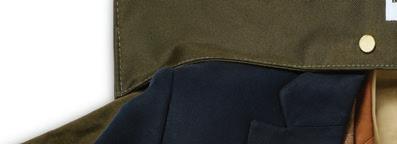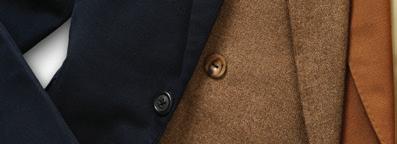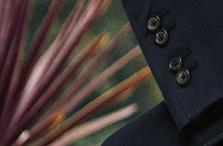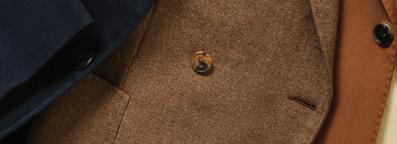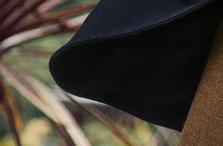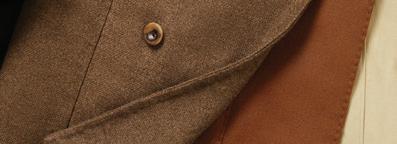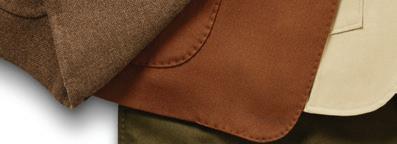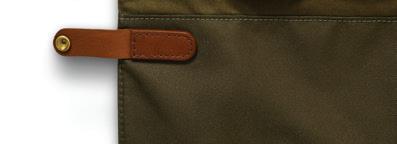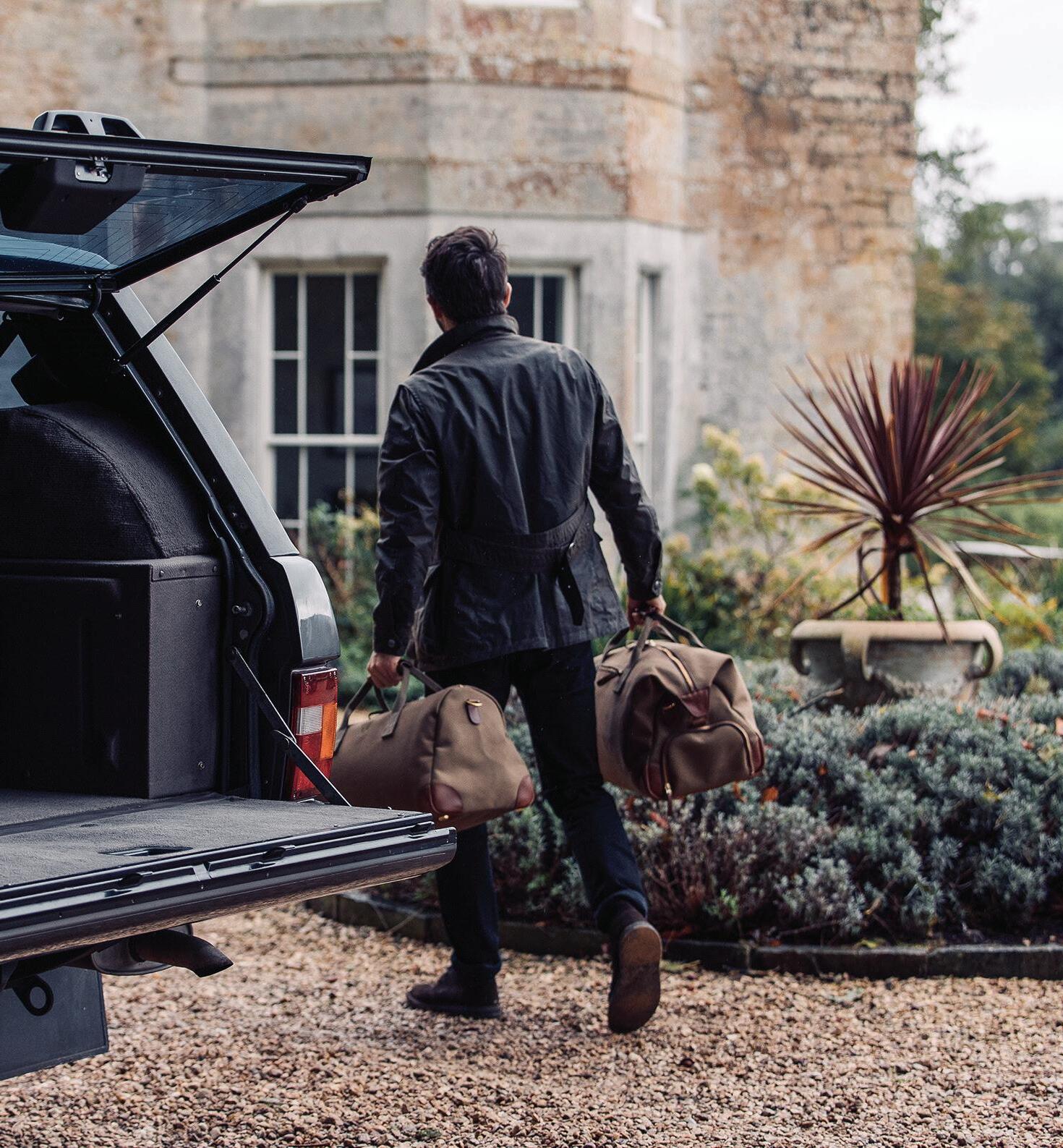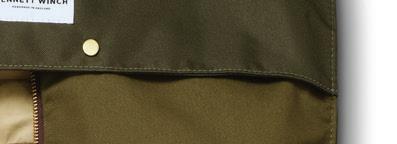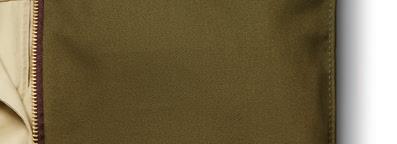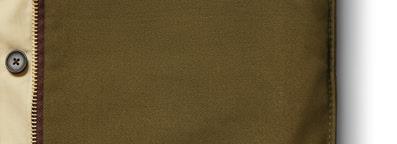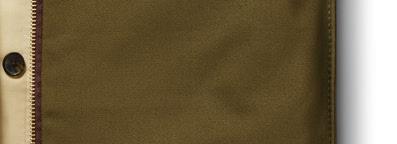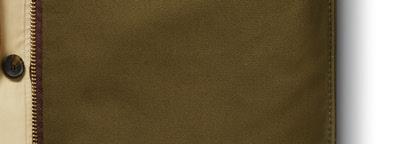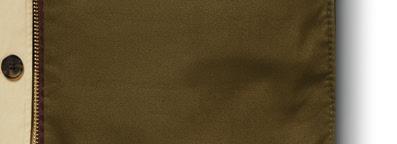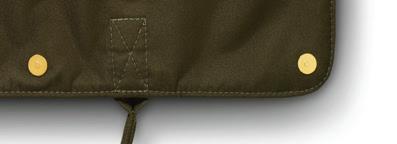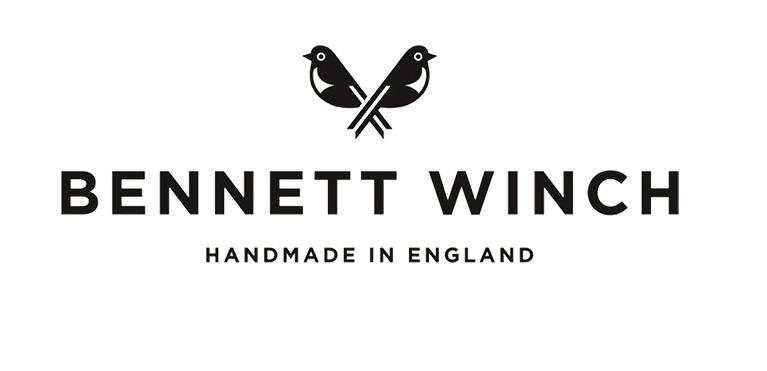KC'S HISTORIC HOMES TURNED INTO RESTAURANTS

LIVING LAKESIDE IN LEAWOOD
Q &A WITH PORTER TELEO FOUNDERS
The Home Issue






Refresh • Renew • Relax
With the promise of spring just around the corner, now is the perfect time to refresh and renew your favorite spaces.
From complete homes to single-room makeovers to stunning statement pieces, Seville Home Fine Furniture & Design is Kansas City’s trusted resource for brilliant transformations.
Boasting an expansive gallery with over 3,000 hand-crafted creations, our local, family-owned destination is a favorite among the region’s top designers and discriminating homeowners.
Stop by TODAY to refresh, renew, and relax with the beauty and commitment of Seville Home!
March Savings Include:
• 50% OFF Vanguard
• 50% OFF Wesley Hall
• 40% OFF Bernhardt Interiors
• Up to 50% OFF Luxury Outdoor
• 10% OFF American Leather Comfort Sleeper



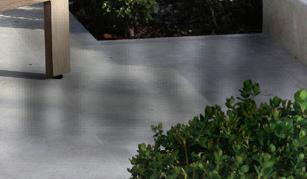
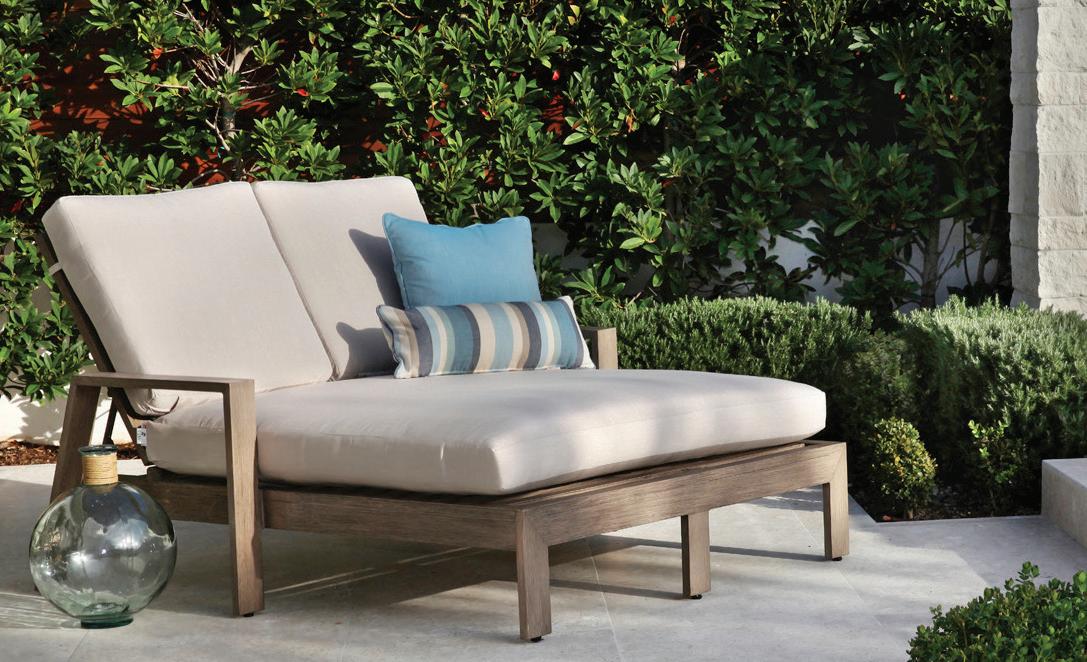





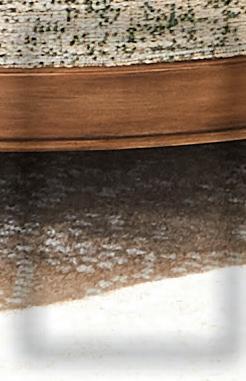


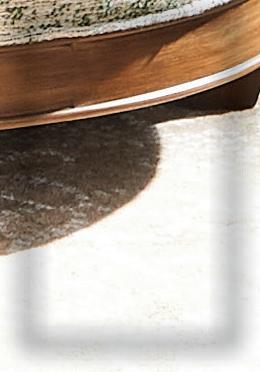






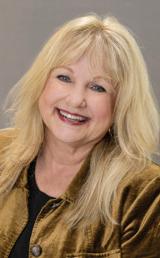







That’s just a small sampling of all The Boundary has to offer, from on-trend shops to don’t-want-it-to-end entertainment, from delicious bites to dazzling nights. It’s taking Overland Park, over the top; it’s The Boundary.

















































Are you taking full advantage of your lifetime estate and gift tax exemption?
Commerce Trust, working in conjunction with your estate planning attorney, can guide you through the in-depth conversations required to assess how the use of tax exemptions could most effectively be incorporated into your estate plan.
The holistic, team-based approach at Commerce Trust, consisting of financial and tax planning, investment portfolio management, and trust administration, is designed to guide you toward achieving your family’s goals while safeguarding your legacy.
Connect with the Commerce Trust team at commercetrustcompany.com/estatetax to secure your legacy.




























The Lyric Opera Ball
April 5, 2025
Loews Kansas City Hotel 1515 Wyandotte Street
This will be an elegant evening, including famous opera melodies, an exclusive auction, exquisite dinner, and dancing to the band Lost Wax.
Kansas City, Missouri 5:30 PM Black Tie
Complimentary Valet Parking
The Lyric Opera Ball
April 5, 2025
Order your tickets here:


Loews Kansas City Hotel 1515 Wyandotte Street

Kansas City, Missouri
Loews Kansas City Hotel 1515 Wyandotte Street
Kansas City, Missouri 5:30 PM Black Tie Complimentary Valet Parking
Order your tickets here:


Loews Kansas City Hotel 1515 Wyandotte Street Kansas City, Missouri Black Tie
kcopera.org







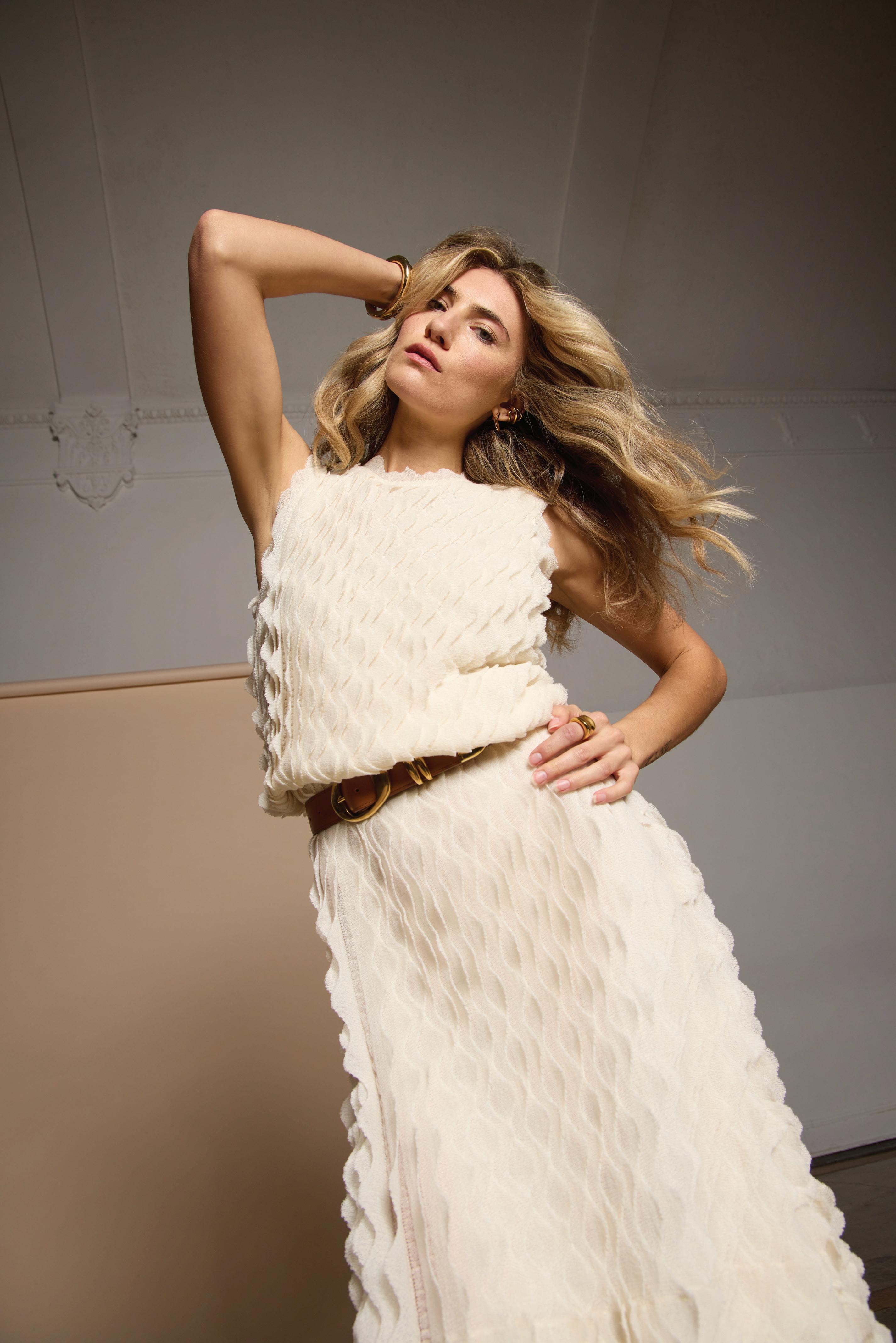







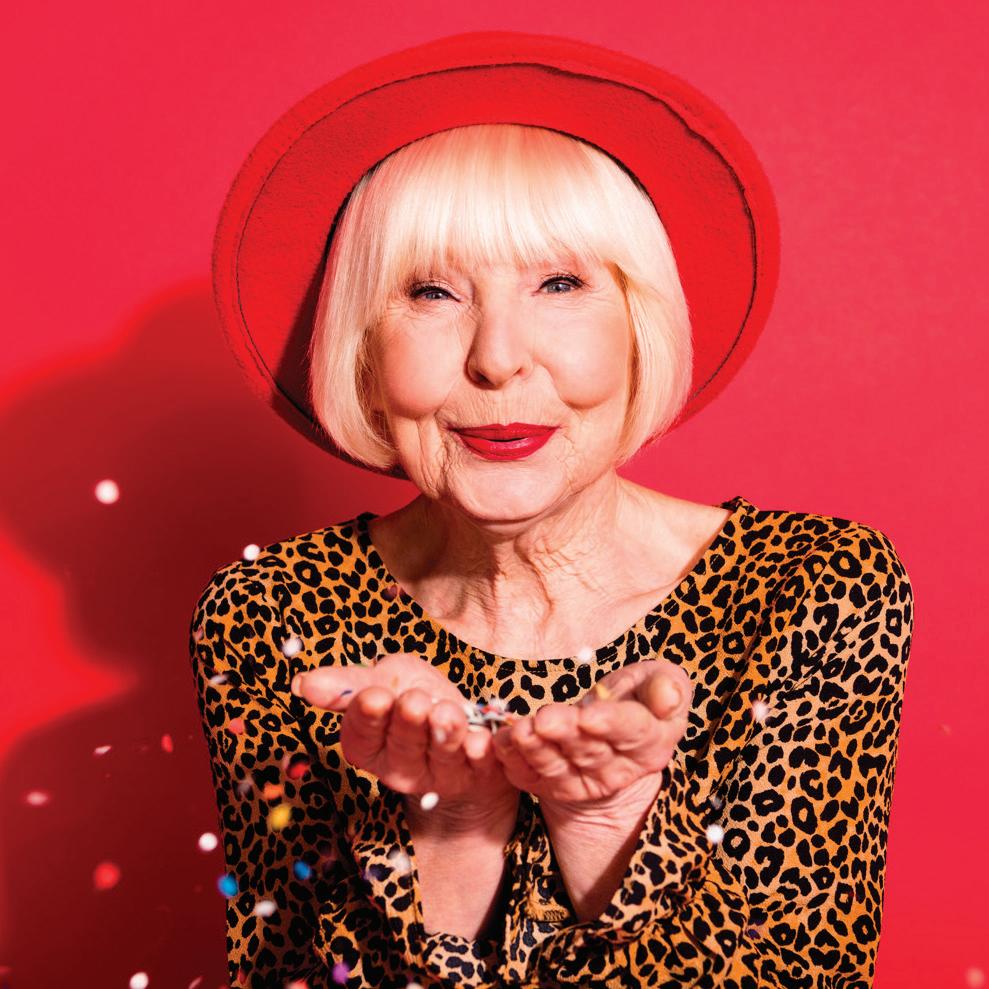


Everyone has a story. What will be yours?
Visit Story Boutique for your next unique find.
• Designer, vintage and gently pre-loved clothing
• Fine jewelry and statement fashion pieces Shop for a cause!
Each purchase, donation and volunteer hour makes a difference in our community.
Learn more at StoryB.org
Boutique Hours
Monday from 11 am to 4 pm Tuesday – Saturday from 10 am to 6 pm Sunday Closed
Ranch Mart Shopping Center 95th Street & Mission Road 913.642.2292 | Storyb@KCHospice.org
@StoryKCH @storyb4kch
Visit our sister store for home decor items! 12904
Tuesdays from 12 to 8 pm
Thursdays from 12 to 4 pm
Saturdays from 10 am to 3 pm
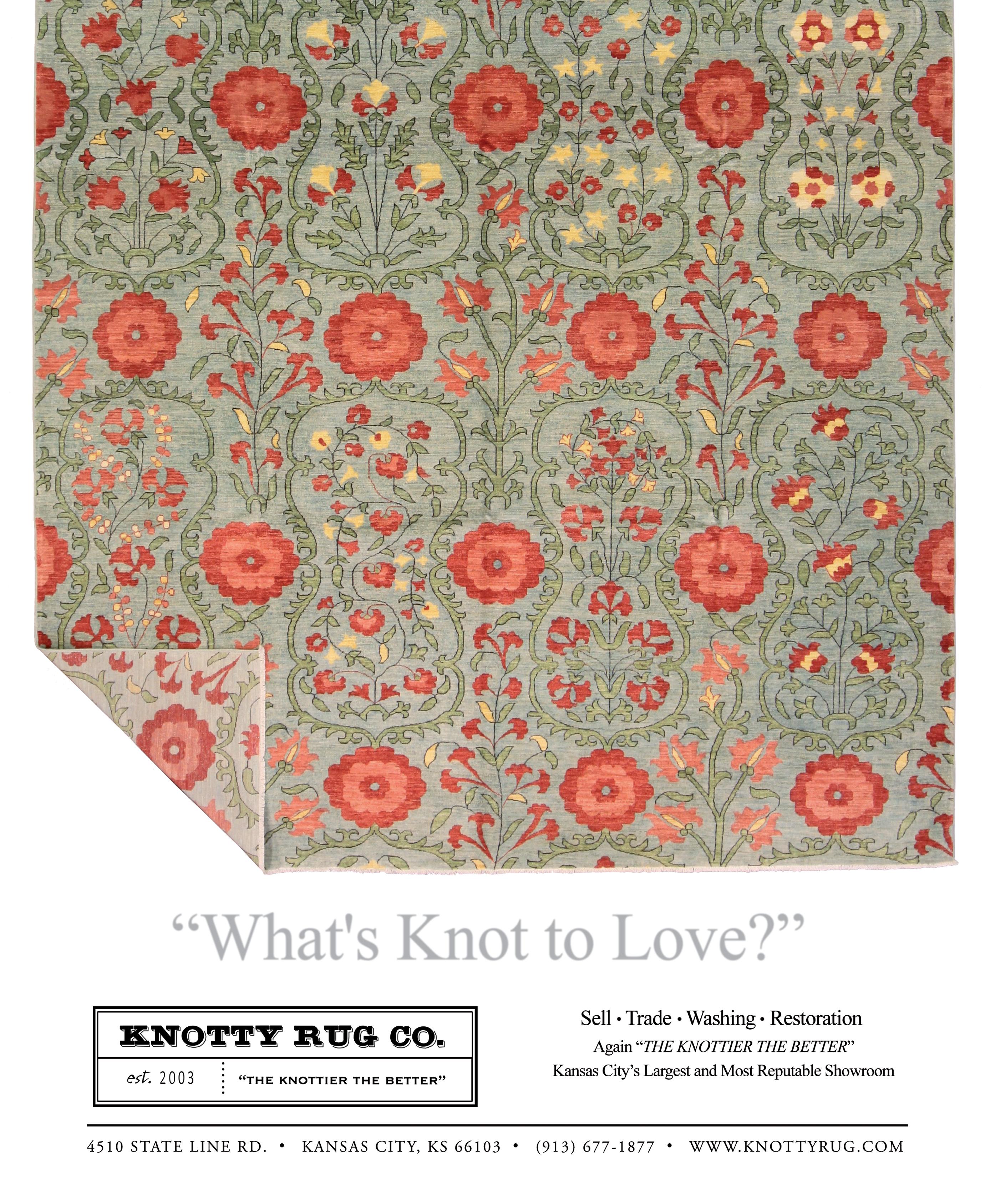

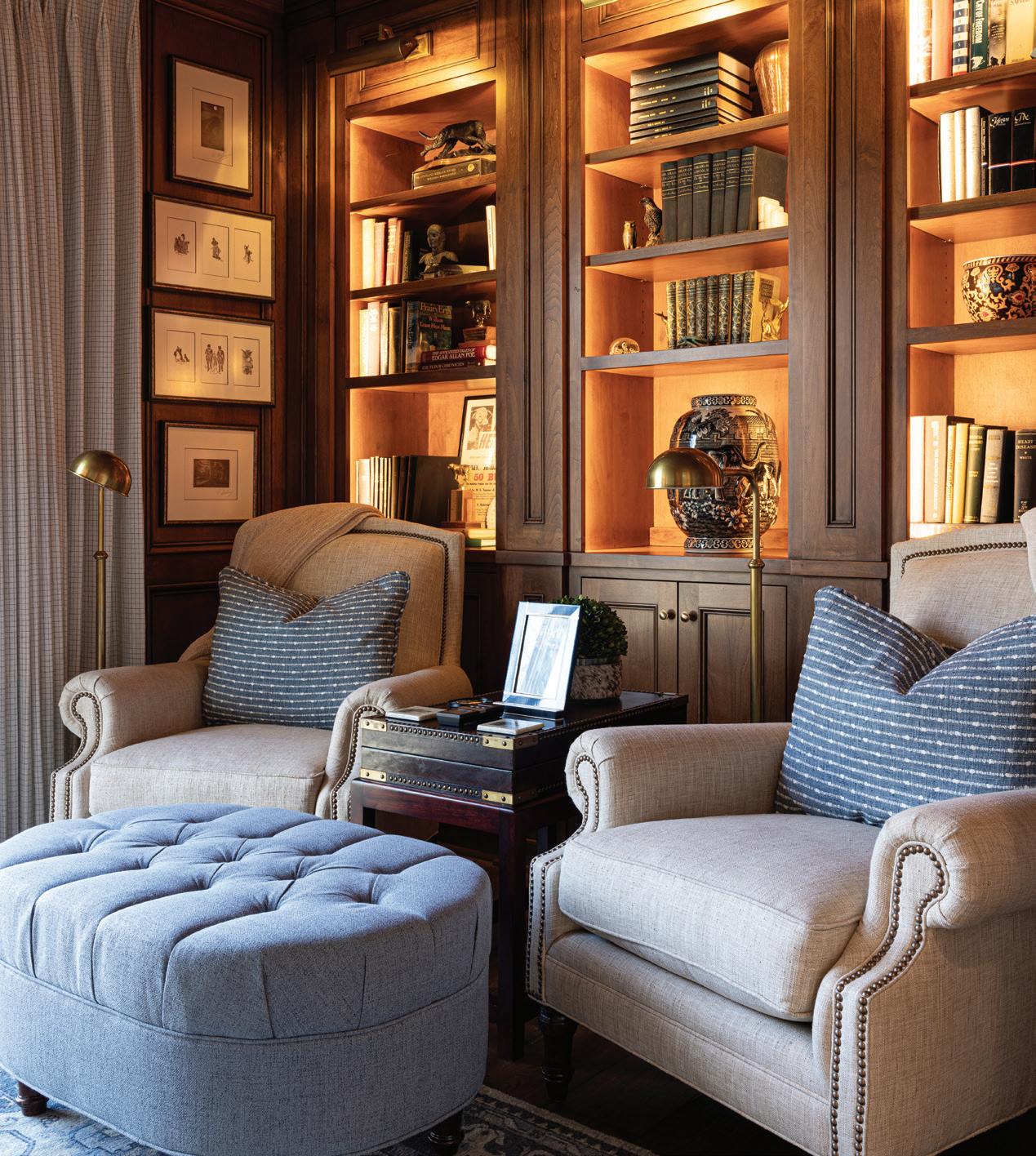
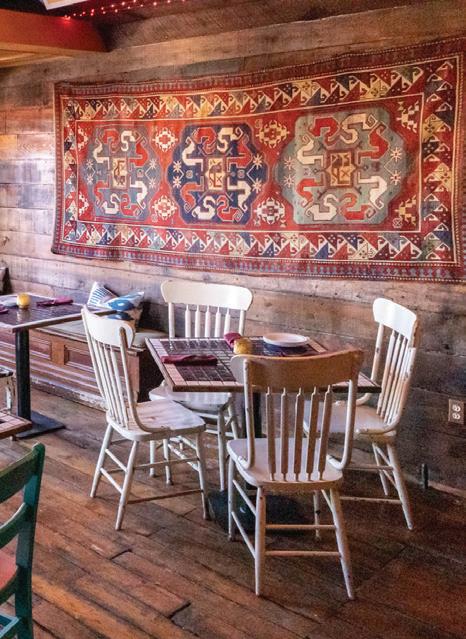





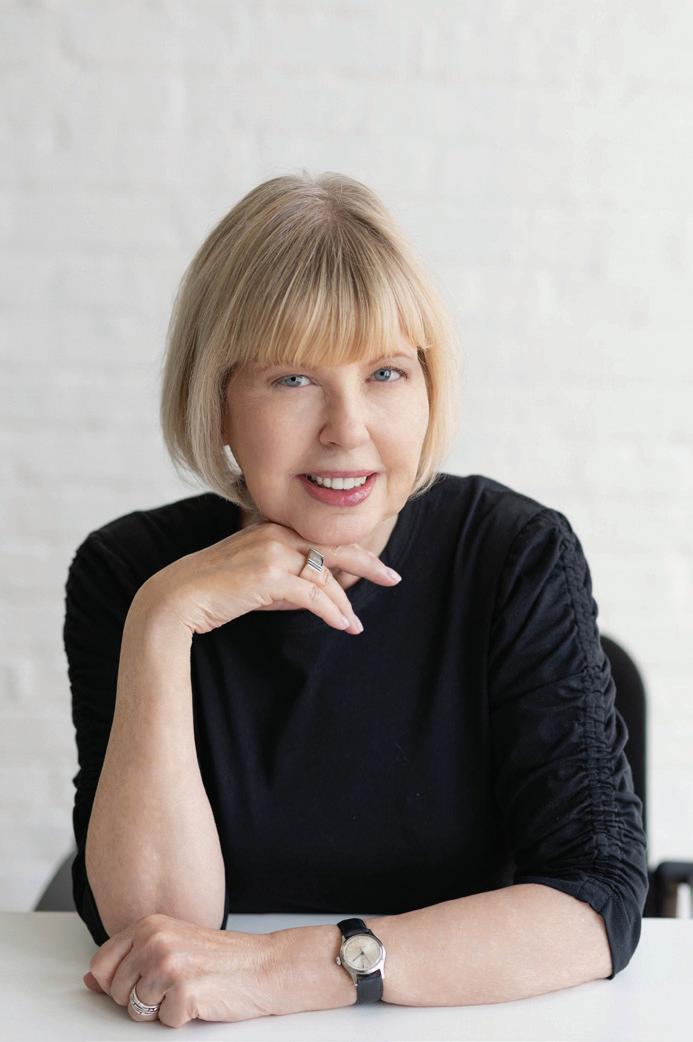
Of course, every issue of this magazine features at least one fabulous home. But for March, we went all out: sharing a stunning newly built Leawood home for inspiration, getting pro tips about decorating and entertaining in your own home from our columnists, interviewing the duo behind the luxe design brand Porter Teleo for expert advice, even revealing the stories behind our favorite restaurants to be found in heritage houses. You’ll find no pro tips in this column though, because, lord knows, I’m no pro at renovating, decorating, or building houses. But you could call me an experienced amateur. With that in mind, here’s my best advice for anyone who’s been inspired by this issue and is considering undertaking changes in their home.
Prep, prep, prep. This is true of anything you’re attempting, but it’s especially true when painting. If it’s woodwork that’s been painted many times and is alligatored and chipped, take it all off. (And wear a good respirator to prevent inhaling dangerous fumes. Older Kansas City homes, ripe for renovation, are filled with lead paint.) If it has never been painted before, whether we’re talking a piece of furniture or a wall, sand until smooth, prime and fill any divots and cracks (spackle and caulk are your friends), and sand again before you lift a brush.
Buy the best you can afford. This is true about 90 percent of the time. While I believe it with all my heart, I also think a high/low mix is important in creating a truly original final product. Buy the best sofa you can afford, that’s for sure. But accessories and throw pillows and the like can be found at estate sales, thrift shops, and fun local home boutiques. My inexpensive dining-room table knockoff is surrounded by rare, vintage midcentury-modern Danish chairs found at an excellent antiques shop.
Employ trends judiciously. I know this is true because I learned this the hard way. The first house I renovated and decorated was a paean to 80s style, all mauve and gray and white columns, etc. By the time the 90s rolled around, the whole house felt tired and out of step. If you really, really love mauve and gray and white columns, by all means go for it. Otherwise pick a trend or two that mix well with your look (preferably in accessories only) and let the rest pass you by.
And most of all, if you can’t do it well yourself, hire a pro!
Editor In Chief Zim Loy
Digital Editor Evan Pagano
Art Director Alice Govert Bryan
Contributing Writers
Judith Fertig, Merrily Jackson, Cindy Hoedel, Damian Lair, Patricia O’Dell, Jenny Vergara
Contributing Photographers
Bridget Chang, Erica Iman, Aaron Leimkuehler, Phon Wills
Publisher Michelle Jolles
Media Director Brittany Coale
Senior Media Consultants
Katie Delzer, Nicole Kube, Krista Markley, Josie Rawlings
Intern Annie Woodson
Newsstand Consultant
Joe J. Luca, JK Associates 816-213-4101, jkassoc.net
Editorial Questions: zloy@inkansascity.com
Advertising Questions: bcoale@inkansascity.com
Distribution Questions: mjolles@inkansascity.com
Magazine Subscriptions:
Mail: IN Kansas City Subscriptions PO Box 292374, Kettering, OH 45429 Phone: 888-881-5861
Email: SUBS@inkansascity.com
Subscribe Online: inkansascity.com/subscribe
Spring Awakening Spring Awakening time to refresh & renew... time to refresh & renew...
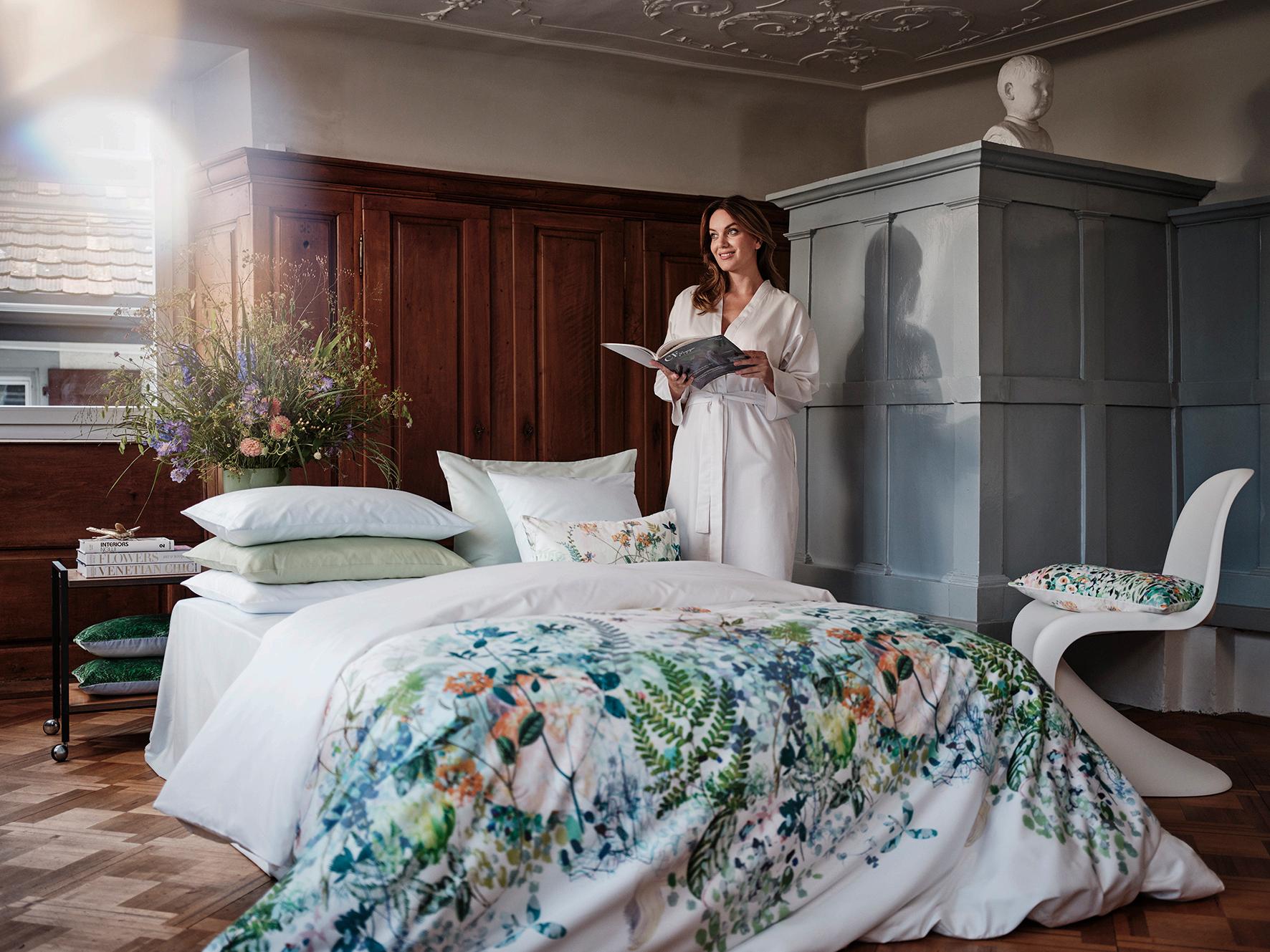
…sumptuous bedding, in colors and patterns that you love, can transform your life! Stop in soon or visit us online to see our new Spring collections & trends.


Chow down. Here’s a bounty of at least 50 Mexican and Tex-Mex restaurants in Kansas City, Kansas. It’s called the KCK Taco Trail, packed to the walls with handmade tortillas and al pastor and birria, oh my! Find the trail’s highlights in the restaurant section of inkansascity.com—then get there fast.

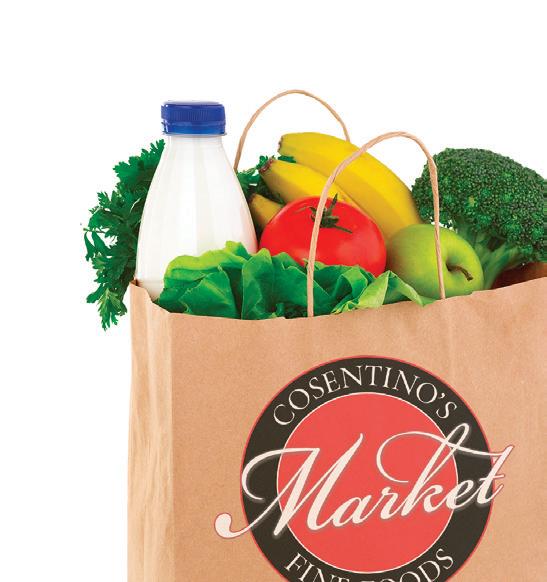
Go wild. Every day you meet a new animal is a good day, indeed. Kansas City has plenty of opportunities for just that, whether educational, philanthropic, or just plain fun. Find a list of the metro’s top animal experiences on inkansascity.com


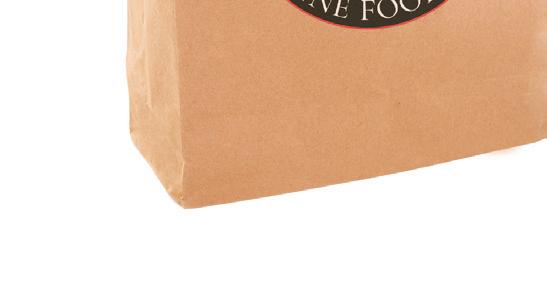














Stock up for spring! is month, we’re partnering with Bluhawk, Overland Park’s hub for retail and entertainment, to give one lucky reader two $100 gift cards. A hundred bucks to the outdoor store Sierra, and another hundred bucks to Cosentino’s Market. Enter to win by March 31 at inkansascity.com/the-magazine/enter-to-win Best of luck!
Go green. With St. Patrick’s Day approaching, it’s time to get the lay of the land. Kelly’s Westport Inn, O’Dowd’s Gastrobar, Conroy’s Public House, and more—each pub is evocative of those on the Emerald Isle but with an identity all its own. Tour Kansas City’s Irish pub scene on inkansascity.com

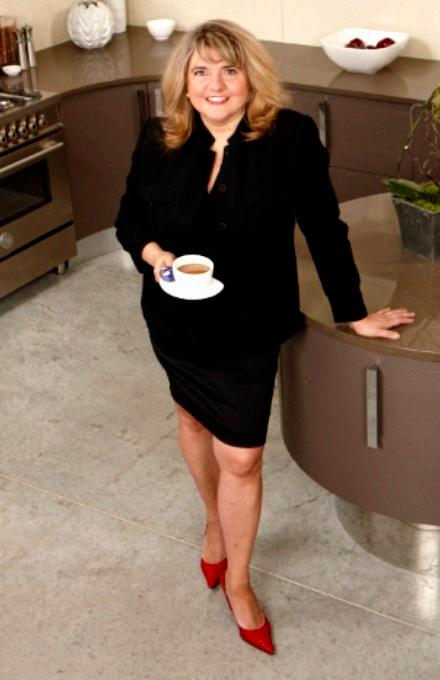
WHERE YOU NEED TO BE AND WHAT YOU NEED TO SEE
by Evan Pagano



2025 Phillips 66 Big 12
Basketball Championships
March 5–9, 11–15
T-Mobile Center big12sports.com
Hoops at home. One of college basketball’s top conferences will crown its champions at T-Mobile Center this month. e women of the Big 12 take the court March 5-9, and the men follow March 11-15. Fifteen teams will enter each tournament, but only the very best will cut down the net.


Kansas City FilmFest International 2025
March 27–30
AMC Ward Parkway 14 kc lmfest.org


Lucky you! Kansas City is lled to the brim with St. Patty’s Day fun.
If you keep your revelry to the weekends, block out Saturday, March 15, for the St. Pat’s Warm-Up Parade in Brookside and the Snake Saturday in North Kansas City. Snake Saturday is actually a multi-part a air, with a charity cook-o bene ting North Kansas City hospital on March 14 and a festival the day of the parade. Expect a carnival, a petting zoo, and more.
e local and beloved Celtic rock band The Elders will play at Knuckleheads on March 15 and 16. It’s the band’s 23rd annual hoolie (read as: wild party), and members of the O’Riada-Manning Academy of Irish Dance will ply their craft at the Sunday show.
It’s reel fun. Over four days at AMC Ward Parkway 14, the Kansas City FilmFest International will screen upwards of 100 independent lms. e festival knows few bounds; expect narratives, documentaries, short lms, and feature lms in the lineup. Buy some popcorn, enjoy a weekend of lms, and cast your vote for two audience choice awards.
On St. Patrick’s Day itself (Tuesday, March 17), the Kansas City St. Patrick’s Day Parade rolls through Westport. After the parade ends, parts of Westport Road will stay closed to allow for outdoor beer gardens, live entertainment, and the jam-packed jolliness of the day.
For Kansas City’s most comprehensive calendar of events, go to inkansascity.com/events












Outlaw Golf Carts has a ride for every need. From two-seaters perfect for the course to four and six-seaters built for the whole family, and even work-ready utility carts—we’ve got you covered. Planning a special event? We also offer cart rentals to keep your guests moving in style and comfort.






Grand opening Saturday, April 26, 2025
Sign up on our website for a chance to win our launch-day Outlaw Golf Cart, worth $11,500!











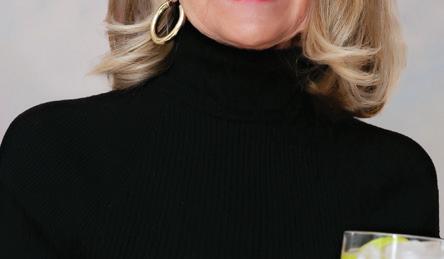
BY Merrily Jackson mjackson@inkansascity.com

In a world that can sometimes seem harsh—especially when we turn on the news—nothing makes us feel more civilized than hosting friends in our home. It truly is one of life’s greatest joys. I, for one, always have a better time at my own gatherings when I know my house feels cheerful and hospitable. A few thoughtful details can transform your home, be it humble or grand, into an inviting retreat. Here is a bit of guidance.
Your whole house does not need to be party ready. I love it when my hosts o er to show me around their entire house. But I certainly don’t expect a tour. No one does. At my house, it’s just understood that certain
areas are not for public viewing. I focus on creating ambience in the rooms where people will gather.
Clear the clutter, keep the charm. Minimize clutter on your countertops and surfaces, then give them a good going over with whatever household cleaner you like. Add a vase of tulips (I get mine at Trader Joe’s), a potted herb, a bowl of citrus. You don’t need to go overboard with decluttering, darling. It’s your home, not a hotel lobby.
Party lighting 101. Turn o your overhead lights and swap in 15-watt bulbs for your lamps. e e ect is instantly warm, intimate, cozy. e softer glow creates a attering, candlelit mood that makes guests feel more relaxed and gives everything—and, most importantly, everyone—a soft, polished look.
And OMG! Cordless lamps! Rechargeable lamps are an ambience godsend. You can plop them down in all kinds of tricky spaces, like entryways and dim corners, without worrying about outlets and ugly cords. I found online some handsome, easy-to-install wall sconces and picture lights for my dining room. I control them with a remote and charge them like I do my phone. I’m so weary of the word “gamechanger” but that’s what they are.
The impact of good scent. e way your house smells is important— it’s one of the rst things guests notice, even subconsciously. at’s why real estate agents tell home sellers to bake a batch of brownies before a showing. Scented candles are my go-to (some are cloying, so always test them rst). Sometimes, for a homey, nostalgic feel, I simmer a pot of water with cinnamon sticks, cloves, and citrus slices an hour before guests arrive.
Bar setup made easy. A tidy, thoughtfully arranged bar invites guests to help themselves and prevents bottlenecks. Arrange glassware, ice, liquor, mixers, and garnishes in a way that makes sense for your space. If it’s just cocktails and not dinner, consider using your dining table as a bar station. Even if you have an icemaker in your fridge, buy ice. If you’re having more than 20 people and you have funds for it, hire a bartender.
For God’s sake, relax. Before guests arrive, pour yourself a drink, turn on your favorite music and remember that people will have a blast. You will never regret having this party.
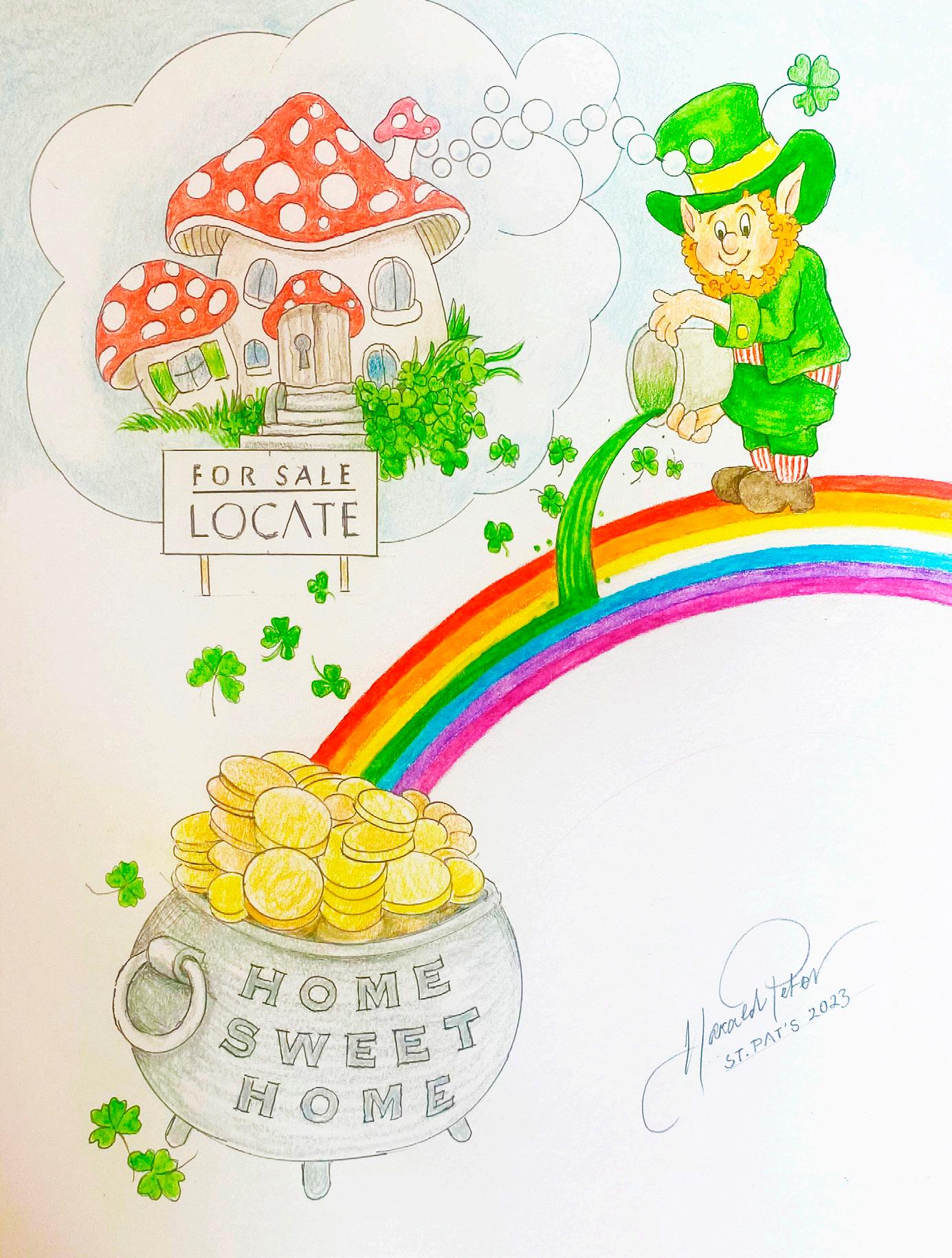


A spectacular, contemporary venue with transformable reception spaces and a magnificent courtyard. 1900bldg.com (913) 730–1905

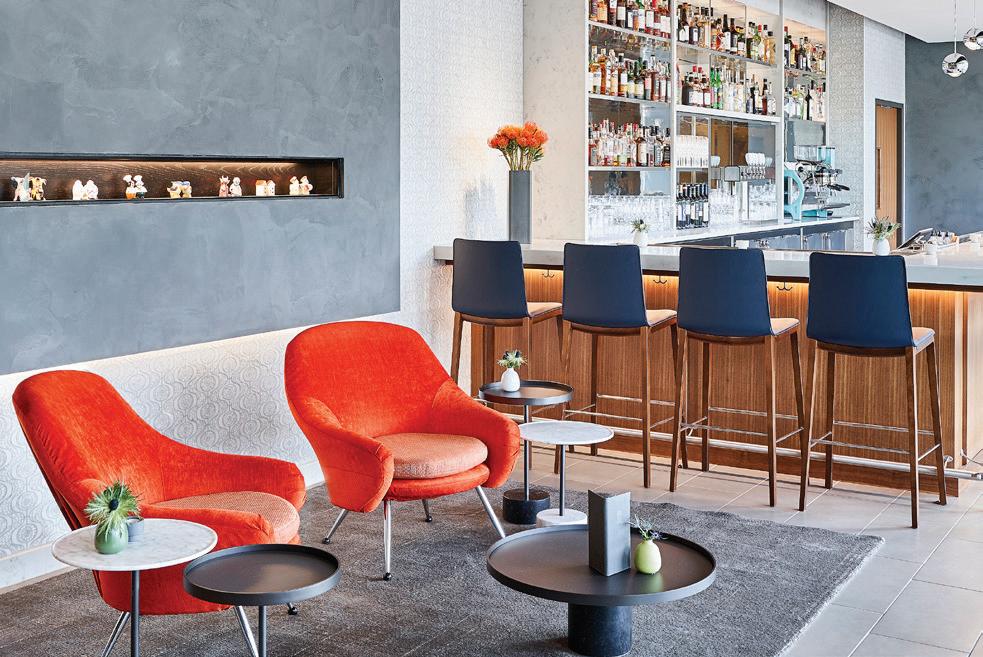
Modern-American cuisine from award-winning Chef Linda Duerr. Chef Duerr and team present elegant fare and carefully curated menus for a variety of special occasions. therestaurantat1900.com (913) 730–1900
1900 Building
NO ELECTRICIAN NEEDED
Cordless, rechargeable lamps provide instant ambience anywhere in your home, without messy cords or complicated installation. Visual Comfort Terri cordless lamp, $449, available through Rensen House of Lights.
SPRAY. WIPE. DONE. Mixture Hard Surface
Cleaner, made in KC, keeps countertops sparkling and streak free, and comes in ten fragrances. Salt & Sage is my fave. $10.99 at madebymixture.com
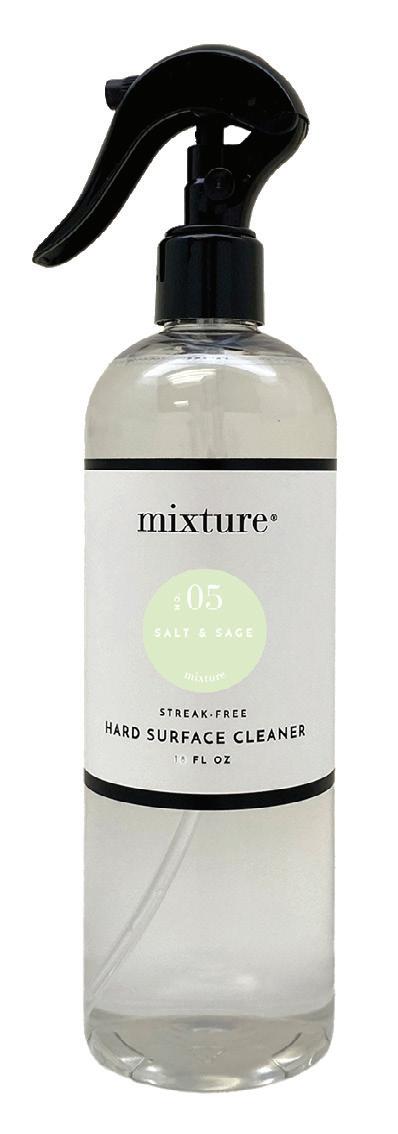
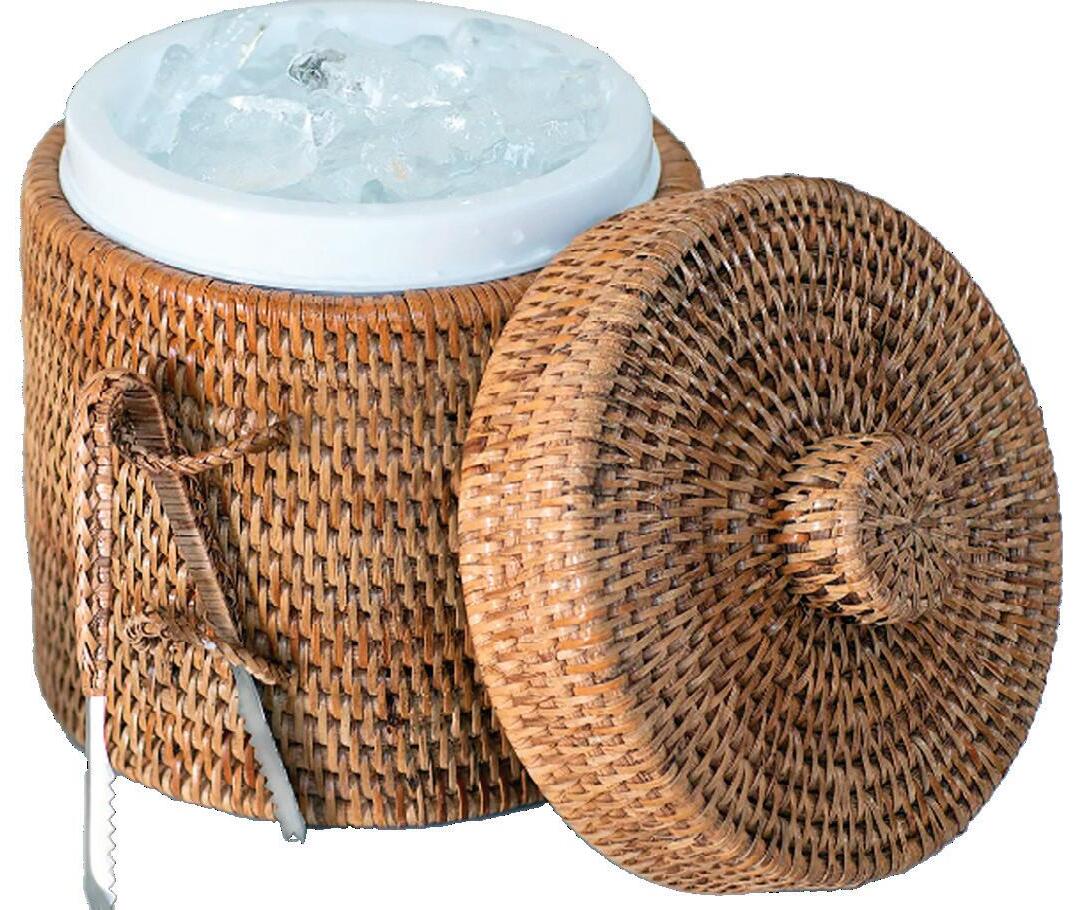
SO CHILL
This smart-looking rattan ice bucket would add a polished, self-serve touch to your bar setup. $115, at Diebolt’s in Gillham House.
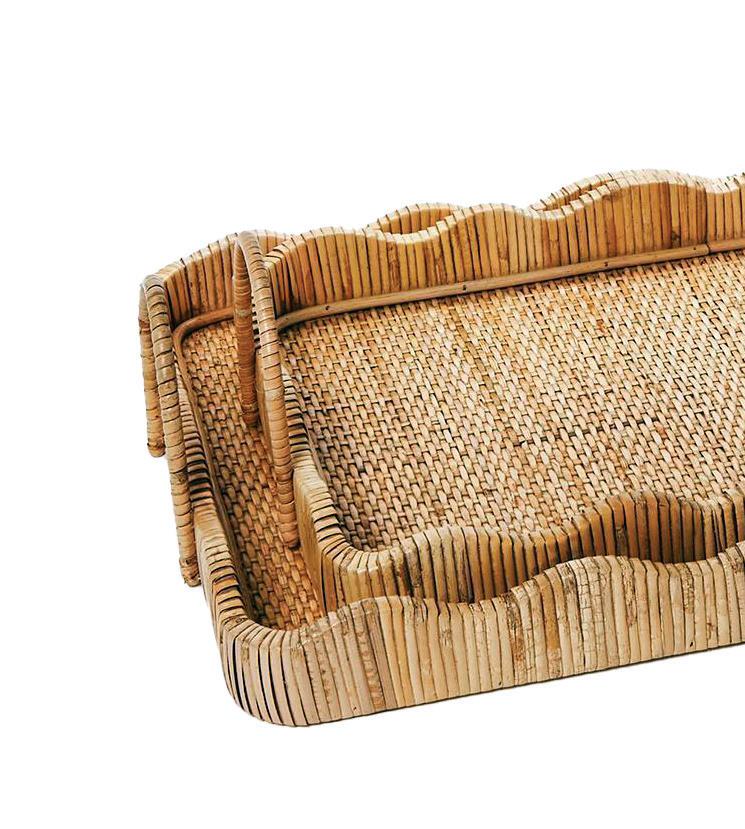
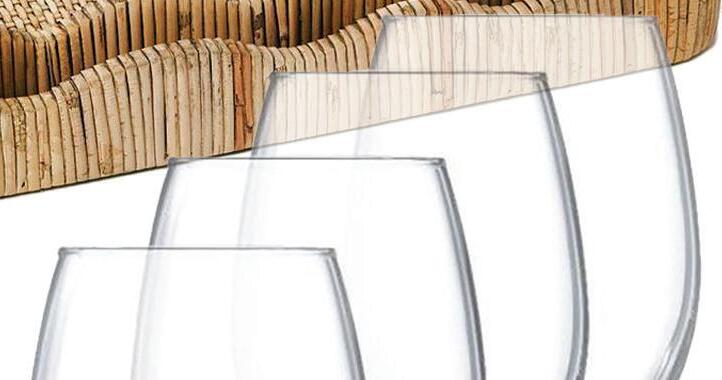
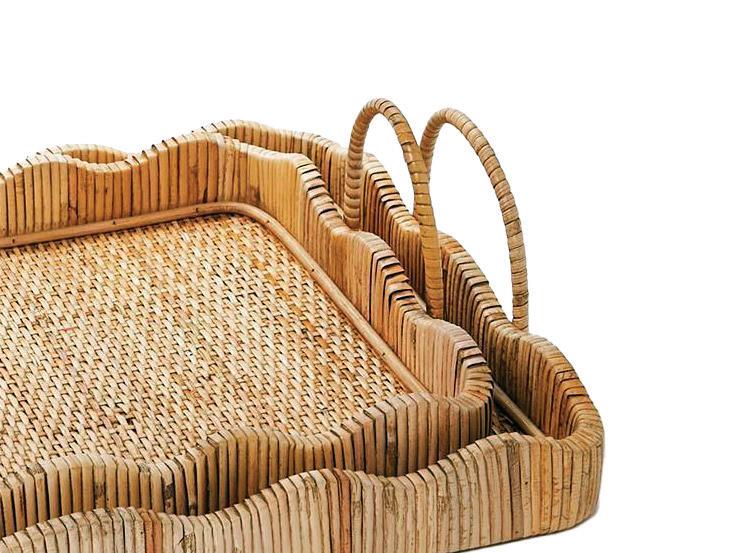


Use a handsome tray or two to organize glasses on a self-serve bar. Keep glassware simple; use one or two types of glasses. Scalloped edge rattan tray, $125 for a set of two, available at RSVP in the Village. Luminarc 21 oz. stemless wine glasses, $18.99 for set of four, available at Prydes Kitchen & Necessities.

Set out pretty little bowls of snackie things here and there. It’s so hospitable! Beatriz Ball’s Vida bamboo bowl, $60 for set of four, available at Blair & Blythe.

A pitcher of sangria or make-ahead Manhattans (or just water!) would look appealing in this pitcher. 64 oz. Eternity Pitcher, $92, available at Terrasi Living.

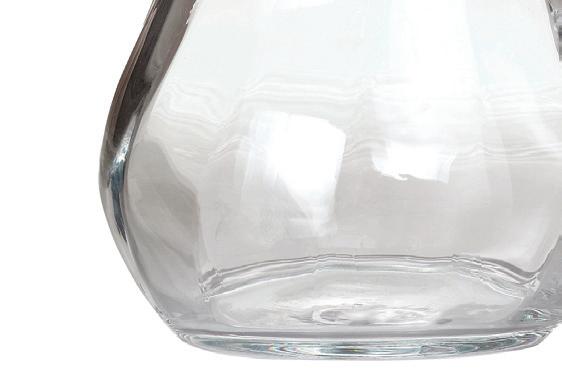
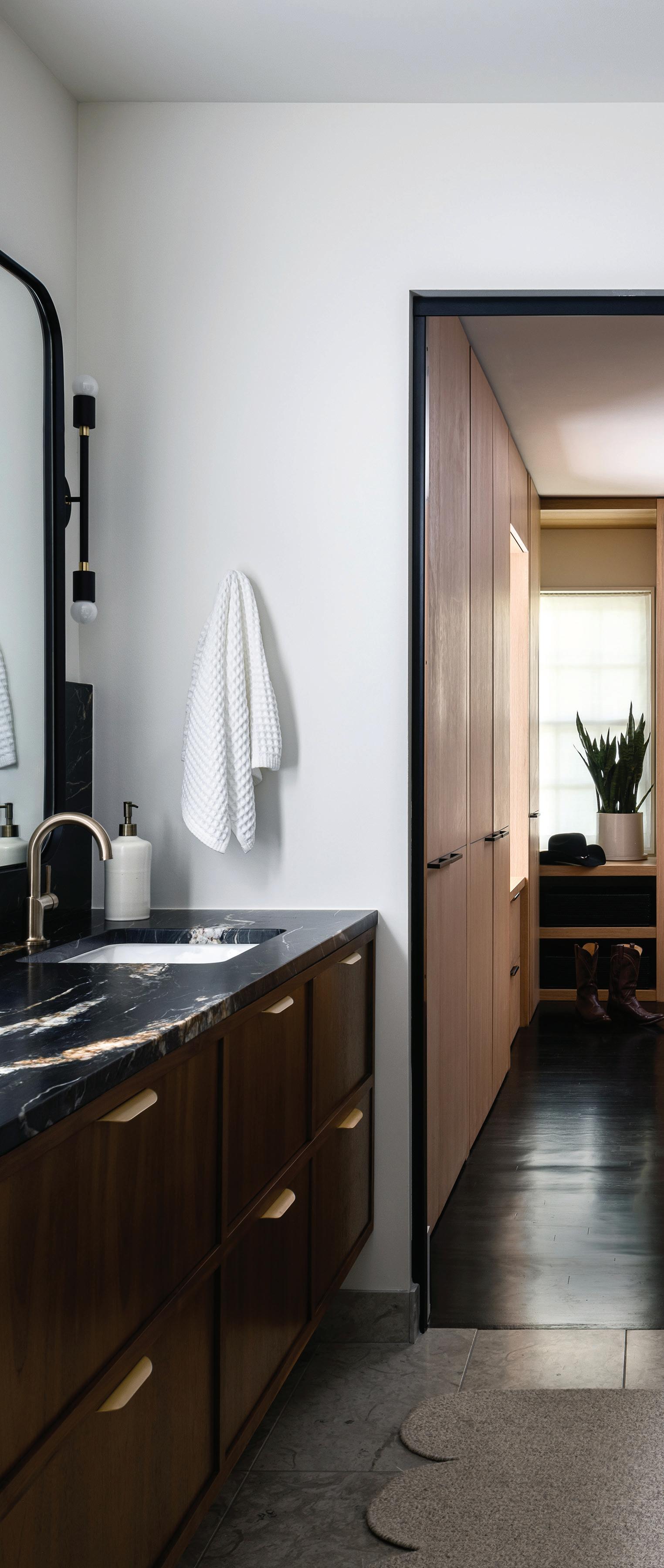


Serves eight to ten, depending on appetites and what else you are serving.
4 26-ounce jars inexpensive marinara sauce (I use Scimeca’s)
25 - 30 pre-cooked meatballs from your grocer’s butcher case (again, I use Scimeca’s)
1 package “country-style” pork ribs, approximately 2 lbs.
2 tablespoons olive oil, plus more for drizzling
1 large onion, medium dice
2 pounds spaghetti noodles
Freshly grated Parmesan cheese
On the morning of your party, pour all the marinara sauce into a large slow-cooker, add diced onion. Add olive oil to a large skillet and heat over medium-high heat. Add pork ribs and saute quickly, until they are brown on all sides. Add to marinara mixture.
Set the slow cooker on low, and let marinara/pork mixture simmer all day. After about 8 hours, pork should fall off the bone (if any), and you can remove bones from mixture. Use a large spoon to

separate pork into tender chunks. The sauce can continue to cook, it won’t burn. About two hours before you plan to serve, add meatballs to sauce mixture.
Twenty minutes or so before serving, cook spaghetti according to package directions. Drain. Arrange a generous pile of noodles on each plate, top with marinara/pork sauce and two or three meatballs. Sprinkle liberally with Parmesan cheese, drizzle a little olive oil over all and serve.
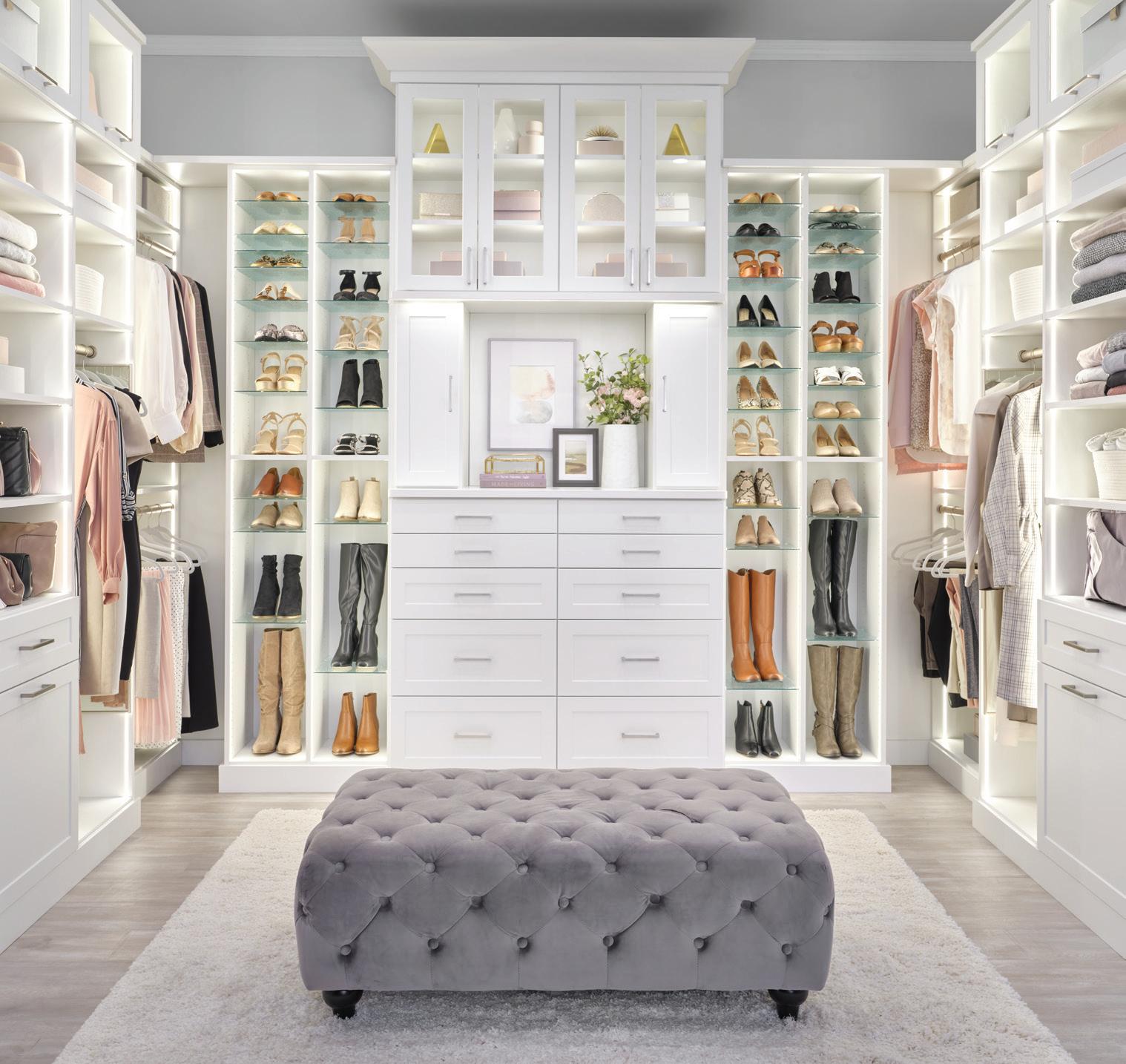
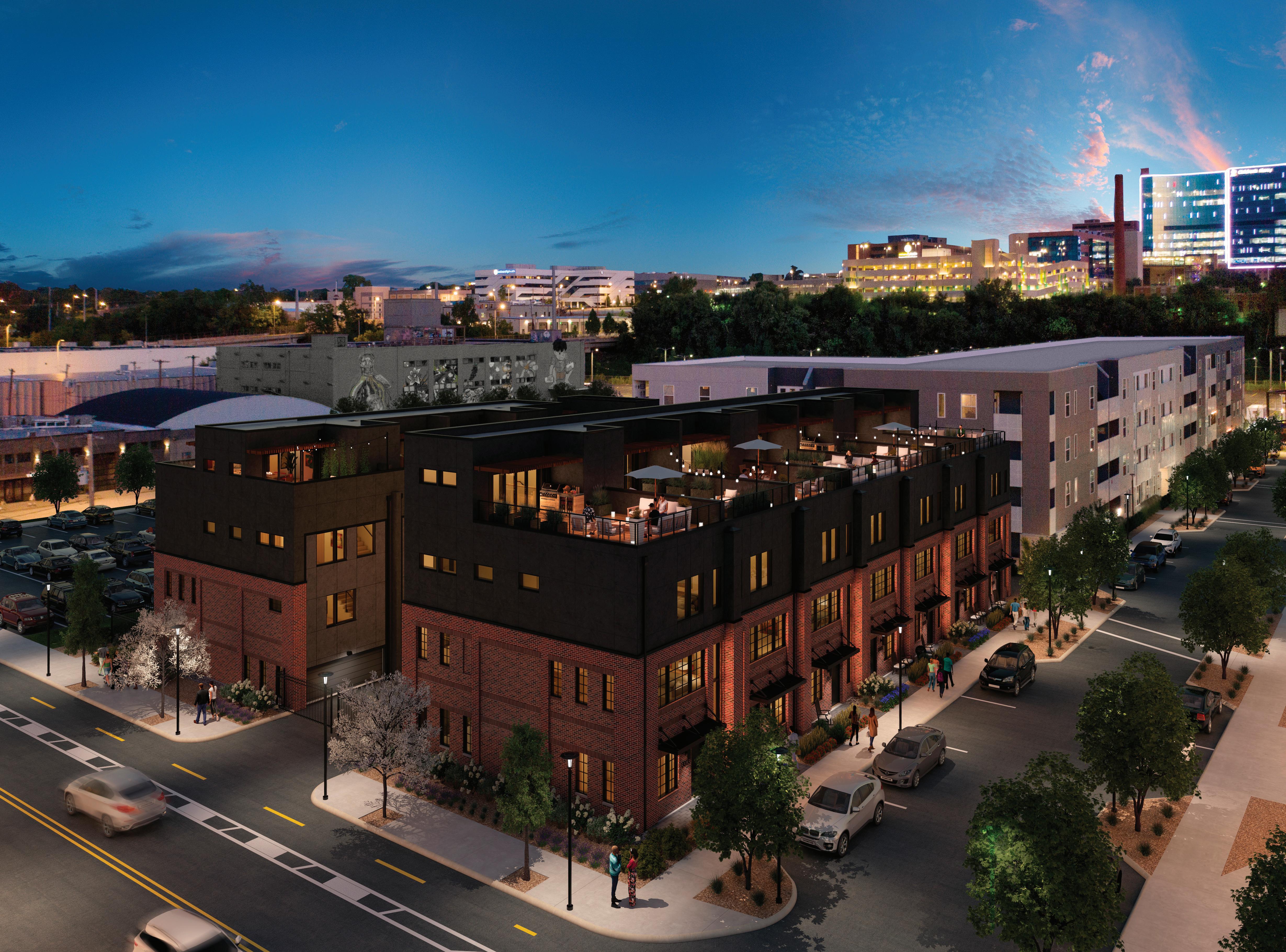
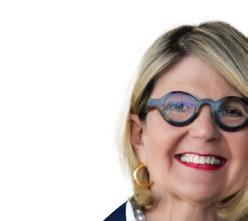


Q: We have all white furniture in our living room and dining room. Is it okay to not serve red wine to guests? If so, how do we tactfully tell someone who brings a bottle of red wine that we’re not going to serve it?
A: Yes, it’s perfectly ne to skip red wine if you’re concerned about spills on your white furniture. If you invite them, they will spill! As the host, you set the menu, and that includes the beverages. When guests bring red wine, thank them graciously and say, “ is looks wonderful! We’re going to tuck it away to enjoy another time, but tonight we’re just serving white wine and cocktails.” Most guests will understand.
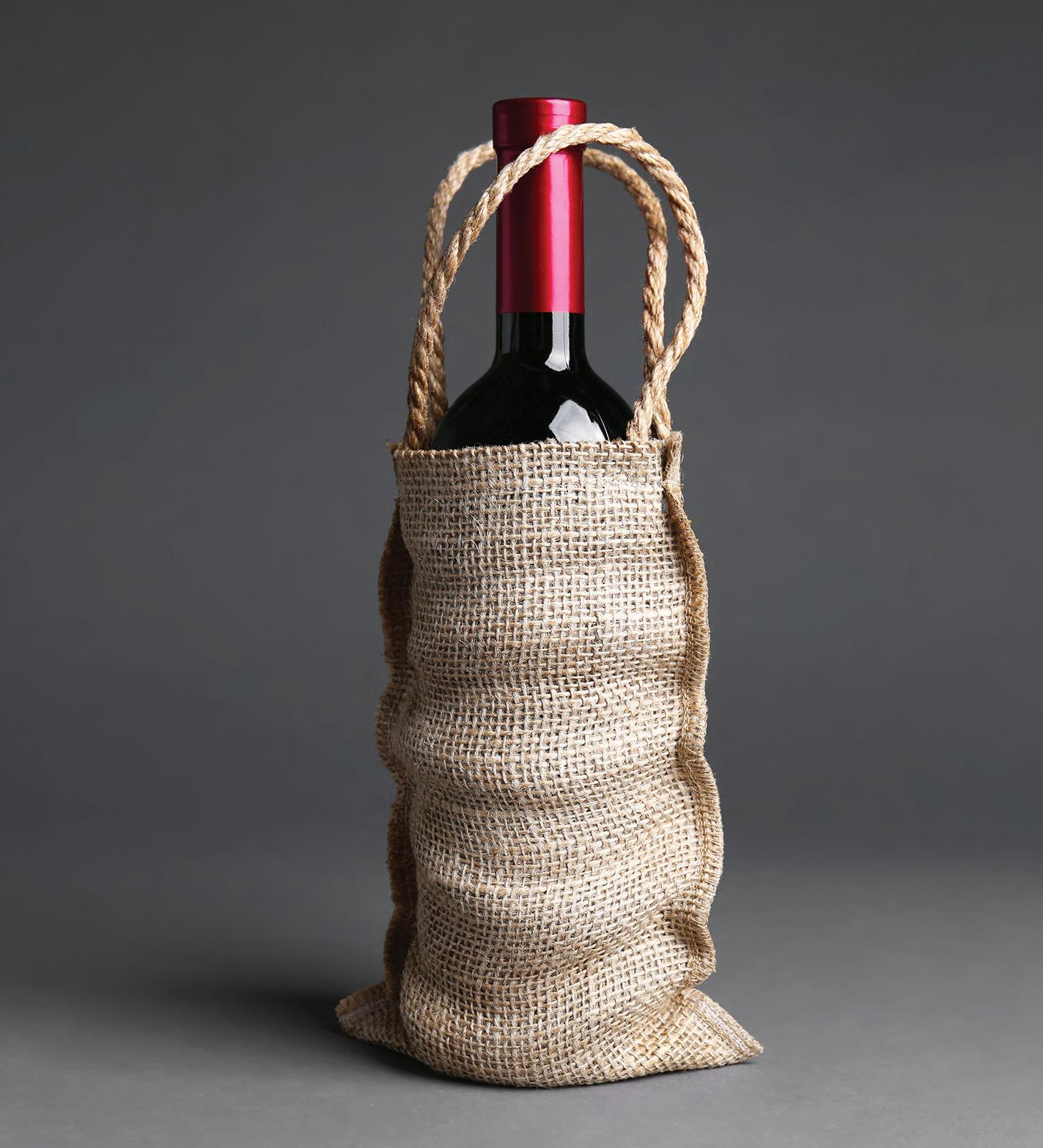
Do you have a question about entertaining? Email it to mjackson@inkansascity.com








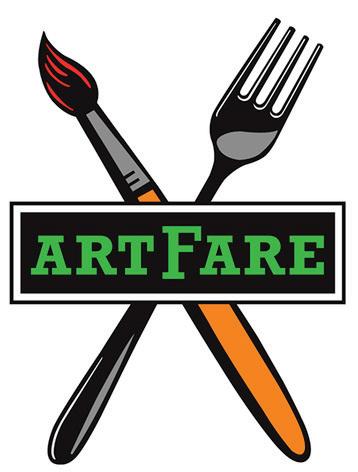
Kemper Museum of Contemporary Art 4420 Warwick Blvd | Kansas City, MO
Indulge in an unforgettable evening hosted by the Vanderslice Committee. ARTFARE is a one-of-a-kind collaboration between chefs and artists to benefit students at the Kansas City Art Institute.
Honorary Co-Chairs
Amy and David Embry
Patricia O’Dell and Todd Schulte
Event Chairs
Frances Baszta and Tony Glamcevski

Scan the code, visit kcai.edu/artfare, or call 816-806-1308 to learn more and purchase tickets
Featured to the right: ARTFARE 2023 held at 1900 Building with KCAI alumni Celina Curry (‘13 Painting), Ted Habiger and Andy Folger RM 39. Photo credit Rob Smith Photography
Each chef is paired with an artist to craft a unique experience.
Charles D’Ablaing J Rieger Distillery
Ted Habiger Room 39 | Oil on Linen Josh Laufketter Inspired Occasions
Kyle Sears (KCAI ‘01–’04) Sous Chef | Antler Room
Christopher Elbow
Christopher Elbow Chocolates
Jyoti Mukharji Indian cuisine instructor
Linda Duerr Restaurant at 1900
Martin and Katrin Heuser Affäre
Johnny & Helen Jo Leach Town Company
Michael Smith Farina/Extra Virgin
Leon Jones KCAI ‘13 Photography
Hùng Lê KCAI ‘21 Fiber
Muriel Hansen KCAI ‘19 Ceramics
Jackson Daughety KCAI ‘21 Sculpture
Jo Archuleta KCAI ‘24 Painting
Jhulan Mukharji Friend of KCAI
Abby Oyesam KCAI ‘24 Painting
Jennifer Walker KCAI ‘83 Sculpture
Sean Whalen KCAI ‘24 Ceramics
Laura Berman KCAI Printmaking Professor
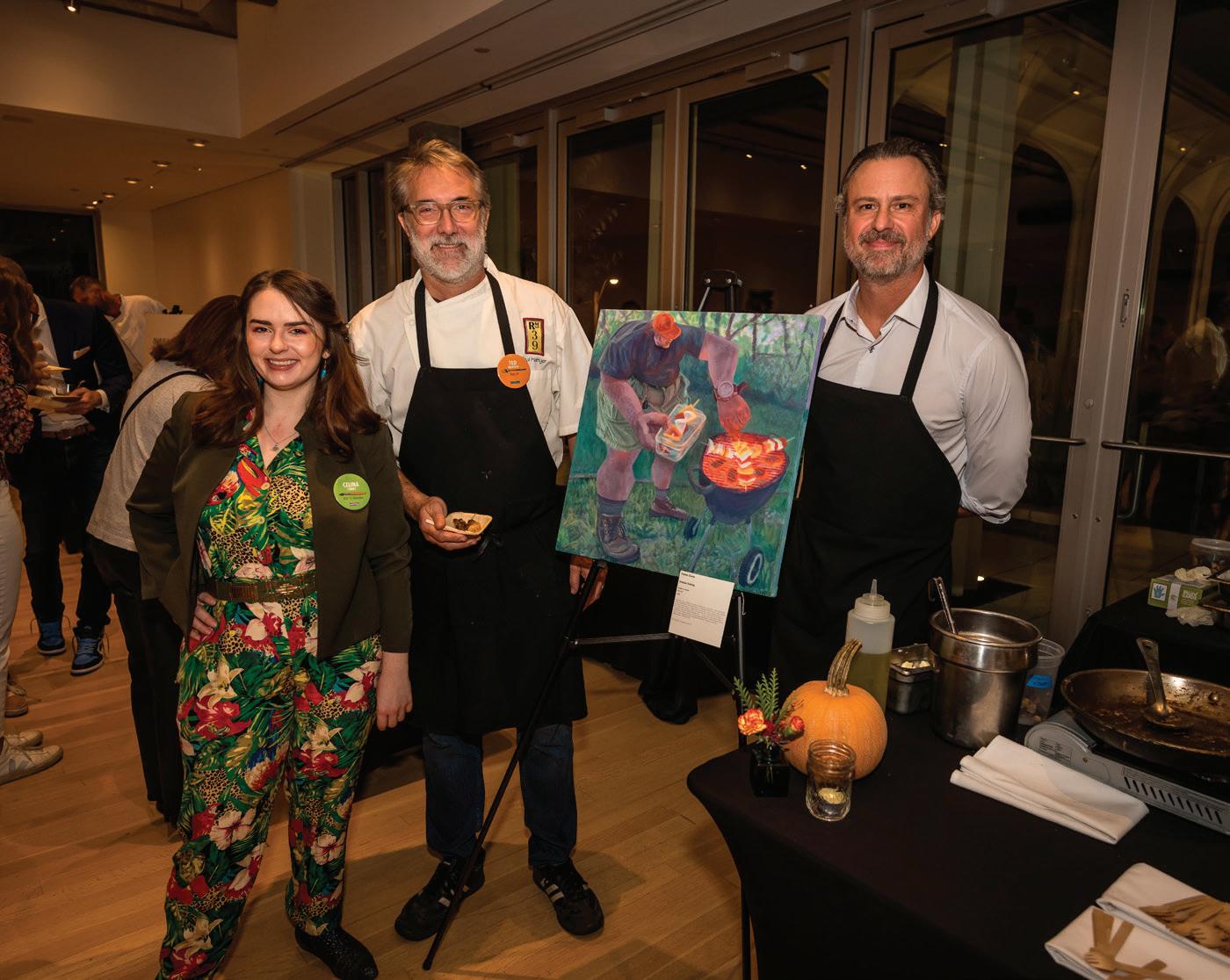
by Damian Lair dlair@inkansascity.com

Cold winter days are the perfect opportunity to find respite in our city’s many museums. A few weeks ago, I did just that and landed in Independence for a private tour at The Harry S. Truman Presidential Library and Museum. The institution received a $29 million complete re-envisioning and renovation that was completed in 2021, and it still freshly sparkles.
From the opening room devoted to Truman’s early life, I felt connected to the type of person he was. A large floor-to-ceiling cylinder is wrapped in love letters to Bess. They reveal not only his tenderness for her, but foreshadow his fortitude and persistence. Beginning in 1910, he wrote more than 1,300 letters to her across their lifetimes. Nine years of courtship and rejection made me wonder if I could do what he had done—repeatedly propose, hoping to ultimately receive a different outcome. Perhaps it was his unwillingness to accept defeat that made him the unlikely and ideal leader to one day effectively bring an end to World War II.
Also among the early-life exhibits, following a survey of Truman’s impressive World War I service, there is a recreation of the Truman and Jacobson Haberdashery, the men’s shop he cofounded in downtown Kansas City. Due to the Great Depression, the shop closed in 1922, saddling Truman and his business partner with significant debt. Jacobson declared bankruptcy, but Truman insisted on repaying his debts— which he did across almost 15 years. Had his shop been a success, there would have likely been no President Truman. The professional crisis forced him to take a fresh look at his life and future. Thereafter, he successfully ran for judge in Jackson County, at Tom Pendergast’s persuasion. That position and several others led him to a successful run for the U.S. Senate. The entire experience was an early window into how this humble man would deal with setbacks and failure.
Who found a locked safe (filled with treasures) hidden in the walls of their new, century-old home?
World War II and the presidency, of course, occupy a significant por-
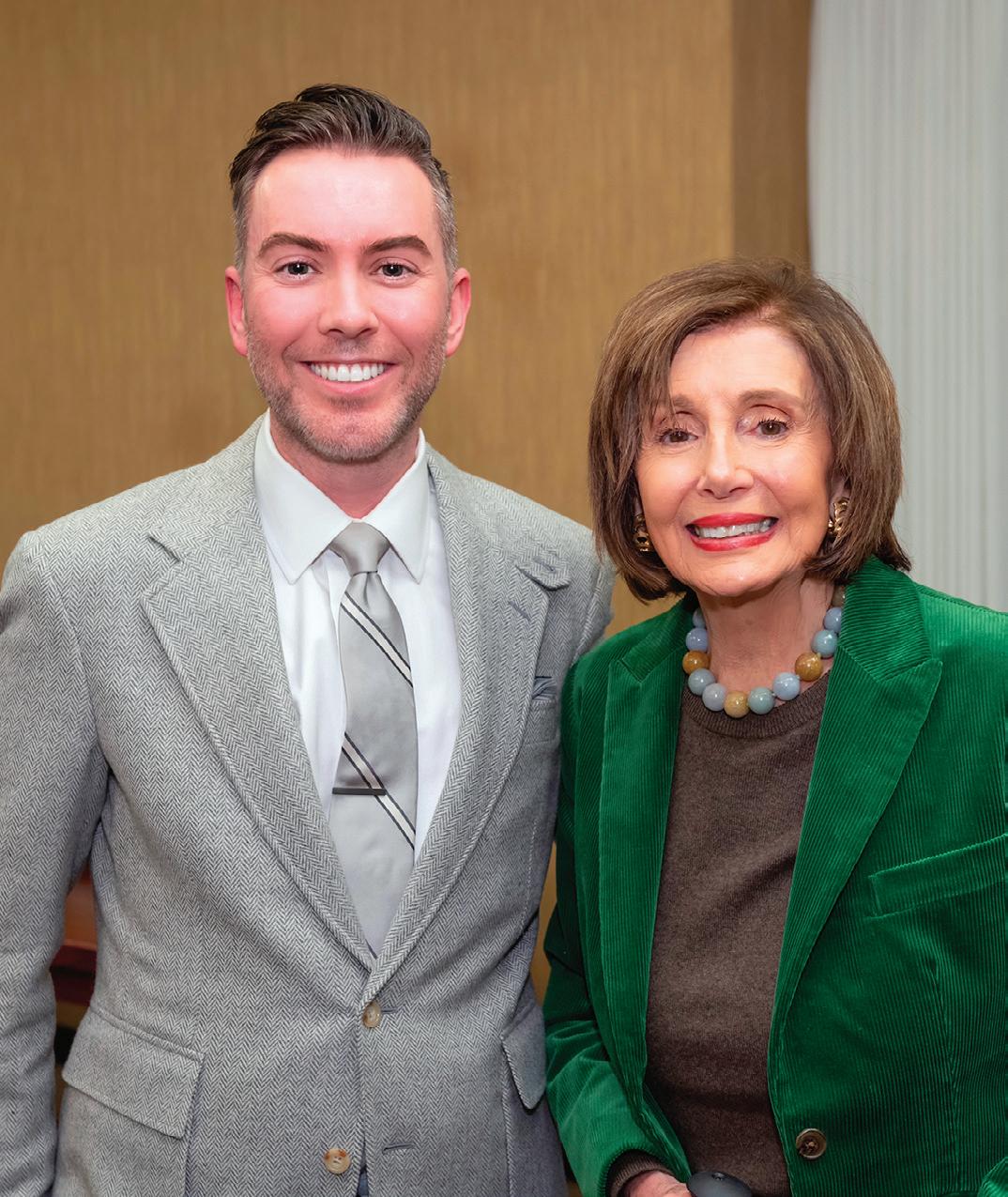
tion of the museum’s exhibits. Interesting artifacts include the bomb fuse safety plug pulled from the plutonium bomb dropped over Nagasaki, Japan, in 1945. There’s also Truman’s draft of the letter formally recognizing the state of Israel.
I was astounded by Thomas Hart Benton’s massive mural, Independence and the Opening of the West, which one must walk through to visit Truman’s recreated Oval Office. Truman even painted a bit in the corner himself. Regarding art, I also appreciated the original Norman Rockwell painting, Family Squabble, depicting the bitterly divisive 1948 Presidential campaign via an argument between a husband supporting Dewey and a wife supporting Truman. It felt so oddly contemporary.
Another room I found fascinating was one dedicated to the extensive White House renovation overseen by Truman. In 1948, a leg of Margaret Truman’s piano fell through her upstairs bedroom floor when a major support beam broke. Engineers declared that the 1820s structure was barely standing, and extensive repairs were required. The fateful beam is onsite overhead, and photos capture a skeletal White House with bulldozers and dump trucks inside its dirt-floored, gutted shell. The Trumans lived in nearby Blair House during the four years of interior reconstruction.
Various other exhibits bring visitors into the drama and com -
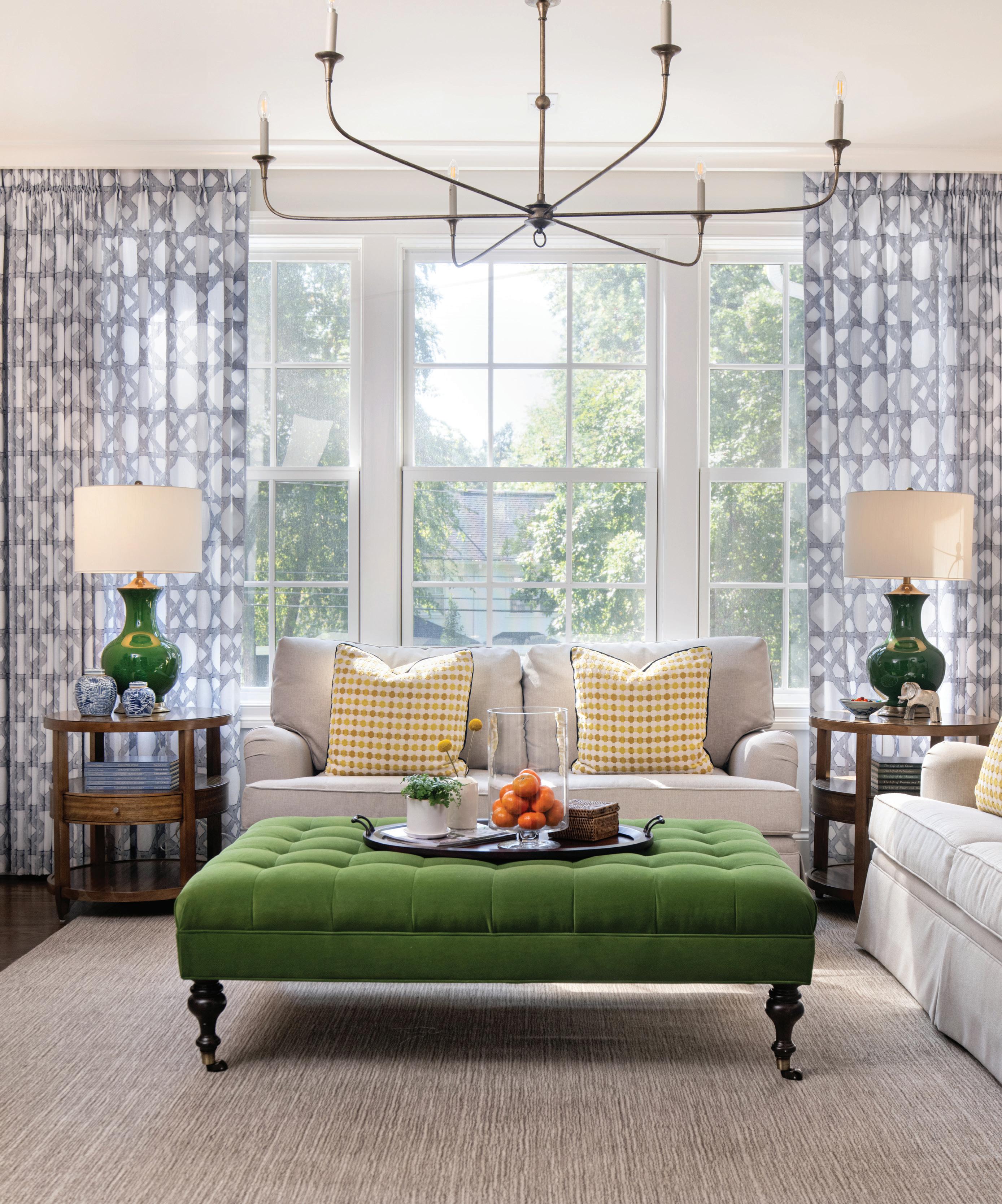






plex decision-making that filled Truman’s presidency. One can get a sense of the struggles of war and the even harder work of peace. There are numerous interactive features where visitors can step back in time to experience some of Truman’s most difficult decisions, including dropping the atomic bomb, recognizing the state of Israel, and desegregating the military.
I am so grateful to my guide for the day, Kim Chamberlin. Her joy, deep knowledge, and ability to connect decades-old challenges with those we somehow find ourselves facing today were so enriching to my experience.
While a Truman Library tour had long been on my to-do list, admittedly, I was there for another reason. The Truman Library Institute (the nonprofit partner of the Truman Library) was hosting a book conversation for former U.S. House of Representatives Speaker Nancy Pelosi. Her new book is The Art of Power: My Story as America’s First Woman Speaker of the House. The Institute invited me to attend the event, and I delightedly accepted.
Across the library’s 67-year history, it and the institute have hosted an impressive array of diverse voices and viewpoints. It was my honor to participate and also have some time with former Speaker Pelosi prior to the event. My takeaway: she is warm, bubbly, sharp, and wickedly humorous. Diminutive in size, but not presence. In one word, unflappable Needing no introduction, Nancy Pelosi has served in Congress for 38 years, achieving the highest levels of political success. As House minority leader, she became the first woman to lead a major party in either chamber of Congress and made history again as the first woman to become Speaker of the House of Representatives. Across her time in Congress, she’s witnessed a lot of change. When she took office in 1987, 23 women occupied the 435 House seats. Today, that number has increased fivefold. I can still vividly remember watching the State of the Union address in 2007—as I do every year—when President George W. Bush said the words: “Tonight I have the high privilege and distinct honor of my own as the first president to begin the state of the union message with these words: Madam Speaker.” In a rare moment, everyone rose in bipartisan applause. And, yes, I cried.
It was clear from the outset that this particular visit was personal to Pelosi. As a daughter of the mayor of Baltimore (and later Congressman), she lived in a household where it was not uncommon to host or rub shoulders with sitting presidents. Harry Truman was one president she met on several occasions during her childhood and adolescence. He left such an impression on her family that his portrait held a prominent place in their home. As she described it, they used it not only to measure their height, but also their values.
In Truman’s post-presidency, as he was campaigning for Pelosi’s father, she recalled the topic on which he hammered most feverishly: “education, education, education”—she said. “Education is everything.” So, it is fitting that Truman’s legacy lives on today at this institution of learning. Anecdotes like these, from someone who actually knew Harry Truman, felt pricelessly poignant.
The conversation with Pelosi was guided by Kansas City’s own treasure, David Von Drehle. While his questions served as thoughtful guideposts, Pelosi scarcely needed conversational handholding. She
spoke extemporaneously for more than an hour with but one note—a quote. It was a quote by Truman as he signed the North Atlantic Treaty, establishing NATO. Yeah—he also did that.
“I should have tripped on that nasty, rippling carpet and sued them for dangerously bad taste.”
She closed by conveying what an honor it was for her to be sitting on the same stage where President Lyndon Johnson traveled to sign the Medicare legislation into law— an issue advocated for (but not entirely completed) by Harry Truman. Truman was enrolled, on this stage, as the first Medicare beneficiary and presented with the first Medicare card. A historic moment. Less than a decade later, President Truman would lie in state on the same stage. “Let us be inspired by him,” Pelosi said. “An ordinary person doing extraordinary things. Deep values, a beautiful vision—a wonderful president of the United States. How fortunate we are to be present in a place where he went on to heaven. Let us pray that God blesses America.”
SPOTTED: Congressman Emanuel Cleaver II, Congresswoman Sharice Davids, Mayor Quinton Lucas, Mayor Rory Rowland, Alex Burden, Mark Adams, Nancy Lee & Jonathan Kemper, Charlotte Kemper Black, Sue & Lewis Nerman, Sarah Rowland, Madeleine McDonough & Cyd Slayton, Maureen McMeel Carroll, Kelly Anders, Melesa Johnson, Pam & Gary Gradinger, Jamila Weaver, Debby & Gary Ballard, Sarah & Jon Baum, Dan Meiners & David Brinkerhoff, Julie & Pete Browne, Jim Blair, Kevin Hancock, Kevin Bryant & Tom Suther, Hilda Fuentes & Allan Gray II, Jen Macias-Wetzel & Richard Wetzel, Betsy & Tim Triplett, Guy Townsend, Sheryll Myers, Mark Allen Alford, Jr., Bernard Shondell, Richard Hull, Pamela & Irvin Bishop
ON A FRIDAY AFTER WORK, I devised an evening of much-needed catching up with friends. I met Lee Page and Kurt Knapstein for pre-Symphony bites and drinks at the new Mineral Lounge. Conveniently across Broadway from the Kauffman Center for the Performing Arts, it’s the perfect gathering spot for a pre-theater experience. Mineral Lounge is operated by the same folks as nearby Tannin Wine Bar & Kitchen and features a distinctively Mediterranean menu. Being our first time, we cast a wide net for our sampling. We enjoyed every last bite of the stuffed Italian sausage meatballs, the heirloom tomato bruschetta, the olives and feta, dolmas, Spanish tinned fish, ahi tuna crudo, and lamb kofta. Mineral has an extensive wine selection, understandably, but we opted for some of the signature cocktails. My Anar & Smoke with mezcal, amaro, pomegranate, lime, and rose was my idea of perfection. I also sampled the Autumn in Istanbul, which is made with whiskey, apple ginger juice, black cardamom, sumac, honey, and lemon

and was equally impressed. I highly recommend this spot; I will return again and again.
We gathered that evening for something new the Kansas City Symphony is offering, and I’d been eager to experience it. One Friday each month, the symphony performs a shorter-format concert, followed by a social experience in the glass-sheathed great hall.
For this iteration, we were thrilled to see Conrad Tao’s mesmerizing piano skills in action as he performed Beethoven’s Piano Concerto No. 1, a work that Beethoven composed as a showpiece for his talents. It’s a work that harkens back to Haydn and Mozart, while hinting at what’s in store for future Beethoven. With no intermission in this abbreviated format, we plunged right into Beethoven’s Symphony No. 7, composed while Beethoven was focusing on his health in the spa town of Teplice. At its debut, he believed it to be one of his finest works.
Following the performance, guests gathered for complimentary cocktails and mingling. Matthias Pintscher, the symphony’s highly acclaimed new music director, joined us, and it was a thrill to catch up on how he’s acclimating to life in Kansas City (exceedingly well, I can report). I can also attest that the orchestra has a fresh new glow; a renewed sense of vibrancy and joy.
Going into all this, I somewhat cynically imagined two things. 1.) Very few guests
would stick around after the performance, and 2.) I’d sense a mingling obligation from the musicians, and that they’d rather be packing up for home. I was entirely wrong on both counts. Nearly everyone—orchestra and guests—stayed to mingle. My friends and I ran into so many familiar faces. Those from the orchestra were beaming with excitement from their performance and this rare opportunity to interact with their (highly complimentary) audience. A piazza is, of course, a (typically European) small-town square where people gather and converse. And that’s precisely what the symphony has created here. It was a rare, pulling back of the social curtain, allowing artists and patrons to mingle—a beautiful thing and a unique experience. It was the perfect way to kick off a weekend and a new twist on how one can enjoy our celebrated Kansas City Symphony.
[At a pharmacy counter on Friday evening] “Are you allowed to drink alcohol with this?”

So, KC—where do you want to go? XO

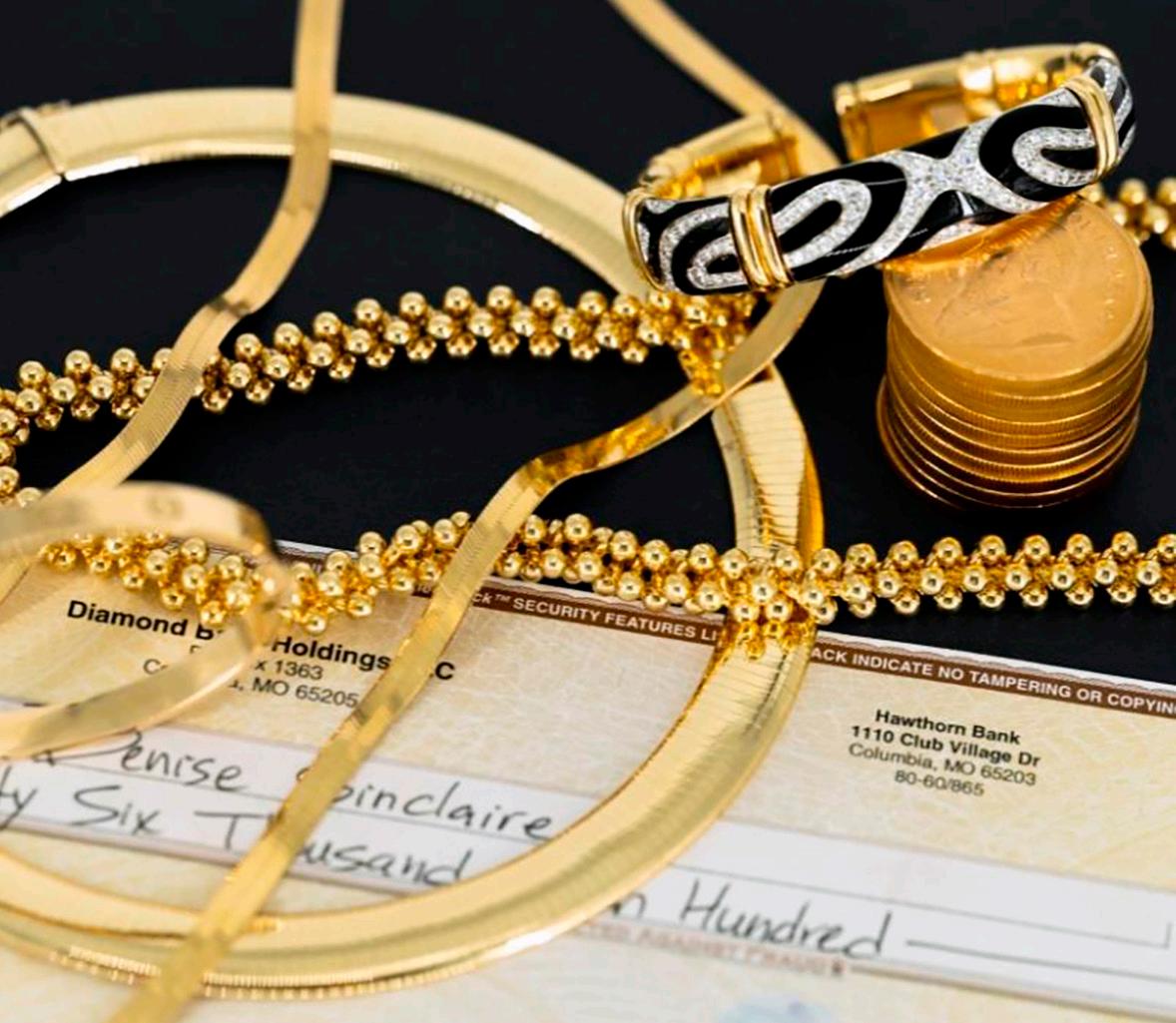
INuncertain times, people naturally turn to what they can depend on.
When jobs, interest rates, and even the price of groceries seem unpredictable, we all seek something steady.
For centuries, that steady constant has been gold.
Now might be the perfect moment to let your outdated, unworn, or hardly-missed gold pieces start working for you.
“Gold prices just reached nearly $3,000 an ounce, the highest value we have seen for gold,” says Sicily Von Overfelt, director of Diamond Banc in Kansas City. “In 2007, gold was $600 an ounce,” she says. “During COVID in 2020, gold reached $2,000 an ounce, and it has gone up even more after the presidential election.”
GOLD: THE LIQUID ASSET YOU CAN RELY ON WHEN YOU NEED IT MOST
Unlike real estate, stocks, bonds, and works of art, gold is a much more liquid asset. You can sell it quickly, if you know where to go
and whom to trust.
Recently, Overfelt helped a customer facing a difficult situation. Her elderly mother had been admitted to a memory care facility, and hospice care was now required. The family was overwhelmed, struggling to cope with the emotional toll and the staggering $8,500 monthly cost of care. “She brought in about 30 pieces of old gold jewelry, and we went through each item together,” Von Overfelt explains. “I carefully itemized the value of every piece. In the end, she chose to sell several of them. Once the decision was made, I wrote her a check, and she left feeling a little more at ease.”
In as little as 30 minutes, you could sell your gold and walk away with the proceeds. It’s that easy.
It’s this kind, caring, discreet, and professional customer service that sets Diamond Banc apart. Once you make an appointment and come in, there is no pressure to sell. You will get a free valuation on


the gold jewelry you bring. You may decide to sell that day, you may not. Whatever you decide, you will know that Diamond Banc’s long history and reputation are also things you can count on.
Overfelt sees both longtime clients and those newly referred to her by other longtime clients. “On any given day, I usually have six to eight appointments with people wishing to sell their jewelry,” she says. “They know that relationships really matter in this business. Not only my trusted relationship with them, but also Diamond Banc’s large network of global relationships with retailers and buyers. Our clients know that we’re committed to transparency in what we do, our expertise in examining valuables, and our pledge to maximize the value of their special pieces.”
In the jewelry and financial space, transparency is the foundation of trust. Traveling gold and jewelry buyers who set up shop for a few days at a local hotel often operate with a “lowest o er” approach— testing how little you’ll accept and hoping you’ll agree. By the time you reconsider, they’re already gone, leaving no opportunity to revisit your decision.
“In contrast, Diamond Banc takes a di erent approach,” says Overfelt. “We don’t operate with a ‘take it or leave it’ philosophy. Instead, we educate our clients on the realities of the current market and walk them through how we determine value.” This allows customers to make informed decisions about whether the current market value aligns with their needs. After all, the market is always evolving.
“Now is an excellent time to sell your gold jewelry,” says Overfelt. Diamond Banc provides a service that is discreet, professional, and tailored to each client. Whether you’re looking to “liquify your luxury” or access significant capital for a short period of time, Diamond Banc of Kansas City is there to assist.

Sicily Von Overfelt is a GIA Diamonds Graduate with over 16 years of experience in the jewelry industry and 10+ years with Diamond Banc. She began her career in retail diamond sales, where she gained extensive experience with designer brands, the intricacies of the diamond market and providing luxury client experience.
Sicily is the Director of Diamond Banc in Kansas City, authenticating and purchasing pre-owned luxury designer jewelry, diamonds, and watches from the public.

sicily@diamondbanc.com


by Judith Fertig
Elemental. That’s the word that comes to mind when you see Erica Iman’s work. “I’m still curious as to why a smooth river stone can make me feel at peace, or how a broken clump of dirt makes me feel connected to the natural world,” she says.
Iman makes hand-built, one-of-a-kind vessels that are often reflective of forms or fragments found in nature. She enjoys the raw material properties of clay and minerals and is continuously experimenting with these materials and processes to advance her work.
In 2005, between earning her BFA, BSE, and MFA degrees, she served two years in the Peace Corps at Mongolia’s Eastern Steppe teaching English and gardening while exploring the Gobi Desert and Altai Mountains. In 2007, she was a selected participant in the International Workshop for Ceramic Arts in Tokoname, Japan, spending the summer studying contemporary and ancient Japanese pottery and culture.
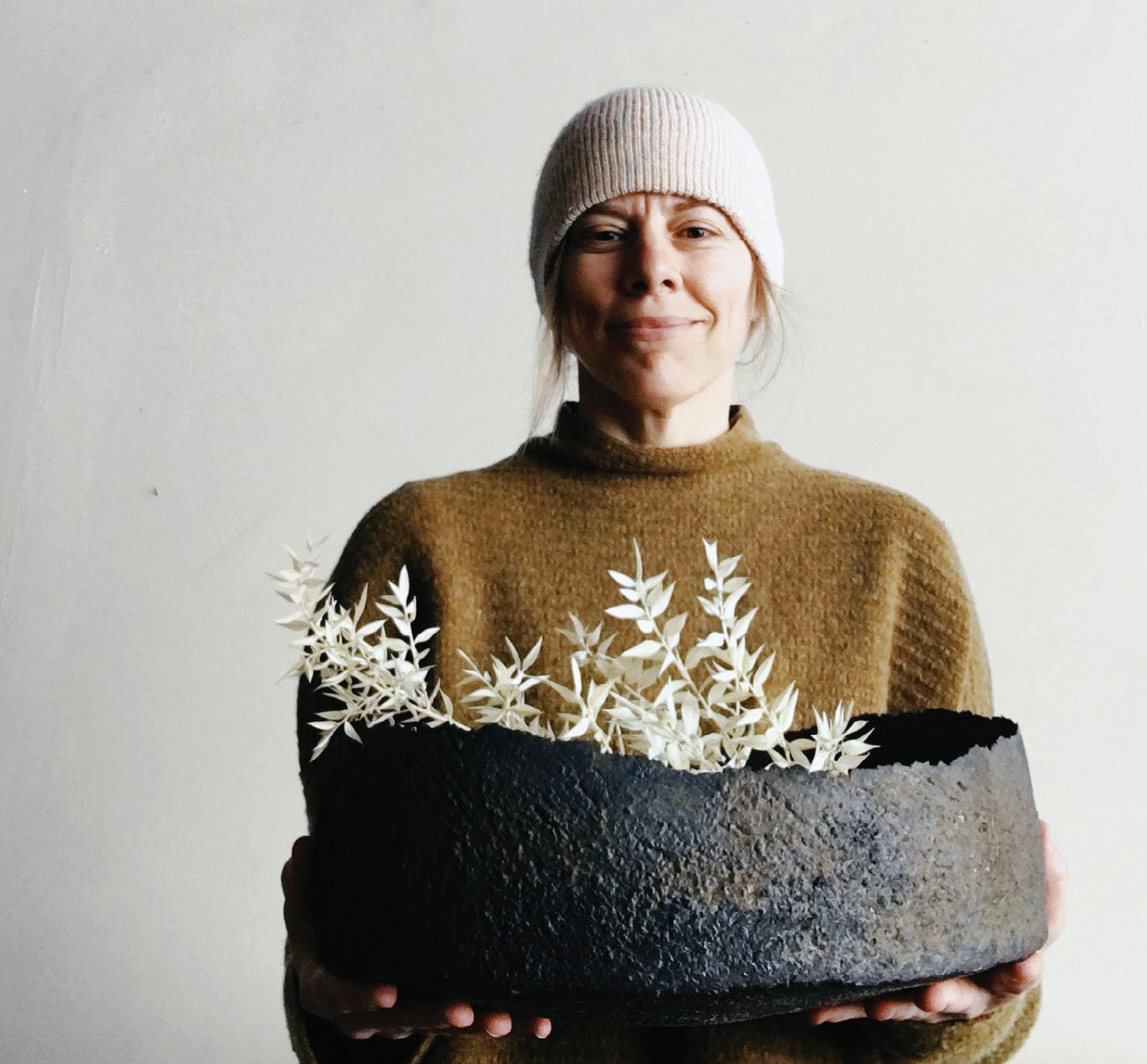
Iman recently set up her studio on nine acres in the hills north of Lawrence, Kansas. She is also a founding member of KC Urban Potters. She and her husband, Eric, who is the studio manager for Erica Iman Studio, plan to build their new studio space to include a gallery/ showroom and create a residency program there. Her studio is open by appointment, and she will be at the Brookside Art Fair and Plaza Art Fair in 2025. ericaiman.com
INKC: How did working with clay and minerals become the medium for you?
Erica Iman: First of all, the materials are absolutely beautiful. I love experimenting with different clays, crushed stones, metals, and oxides, finding their inherent properties, such as patterns or textures that are naturally created. I often mimic processes found in nature, such as wa-
ter erosion, creating cracks from extreme drying, or experimenting with freezing and thawing the materials. The firing of the materials is a whole other world of experimentation, as the materials chemically interact with one another in the heat and cooling.
Similarly, my paintings explore how finely ground black iron oxide will flow and separate into beautiful branching fractals when mixed with water and poured onto a somewhat absorbent surface. In both mediums I’m fascinated by the natural cracking and breaking that forms the edges and lines in my work, mimicking landscapes and geological structures. Specifically, in the firing of my ceramic work, crystal structures form depending on subtle changes to temperature and cooling. There’s a feeling of alchemy in my creative process that is endlessly exciting, especially when an experiment results in a beautiful piece coming out of the kiln.
While I was in school studying art education I took a ceramics class.





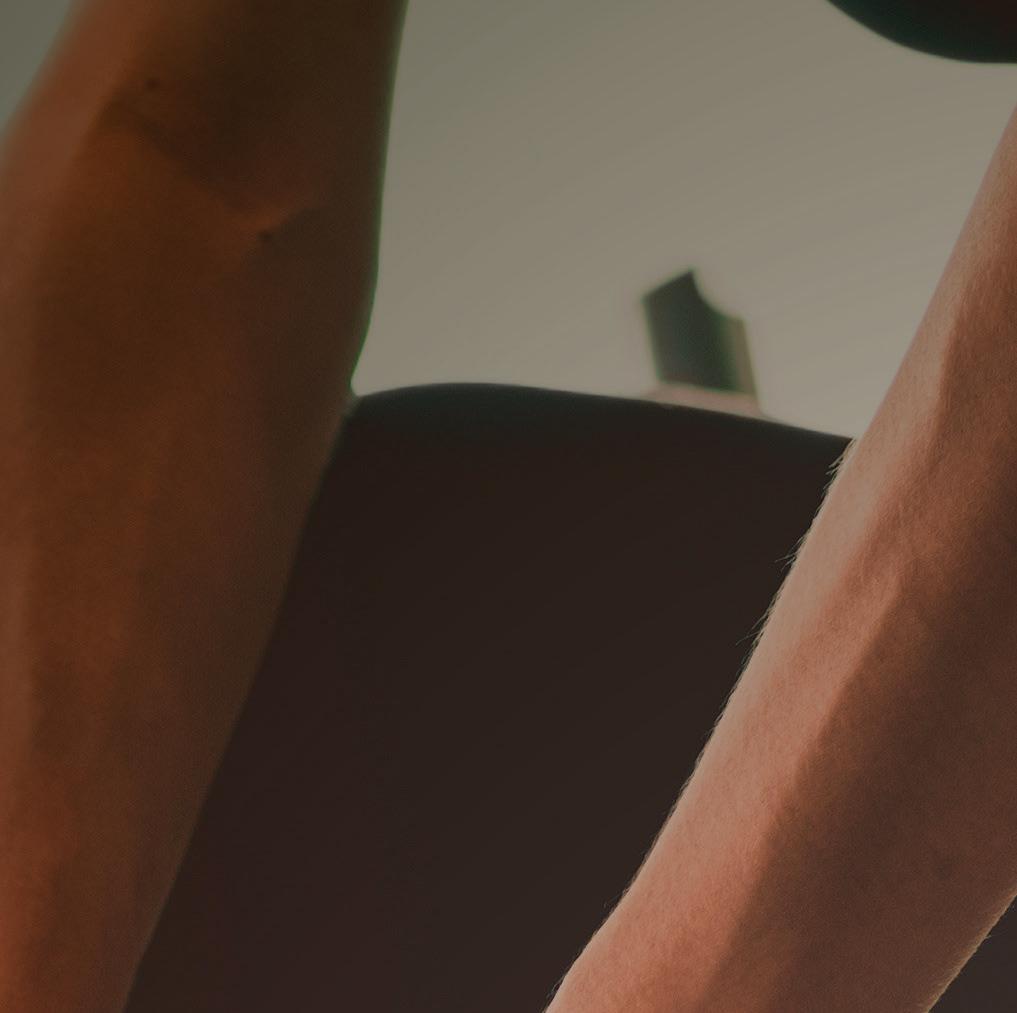












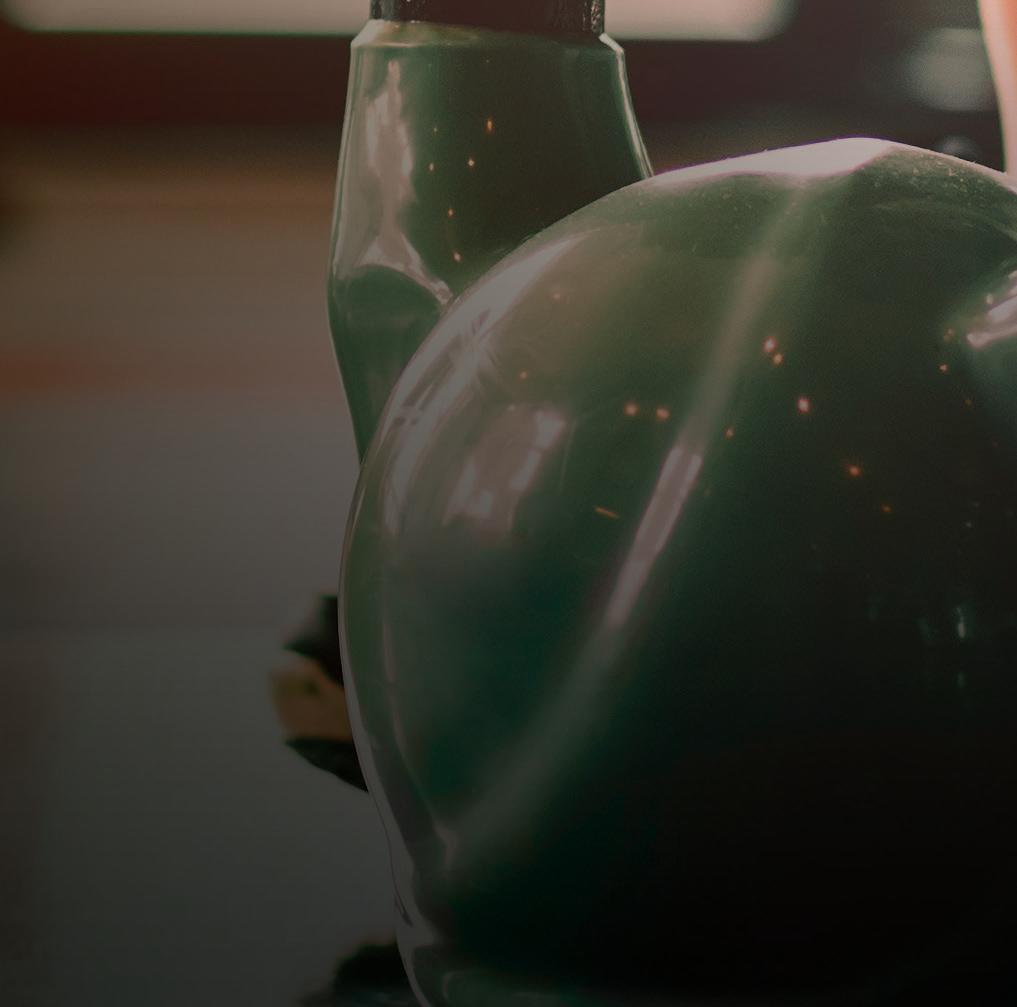
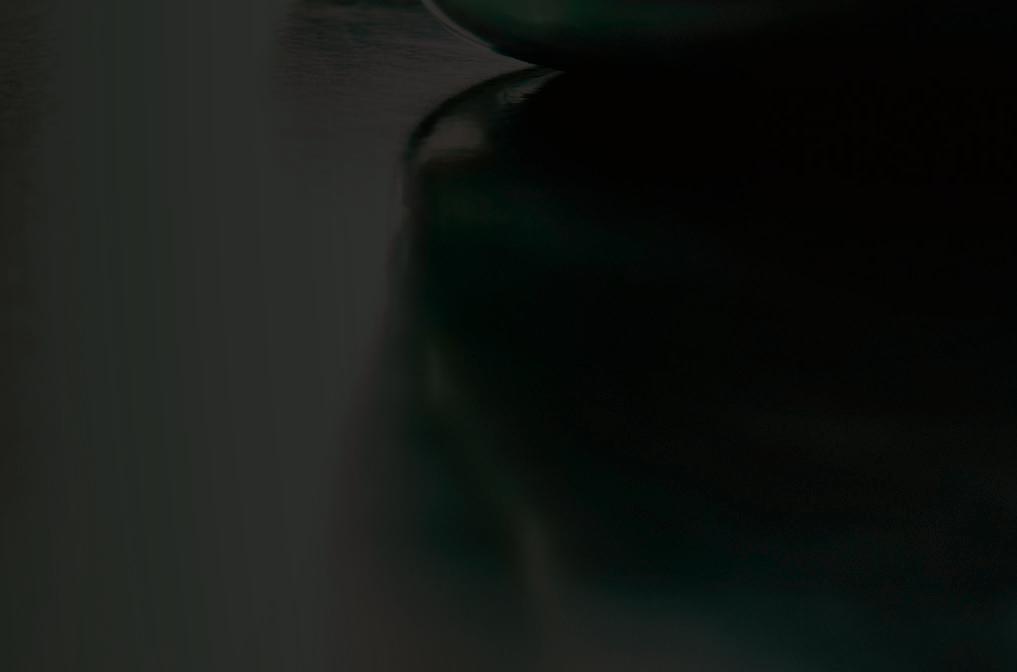
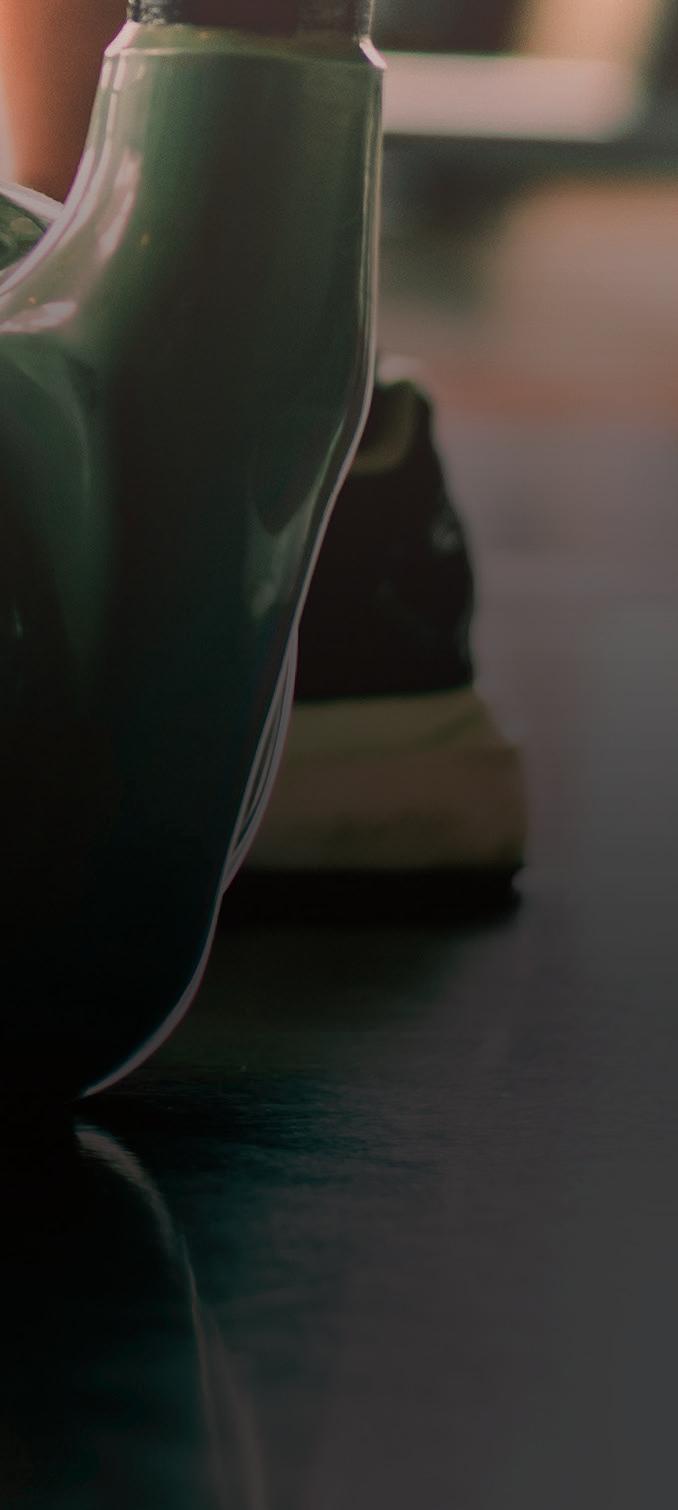

I loved the physicality and labor of making with clay and how responsive it was to my actions, and then the magic really struck when we red our work in the wood- red anagama kiln. We kept the re going day and night for about 70 hours, stoking wood into the kiln and watching a river of ame work its way over the pots. at experience was unlike anything I had experienced before. e works that were buried deep in the ashes of the rebox were crusty and textured, looking as if they were excavated from the depths of an ancient ocean. I’ve been searching for that same feeling in my work for over two decades now, and it is an endless and exciting exploration.
INKC: How does your time spent with the Peace Corps resonate with you still?
EI: e two years that I spent in Mongolia taught me how much the landscape and natural aspects of a place are re ected in its people and culture. e vast open spaces, seemingly endless horizons, uninterrupted by billboards or construction, created a sense of calm presence. We took a trip across the entire span of Mongolia, camping in these remote outposts in which there was not another human in sight, bathing in crystal clear frigid lakes, while getting to experience landscapes from steppe land, to desert, to the rocky Altai mountains of the west. I still picture the distant horizons and feel the peaceful meditative landscapes to this day, and I can nd a bit of that in most of my artwork as well.
As for landing in Kansas, we travel a lot with my work, doing art fairs and workshops across the United States, so there’s a strategic aspect to it. Also, I grew up in a rural community in north central Missouri, and have family in the Kansas City area, so the Midwest feels like home.

We recently bought a little bit of land north of Lawrence with a house and studio, and it feels like the perfect place to create an artist residency. Also, it allows me the room to expand the size and possibilities in my work. We had lived in Kansas City for over ten years and love that we were able to nd a place close enough to the city to stay in the amazing KC art community, along with everything else that KC has to o er.
INKC: Do you involve your family in your business?
EI: My husband has taken a hiatus from the auction business and joined me in the studio, helping manage the art fairs, and prepare panels for my paintings. We have a 9-year-old daughter who often goes on the road with us. It has turned into a full family production!
As a creative person, what would be the perfect day for you?
EI: I love starting my day in the dark, getting up in the morning and making co ee, seeing the stars still out the south window. I’d sit by the re in the wood stove and listen to a guided meditation, and then do a little writing. Next, I’d go out to the front porch swing and watch the sunrise, spend the next hour sketching and coming up with ideas for new work and experiments. en I’d go for a little hike in the hills, and nally make my way to the studio. After eating a light lunch outside of the studio with my family, I’d spend some time creating new, weird, risky pieces that I didn’t care if they completely failed—a complete luxury! I’d then join my daughter working in the garden, or building a fort, or taking another hike, and we’d end the day with good music, dinner, and a soak in the (yet to be installed) cedar hot tub under the stars. at would be perfectly wonderful!



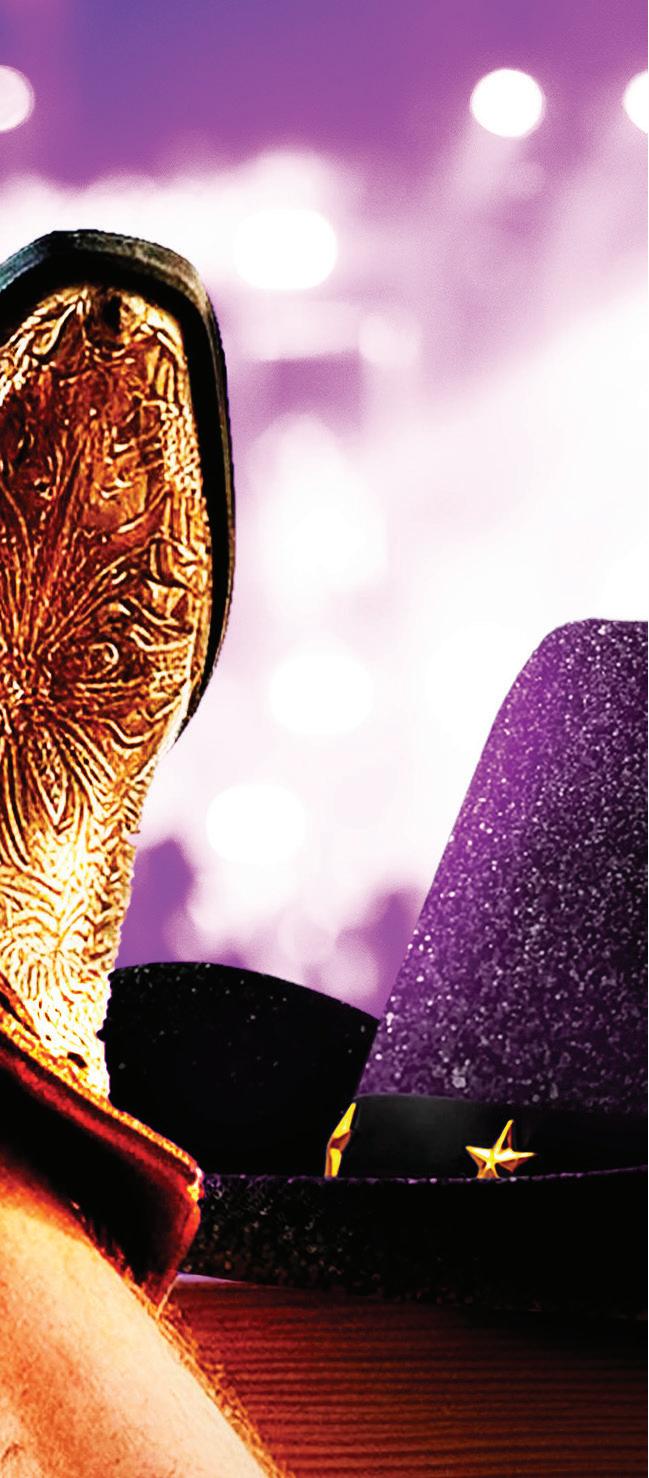

FREEDOM EQUALITY CIVILITY HEALTH COURAGE
INTEGRITY OPTIMISM PROGRESS AMBITION
ACCOUNTABILITY HISTORY HAPPINESS AMERICA DEMOCRACY VISION EDUCATION
PEACE PATRIOTISM HONOR DETERMINATION
DUTY UNITY SERVICE COMMUNITY LIBERTY
FREEDOM EQUALITY CIVILITY HEALTH COURAGE
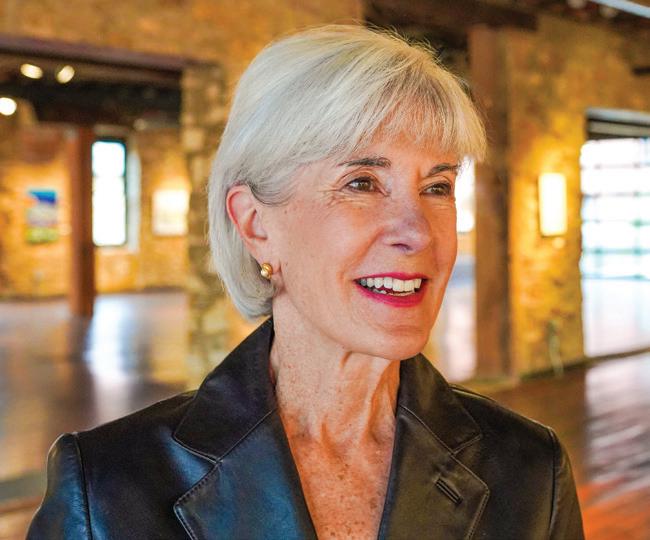
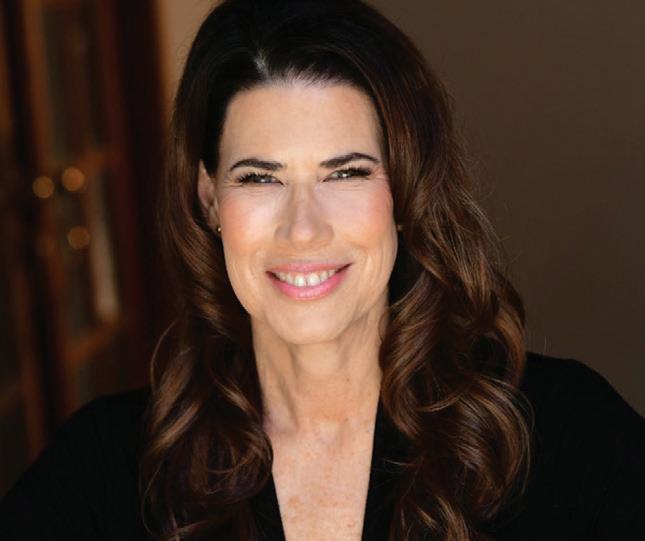
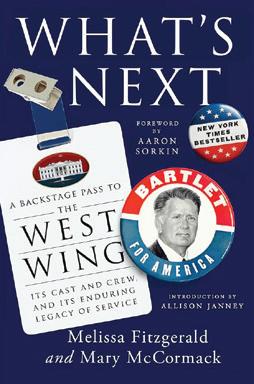
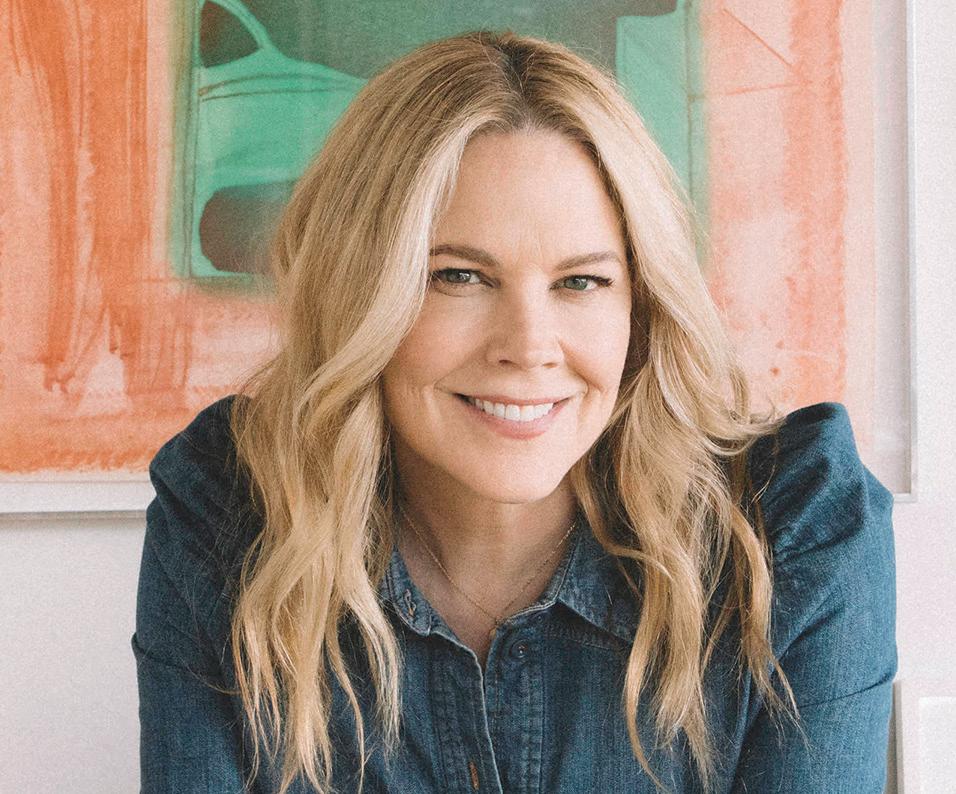
THURSDAY, APRIL 24, 2025
HONORARY CHAIRS
CARLA AND DANNY O’NEILL
EVENT CO-CHAIRS
POLLY AND JEFFREY KRAMER, M.D.
BRIDGET MCCANDLESS, M.D. AND DENNIS TAYLOR
HONOREE
THE HON. KATHLEEN SEBELIUS
KEYNOTE SPEAKERS
MELISSA FITZGERALD
MARY MCCORMACK
Cast members and co-authors of What’s Next: A Backstage Pass to The West Wing
PRESENTING SPONSOR
TRUMANLIBRARYINSTITUTE.ORG/WILD
by Judith Fertig
SYMPHONY GOERS, symphony goers, wherefore art thou, symphony goers?
They will be schmoozing at the Kansas City Symphony’s new, breezier concert format—the Friday Symphonic Piazza Series that debuts March 14 at 8:00 p.m. at the Kauffman Center for the Performing Arts.
Gemma New is the guest conductor, while oboist and Shirley Bush Helzberg Chair Kristina Fulton performs Czech composer Bohuslav Martinů’s Concerto for Oboe and Small Orchestra . And the Kansas City Symphony will wax romantic with selections from Sergei Prokofiev’s music for the ballet Romeo & Juliet . With a glass of wine in hand and the chance to mingle with other music-lovers, it’s like a cocktail party with wonderful music.
If you prefer the classic concert format, sitting down, not to worry. On March 15 and 16, the symphony returns and adds another piece to the program: Die Windsbraut by British-Russian pianist and composer Alissa Firsova.
For more information and tickets, visit kcsymphony.org.
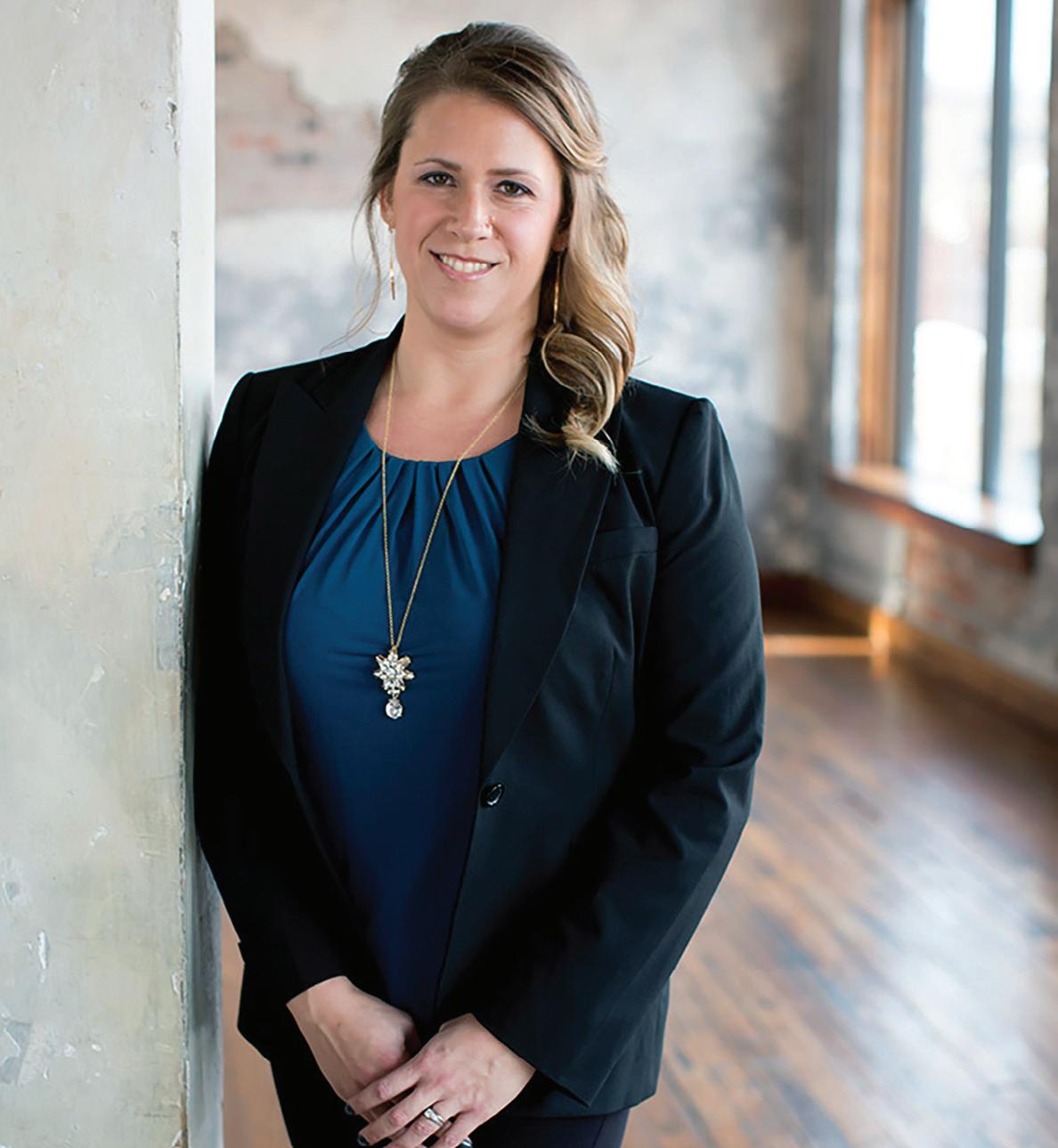





THE BELOVED Don Quixote, the man from La Mancha, leaps onto the stage via the Kansas City Ballet from March 21 through 30 at Kauffman Center for the Performing Arts.
Miguel Cervantes’s age-old tale follows chivalrous Don Quixote and his loyal squire Sancho Panza in a sunny romp through the Spanish countryside. Dynamic choreography and colorful costumes provide a visual feast. And, of course, there is a budding romance between the beautiful Kitri and the handsome Basilio, with plenty of humorous characters along the way.
Many consider Don Quixote to be the first modern novel, written over 400 years ago. In the picaresque tradition, the main character wanders the land having adventures, much like Cervantes’s own life, in which he fought in a Spanish duel, escaped to Rome, was injured in battle, abducted by Barbary pirates, held for ransom, and lived to tell the tale.
Choreographed by Anna-Marie Holmes with music by Ludwig Minkus performed by the Kansas City Symphony, this delightful ballet will charm all ages.
For more information and tickets, visit kcballet.org




by Judith Fertig
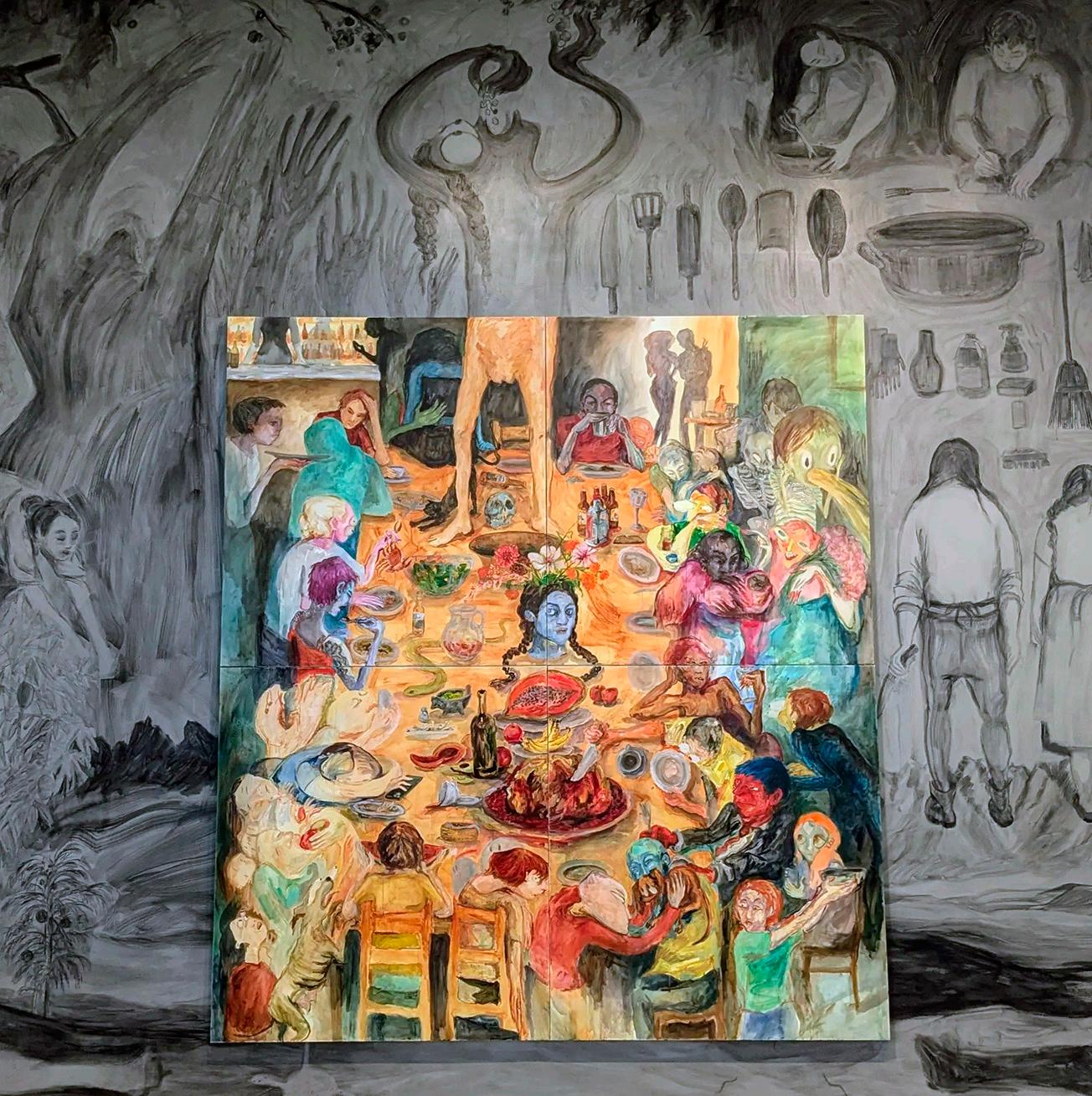
THROUGH JULY 13, the commissioned works of artist Lucia Vidales vividly fill the Atrium of Kemper Museum of Contemporary Art for the museum’s ninth annual Atrium Project, curated by Erin Dziedzic.
The theme is hambre, or hunger. Born in Mexico City, Vidales takes on many interpretations of hunger in both drawing and painting. In the iconic Last Supper, we see the apostles reacting to Jesus telling them that one of them would betray him. And there are more pictorial representations of dinner scenes, past and present, some in surrealist contexts.
Says Vidales, “In Mexico, where I live, as in other parts of Latin America, mealtime and after-dinner conversations are culturally very important and privileged spaces for social life. The time spent cooking, preparing meals, and all the activities that go into preparing a gathering are what is usually considered in the realm of female activities, and often part of unseen and unacknowledged labor. Those are also spaces for building close connections, solidarity, and enjoyment, gossip, confessions, and skill building.”
It’s all about who is preparing the meal for whom, when, where, why, and how. Together, Vidales’s paintings and drawings encourage us to consider historical imagery and how that could expand in contemporary art and life.
For more information on the exhibit, visit kemperart.org.

IS THERE LIFE BEYOND EARTH? It’s a question that humans have asked throughout time, and the subject of an ongoing exhibit at Linda Hall Library.
It’s also the genesis of a lecture on March 27 at 7:00 p.m. by Andrew Siemion, of the SETI Institute (Search for ExtraTerrestrial Intelligence). is nonpro t research organization, located in the Silicon Valley near the NASA Ames Research Center, continues to investigate the possibility of other life forms beyond our planet.
Astrophysicist and director of the Berkeley SETI Research Center, Siemion is also the lead investigator in UC Berkeley’s Breakthrough Listen program, which aims to decipher data from the Green Bank Telescope, with the help of interested people in the world’s largest citizen science projects. If you have a home computer and you want to start getting data from the telescope, you can sign up for SETI@home (visit seti.berkeley.edu/listen for information).
In Breakthrough Listen: e Search for Ourselves Among the Stars, Siemion will describe recent advances in astronomy and astrobiology that are propelling us toward the answer, including the most comprehensive, sensitive, and intensive search for extraterrestrial intelligence in history—Breakthrough Listen.
For more information about in-person tickets or a link for streaming, visit lindahall.org.















































































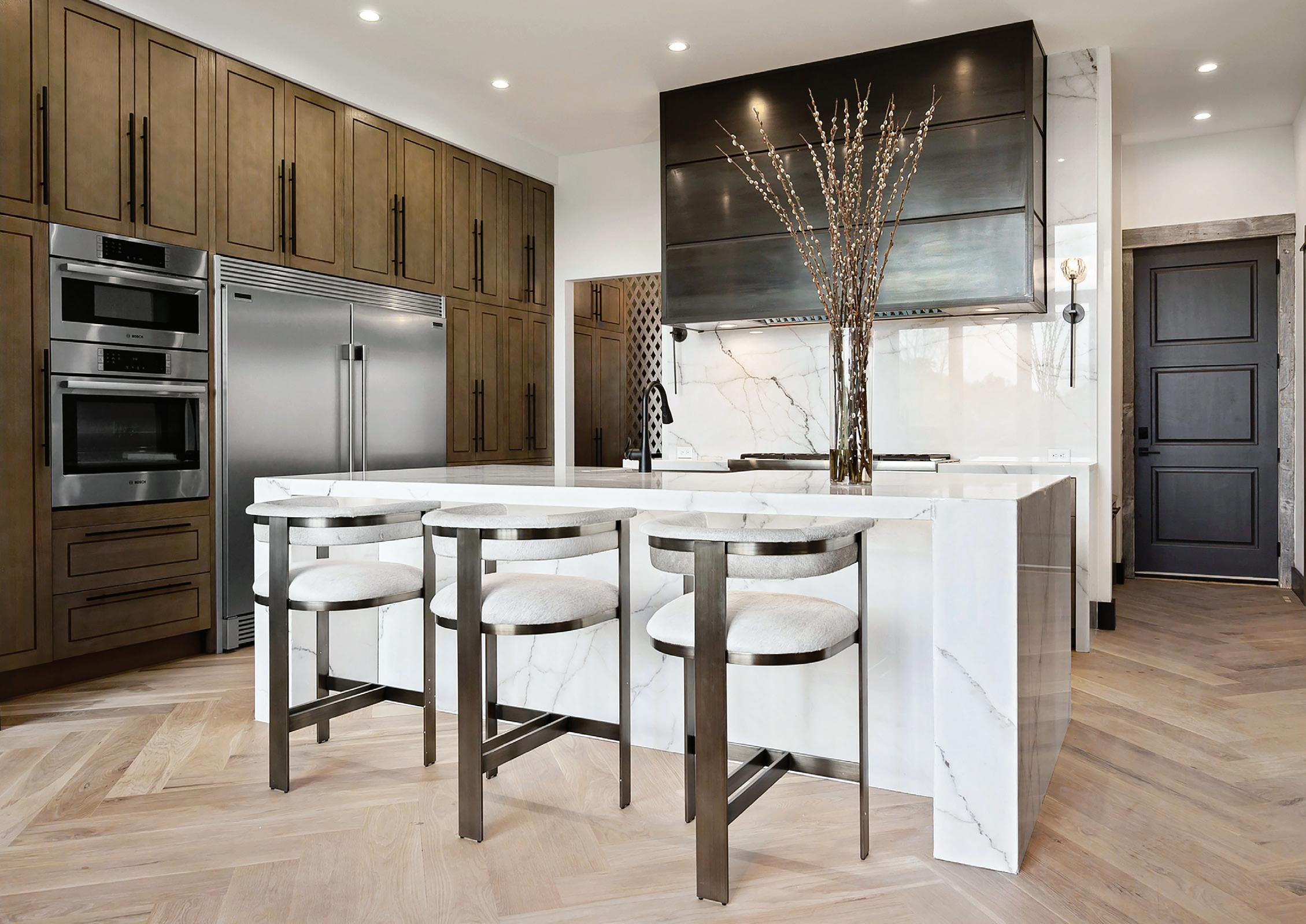
By Judith Fertig Photos by Randy Van
We live in a time of constant change. It can make us anxious and unsure of the future.
The only thing we can control is how we face it. One way to counteract this uncertainty is to make our homes a haven, a place where we live well and feel good. Our home nourishes our spirit, inspires our minds, and enhances our connection to ourselves and our loved ones.
The one room in the house that most embodies living well and feeling good is the kitchen. Everyone involved in a kitchen renovation wants it to be beautiful yet still be practical.
And we also want our kitchen renovation done right. Many Kansas Citians have turned to Karin Ross of Karin Ross Designs, known for her “timeless elegance” approach, creative space plan-
ning, and attention to detail.
“Today, your kitchen is the primary living space. Make everything custom, very high quality, for the way you like to live,” Ross suggests. “Choose elegance. Big islands. All of that never goes out of style.
Because things change all the time, there is never that perfect time to take on a kitchen remodeling project. “If you ask me when the best time is to remodel, it is now,” says Ross. “The cost of product and labor will not be going down. You have to weigh that against the cost of not doing what could bring you and your family joy right now. Waiting is not in your favor.”
Ross and her team regularly go to trade shows and markets debuting the newest appliances, colors, and products. “More than ever, it’s important to work with the right people who know the products, the layout, the best flow. Once we touch the kitchen, the room will feel completely new,” says Ross. “Every house has a way,” says Ross. “You just have to find the way.”
An extensive questionnaire for clients and an on-site visit gets the process going. “We get to know our clients and their home first, then present them with several design options and solutions,” says Ross, “after I have done all the research.”
There may be underused spaces that could benefit from a rethink. If you have a dining room you only use a few times a year, “You don’t want a museum you rarely visit,” Ross says. “Instead, combine the kitchen and dining room. Maybe revamp the dining room into a more intimate conversation area that can function for a small dinner party or a place to escape while others watch a movie or a game in the living room.”
When you work with a kitchen and bath designer, says Ross, it can save you time—and money, not to mention stress. “We try everything we install before we put it in a client’s home,” says
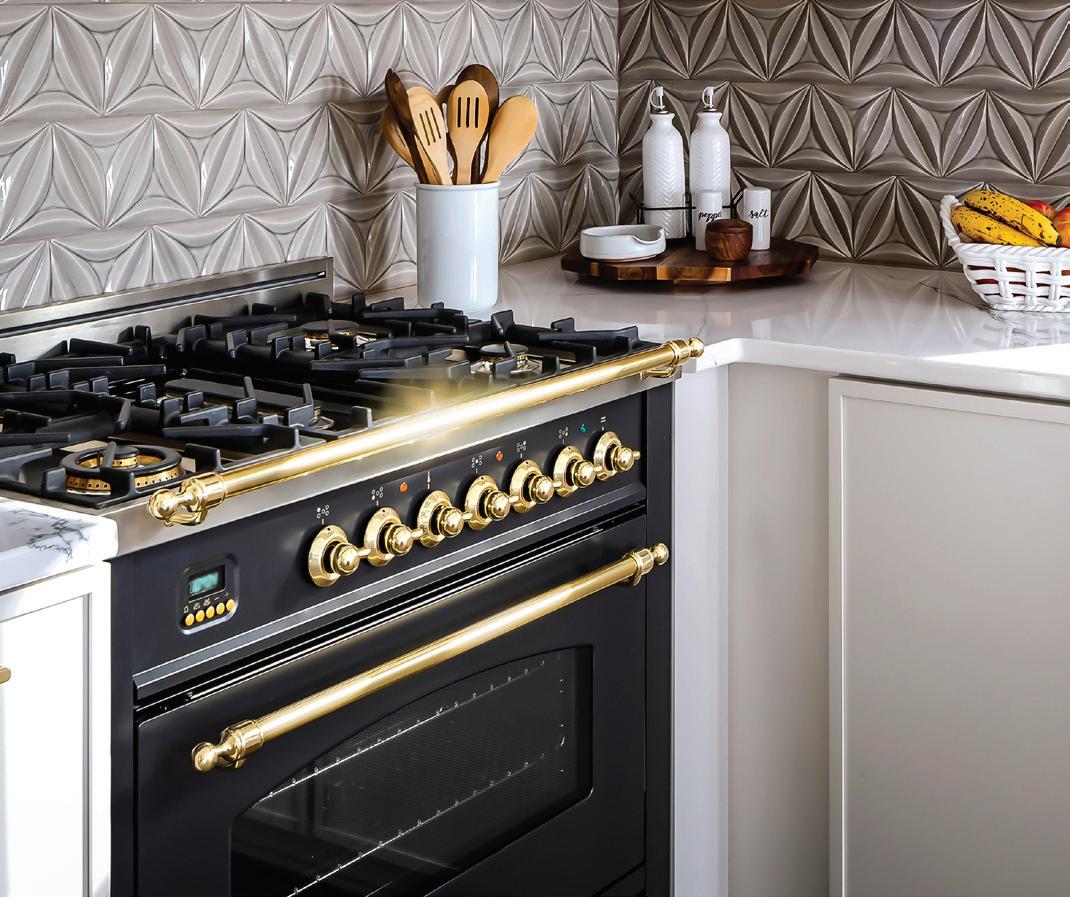
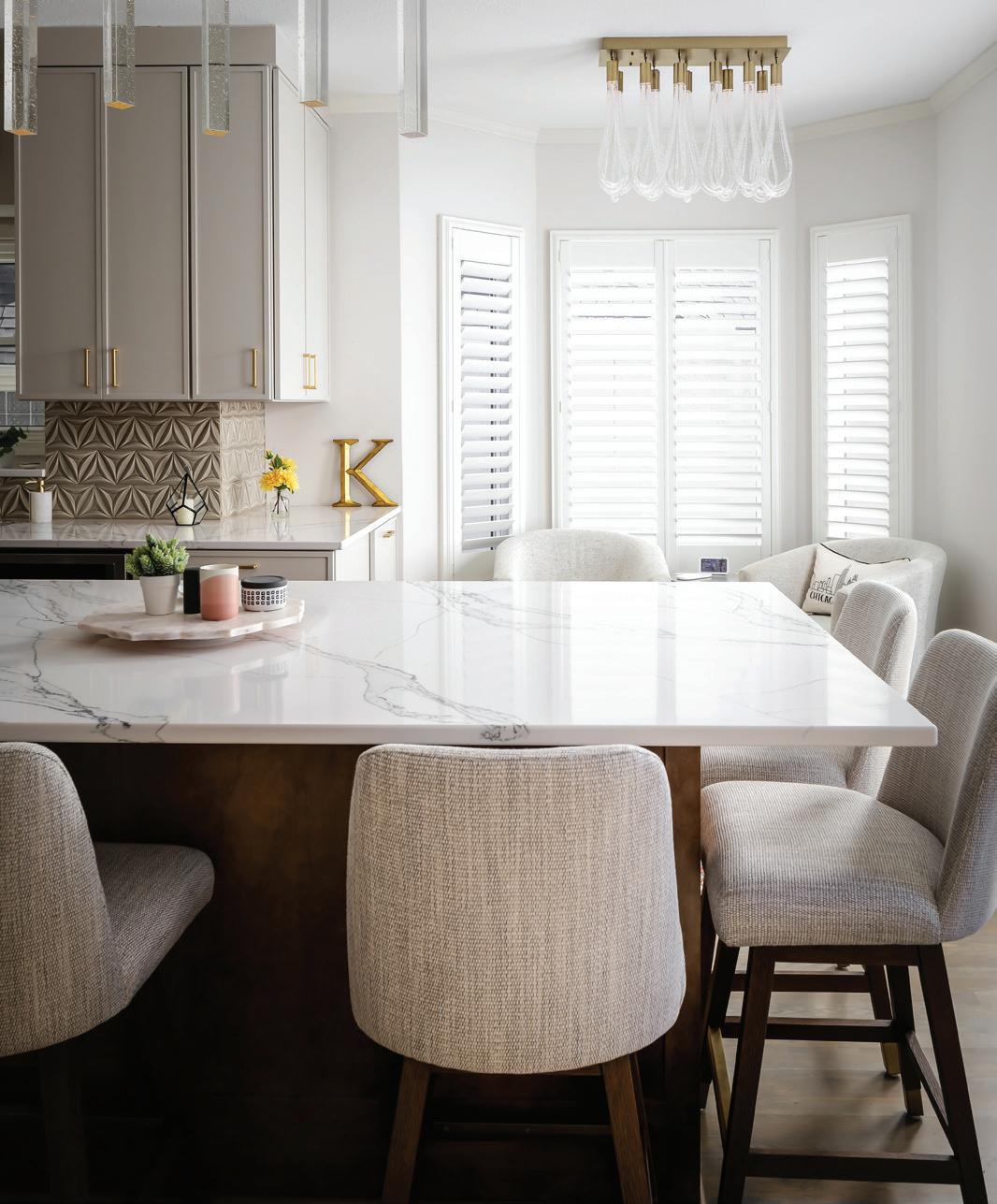
Ross. “We try it in our home or in our showroom. That way, there are no surprises.”
There are no surprises, either, during the installation. Karin Ross Designs keeps products in stock, so no waiting. And Nick Ross, Karin’s husband, does the installation work with his team. “Our clients know we will take care of it all,” she says.
As trends come and go, keeping a timeless elegant look and investing in good quality pay off, now and in the long run. “A kitchen remodel should last for 15 to 20 years,” says Ross. “And after that, if it is done right, you should only need a few replacements to keep it functioning well and looking great.”
“When you decide to remodel, think of what you can enjoy now, and trust that if the design is done right, the value will still be there when you sell in the future,” says Ross.
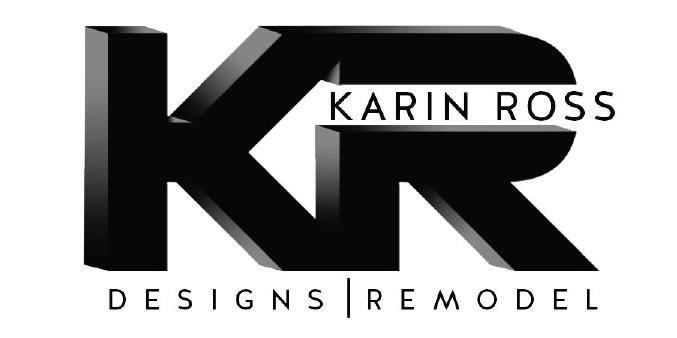
The crossover between interior design trends and fashion trends has always been there, it’s just with TikTok and other social media, it’s more obvious, and it’s happening much more quickly now.
Simplicity, quality, elegance. Easy to say, more di cult to carry o . It’s all about the materials used with an emphasis on craftsmanship and classic style, whether in your o ce wear or your sofa.
1) TWP Wrapped Up jacket, $995, available at Halls
When Pantone introduced Mocha Mousse as its 2025 color of the year, this toasty brown hue almost immediately showed up in both street style and in interior design trends.
2) Staud Sandbar top, $275, and Bon re pant, $245, available at Clairvaux
Mix granny chic with comfy loungewear and you’ll have grandmillennial style. Flu y chairs upholstered in boucle fabric look an awfully lot like your favorite sweats.
3) Éterne straight leg sweatpant, $230, and oversized crewneck sweatshirt, $240, available at Blackbird Collection
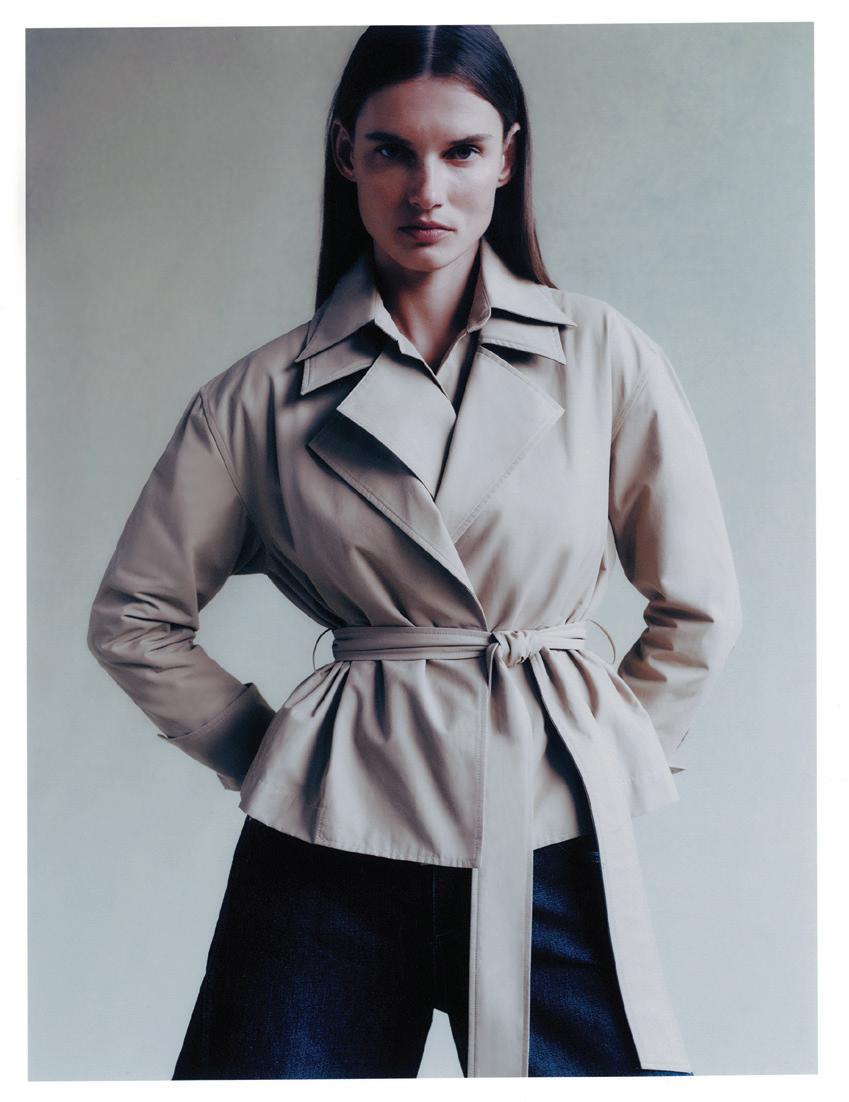













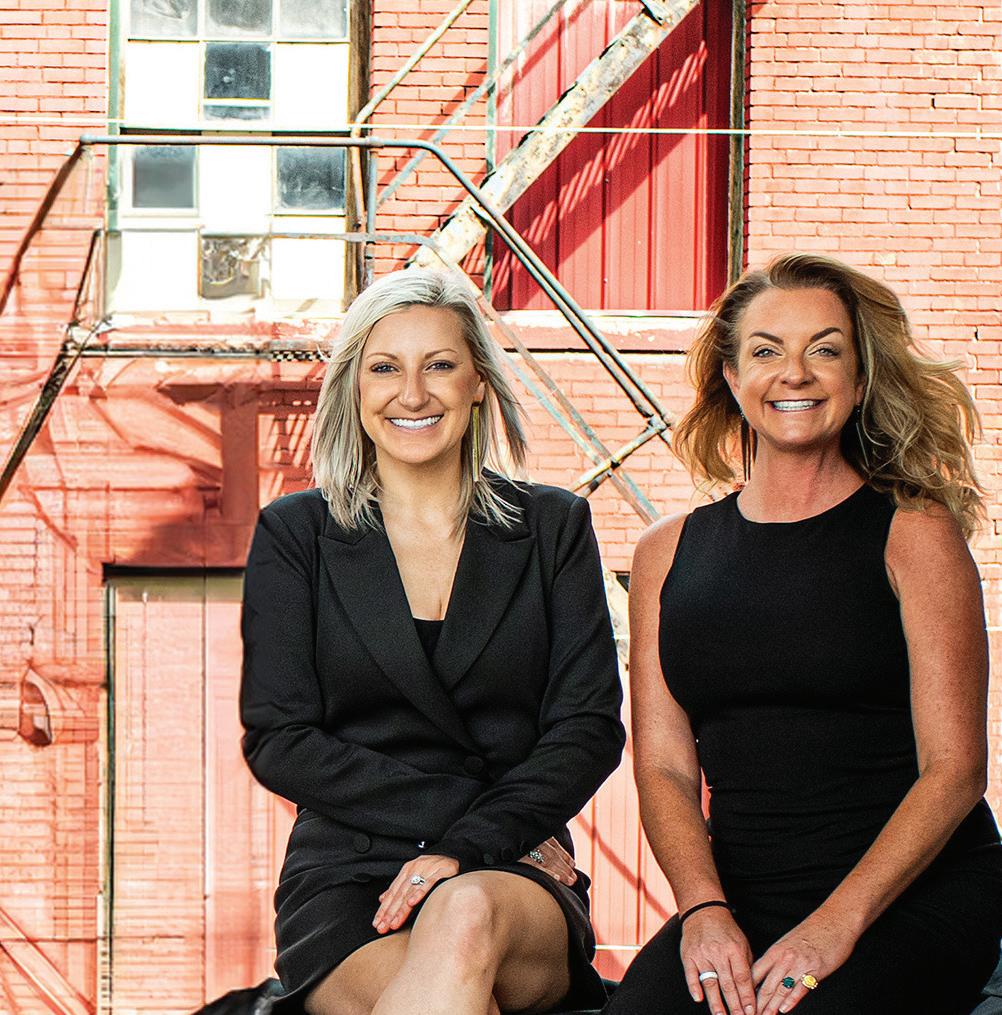












































































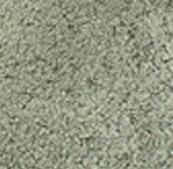




















































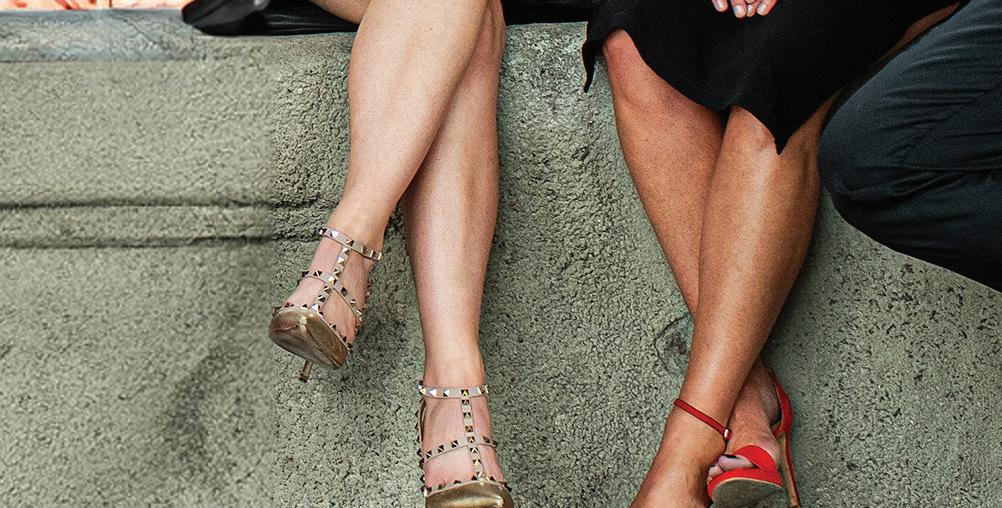














True wellness goes beyond just physical health; it encompasses our mental, emotional, and spiritual well-being. And the foundation of this holistic wellness is self-care.
Self care isn’t selfish; it’s necessary. It’s about recognizing our own needs and taking the time to nurture ourselves. Whether it’s through exercise, athome treatments, mindfulness practices, or simply spending time in nature, self-care allows us to recharge and show up as our best selves.
By prioritizing self-care, we’re not only investing in our own well-being but also in our ability to connect with and support others.

Let’s get physical, and reap the benefits mentally, too. By March, your New Year’s resolution is either paying off, or you’ve relapsed. If you have trouble following through, you haven’t found the right program for you— yet. If the monotony of pounding a treadmill doesn’t do it; try dancing!
Spa treatments in the privacy of your own home have never been easier. One of the most studied is the benefit of red and near-infrared LED light therapy. What used to be an expensive in-office treatment is now available at home. First discovered by NASA, the anti-aging therapy boosts collagen, reduces inflammation (including rosacea), and reduces fine lines and wrinkles. Get a glow up!
Meditation is no longer a woo-woo practice. Studies have shown it’s a proven process for easing stress and boosting well-being. YouTube videos and meditation apps on your phone can guide you from beginner to expert. You’ll breathe easier!
Move away from the screen—computer, phone, and TV—to experience the outdoors. Continuing research is confirming that spending time in nature—including parks, forests, lakes, and seaside—has myriad benefits for everyone. Stress relieving, mood enhancing, cognitive restoring nature. Take it outside!

by Judith Fertig

Every day, we are besieged with information on the one thing, the magic pill, the secret ingredient that could solve all our health problems. Sometimes, that’s all it takes. Yet more complex health challenges, such as autoimmune disease, hair loss, skin issues, chronic fatigue, and hormone imbalances, might require—and respond better to—a multi-faceted whole-body approach.
That’s the role of functional or integrative medicine.
Courtni Parker, APRN, FNP-C, functional medicine practitioner, AdventHealth Whole Health Institute—explains more.
What is functional medicine? How does it differ from—and complement—traditional Western medicine?
Functional medicine is a way of looking at health and disease that tries to find and fix the underlying reasons someone is having symptoms, rather than just treating symptoms, which is the common approach in Western medicine. The foundation of functional medicine is understanding that all body systems are interrelated instead of separate entities. In functional medicine, we may use more in-depth (or different) testing than what is done in traditional medicine to understand the root cause of a disease or symptoms. Imagine your body is like a car and it starts making strange noises. Instead of turning up the music to cover all the noise (which is like treating symptoms), you would want to find out what part of the car is broken and fix it. Functional medicine works like that. It looks at things like what you eat, how much you sleep, your stress levels, your
genetics, and many other factors to figure out why you’re not feeling well and what can be done to help you feel better.
How can this approach help adults and children with autoimmune conditions?
In my practice, I use functional medicine to help adults and children with a variety of autoimmune and inflammatory conditions by determining what is causing the body’s immune system to malfunction. The “why” behind this varies widely among patients, so functional medicine practitioners become almost like detectives to uncover the root cause. When you find and treat the cause of the inflammation, it creates a downstream effect that improves symptoms (oftentimes occurring across multiple body systems). Common inflammatory conditions treated with functional medicine include psoriasis, eczema, inflammatory arthritis, Hashimoto’s thyroiditis, inflammatory bowel disease, anxiety, depression, and pediatric acute-onset neuropsychiatric syndrome (PANS or PANDAS).
What might a functional medicine prescription look like?
A functional medicine prescription typically starts with diet changes first, because food is truly medicine, and many things can be improved by adding the “good” and removing what is causing the imbalance. From there, we may recommend supplements, exercise, sunlight, stress management, sleep, and improving social connections. The functional medicine approach is holistic and natural. However, it recognizes the benefits of the Western medicine approach as well and understands the importance of “traditional” methodologies when needed. For example, as a certified nurse practitioner, I’m licensed to prescribe medications, and I do so when I determine that’s what will produce the best outcome for the patient.
Why and how does AdventHealth embrace functional medicine?
AdventHealth was founded on principles that emphasize care of the whole person, including body, mind, and spirit. The organization’s care philosophy suggests that by making healthy changes to your daily routine, you can enjoy better health, more happiness, and a more fulfilling life. This unique approach to health care aligns very closely with the functional medicine approach and connects well with what we cover within our patient visits. At the Whole Health Institute, we have the time to address all aspects of an individual, providing whole-person care through a more natural lens. WholeHealthInstituteKC.com

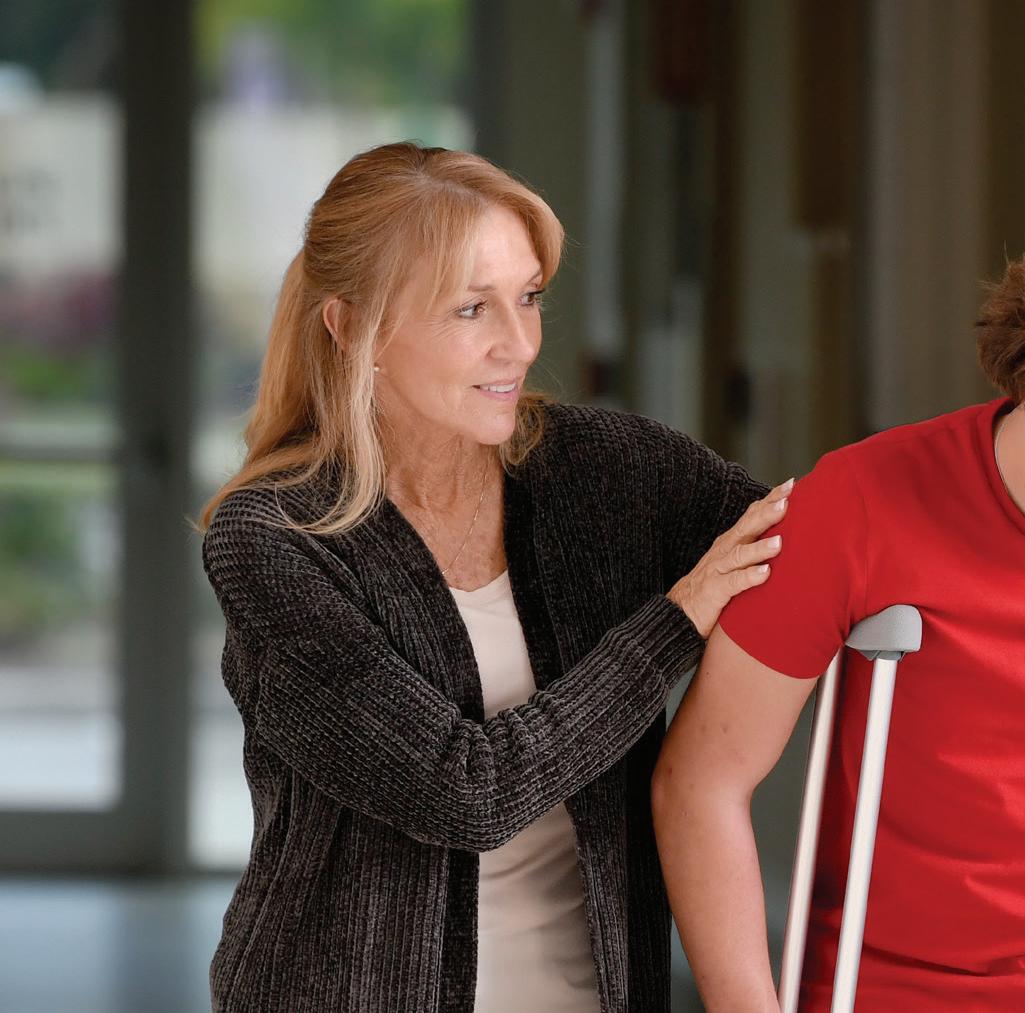
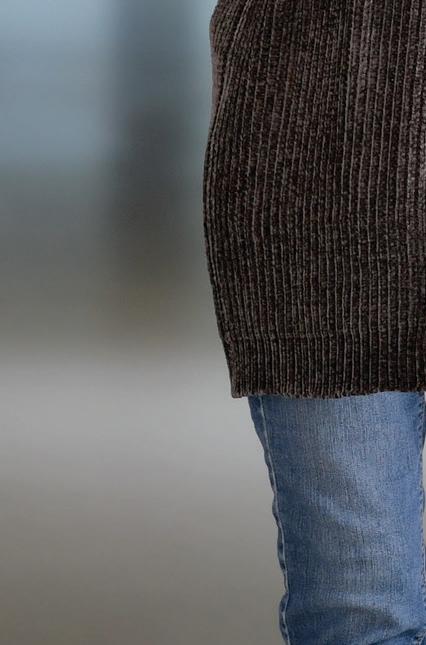


























by Patricia O’Dell photo by Aaron Leimkuehler
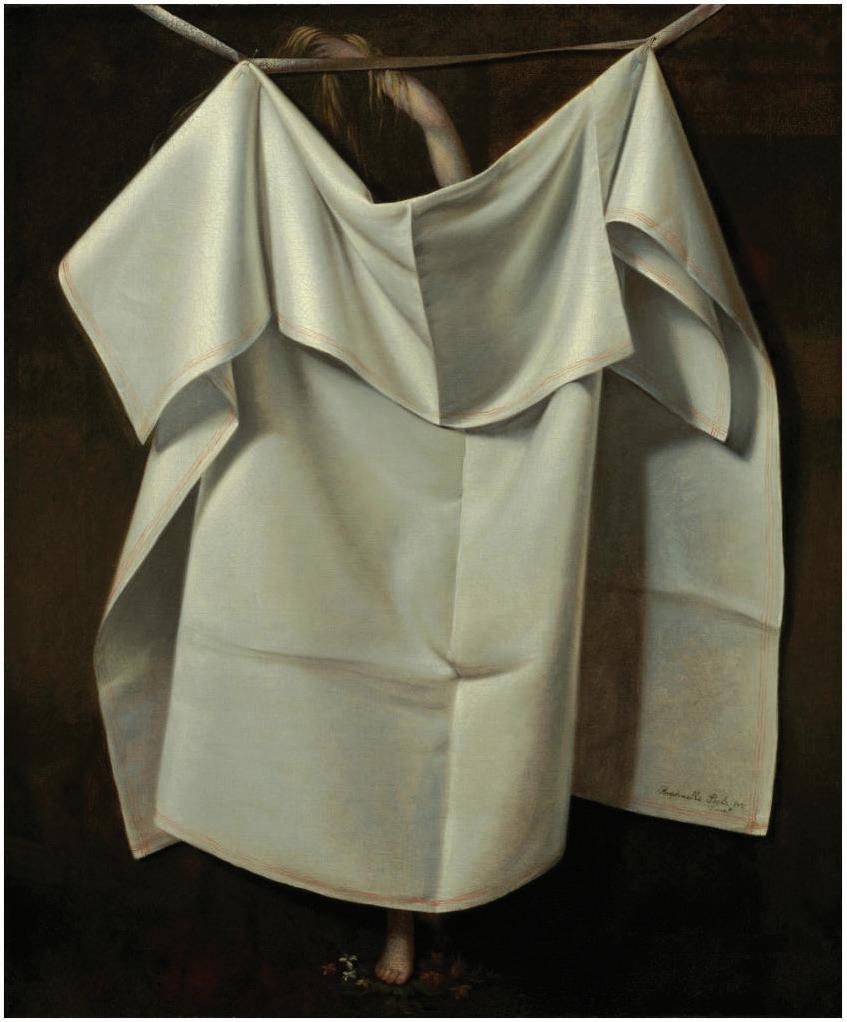
Kansas City’s Nelson Atkins Museum of Art has developed a resource that allows you to choose work from the collections and order a custom print to hang in your home or o ce. You can search by subject and view the piece in a room and to scale. As well as some of the more well-known works available, there is a nice selection of textiles and abstracts. Charles Demuth’s Sails is particularly charming, though I keep circling back to the Classic First
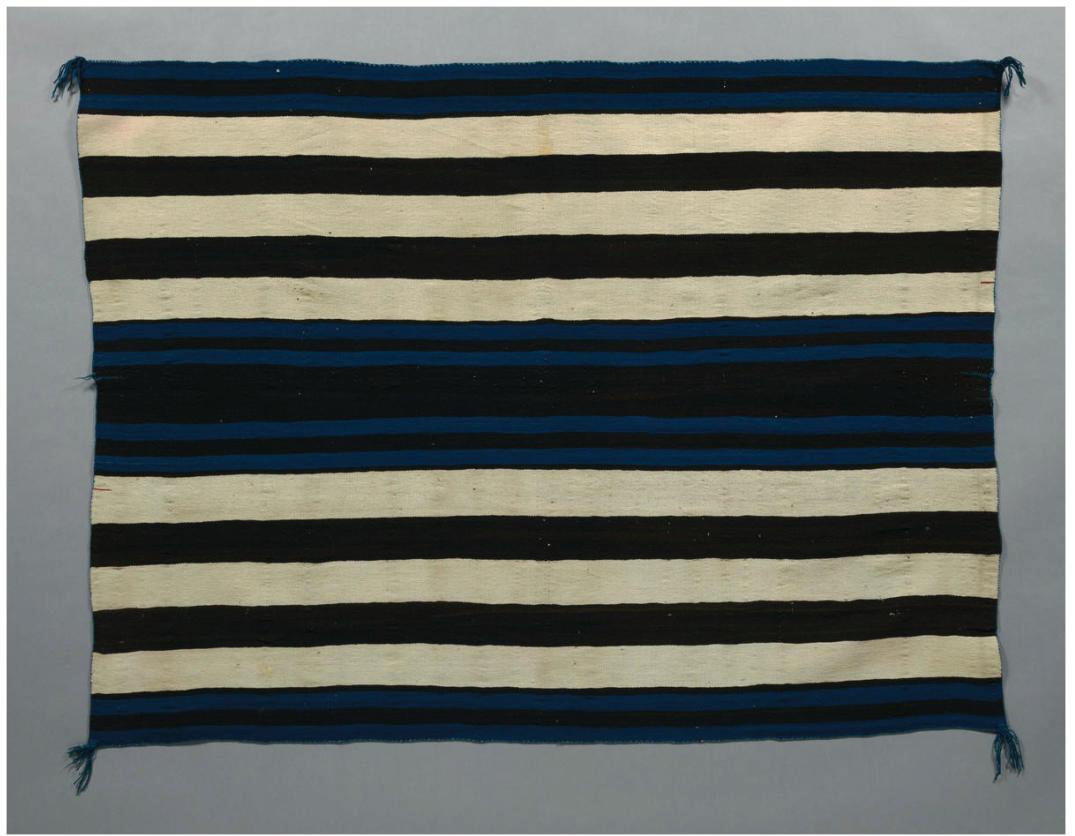

Phase Chief’s Blanket from the Native American collection.
Images are available on paper or canvas in small (15 ½ by 16 inches), medium (21 3/8 by 22 inches) and large (29 1/8 by 30 inches) with a choice of 11 frames. In addition, the site allows you to see the print to scale in a room.
In addition to being great looking, the prints are reasonable. Unframed pieces on paper range from $25 to $125 and canvases start at $70 with the largest being $250. customprints.nelson-atkins.org
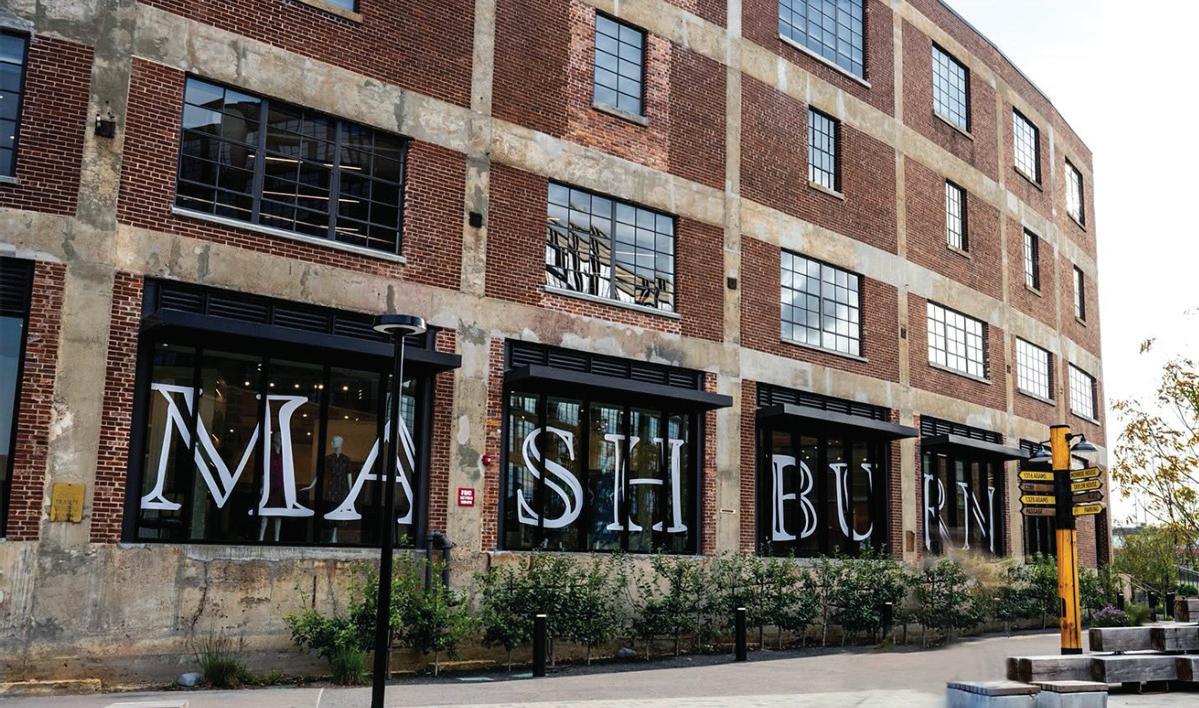
RECENTLY, my husband and I visited Nashville. We scheduled our trip around the Nashville Antique and Garden Show, which hosts dealers from around the country, as well as speaking events with nationally recognized designers.
While I do love to lie on a beach, this sort of vacation is less physical relaxation and more mental and creative stimulation. We do have wonderful shops in Kansas City, but it’s engaging to see perspectives, products, and vignettes created in di erent vernaculars and settings.

In addition, shopping out of town—for home product as well as clothing—broadened our perspective on commercial development and retail display, which can inspire personal interior design as well. Nashville’s Neuho District, where stand-out retailers Sid and Ann Mashburn have opened their new stores, has taken advantage of the devolution of the early 1890s buildings within the former meatpacking district to develop new commercial spaces. While the polished new residential, retail, and commercial space is crisp and sleek, remnants of older buildings still stand, a modern-day Stonehenge-ish landscape that coexists with new pickleball courts encased in clear walls.
e Mashburns are pioneers there, and their presence is a notable one. e couple share a good eye and updated style with a classic foundation, in addition to a sense of humor and whimsy. eir clothes and displays are a combination of tradition and a fresh perspective, but they are not the only notable tenants. James Beard Award-winning chefs have opened restaurants in the development.
e trip sparked a lot of conversation of the value of both tradition and rebirth, and the opportunities within Kansas City. What a welcome delight it would be to see similar approaches—and retailers, both local and national—in the reimaginations of the Country Club Plaza and the West Bottoms. We look forward to watching the evolution of these areas unfold.














by Patricia O’Dell








Here in Kansas City March doesn’t always feel springlike, but as we turn the calendar from February, at least we know it’s on the way. After months of brown, sprouts of green bring both joy and the hope of both sunshine and blooms. We can do our best to force things along. Supermarket owers never hurt, and bringing lighter, brighter—and yes, greener—colors into our homes, even if it’s pattern and product—never hurt. Perhaps consider one—or all eight—of the Botanical Painting Prints from JSH Home Essentials to lend a breath of fresh air. jshhomeessentials.com

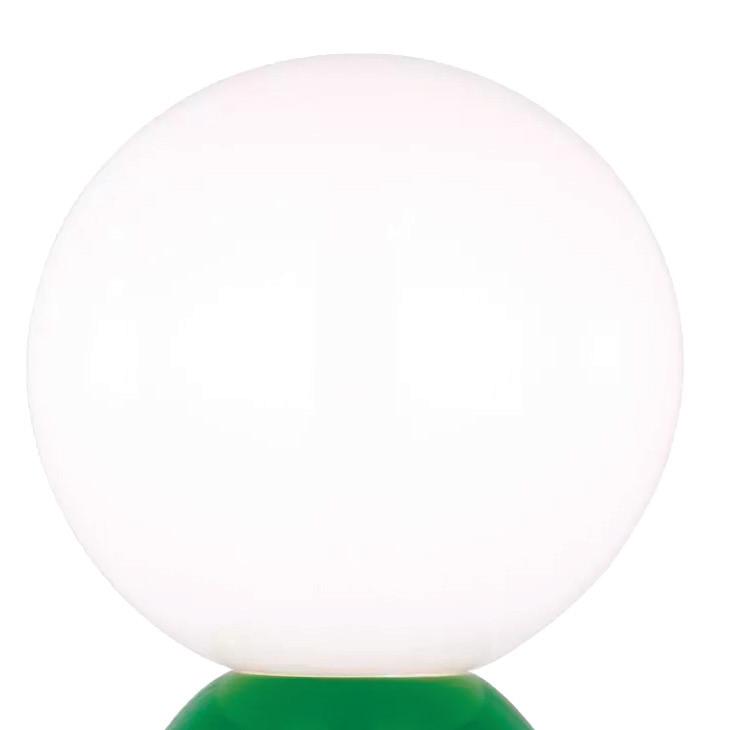

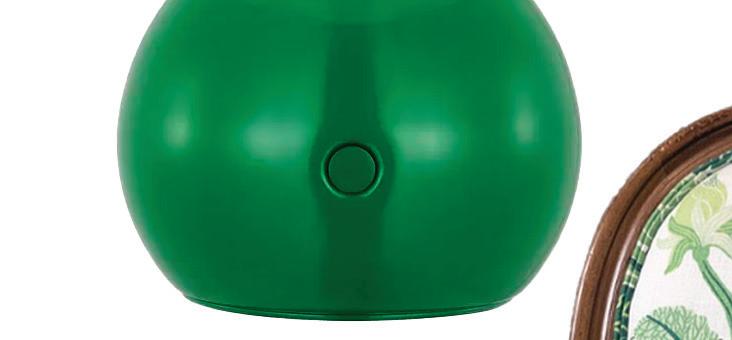
Jorjy.

Find in-stock furniture and custom upholstery— with hundreds of fabrics and trim styles to choose from—at Nell Hill’s
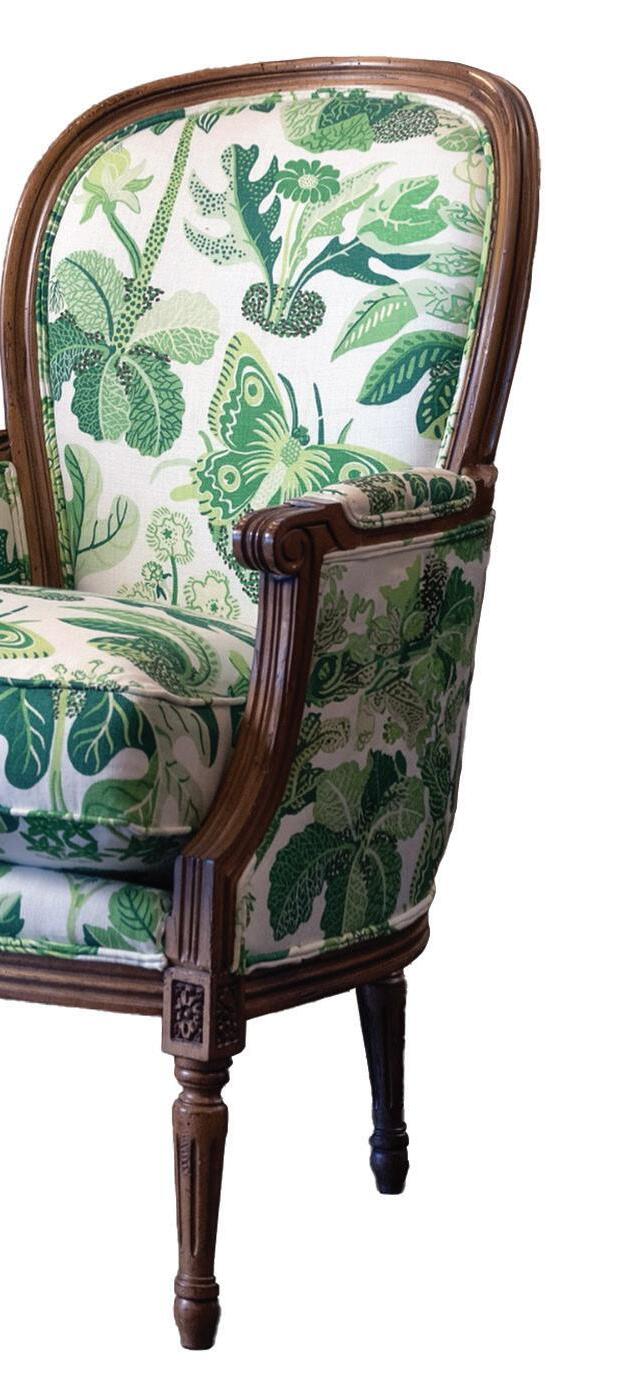
While the days are getting longer, this rechargeable lamp from Kate Spade allows you to lend some light to dark corners even when there’s not an outlet nearby. is snappy green base with white globe might be just the thing you need to jazz up a dark corner. You know what’s even better? It’s dimmable. Available at Jorjy in Brookside. shopjorjy.com
A new pillow, comforter or, yes, even chair, can be just the thing to give a room a lift. Whether you need a new piece altogether or just a refresh, Nell Hill’s is a great spot to nd fabric for a recover or accents to refresh. nellhills.com
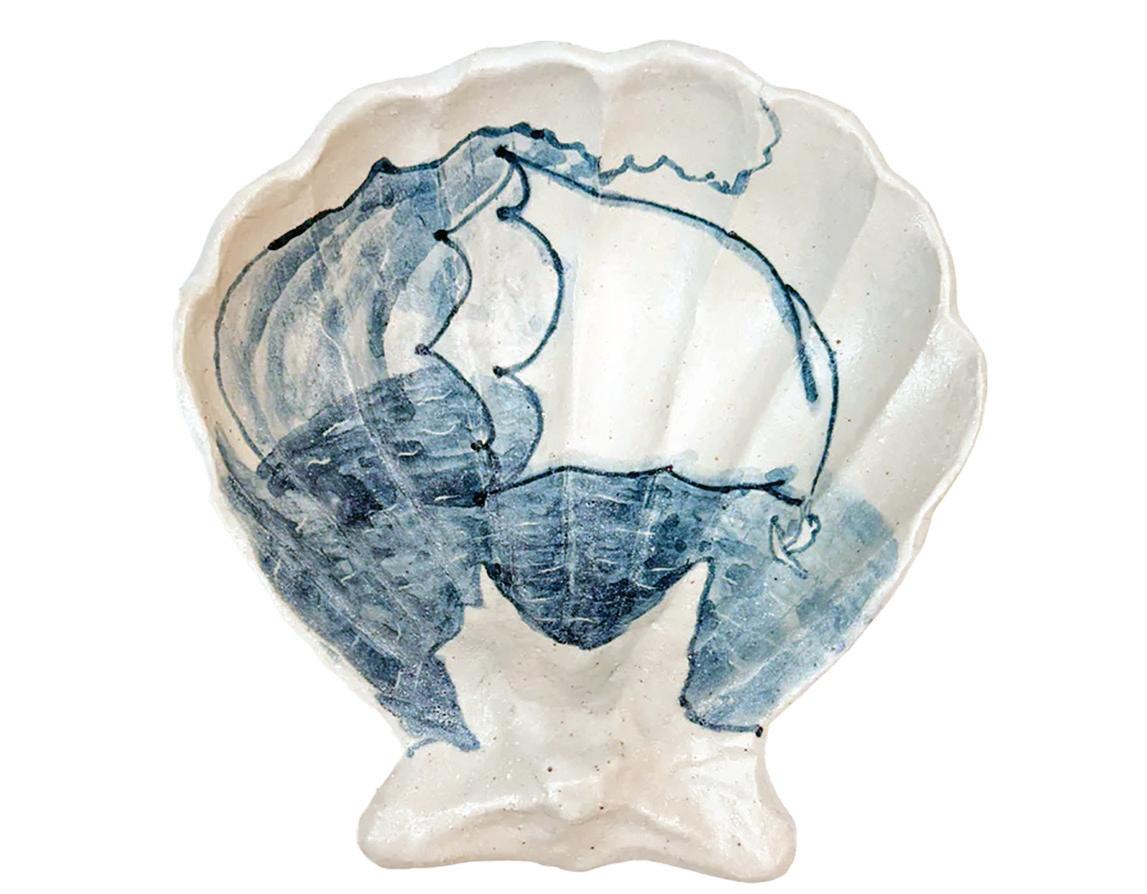
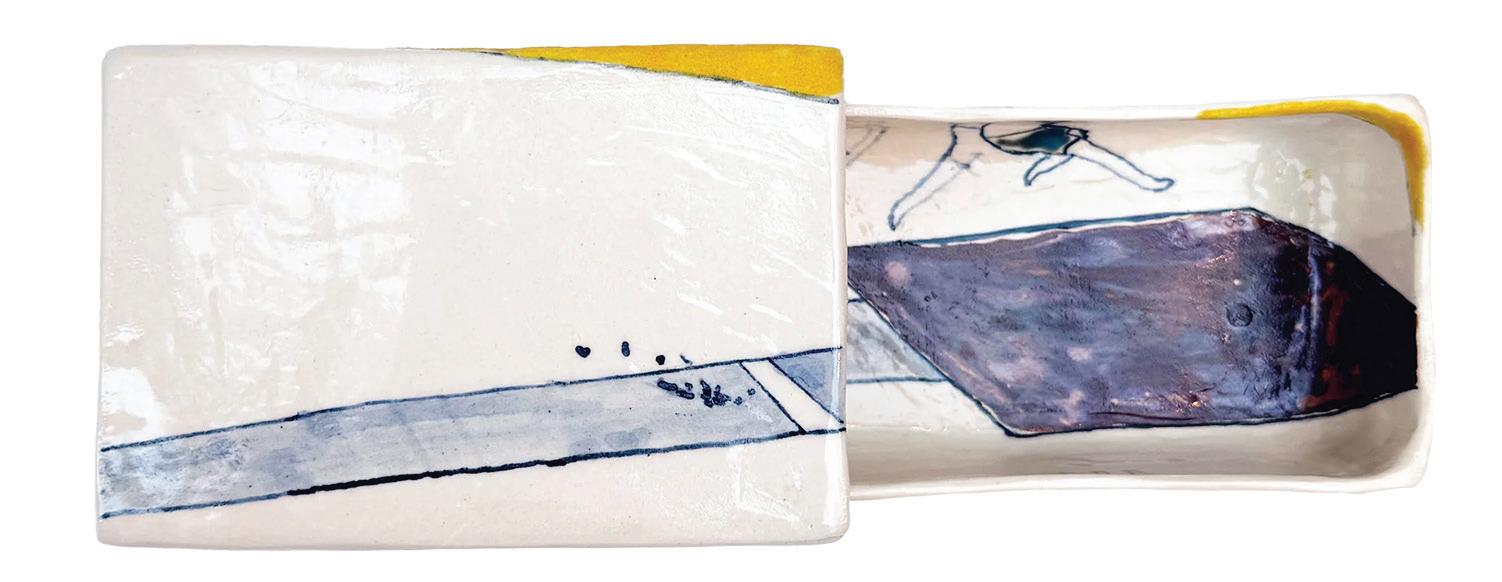
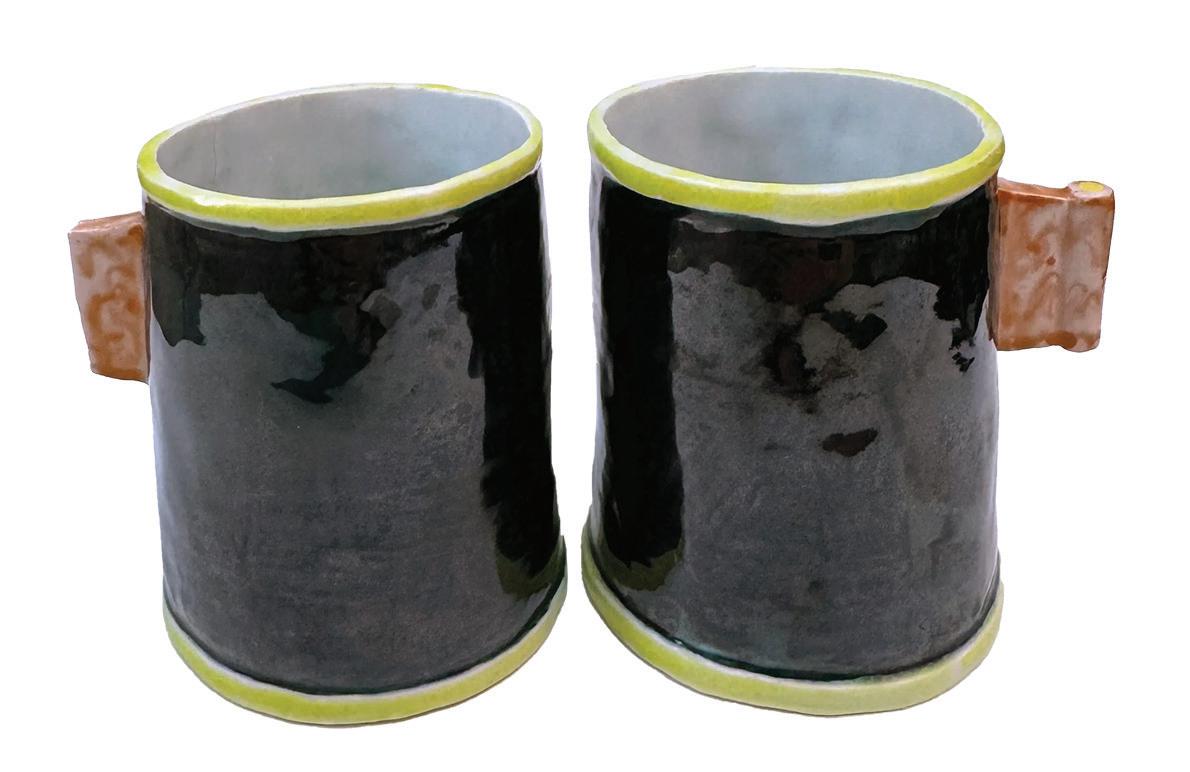
AH, SPRING! is time of year, I’m ready to get out and see new things—art, clothes, people. What fun to nd new pieces from Momoko Usami, one of my favorite ceramic artists, at the Kemper Museum of Contemporary Art. e Barnard, Missouri-based artist’s new work is, expectedly, lled with beauty, humor, and joy. While I delight in her designs, they often have a utilitarian side. One of her previous pieces, lip balm in a ceramic lip-shaped box that I bought online during the pandemic—sits on my desk holding straight pins for my inspiration board. ese newer pieces include a bear holding an acrobat tea strainer, and a slide box depicting a broad jumper. I defy you to keep a straight face. I smile every time I see them. shop.kemperart.org
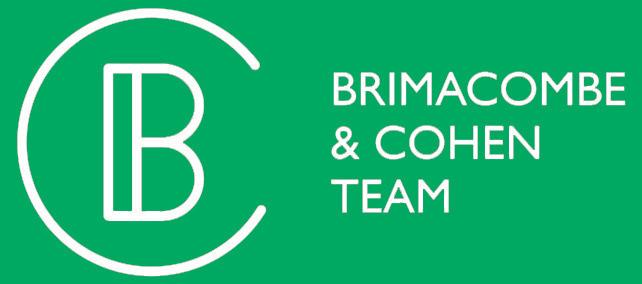
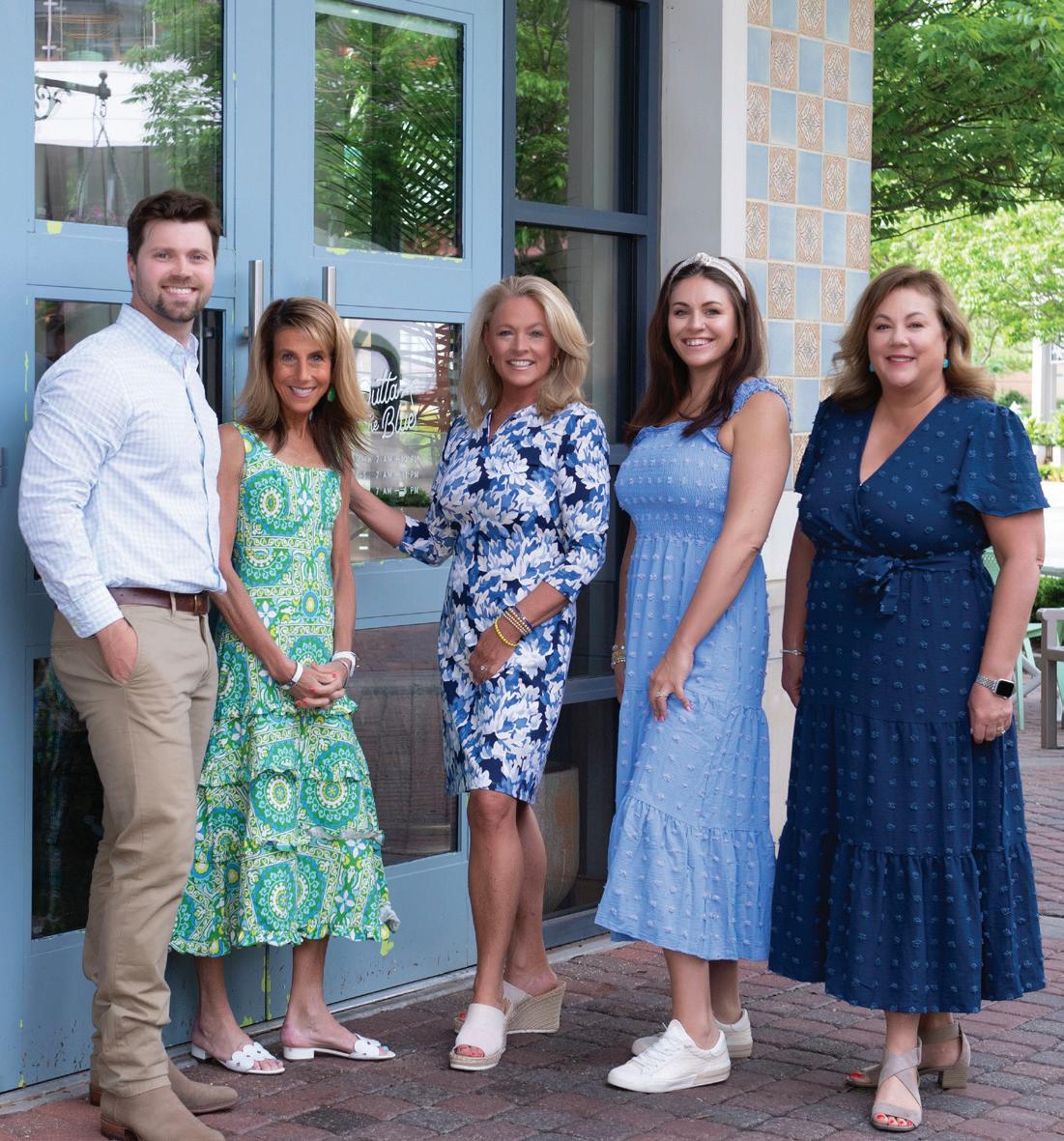






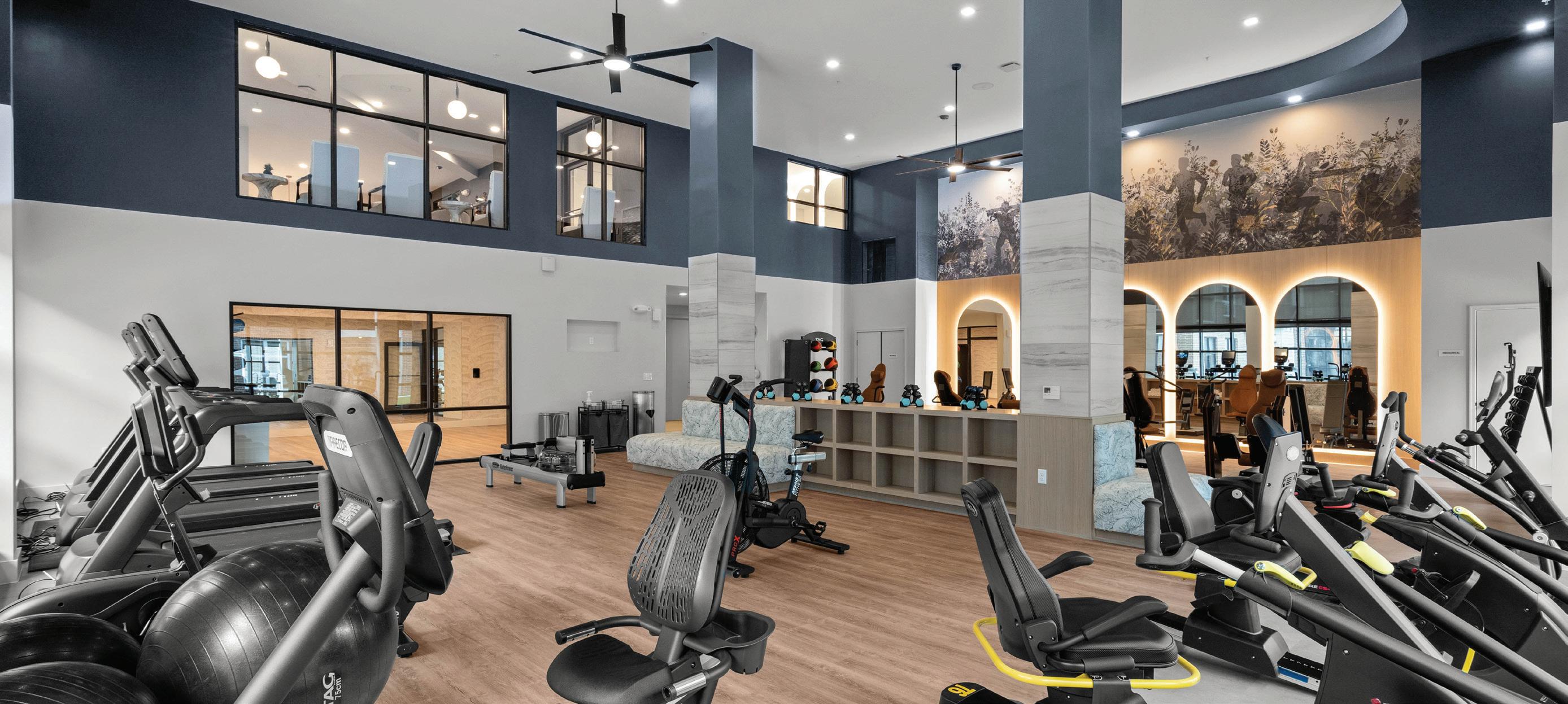
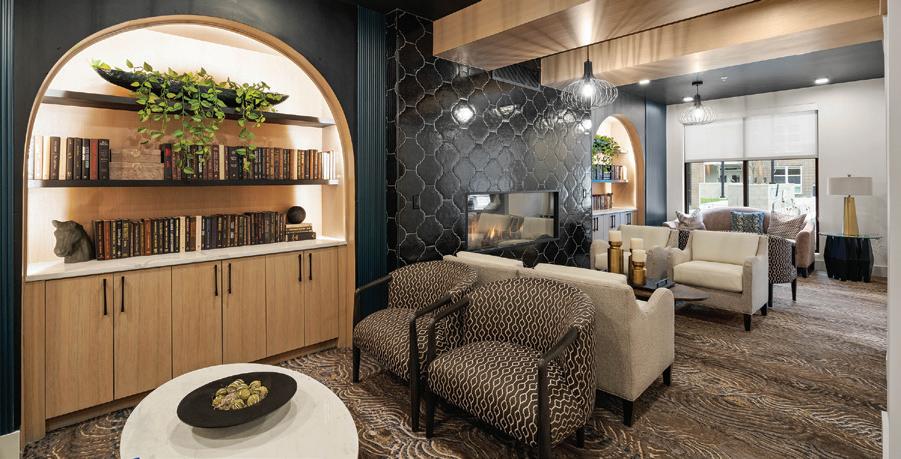
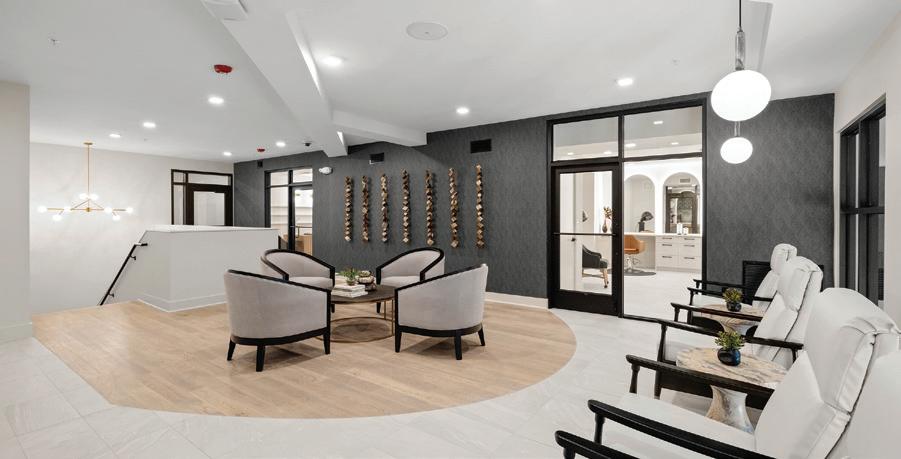

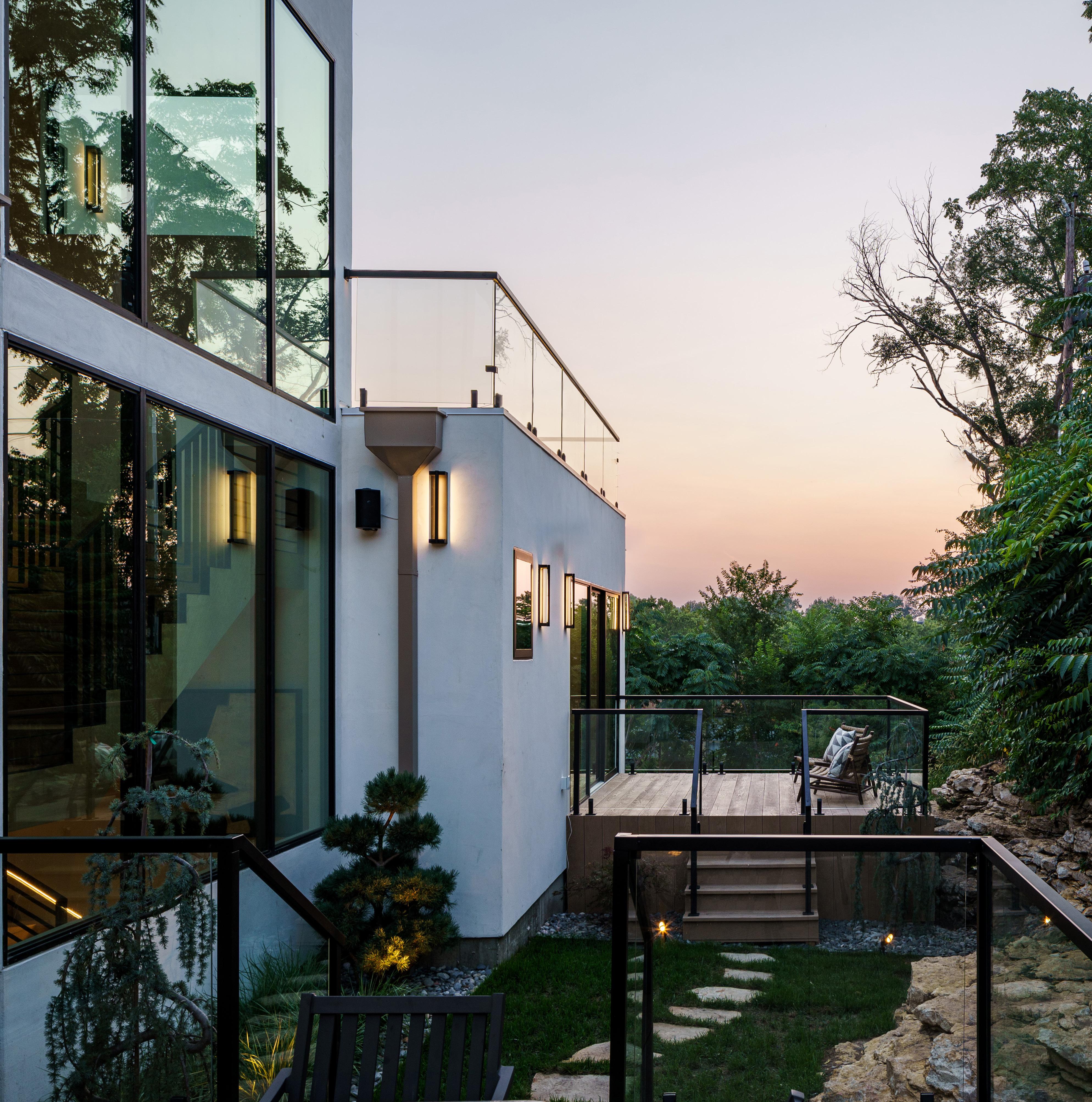

words by Cindy Hoedel
Hand-painted wallcoverings and textiles from Kansas City are sought after by luxury clients around the world, hanging in rarified spaces such as Princess Marie Chantal of Greece’s pied-a-terre in New York to the St. Regis Cairo and a Michelin-star restaurant in Taiwan.
Porter Teleo (porterteleo.com and @porterteleo on Instagram) is the brainchild of Kansas City designer Bridgett Cochran and Dallas-born Kansas City Art Institute graduate Kelly Porter. The word “teleo” (TEE-lee-o) is the root of teleology, a philosophy of aesthetics that proposes the design concept that forms in nature are determined by their function.
This year, Porter Teleo celebrates its 20th anniversary of creating striking geometric patterns and delicate organic motifs. Like haute couture for homes, their papers, textiles and canvases grace the pages of top glossy design magazines and the homes of celebrities, including Cameron Diaz, Gwen Stefani, Reese Witherspoon, and Demi Lovato. Clients also include professional athletes and politicians who demand non-disclosure agreements, so they can’t be named.
Cochran lives in Brookside, Porter in Prairie Village. They recently spoke with IN Kansas City from their 10,000-square-foot headquarters at 17th and Holmes about their humble beginnings, their international reach, and future trends in design.
What are the historical roots of hand-painted and hand-printed wallpaper?
Cochran: William Morris in England certainly popularized wallpaper in domestic settings.
Porter: And even before that, patterns were hand blocked in Japan and France. I don’t know if it counts as a historical fact, but Bridgett and I were the first people to make wallpaper on an etching press.
When was that?
Porter: Twenty years ago, when we first started out. Our very first line of wallpaper was made on an etching press. It’s called a Takach press, and it’s used to make fine art prints.
And you were the first to do that?
Porter: As far as I know. And not because it was the best way. [Laughs] There’s probably a little bit of crazy in that.
Why did you choose to do it that way?
Porter: It was the way, at the time, that we knew how to make a really interesting mark and to mix really pure colors. We wanted to do something different and really artisanal. It served us well. It got us a lot of attention. Even if it wasn’t the best way to execute our plan. [Laughs]
Cochran: And it really wasn’t, because it maxed out at certain sizes of paper, so it made it have to be these patchworked pieces of paper. But it got a lot of attention in the press, which fueled further growth.
What was your first big break?
Cochran: Very soon after launching, we got coverage in Interior Design magazine. We got a call from the editor when we were in Dallas making some early sales calls. That was incredibly exciting.
Porter: And they gave us five full pages.
Cochran: And then Metropolitan Home did a piece not long after that. Those were good indicators that what we were doing was being well received.
Porter: In those first several months, [designers] were thirsty for what we were showing them. They said, “We needed something fresh. We needed something chic.” It’s not that we didn’t have to work hard to get into those offices, but as soon as we were in front of them it was a natural opening to work with them.
How many jobs did you do in your first year compared to now?
Cochran: It’s been a very slow build. I think we did two big projects [the first year] and little things here and there. We have had substantial growth every year for 20 years.
Porter: Like, between 20 and 30 percent on average.
That’s amazing. How many big projects did you do last year?
Cochran: Probably 150 are, say, more than just a powder room.

How can you do that many?
Porter: We have an awesome team. Our lives have gotten easier over the last few years as our team has grown. We have an amazing production manager. We have an awesome ink manager, who is a colorist and trains a team under her. We have an incredible team of artists in production. We have the best operations director…
Cochran: …who has brought a next level of efficiency and organization to make that growth significantly easier to manage.
What are some international projects you’ve done?
Porter: We recently created very large-scale paintings featuring a 1930s Taiwanese streetscape for Yuen Ji, a Taiwanese cuisine and Tibetan tea restaurant in Taichung, Taiwan, and a series of mountain-scapes using all sepia tones and embodying the beauty and colors of tea. Lillian Wu Studio, out of New York, created the interior and we partnered with her to bring her vision for this to life. The restaurant just won a Michelin star. We also just finished a project where we created hundreds of custom abstract watercolor canvases for a Rosewood residential tower in Doha, Qatar, and artwork on canvas featuring coastal colors from the Gulf of Naples for a hospitality project in Naples.
How much time do you spend traveling?
Porter: It varies year to year. We have sales representatives now in Los Angeles and New York and Dallas, so Bridgett and I don’t have to go as frequently.
Cochran: Probably eight to ten times a year, to meet with organizations we belong to or to work with our sales representatives.
With your backgrounds being in art and designs, how hard was it to learn the business end of running a company?
Cochran: We had to learn everything. It wasn’t hard at all, because that’s creative also.
Porter: This is the most unbounded creative project you could imagine. It’s not only the patterns and the artwork that we’re putting out there in the world. It’s also the team and the culture you are trying to produce, and scaling in general—we don’t want to grow just to grow. We don’t want to sell more wallpaper just because. We want to make sure our values are always in line with everything we are producing. Everything has to be the absolute best version of a textile that we can produce.
In the United States lately it seems like the model for any business is to start a business and grow it with the sole purpose of selling it and cashing out in ten years.
Porter: Yeah. I know. I keep hearing that from people that are about our age who are selling their businesses. And I’m like, “Really? Is now the right time? Because I just think there is so much more we can do. We’ve got some newer categories so there’s still all this finessing that we can do with those products.
Cochran: It’s an interesting thing to think about, selling your business. Sometimes Kelly and I refer to [Porter Teleo] as our teenager, even though now the teenager is 20. [Laughs] But I love what I do. I love every aspect of it. When you think about not having that any more you start to think about what fills that in your life. There are so many opportunities for growth, not just business, but personal growth. We’re
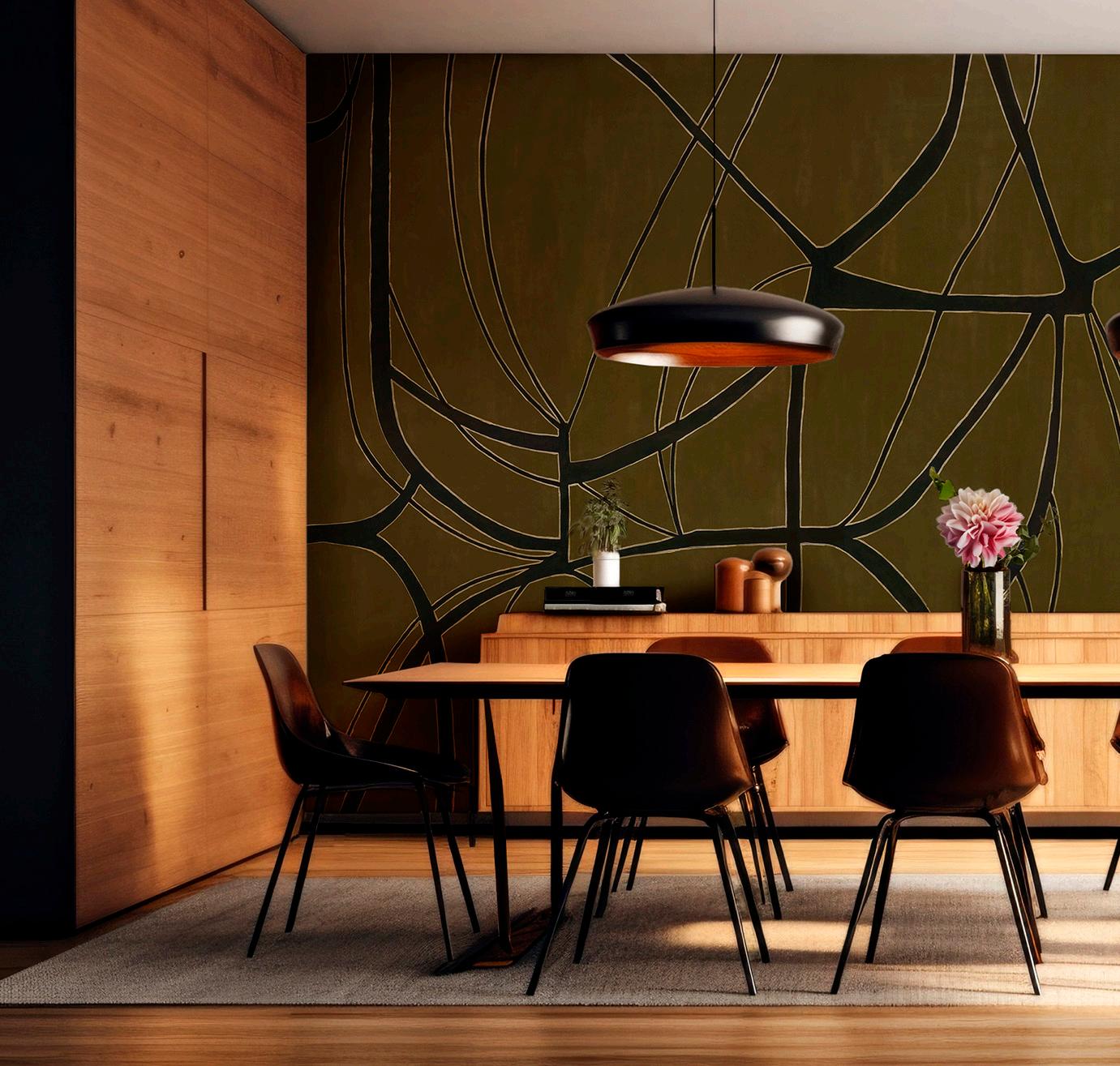
starting to scratch the surface of that conversation, and it’s a big one.
So you wouldn’t just walk away if someone wrote you a really big check?
Porter: No.
Cochran: No. It would be a complicated decision. Especially at this particular moment.
Porter: Yeah. We get to travel to such beautiful places. We get to talk to the most creative people. It would be hard to walk away from that. And also, we have such a strong culture here. I love the fact that the people here are people I enjoy spending time with throughout the day.
I remember in the 70s and 80s my mom was wallpapering every room in the house. And then in the 90s, it changed, and paint became the focus, with accent walls and lipstick-red dining rooms. What is the trend in residential interiors now?
Cochran: One thing we have learned in 20 years is that there is a certain segment of the population that never did stop using wallpaper. In super high-end spaces, wallpaper and textiles did not go away. What went away was generic printed flat patterns that are obviously repeating every 18 to 24 inches. That continues to be less seen in the market.
Porter: But it is a great thing for us to think about because there is always that particular designer who isn’t interested in pattern all over the place or repeats, so we try to create the absolute best version of that as well. We have a collection called Fluid Tones and a collection called The Patinas and those are simply surfaces of Japanese rice papers that are covered with inks that are so far beyond anything that you could get from
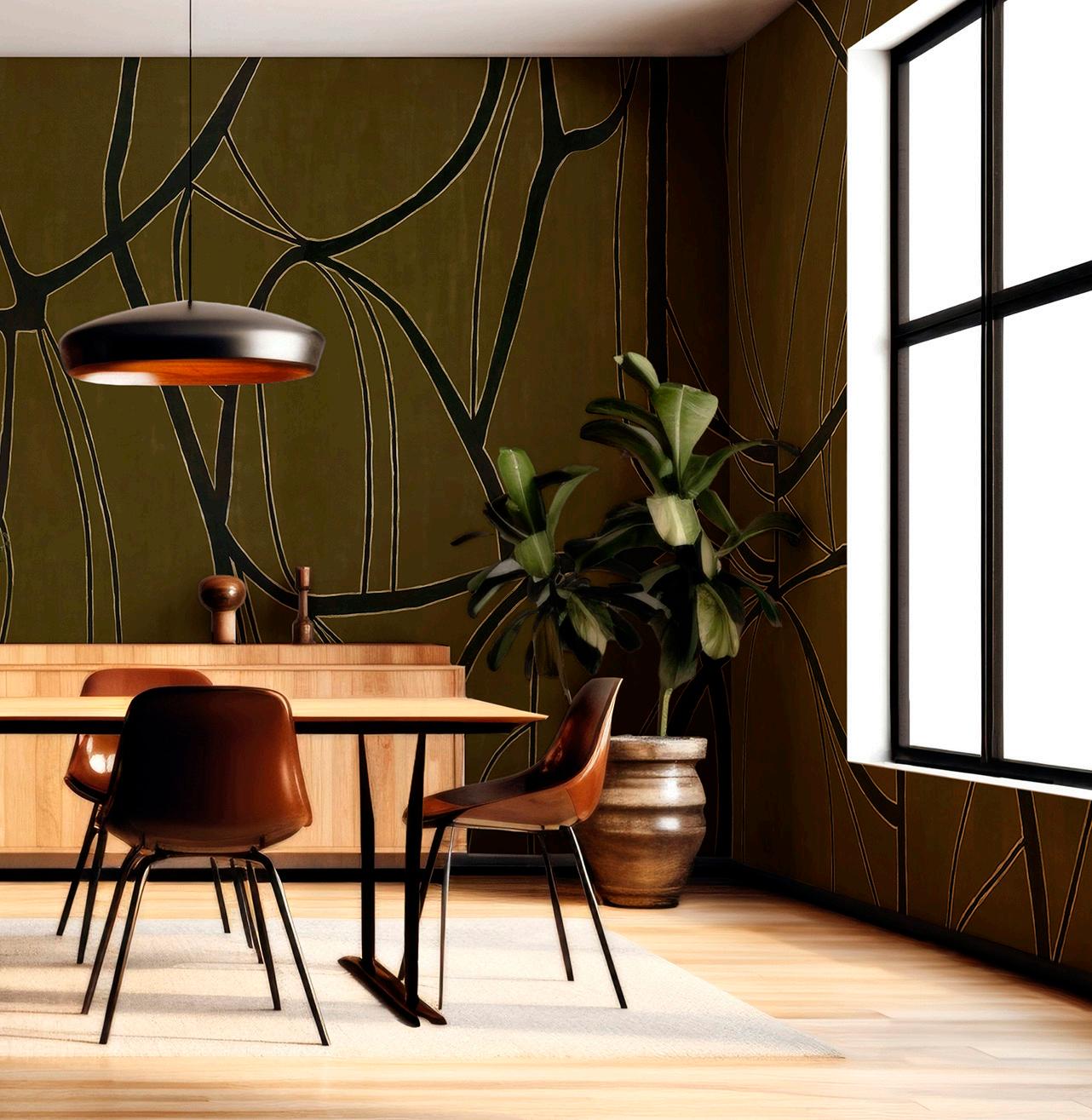
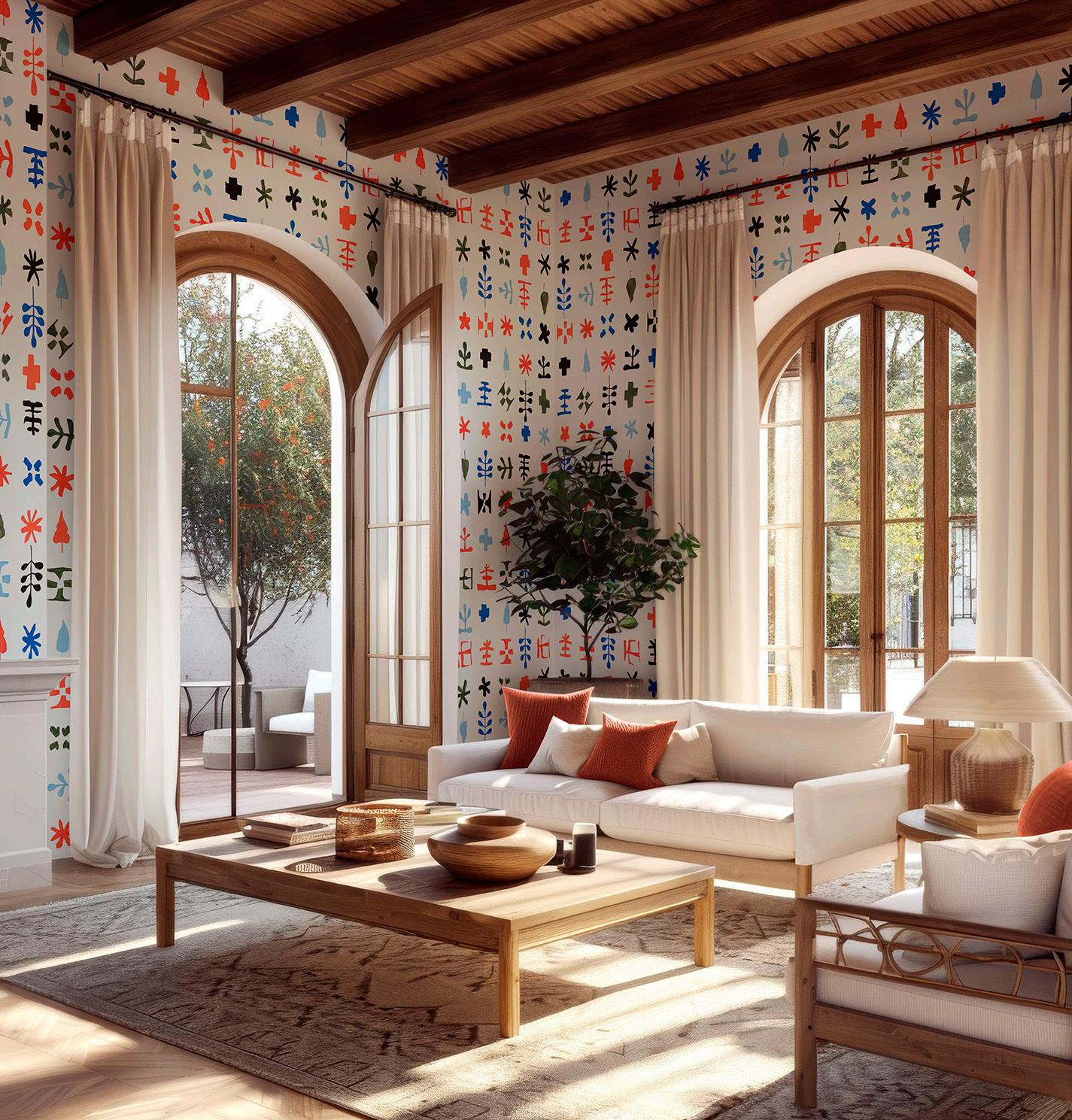
a printed product, in the way that they are metallic, or they are letting the natural hand and rag of the washi paper come through. So, the question is not just what is the best pattern or artwork but what is the best surface?
Are you ever surprised by which of your collections catch on or don’t catch on?
Cochran: I think we do not ever know how one is going to land. There have been some colorways along the way that …
Porter: … yeah, more with color, for sure. We’ve had some where we were like, “This is wild, but we love it, so we’ll see what happens.”
Cochran: You never know which one is going to rise to the top. The ones that end up on top aren’t always the ones you would have anticipated.
What’s an example of one that surprised you?
Cochran: There’s a colorway in our pattern Floral Graffiti that is called Verte Fonce. It is a grayed-out peacock-y blue background with an acidic green, turquoise, and almost neon coral drippy flower on top. It is a colorway that definitely catches attention. We added it to the line because we liked the reaction we had to it, but anticipated it being more of an inspiration piece than a regularly ordered colorway. It has been a great seller for more than ten years. It’s an example of how we push to define the design realm rather than turning out more of what we think it wants.
How do you decorate your own homes?
Porter: I have warm white stucco on the exterior and then inside slightly cool walls everywhere (Decorator’s White), so it really sets all of the art up well for display. My house is full of books, artwork, and tex-
tiles. During graduate school, I traded with other artists to start my collection, and since then have added pieces here and there. I also love Tibetan textiles and have some from my parents’ collection. They have collected art from Japan and Tibet for decades since the Vietnam war. I try to keep things pretty modern and minimal, although the one place I splurge and resemble a hoarder is with china. I have a huge space to store china. I have collections from my grandmother and great-grandmother along with diaries of who they served dinner to and what china and silver they used. In my dining room, I have PT wallcovering that is a custom palette of warm colors. In the powder room I have Kintsugi in dark green and gold.
Cochran: I’d sum my personal style up as classic but not traditional—lots of serene color with a few bolder pops of color here and there in paintings, pillows, and smaller pieces of furniture. I am a shrewd editor and don’t keep things in my home that I don’t either need or love.
What’s your crystal-ball prediction for what’s going to be the next big thing in wallpaper?
Porter: I don’t know if it’s going to be two years from now or five years or ten years, but I think there will be some kind of backlash against all the AI and automation and emailing with bots, so you don’t know if you are reading something written by a person and it’s not authentic and it lacks a human quality. I think there will be a coming back to the handmade, and things that are rare and things that are unique and made by a human will be even more precious in a few years.
Interview condensed and minimally edited for clarity.
words by Jenny Vergara
For at least a thousand years people have been eating and drinking outside of their own homes. The first known “restaurants,” were not restaurants at all. In ancient times, they looked more like food carts or stalls found in the local marketplace serving food made in people’s own homes that they then sold to hungry locals and strangers in exchange for coins.
Eventually, restaurants became big business, especially when they started serving both food and alcohol. Soon standalone establishments where meals or refreshments could be purchased and enjoyed on premise in the company of other people began popping up in every town. Many bar and tavern owners lived above their business, basically operating their own restaurant out of their home.
Depending on where you live in Kansas City, present-day zoning laws have made finding a local restaurant, bar, or coffee shop within walking distance from your own home unlikely, es-
pecially in the suburbs. This is a shame because you have to admit, there is something incredibly charming (and more than a little convenient) about discovering one operating out of a former home in your own neighborhood. So what does it take to turn a domicile into a darling spot to stop in for a bite and drinks? Let’s take a look at the first restaurant in America for inspiration.
In 1652, a prosperous Englishman, Francis Brinley, built a two-story, two-room house for his family in Newport, Rhode Island, on land he received from his brother-in-law. The home was simply built, with practical clapboard walls and low ceilings with large beams in the main living room built around a massive stone fireplace that served as the kitchen and hearth. Next to the fireplace was a small staircase that led upstairs to Brinley’s only bedroom.
He and his family called this place home for 21 years before Brinley sold it to William Mayes Sr., who then enlarged the humble abode, adding a third floor and a new gambrel roof. It became The White Horse Tavern,

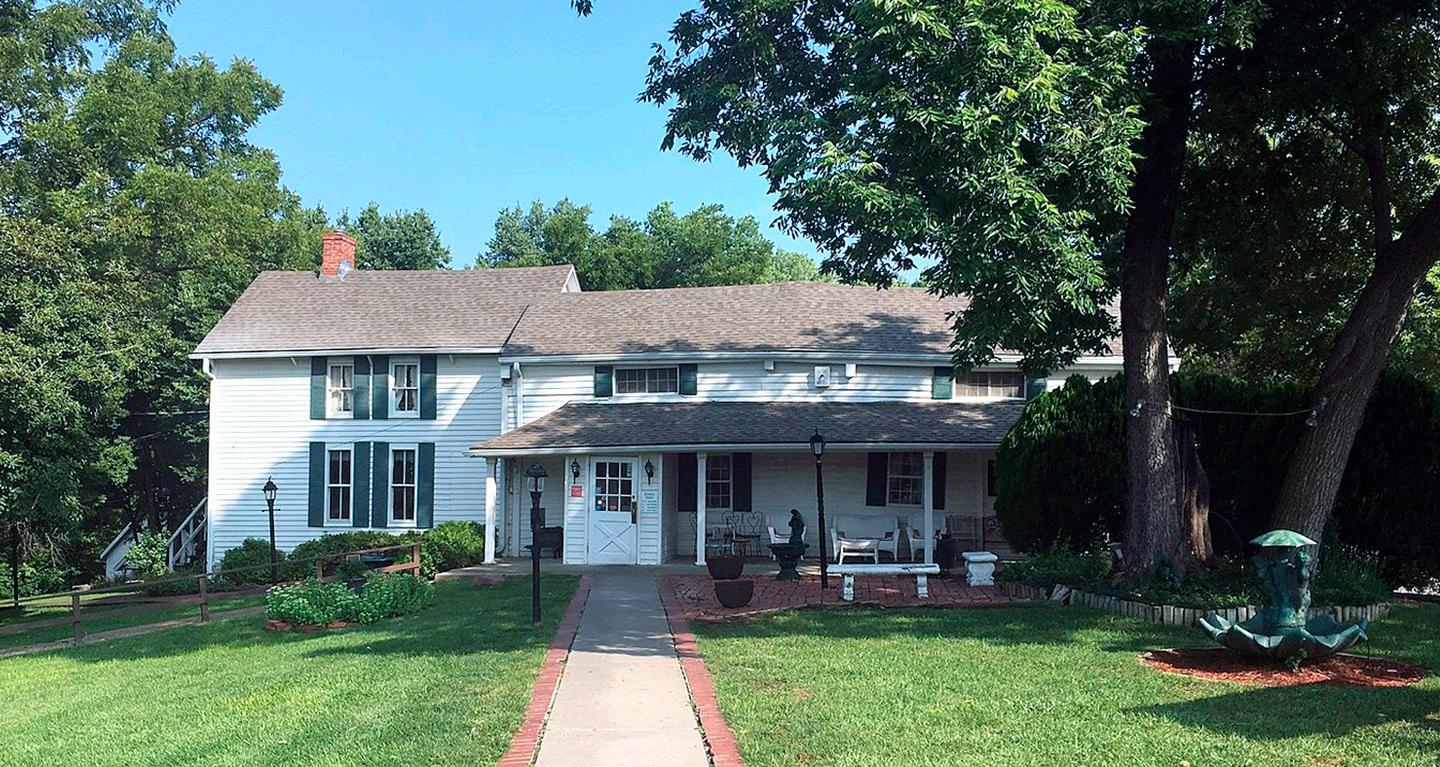
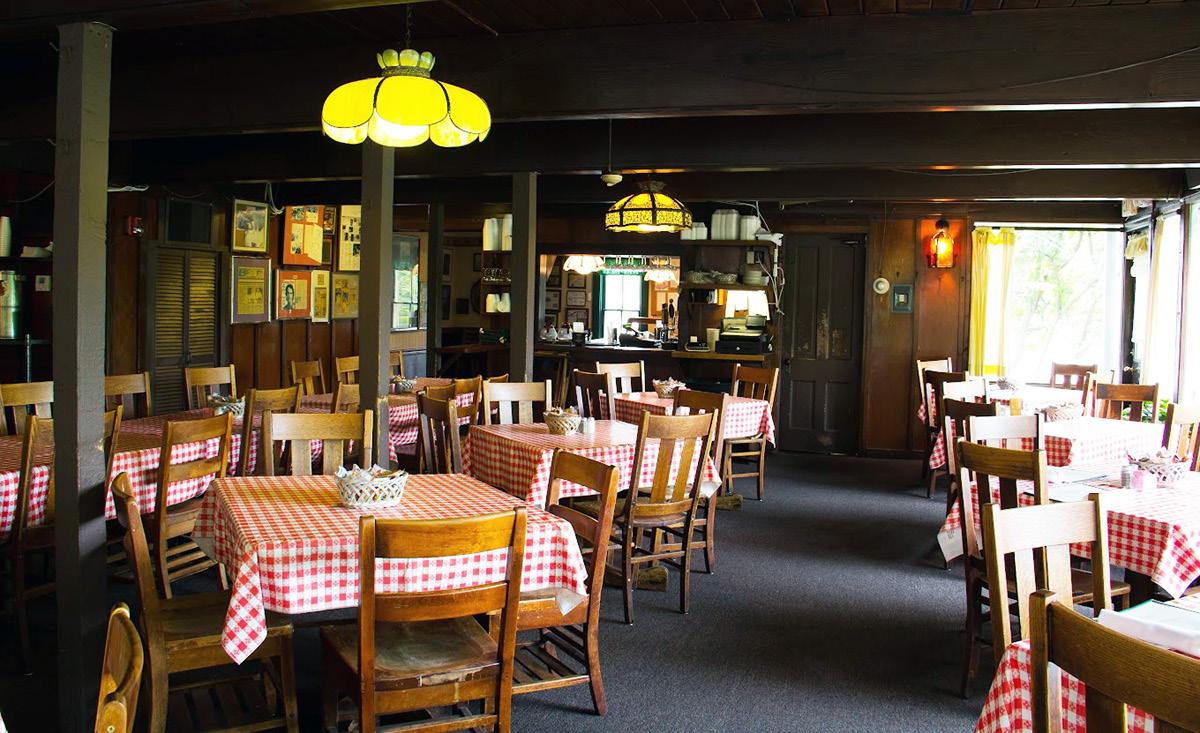
which began serving guests in 1673. The comfortable tavern and inn developed a following and soon was the place where town business was discussed and decided. It was the meeting place of the colony’s general assembly, its criminal court, and city council. During the Revolutionary War, it was also used to house troops.
The tavern is still operating today, 352 years later, and is considered America’s first and oldest operating restaurant. In 1972 the building became a National Historic Landmark.
Over the years, Kansas City has also enjoyed its fair share of residences turned into popular restaurants or bars, with some still in operation today. Let’s take a look at what it took to turn just a few of these homes into destinations for dining and drinking.
The story of Stroud’s, home of pan-fried chicken, starts in south Kansas City in 1933, when Helen Stroud and her husband, Guy, turned an old roadhouse located near 85th and Troost into a fireworks stand first, and then a barbecue shack that served beer on Sundays during Prohibition.
Law enforcement turned a blind eye to the restaurant’s “wet” reputation, as Stroud’s was technically located outside Kansas City proper.
When World War II rationing made beef too expensive, Helen worked with what she could get and turned a simple “yardbird” into a craveable, portable feast—pan-fried chicken. Using the freshest chicken available, she instructed her cooks to break the birds down, heat grease in a large, cast-iron pan, and lightly dredge each piece in a simple mixture of flour, salt, and pepper. The result was chicken that was shatteringly crisp and golden brown.
Helen continued to run Stroud’s until the mid-1970s when Mike Donegan and Jim Hogan, two bartenders from Kelly’s Westport Inn, bought the business. They purchased her original location and hired two of Helen’s cooks, and together, with her recipe book, they created the family-style chicken dinner we know and love, complete with your choice of chicken (white, dark, or both), salad or chicken noodle soup, green beans, chicken gravy, your choice of potato, and a basket of housemade cinnamon rolls. They were forced to close the original Stroud’s location in 2006 when the roadhouse was demolished by the city to
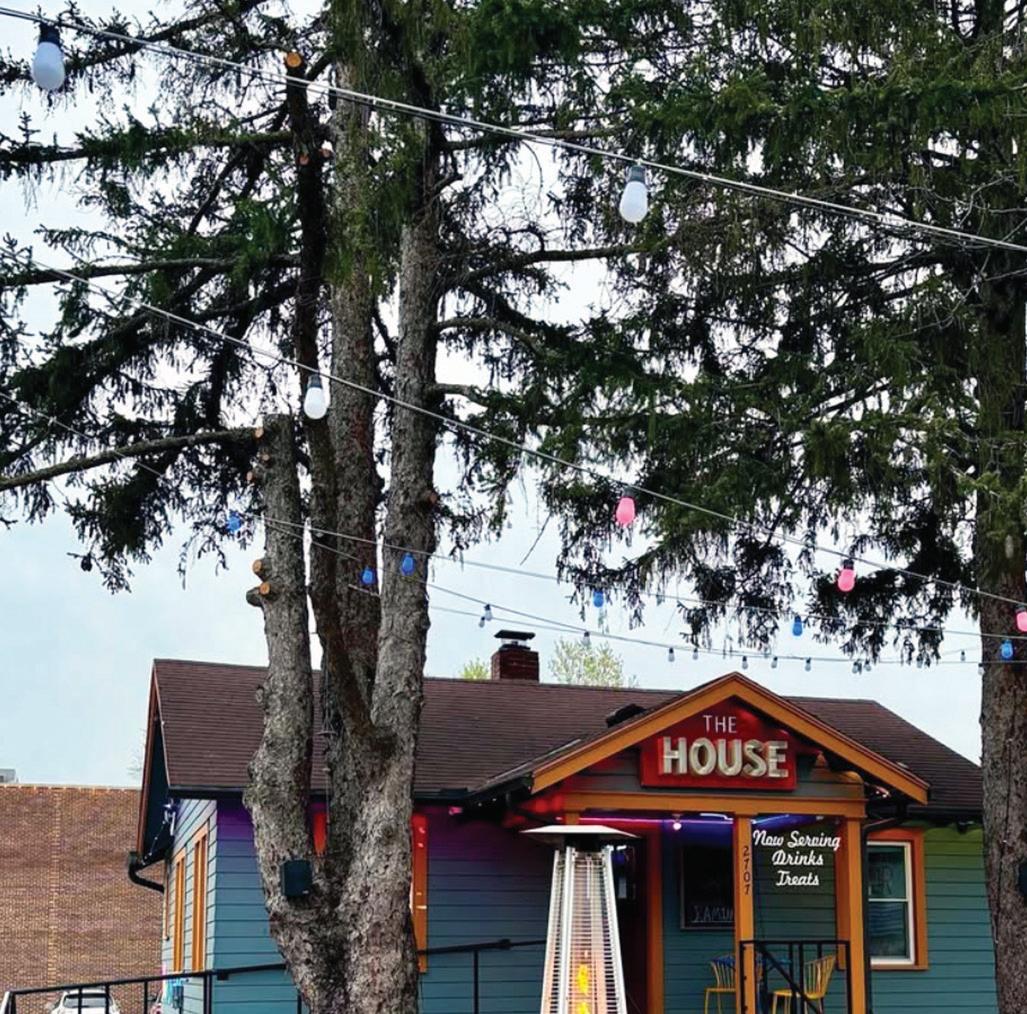
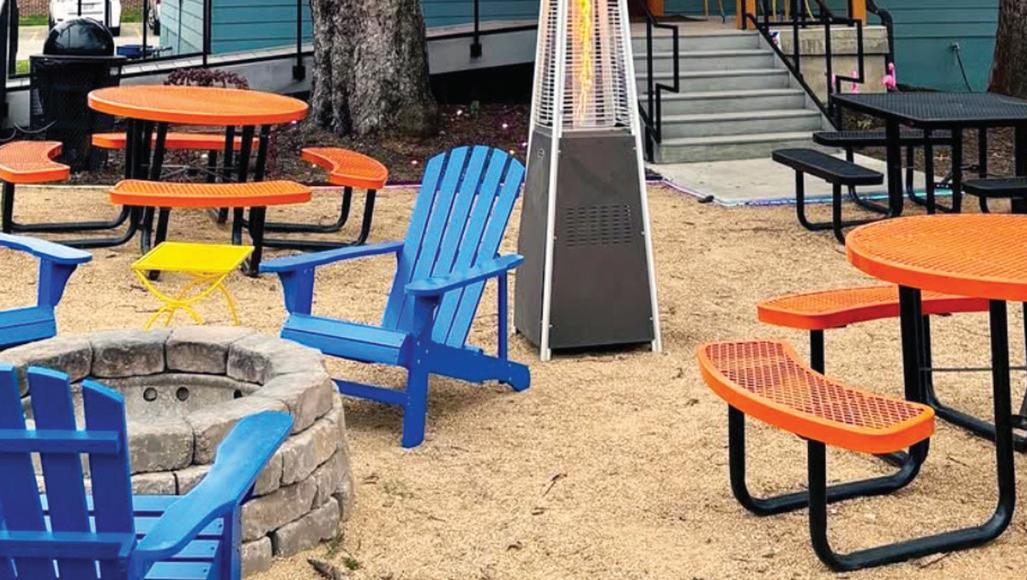

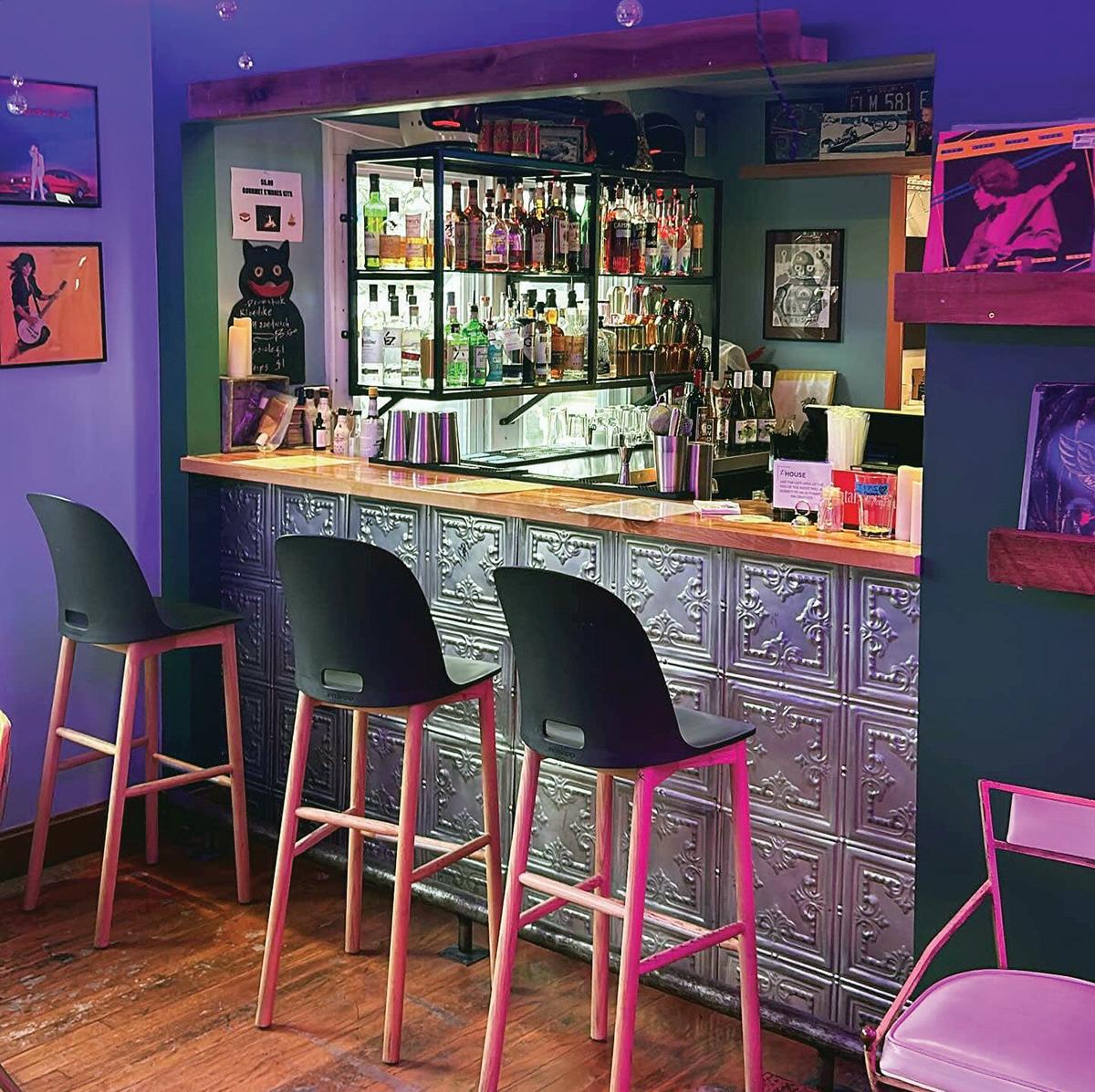

widen 85th Street.
Donegan, his twin brother, Dennis Donegan, and Hogan decided to pool their money in 1983 and purchase the Oak Ridge Manor property in North Kansas City from Louise Sandstrom, who had been operating Sandy’s Oak Ridge Manor Teahouse there for 29 years.
Oak Ridge Manor was originally a two-room log cabin built in 1827 on land granted to David Hale, a pioneer who built it for his family. Today, inside the front entry of Stroud’s, guests can still see the original frame of the log cabin, along with a copy of the original land grant signed by the sixth President of the United States, John Quincy Adams.
In 1998, Kansas City received its rst James Beard Award when Stroud’s was honored as an “American Classic.” e James Beard Foundation had been giving out chef and restaurant awards—often called the “Oscars of the food world”—since 1990, but this was the rst year they created a category for comfort-food establishments. stroudskc.com
When Malisa Monyakula rst acquired the small blue house located next door to her restaurant during the pandemic, she considered all of her options for what to do with it. e house sat next to the Westwood location of her restaurant, Lulu’s ai Noodle Shop.
At rst, she used it for storage, but eventually, a team member sug-
gested turning the cottage into a side hustle: a tiny neighborhood dive bar. e idea made good business sense: e space shares a liquor license with Lulu’s, so customers could come and go between the restaurant and the new bar.
e bar, which has been dubbed e House, has turned into a hot neighborhood hang with a seasonal list of cocktails, beer, and wine, while food can be brought over from Lulu’s next door if hunger strikes.
“Westwood doesn’t really have a bar, just restaurants with bars, and there are people from the neighborhood who come see us every night. We’re open just to socialize, meet friends, and hang out. We needed something fun, and it’s walkable for so many who live around here,” says Nick Jovanavic, the vice president of operations for Lulu’s ai Noodle Shop.
In addition to a tiny indoor seating area out tted with a bar and decorated with colorful, kitschy thrift-store nds, guests can grab a seat at one of the many picnic tables scattered in the front yard or sit around the repit located under the shade of the trees on the patio.
ey’ve begun decorating the entire house quarterly around a theme. Gourmet s’mores kits for people to use at the repit are for sale. Customers can also rent the house for private parties and neighborhood celebrations. e House is open Friday and Saturday, and they are considering opening on ursdays too, this spring. Check
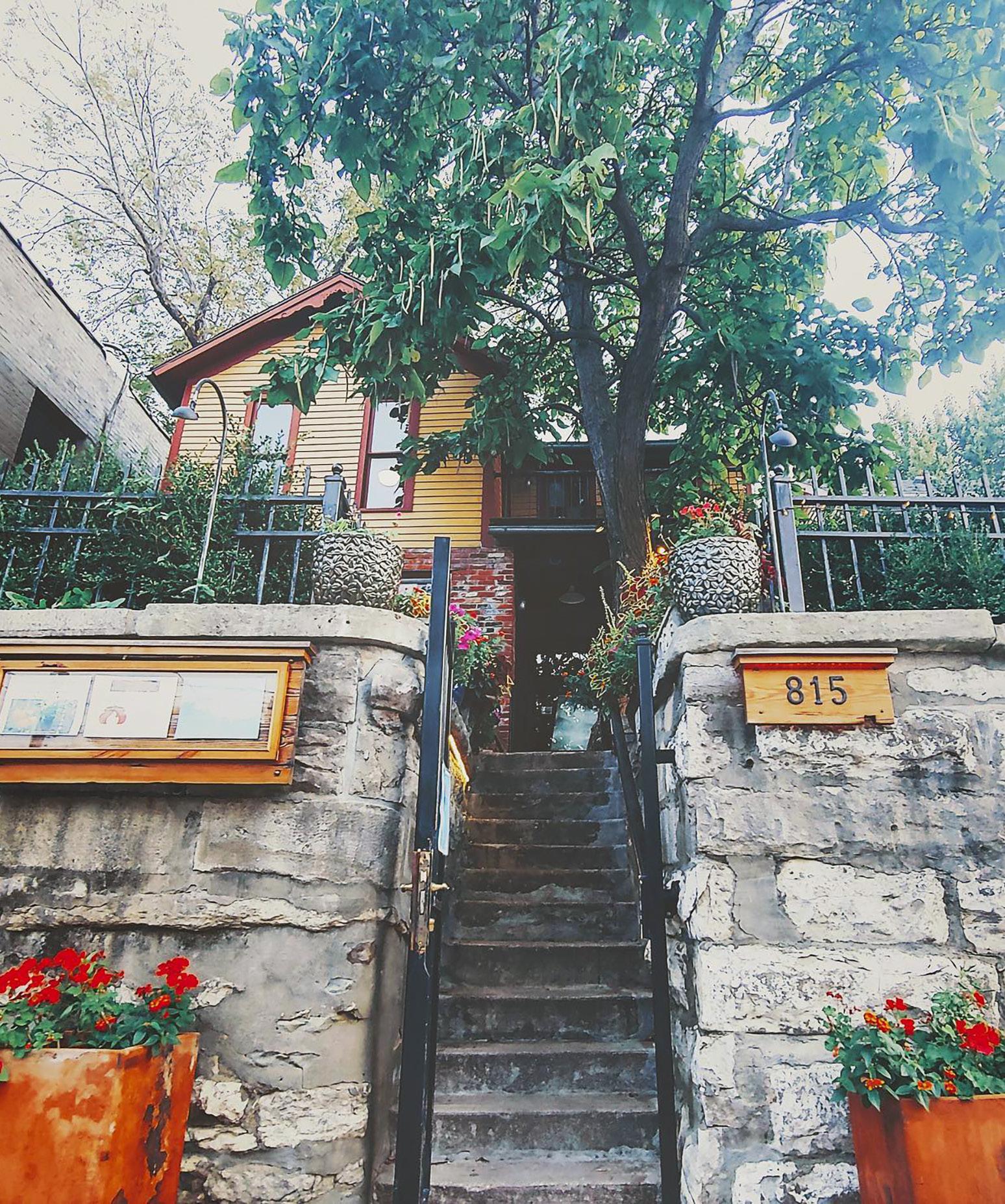
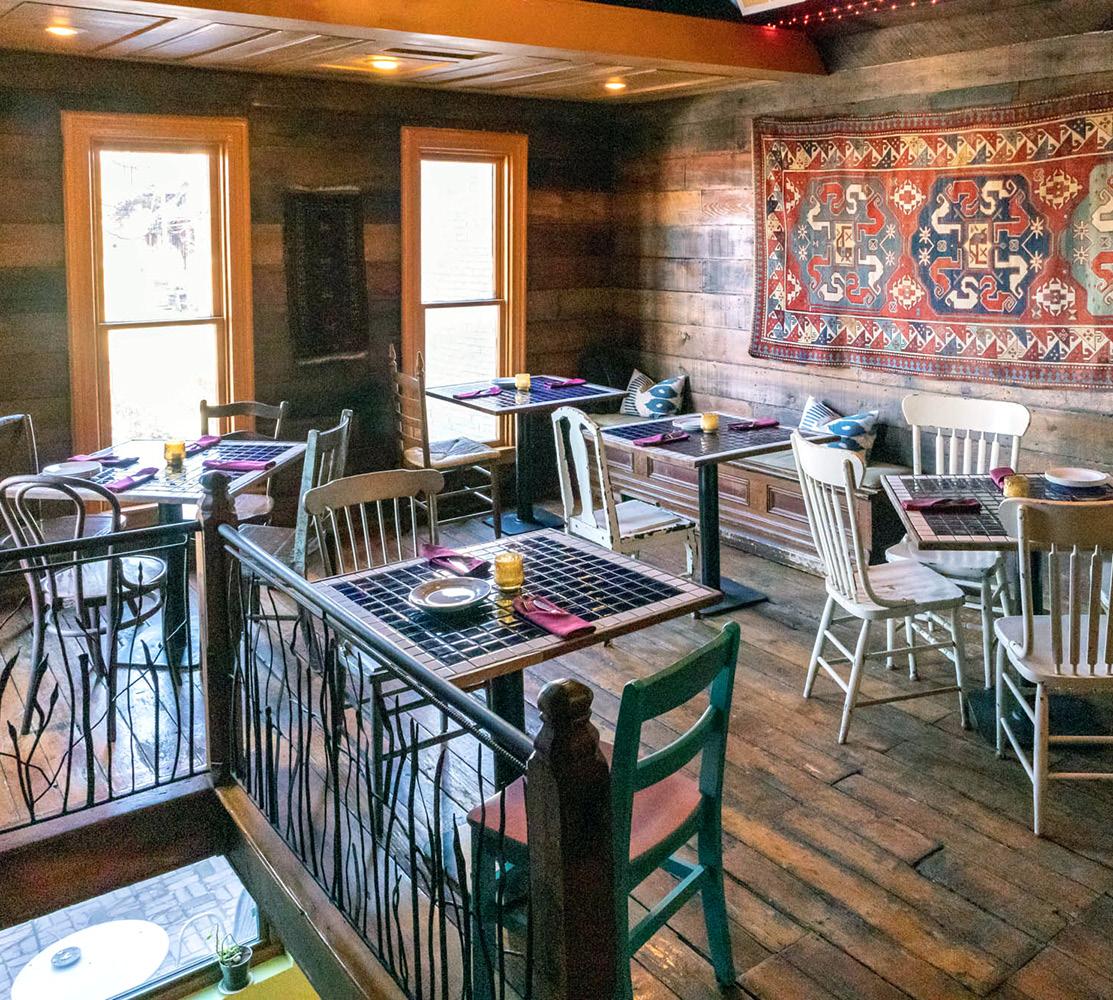
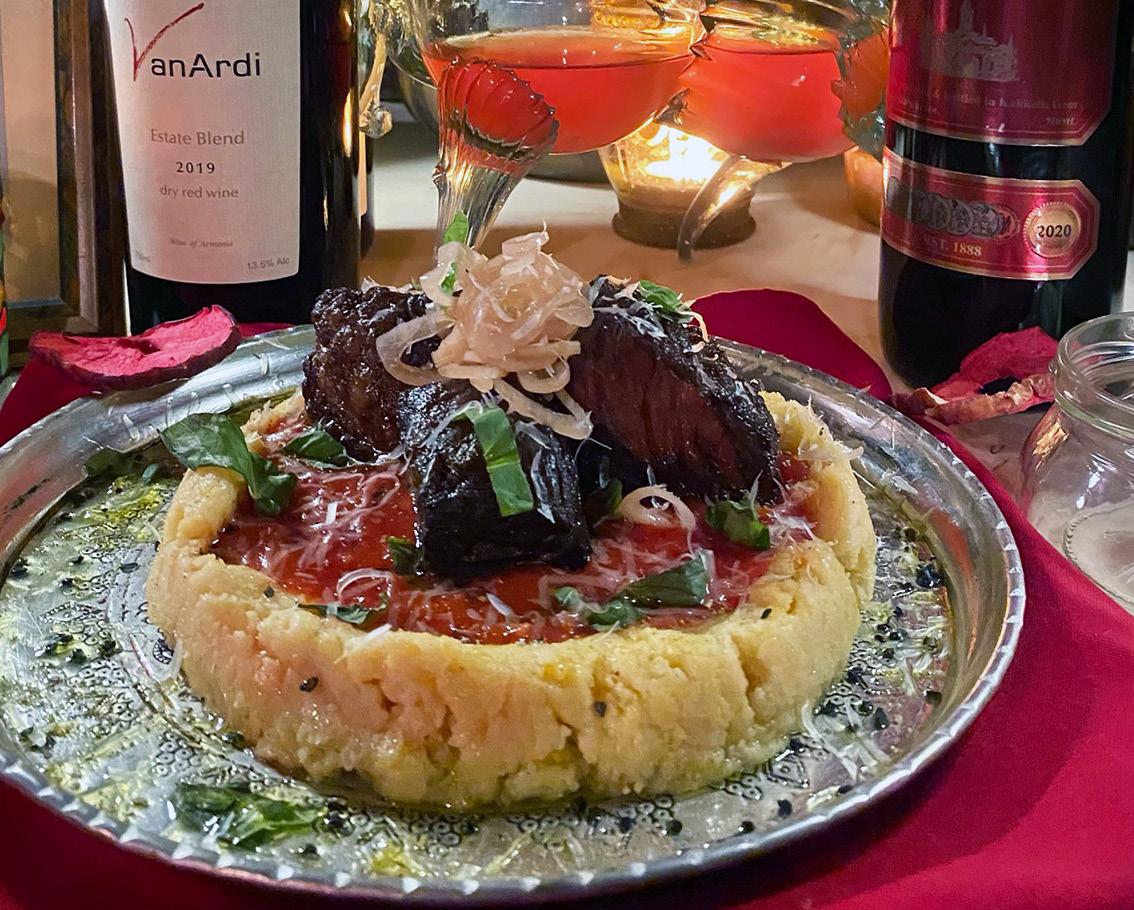
their Instagram page for seasonal hours and offerings. instagram. com/thehousewestwood
The 100-year-old house on the hill in the Westside neighborhood, now painted sunny yellow with red trim, has lived many delicious lives over the last 20 years. Tucked in next to a strip of retail stores and apartments on one side and a residence on the other, the petite home was likely grandfathered as a commercial space over the course of many years of restaurant use. For the last four years, it has operated as Clay & Fire, a restaurant serving dishes from Georgia, Armenia, and Turkey, owned by Westside developer and restaurateur Adam Jones.
The house was first home to Lill’s on 17th, a dog-friendly neighborhood tapas bar owned by Trelle Osteen, a well-traveled former TWA flight attendant who named the restaurant after her own pooch. Osteen used the upstairs of the house as her office, and only the outdoor patio and first floor seated diners from 2004 to 2012. During that time, Osteen allowed Todd Schulte, now chef and co-owner of Earl’s Premier and Bacaro Primo, to rent a corner of her upstairs office, where he installed a gas stove to launch his first food business, The Happy Soupeater, a soup-delivery business, from that space.
In 2013, the chef Ryan Brazeal opened Novel in the house. Serv-
ing New American cuisine, it was Brazeal’s first restaurant. He covered the walls in reclaimed barn wood, hung proper art on the walls, and squeezed tables and chairs into every corner. He constructed a bar area for cocktails, and opened up the second floor to seat a total of 70 guests. One of the biggest contributions that Brazeal made was to expand the back wall and build a proper commercial kitchen and dishwashing station.
“I chose the house because it had character, it looked quaint, and had this romantic and warm vibe on the inside,” explains Brazeal, “but those were the same things that made the space really challenging to operate as a restaurant. The tread on the stairs was really steep, and we had to warn people not to hit their head going up and down the stairs. The air-conditioning unit that came with the house was fine for a home environment, but not for a working restaurant. Once 70 people each clocking in at 98 degrees packed into the space, it warmed up quickly and the unit just could not keep up.”
In 2018, he and his partner, the chef Jessica Armstrong, finally made the decision to leave the house on the hill to open Novel in a location in the Kansas City Crossroads Art District. They had outgrown the old house, and it was time for someone else to launch their next concept there. Jones did just that when he opened Clay & Fire inside the former home in 2020. clayandfirekc.com
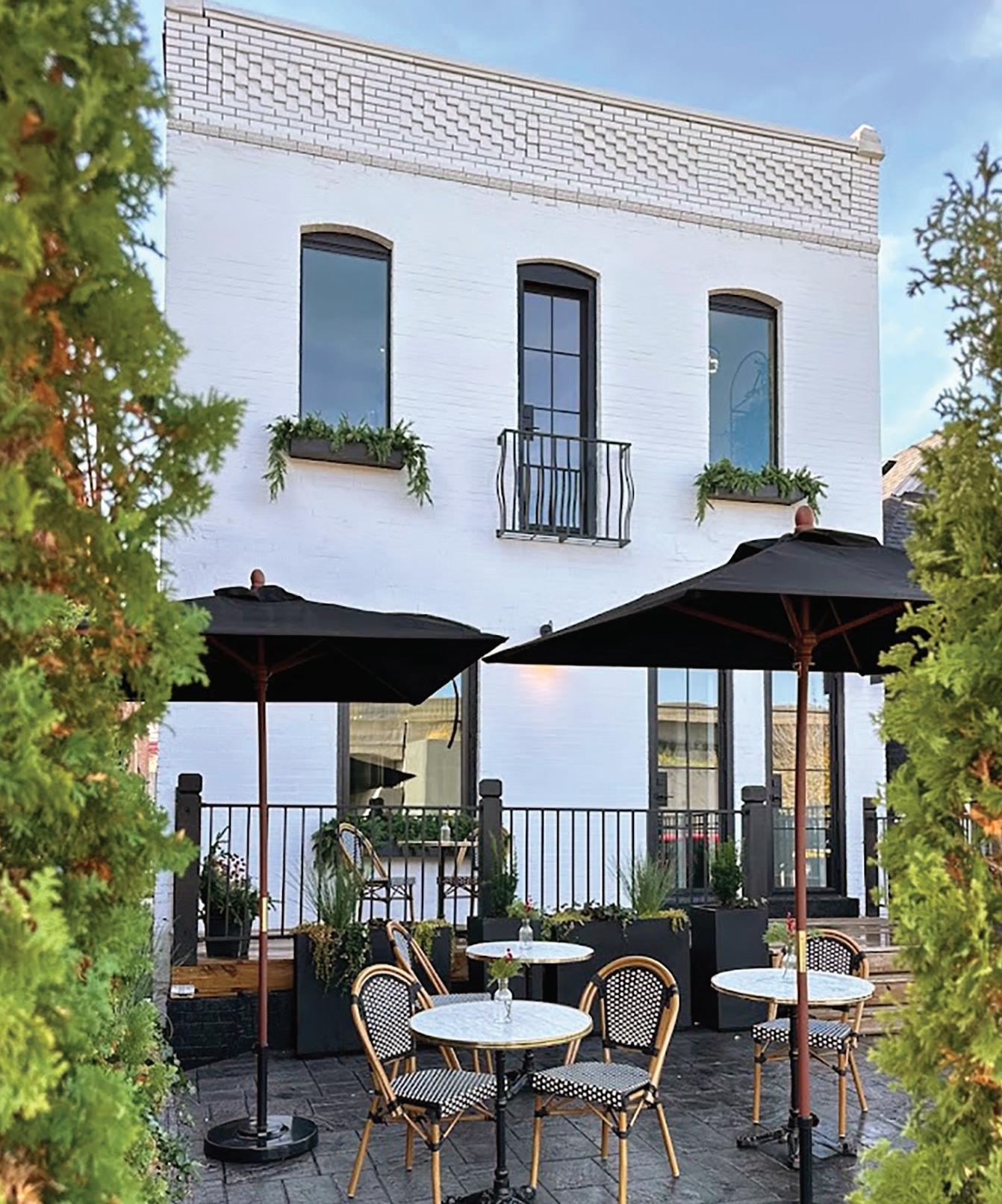


Caitlin Benedict had been on the hunt for just the right place to open her combination French-themed co ee café and hair salon and spa when she saw the two-story, red-brick duplex on the Westside that dated back to 1905. It had clean lines and a small front yard that was situated right next to I-35.
e rst call she made was to the number on the real estate sign in the front yard, where she made an o er on the spot that was accepted. e second call was to her brother, Sean Benedict, a professional contractor who works on large-scale projects across the city. She was going to need her brother’s help to turn the rst oor of the building into her dream co ee shop, Bisou, and the second oor into Second Story Salon & Spa.
“I’ve always been obsessed with the Westside,” explains Caitlin, “I love it because it feels like a small, intimate neighborhood, and it’s walkable. e City Market was another place I considered, and I also looked into Brookside. But I’m happy where I landed; I wanted to be close to downtown for Bisou to really feel like a true French co ee shop.”
e duplex, once owned by James Remley, had operated as a home for many years. Recently, his great grandchildren came to visit the family homestead and were thrilled to nd the building had been painted with a crisp coat of white paint accented with decorative win-
dow boxes spilling over with greenery and owers on the second story. A small gate leads into a charming outdoor patio set with tables and chairs and umbrellas, and on the inside is an e ortlessly chic, tiny, black-and-white French co ee shop on the rst oor, and a stylish salon on the second oor.
e siblings quickly began the long process of remodeling the space. Often working from 6 a.m. to midnight, they decided to leave the footprint of the building as is, and after gutting and renovating the kitchen and bathroom to code, they painted the walls and ceiling, stained the hardwood oors, crafted the marble co ee bar, installed handsome pocket doors, and built bookshelves, where Caitlin sells books, merchandise, and other sundry items.
“ is place was a labor of love and a big investment for her, so I wanted to do it right,” says Sean. “She’s an artist herself, so she knew exactly how she wanted everything to look, and I tried my best to make it look like what she had in her head.”
Now that Bisou is open, Caitlin thrills to see people enter, order coffee and a pastry, and sit down and socialize with other people. Recently, she glanced up from the co ee counter to nd the entire front room full of guests, each sitting at their own white marble bistro table, but all talking to each other across the room. Oui! bisoukc.com

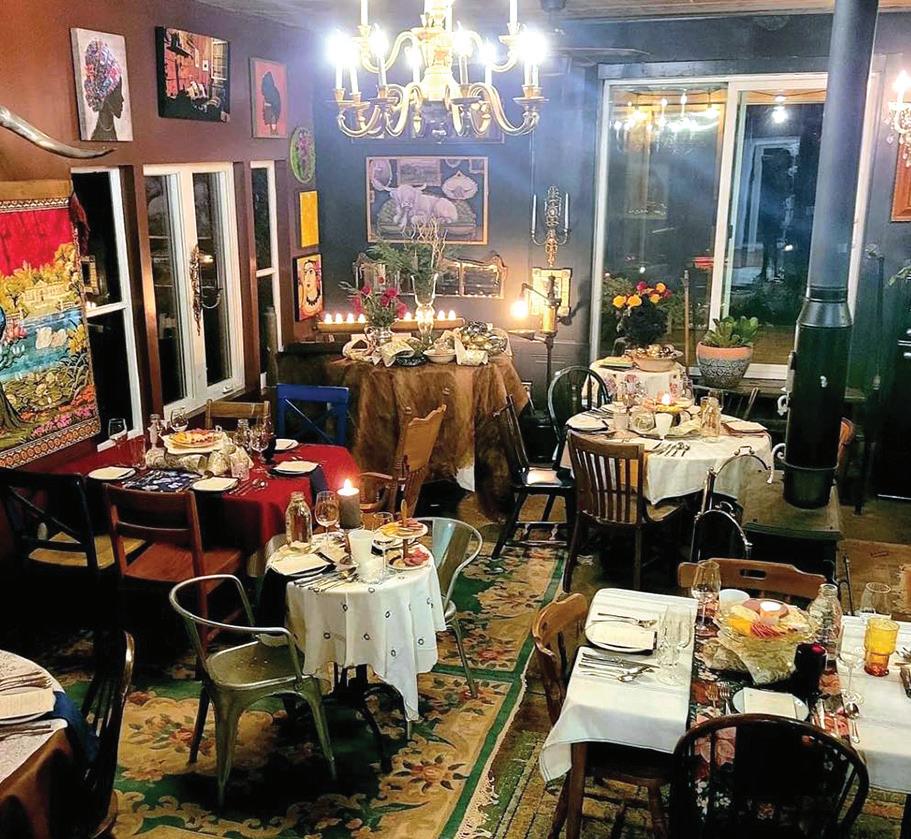

In 2020, Shantel Grace and her partner, the chef Rozz Petrozz, had gone foraging in the woods southwest of Clinton Lake near Lawrence, Kansas. After a successful afternoon, the two returned with the ingredients for dinner and a plan to convert the long-abandoned McKinzie farmstead they had stumbled onto in Overbrook, Kansas, into their new farm-to-table restaurant and family home.
e farm was homesteaded in 1856 by the McKinzie family, who had moved from Iowa to Kansas to ght for a free state. Absalom McKinzie homesteaded the land where the farm is located. In 1856, with help from his neighbors and several Indigenous families, he built the barn. Four years later they built the house.
Saltwell Farm Kitchen got its name from a neighbor, Jeananne Schirmer, whose family once lived at the farm. She told the couple about the artesian well on the property, and something stuck. Apparently, people would come by speci cally to get water from this well, which was known for its salty water, and they gathered and chatted with each other as they retrieved water for their families.
After undergoing a year’s worth of construction, DIY projects, and shopping at yard sales for antique plates, cups, and silverware, the Saltwell Farm Kitchen opened in 2021 with Petrozz in the kitchen
and Grace working the front-of-house. e couple met working at Grace’s restaurant, Ramen Bowls, and their collective industry experience makes the farm dinners feel e ortless, with food that celebrates local farmers, foraging, and Midwestern cuisine.
e home holds the story of four other farm families, and as neighbors found out what Grace and Petrozz were doing, they began donating linens and objects that once belonged to the families that lived here.
Now, with two James Beard semi nalist nominations for Petrozz for Best Chef Midwest, their Friday and Saturday night dinners sell out quickly. When the weather is nice, they host a 45-seat dinner party in the backyard within a grove of walnut trees that have café lights strung between the branches. When the cold weather hits, the party moves inside to their maximalist garage-turned-dining room, and one simply can’t help but experience the history of the home and the energy of all who have lived and worked here.
“We come from families where there were always cookbooks and pictures on the wall, and in the world of serial restaurants with minimalist environments, we nd we have to have a place that feels like our grandmother’s house,” says Grace. saltwellfarmkitchen.com
A bird’s-eye view of the living room, where the Carlsons’ golden retriever rescue, Lainey, relaxes in front of the fire.
A LOCAL ARCHITECT AND A CALIFORNIA-BASED INTERIOR DESIGNER TEAM UP TO CREATE THE ULTIMATE DREAM HOME FOR A LEAWOOD COUPLE
When it came time to retire, a Leawood couple had decisions to make. Mark Carlson, a cardiologist, and Sue Carlson, a former buyer for the Jones Store, and their two grown sons had lived in the Midwest, Washington D.C., and more recently in California. Which area would they call home at last?
Beachy San Diego, but with all the attendant problems the West Coast is having? Or land-locked Kansas, with all the family connections?
When the couple found a property that bordered a small lake in Leawood, they realized they could have their beach and laid-back comfort, too.
They made a list of what they wanted in their forever home. “We love entertaining,” Sue says, “and we wanted lots of light and indoor-outdoor living.” Mark envisioned a wine cellar, a dedicated office, a theater room, a hot tub, and space for a golf- and skeet-shooting simulator. An elevator so they could age in place would be required. To fashion all of this
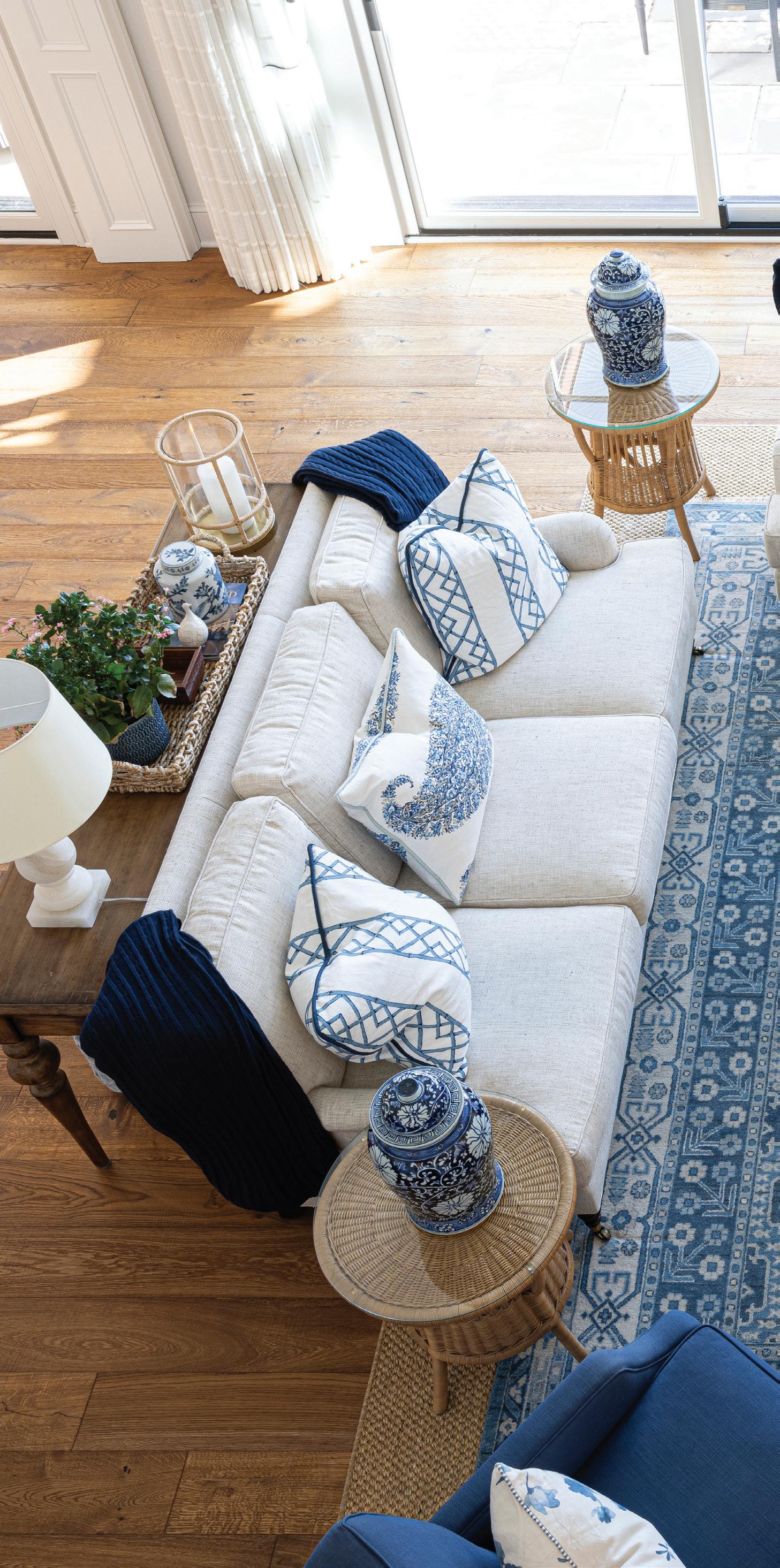
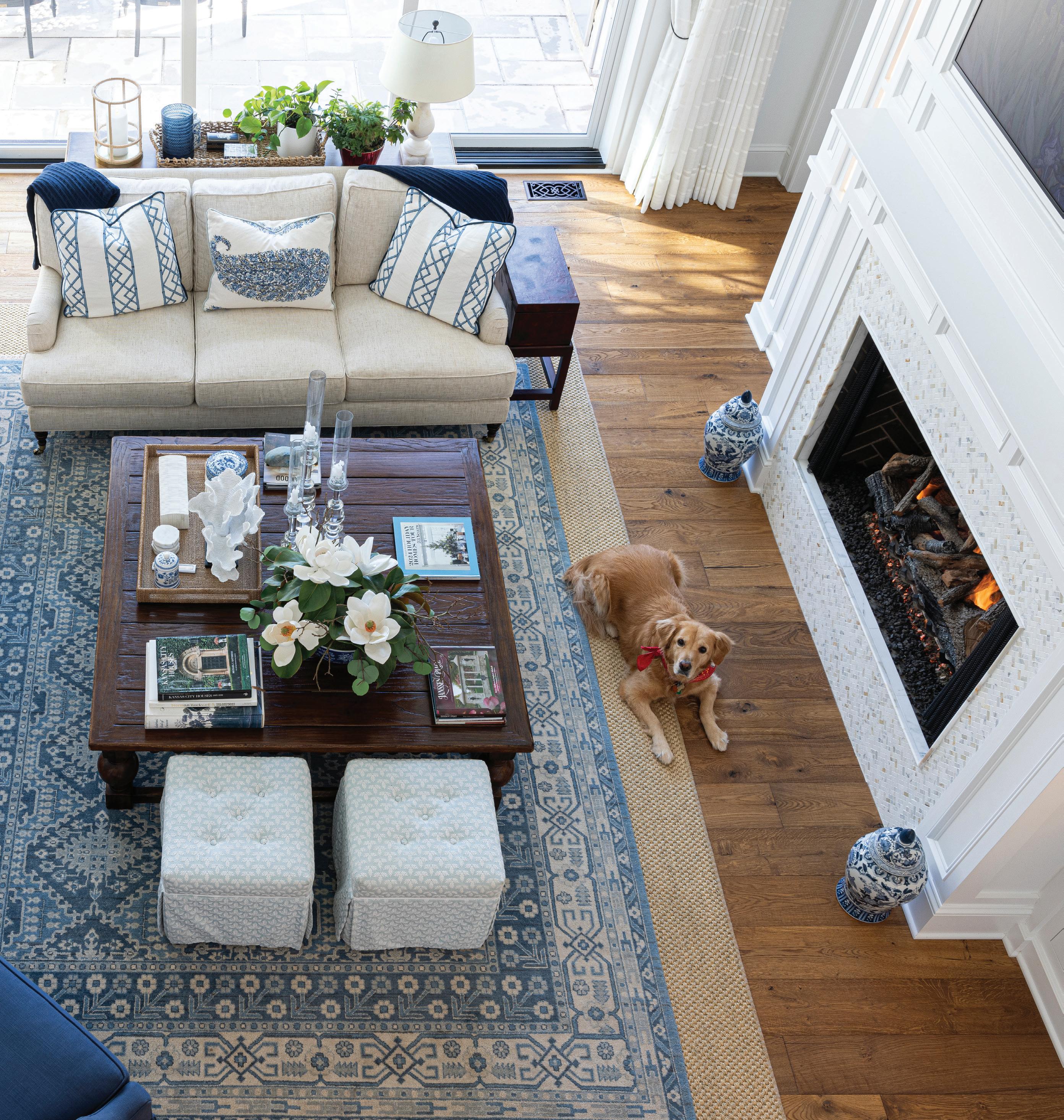
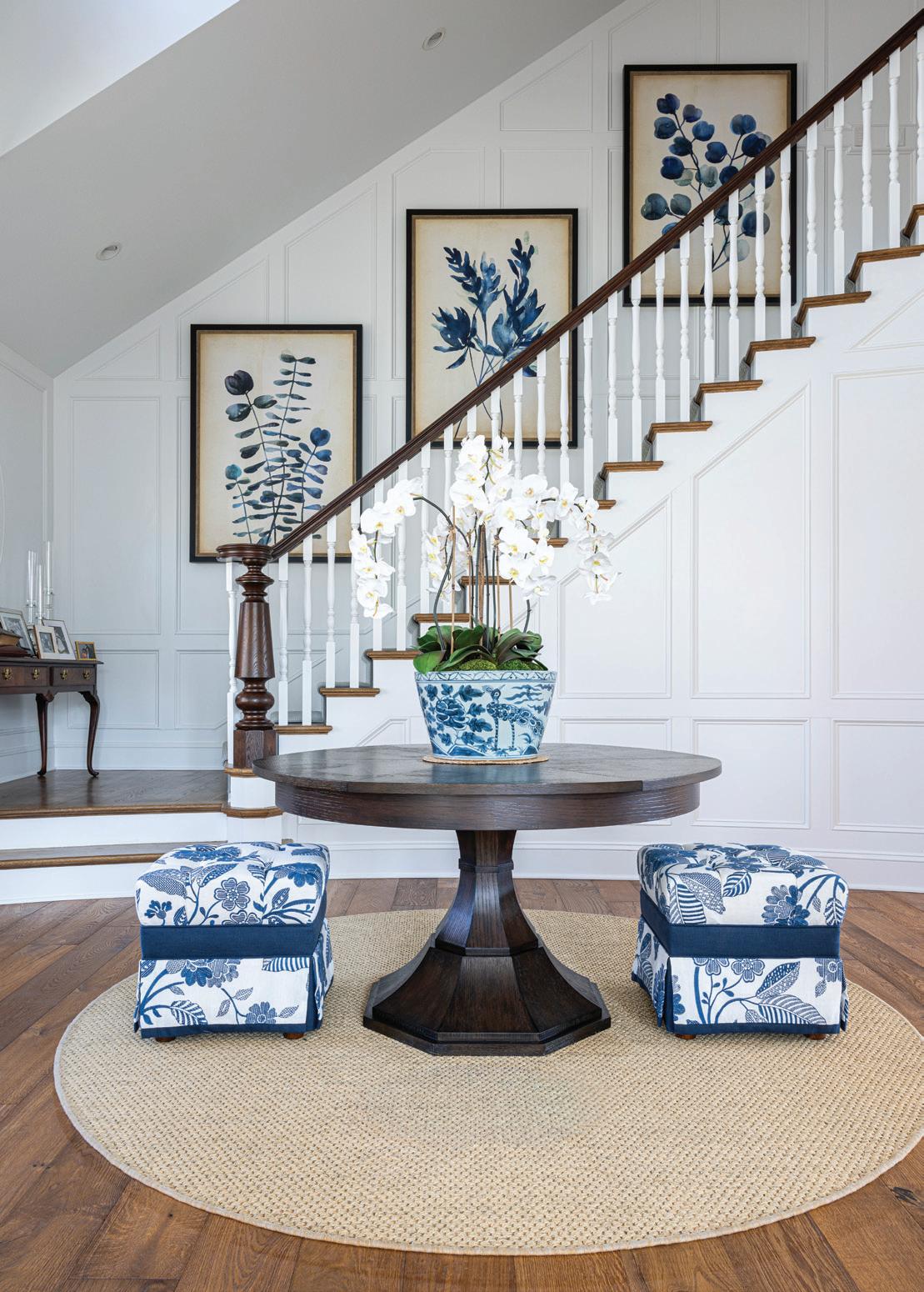
Top, left: The blueand-white theme is introduced in the foyer, with the fabric, art, and ceramic planter. Top, right: Schumacher’s classic Hollyhock pattern clads the walls in the powder room. Right: In the home’s turret, an expandable Jupe table from Sarreid Ltd. mimics the curved walls of the dining room. Flowers by Botanica Flower Studio.
Opposite: In the library, alderwood trims the walls and bookshelves that hold antique books, medical books, and bound copies of the magazines published by Sue’s father.
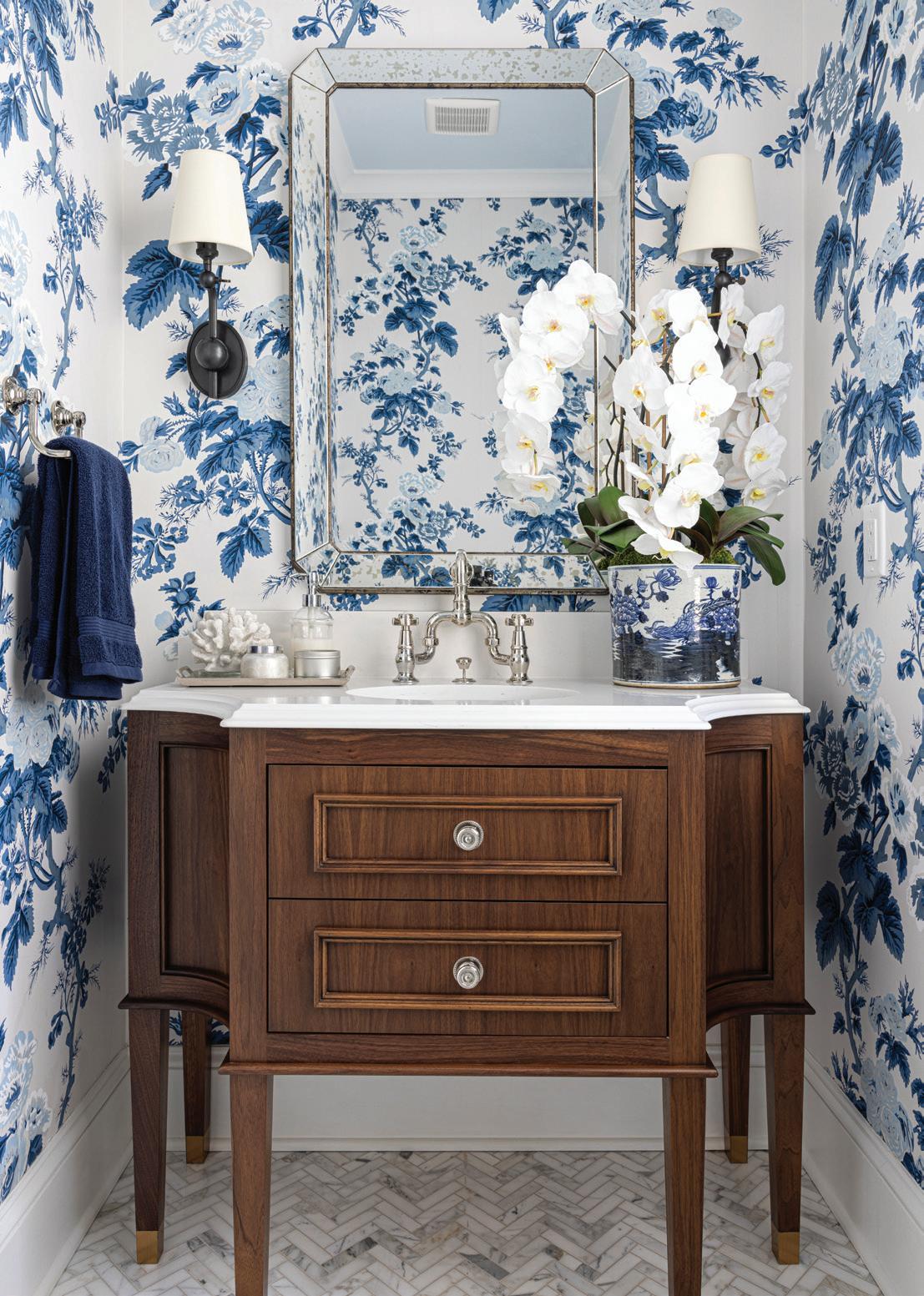
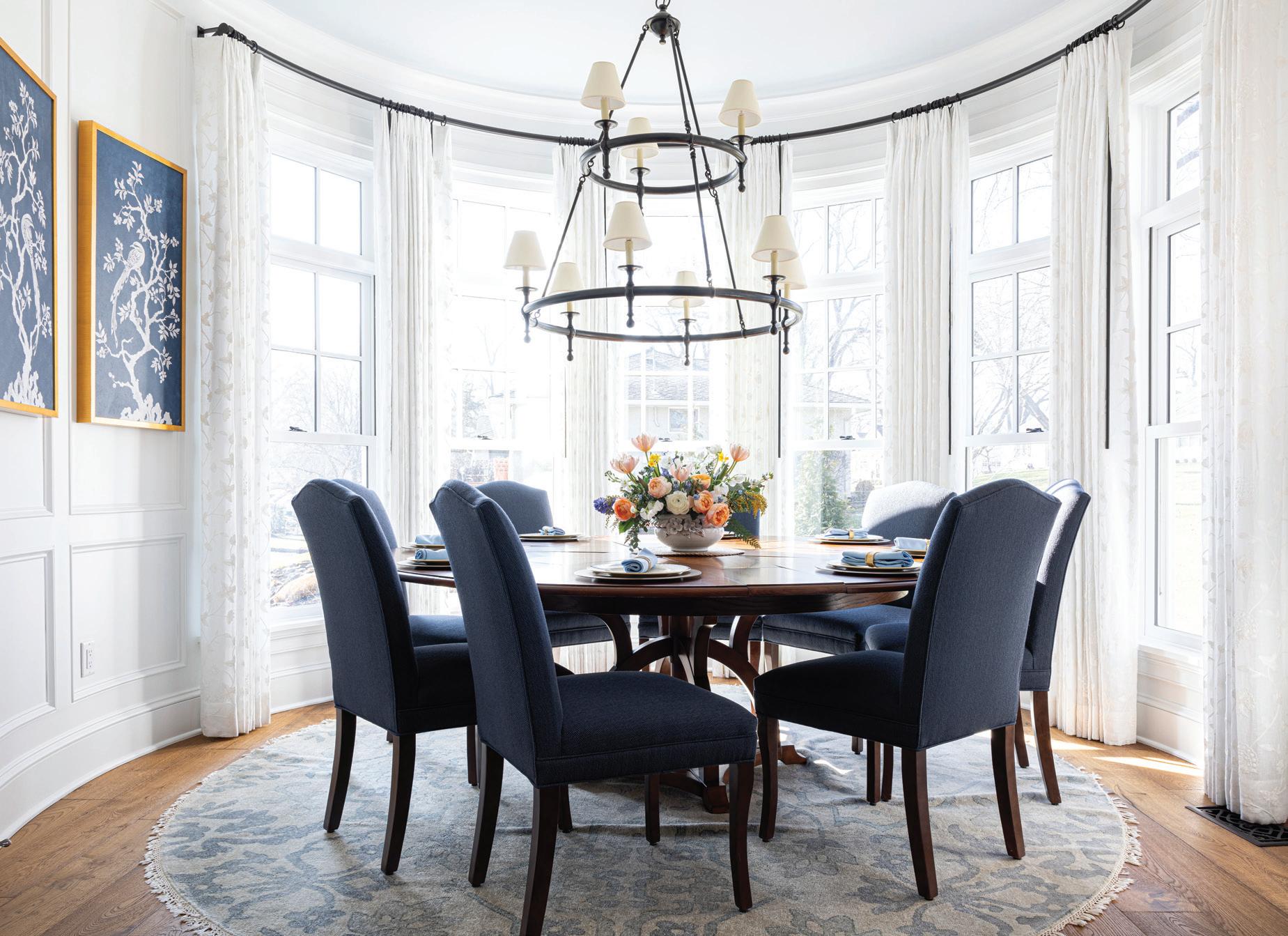
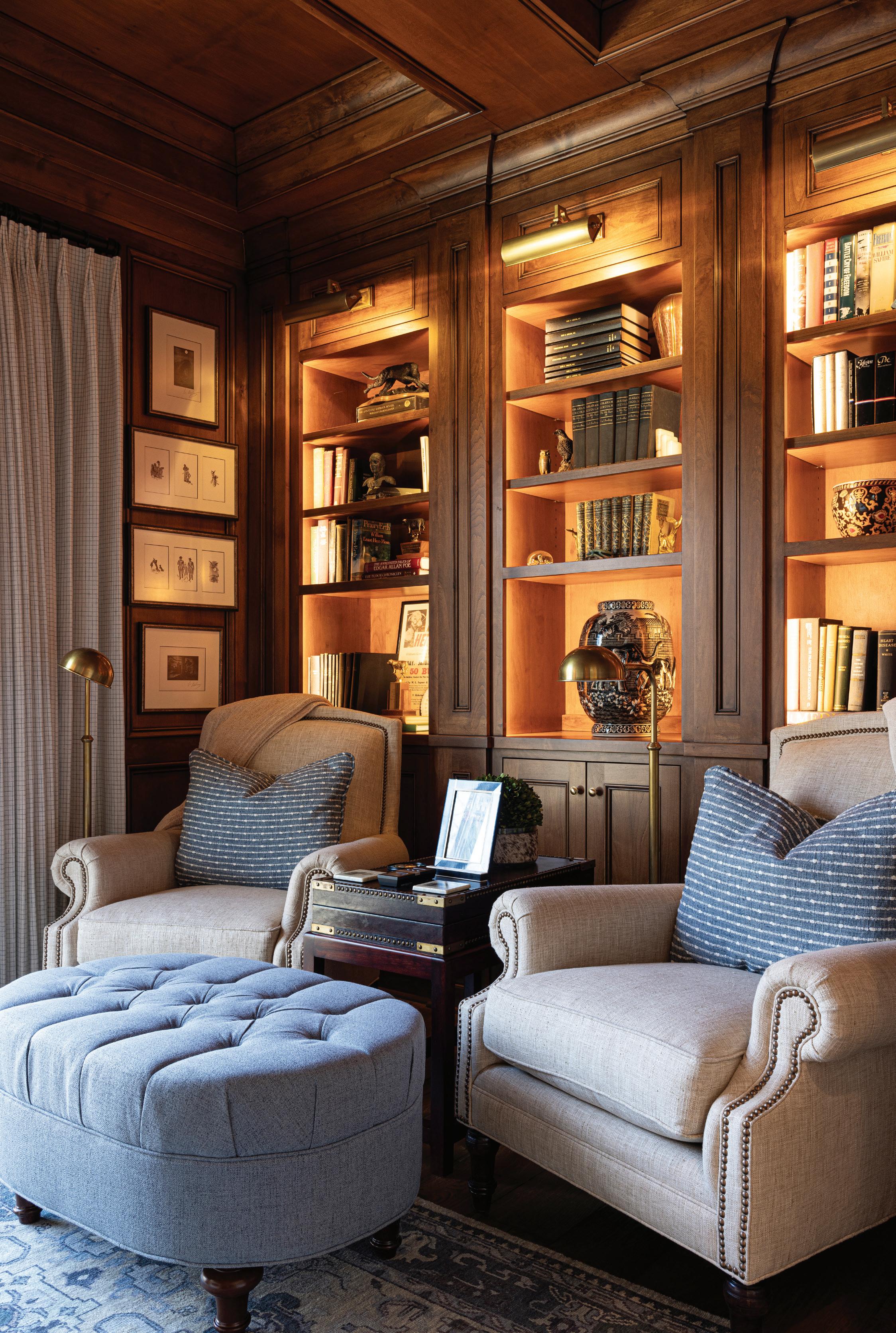
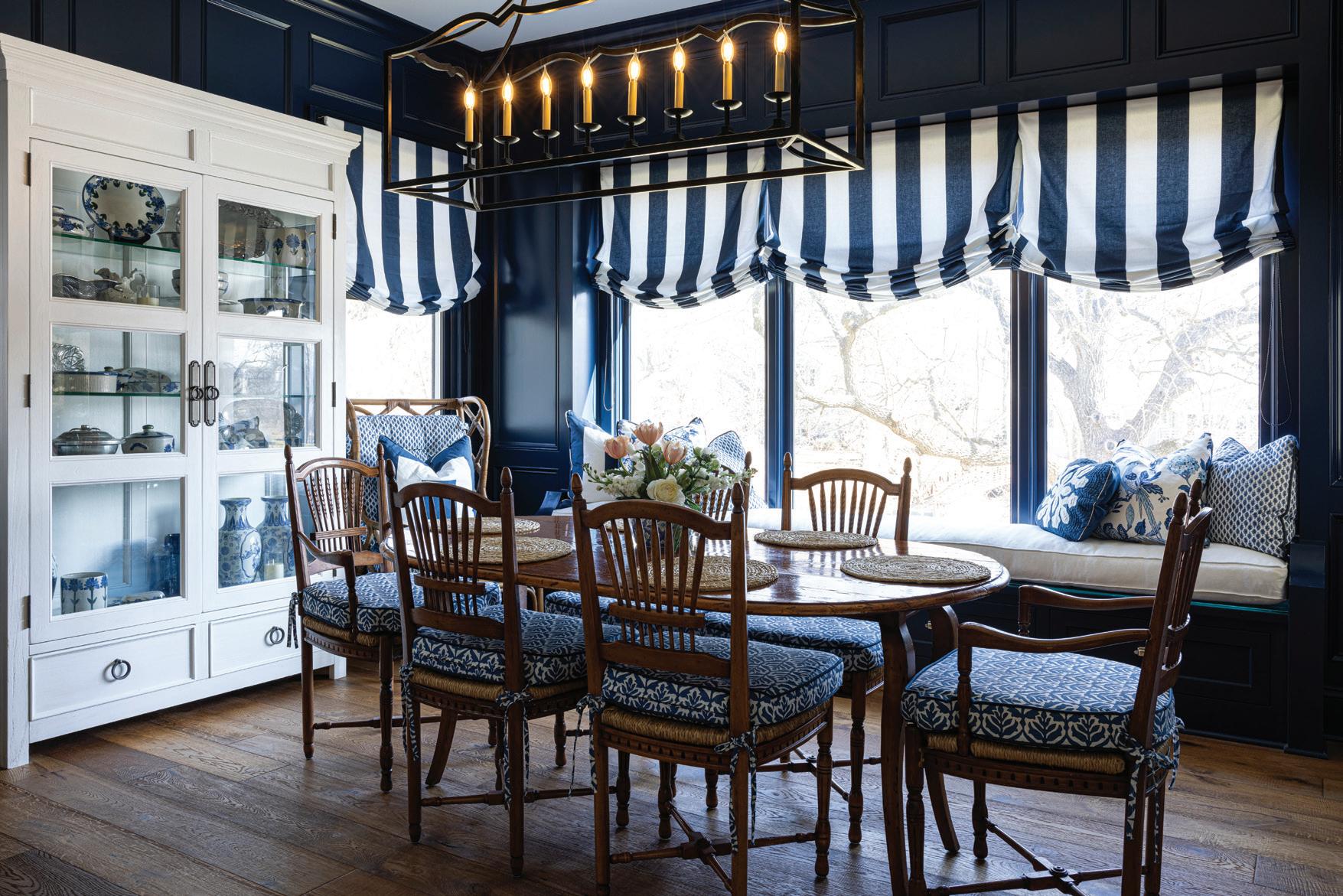
“It’s been our kitchen table for years and made many moves,”
says
table, and the cushions have been recovered to match every interior. Flowers from
Appliances in the kitchen include a stainless-steel Wolf rangetop and ovens, while the integrated Sub-Zero refrigerator/freezer is paneled to match the cabinetry.
into a residence, they hired Kara Carlson (no relation) of Carlson Duncan Architecture and Interior Design as the architect and Kirk Wulff of Wulff Fine Custom Homes as the builder.
What ties it all together is “a traditional, coastal, Hamptons style,” says Sue. And what says that more than blue and white? Kathy Ann Abell, an interior designer in the San Diego area whose work Sue discovered online, made this color scheme look fresh and interesting in every room.
“Mark and Sue were so much fun to work with,” says Abell. “They gave me the freedom to design a wonderful home for them, room by room. For each space, I picked out a lead fabric and then I pulled everything else from it. I made sure to vary the shades of blue and the patterns in the fabric. I also used natural fibers like raffia and wicker to bring warmth to each room.”
Shades of blue, from Benjamin Moore’s Hale Navy in the breakfast room to Sherwin Williams’ Oyster Bay on the kitchen island, are complemented with crisp white and texture from European Oak hardwood floors throughout the first floor. Most of the curtains are white linen, but with different embroideries or trim details. Each bathroom has a coordinating but unique pattern of tiles. “We took a day to choose all the tile, and I was exhausted by the end of it,” says Sue with a laugh.
It took six days for Abell and her design team to install everything, from furniture and rugs to lighting fixtures and art. “I love that part of my job,” she says. “It fills my cup.”
It has now been two years since Abell helped the Carlsons move in. The couple regularly welcome large gatherings and groups, such as the
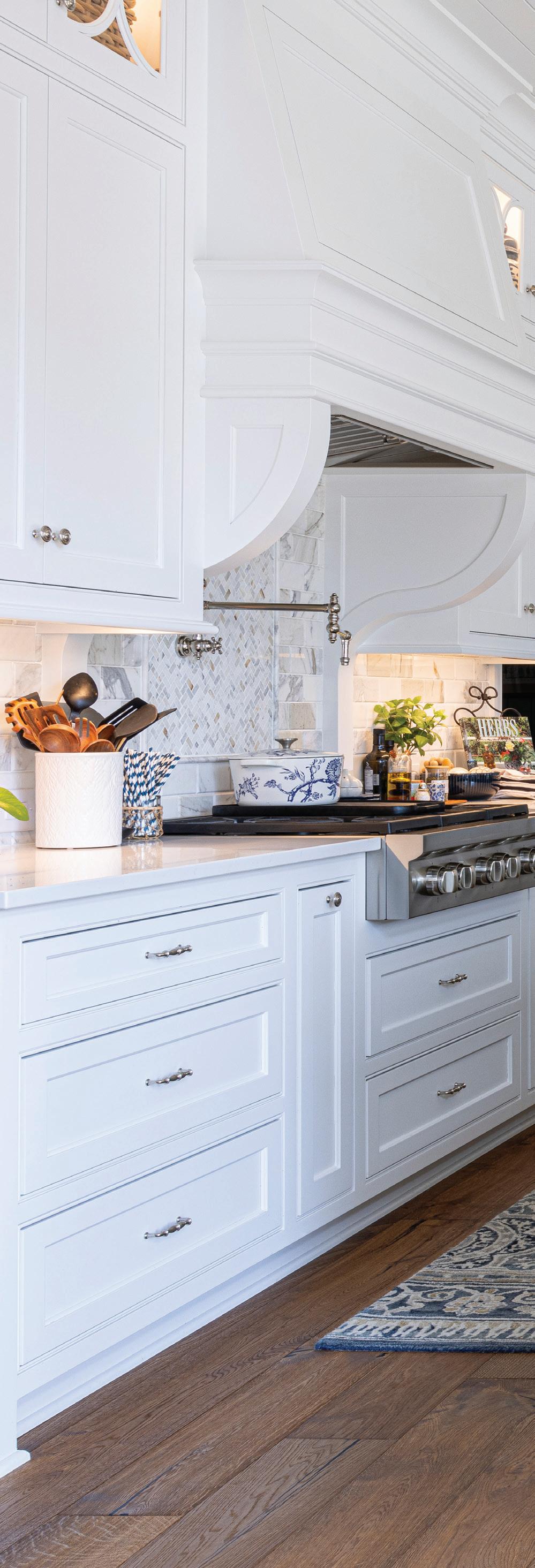
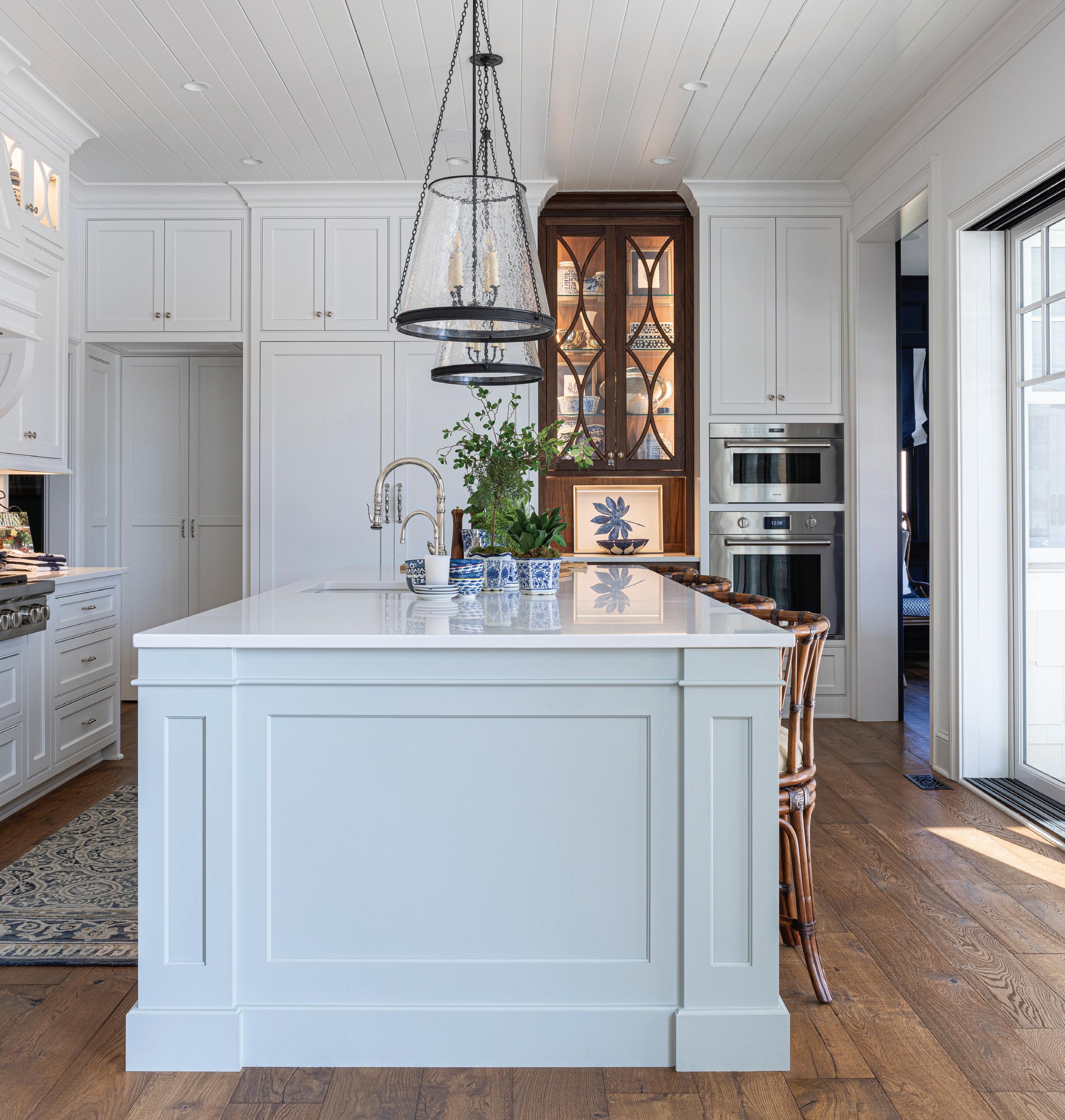
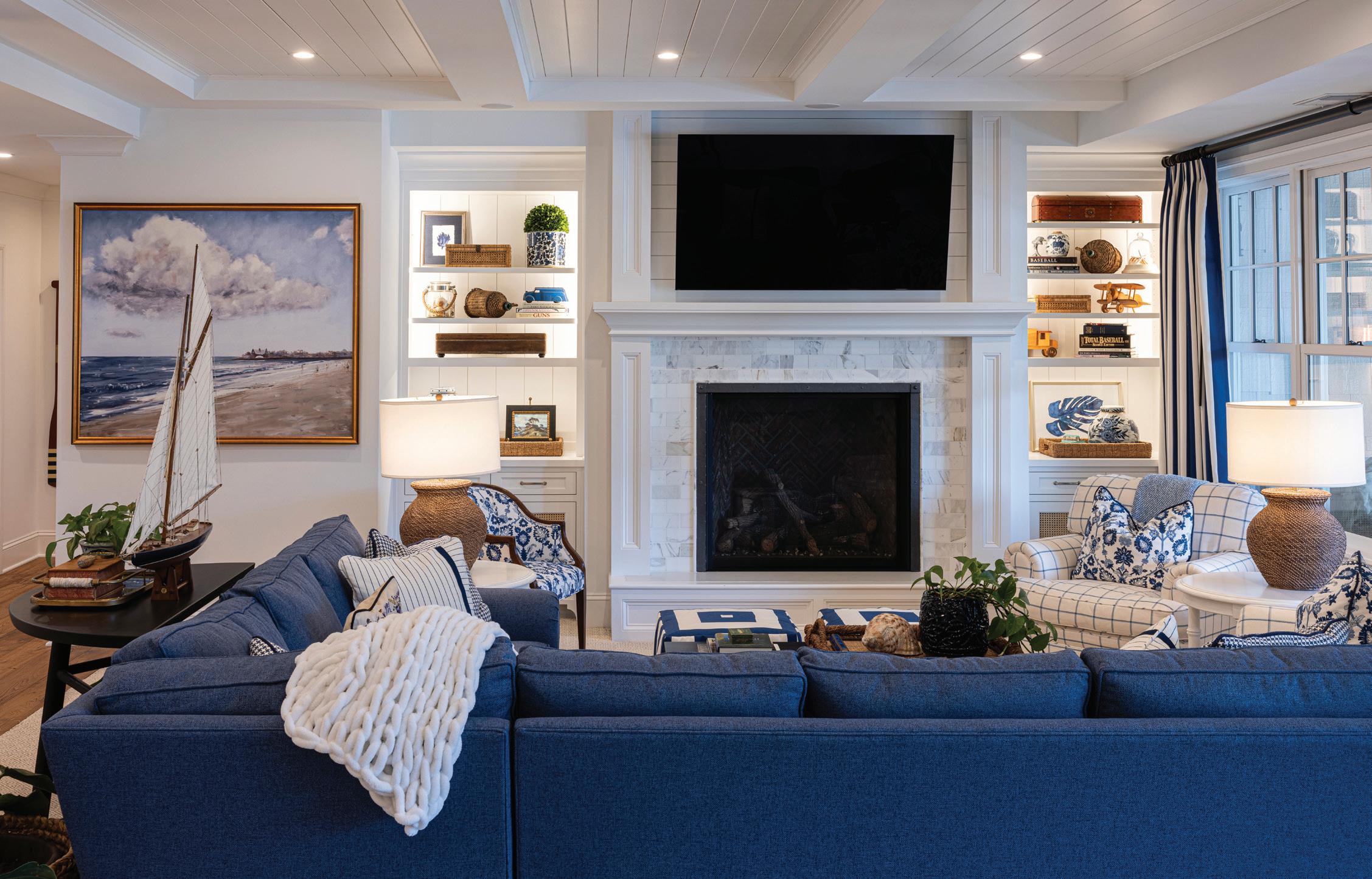
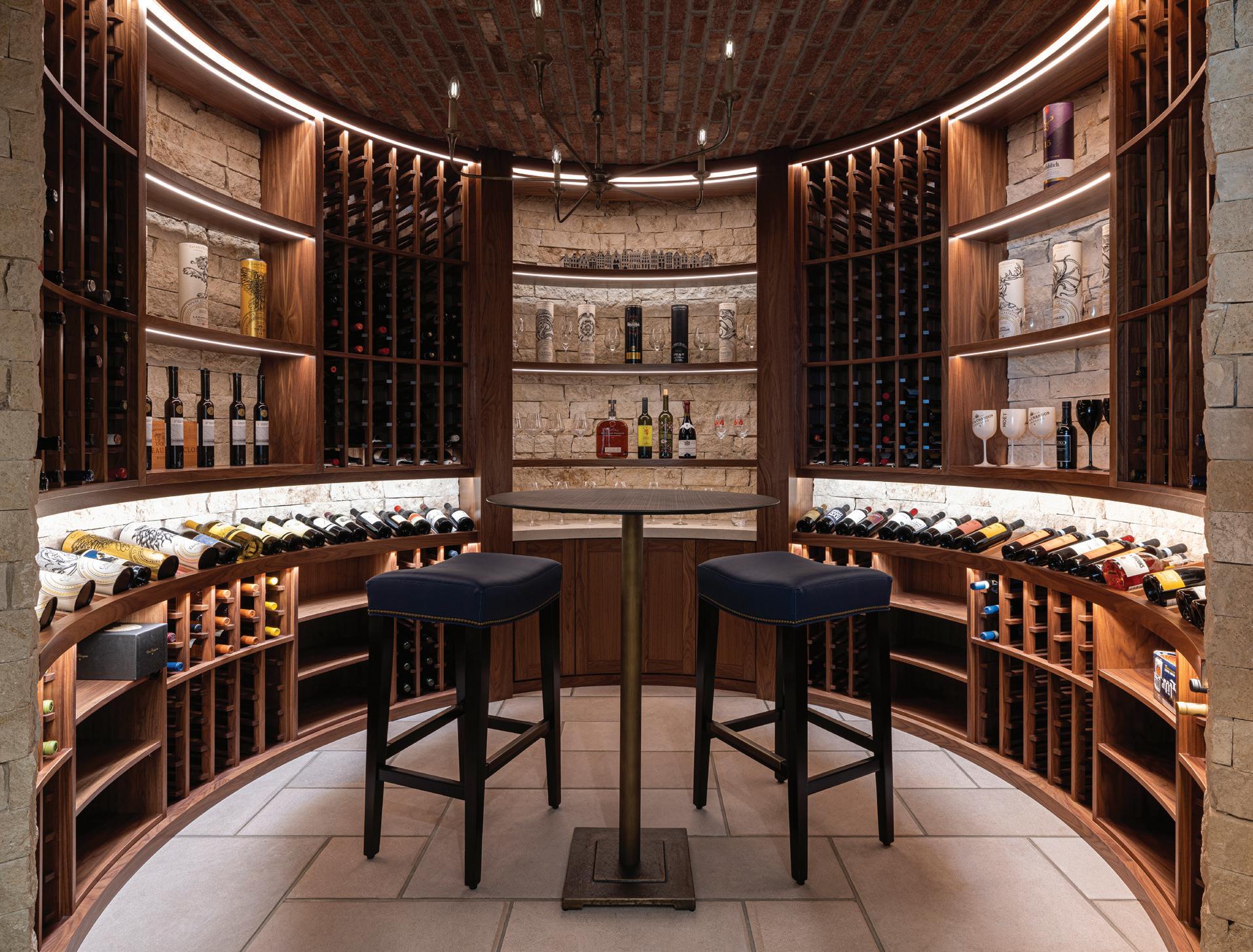
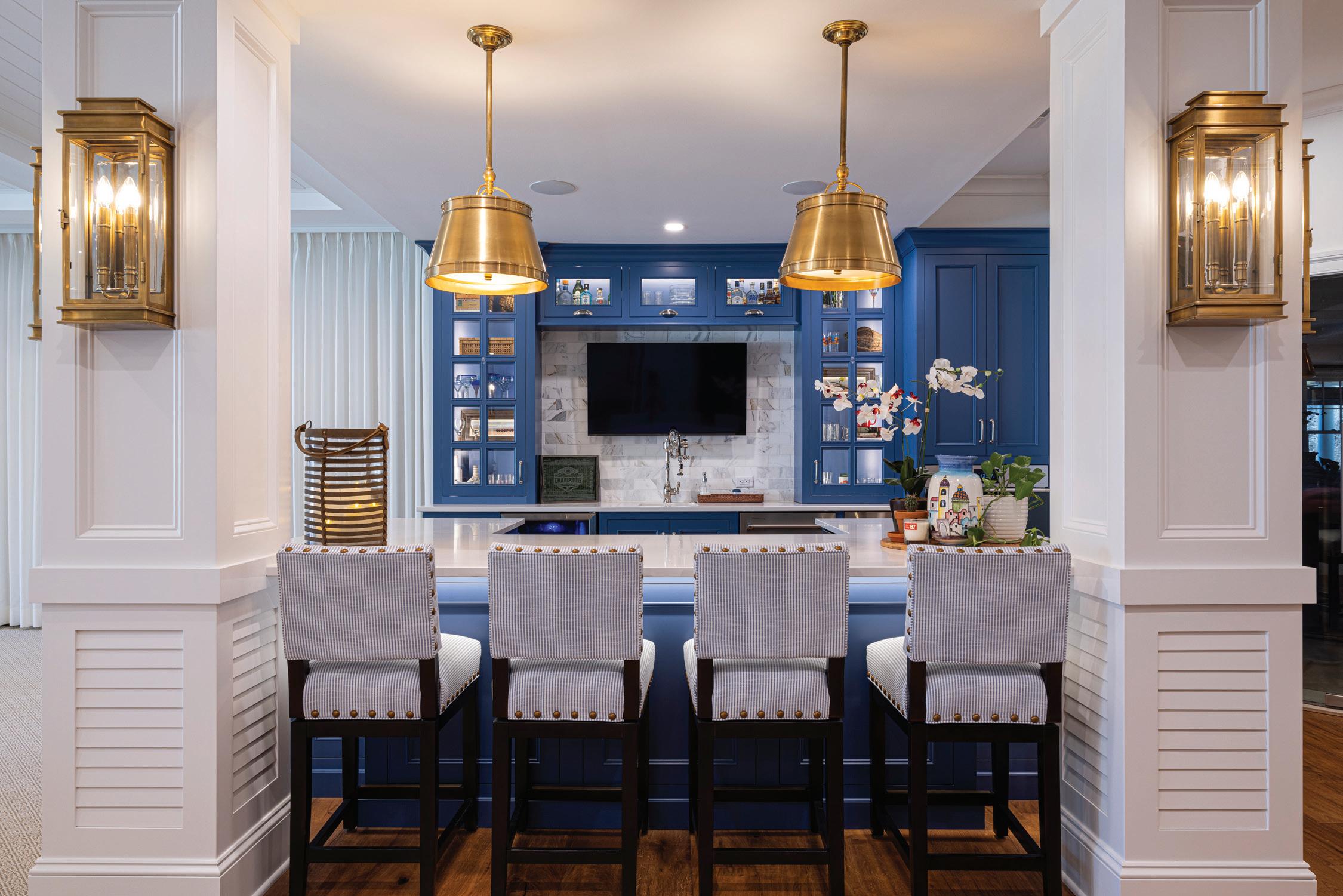



2024 Kappa Kappa Gamma Holiday Homes Tour last December or watch parties for Royals games in summer. They also enjoy their downtime in small and cozy spaces. There is always something to do or a new place to hang out in their home.
The generous circular entry hall leads to the turret-shaped dining room with its ingenious round table and an enviable storage closet with concave doors, providing storage for platters, linens, wine glasses, and more. “The attention to detail on the cabinetry is just amazing,” Abell says.
The large living room has a panoramic view of the lake. When weather permits, they open the glass doors on the veranda.
“I love to cook,” says Sue, and the generously sized kitchen with its white cabinetry and quartzite counters makes preparing a dish seem effortless. Of course, it doesn’t hurt that a secret, hidden prep kitchen handles some of the mess, while a butler’s pantry with a wine refrigerator and extra dishwasher keeps everything close by but out of sight.
Around the corner, the breakfast room is Sue’s favorite spot for morning coffee while she perches on the window seat, where she can view her collection of Louisville Pottery that started
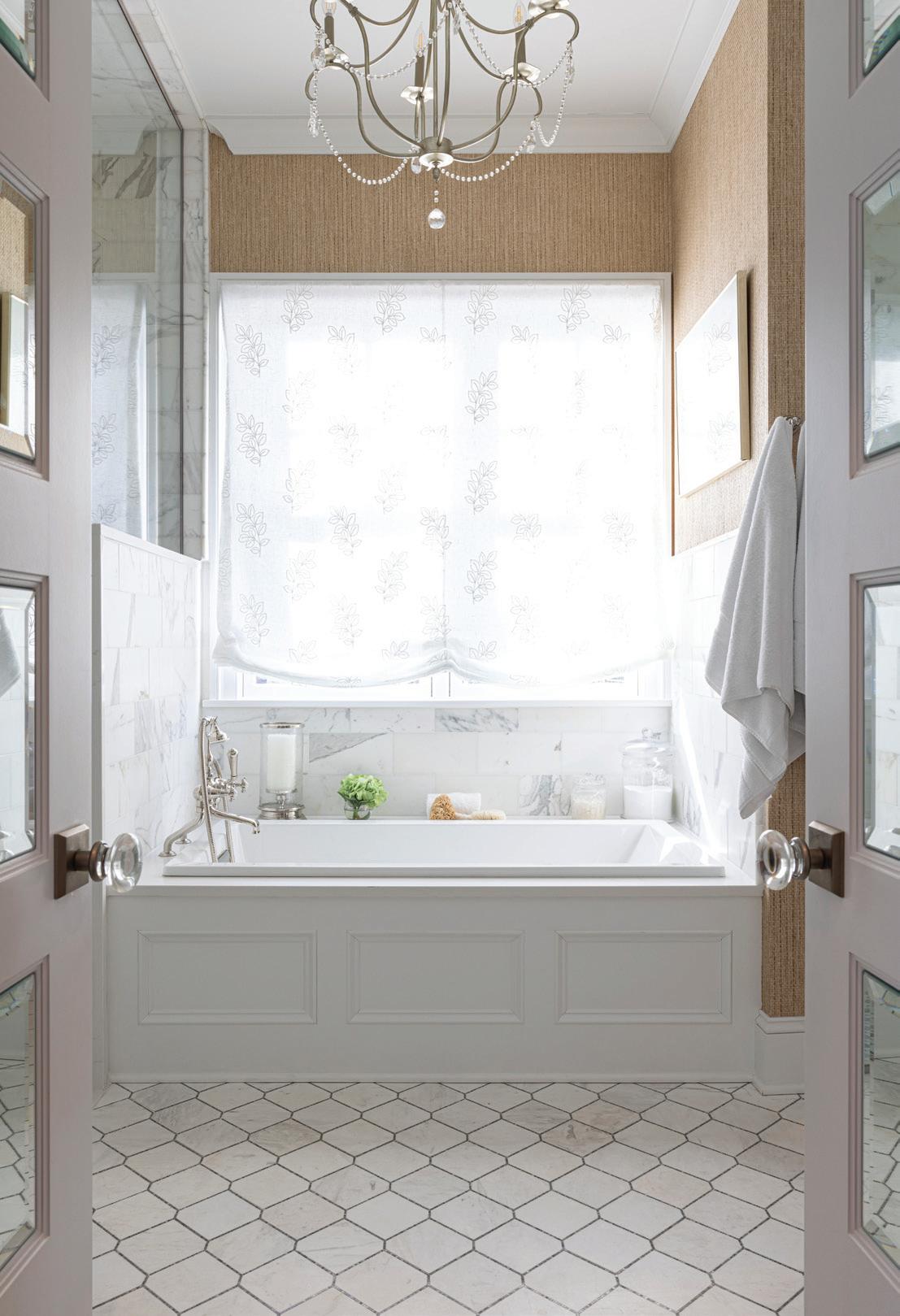
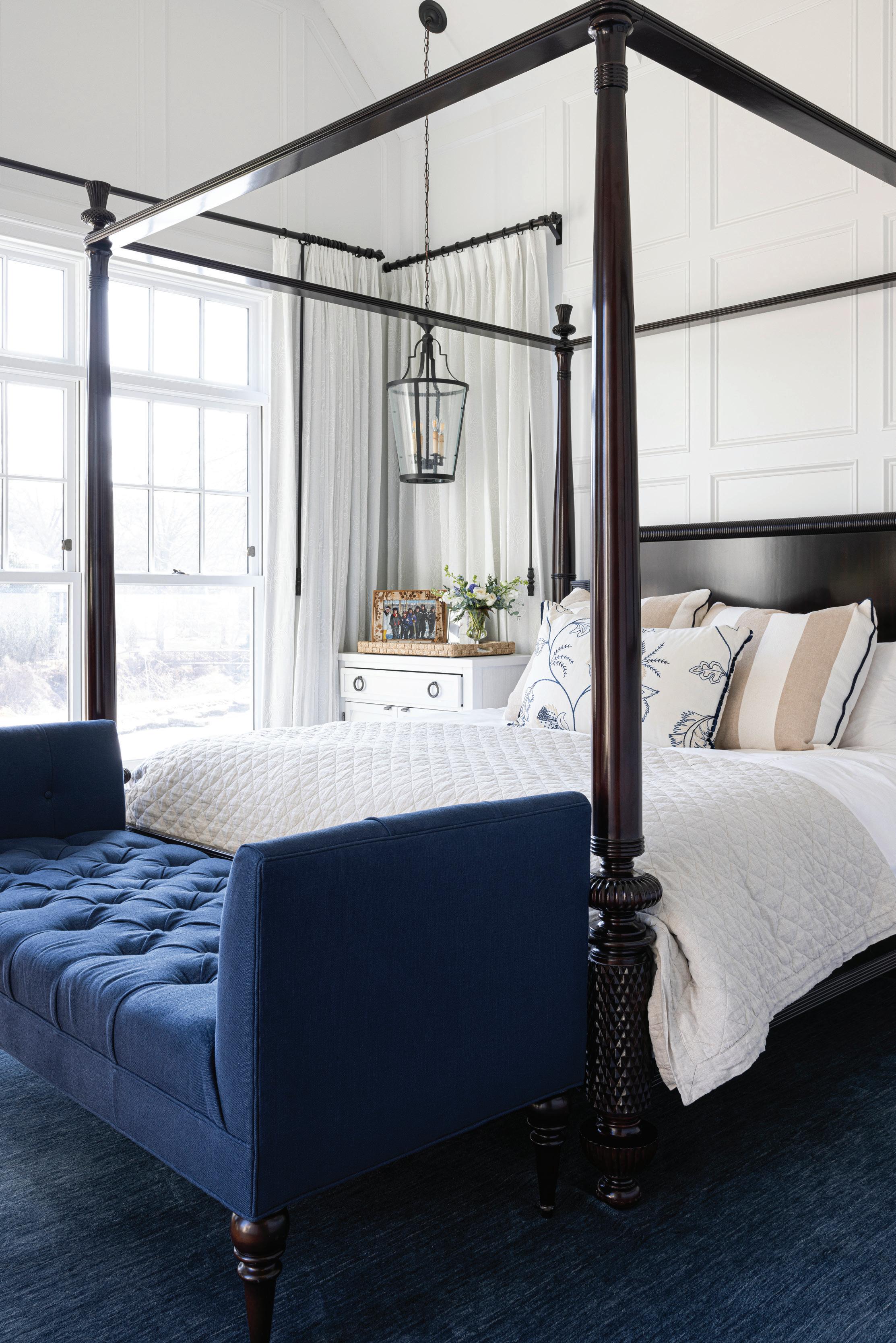
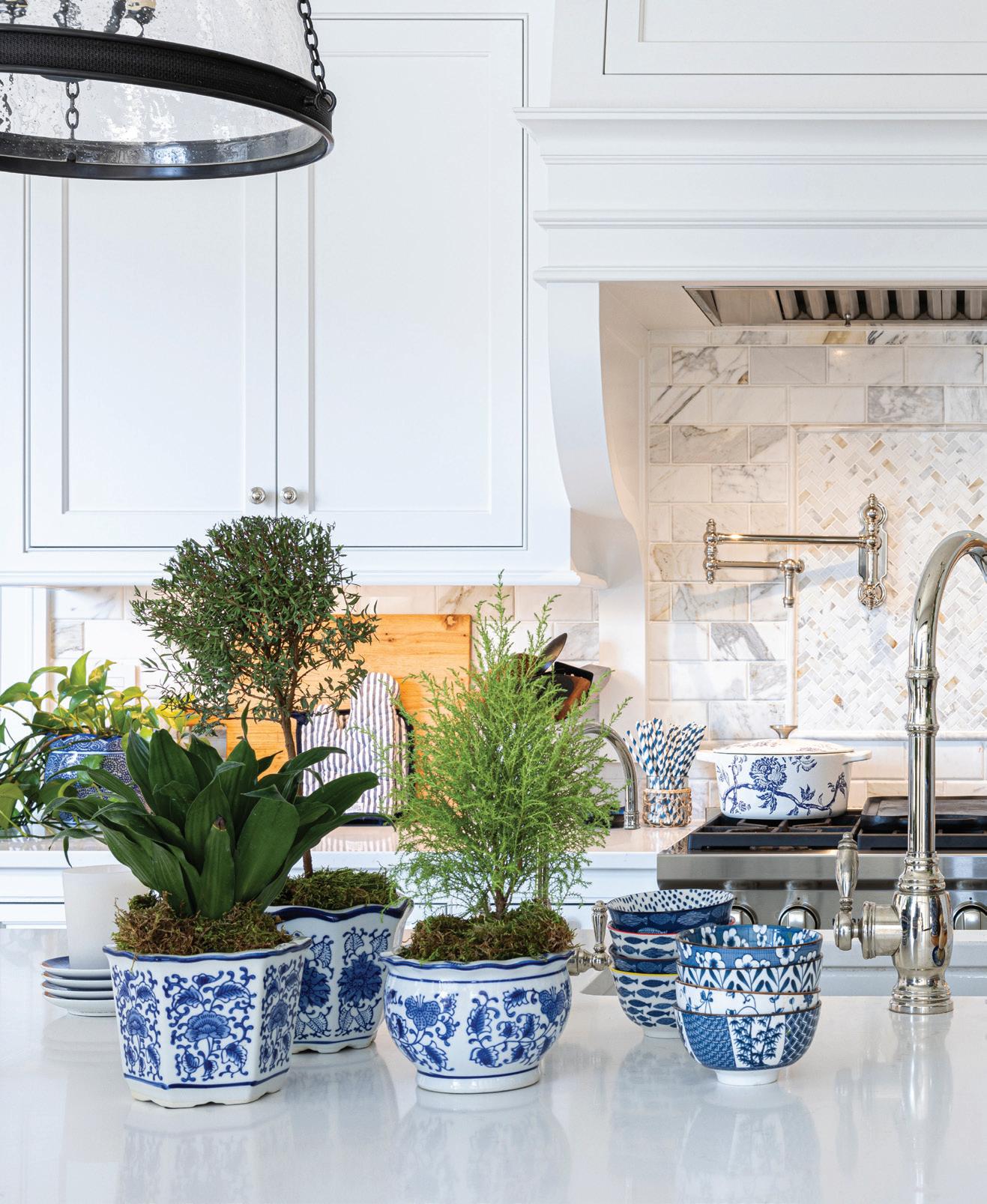
her love for blue and white. The country French table and chairs were repurposed from a previous home.
On the other side of the house, a cozy wood-paneled library is the place where the couple unwinds, watching their favorite shows or listening to music.
The primary bedroom provides a calm retreat after all the guests have gone home. A large steam shower, a freestanding soaking tub, and separate vanities in the primary bath underscore the appeal of quiet luxury—as does the massive clothes closet.
Upstairs, above the dining room is Mark’s rotunda office. This level also contains a son’s bedroom, guest quarters, and a second laundry room.
On the lower level, another son’s bedroom is tucked away from the gathering space with a family room, home theater, wine cellar, golf simulator, and a kitchen.
Sue might enjoy her morning coffee, but at the end of the day, you might find Mark soaking in the hot tub that could double as a small lap pool, perhaps with a gin and tonic in hand.
That’s the life!
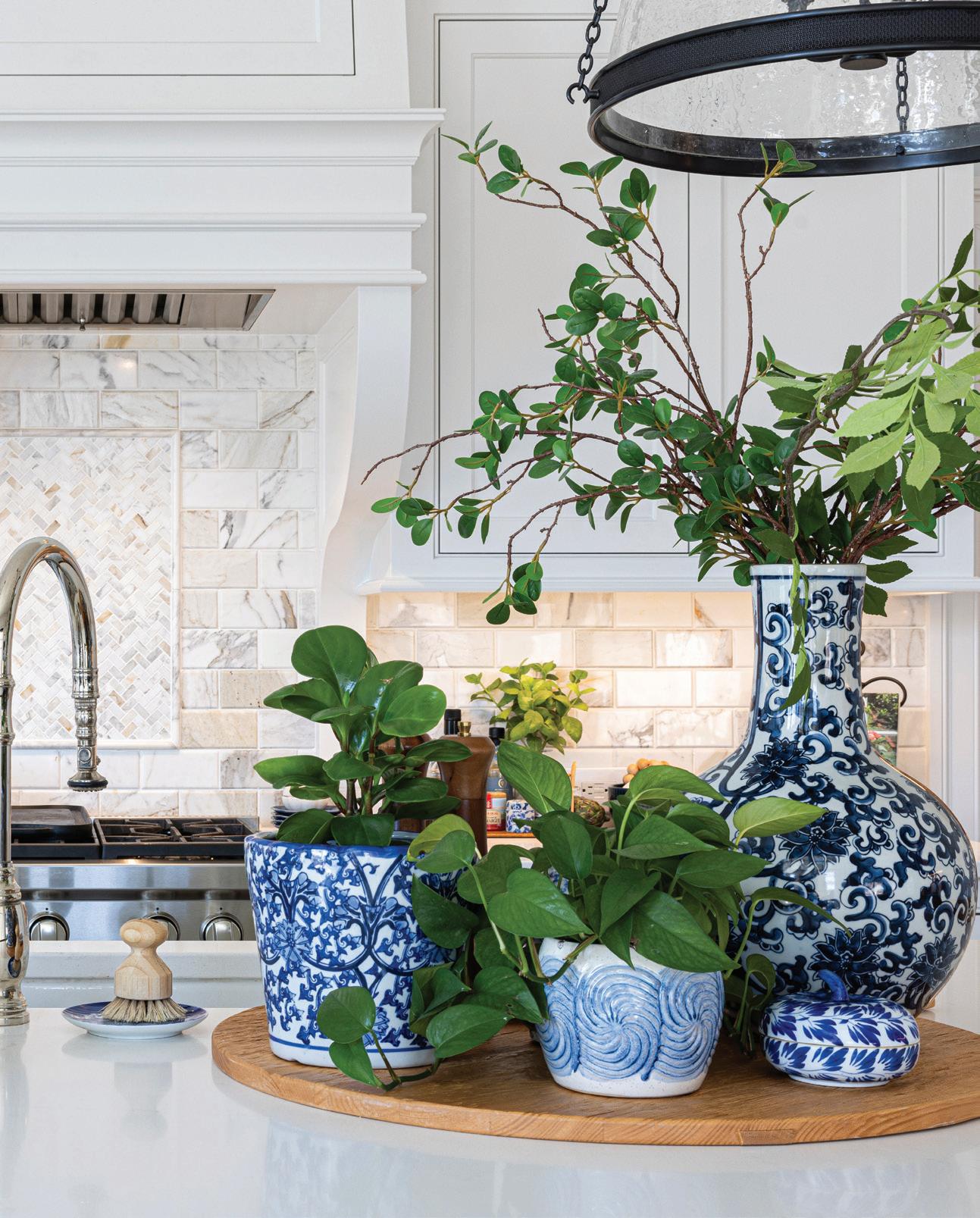
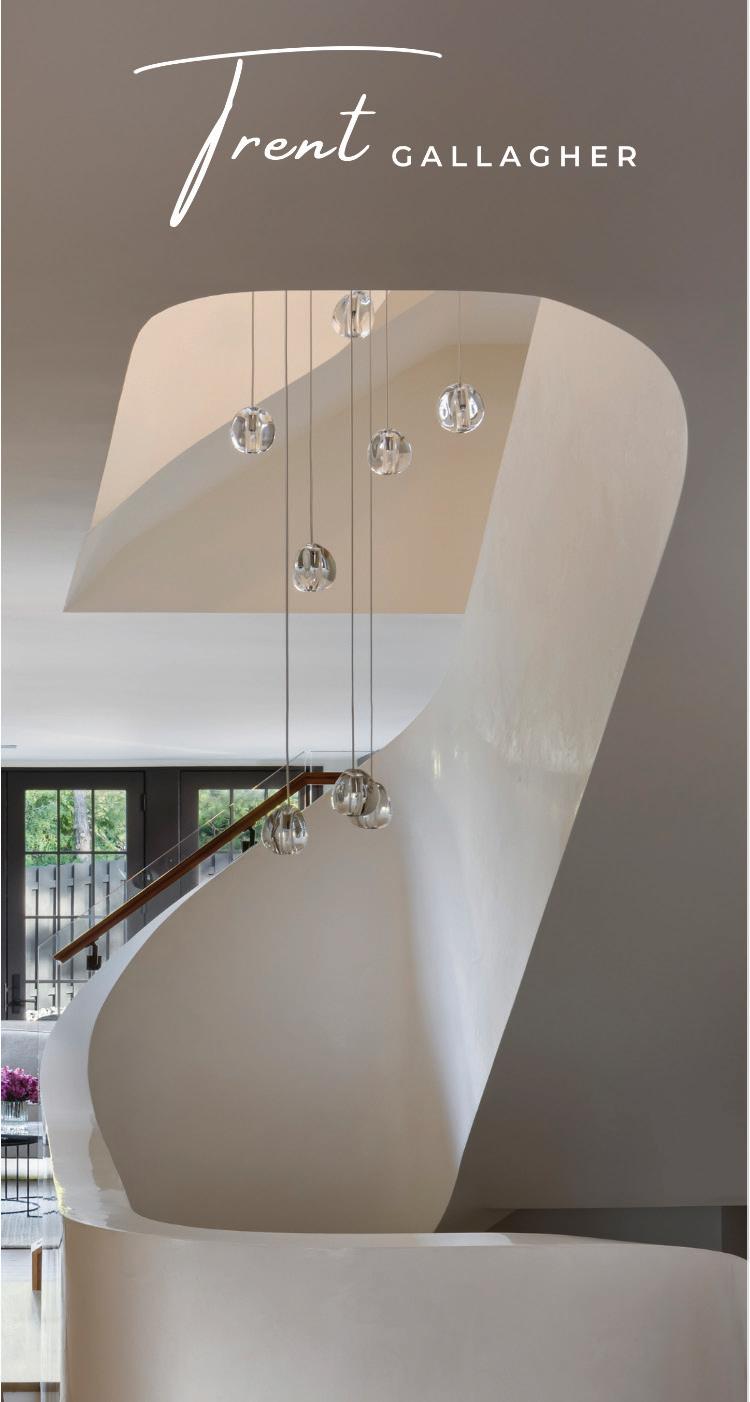
Architect
816-914-5335
Builder
Flowers
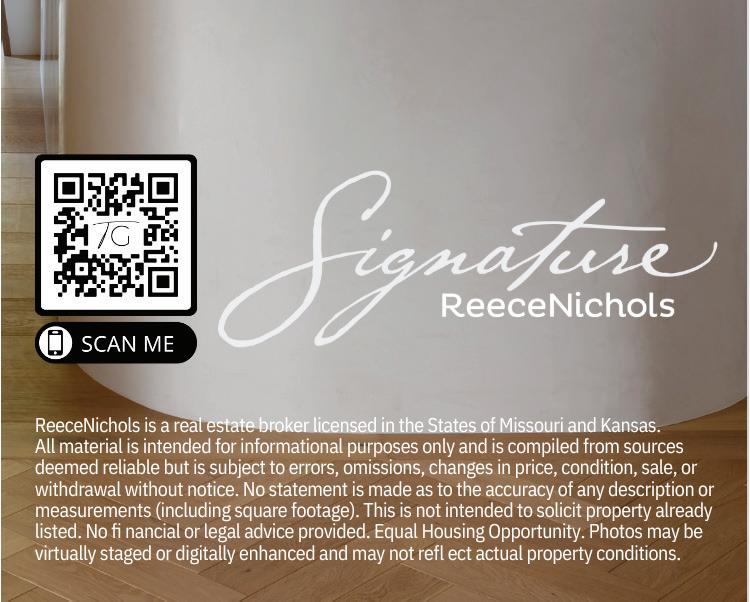
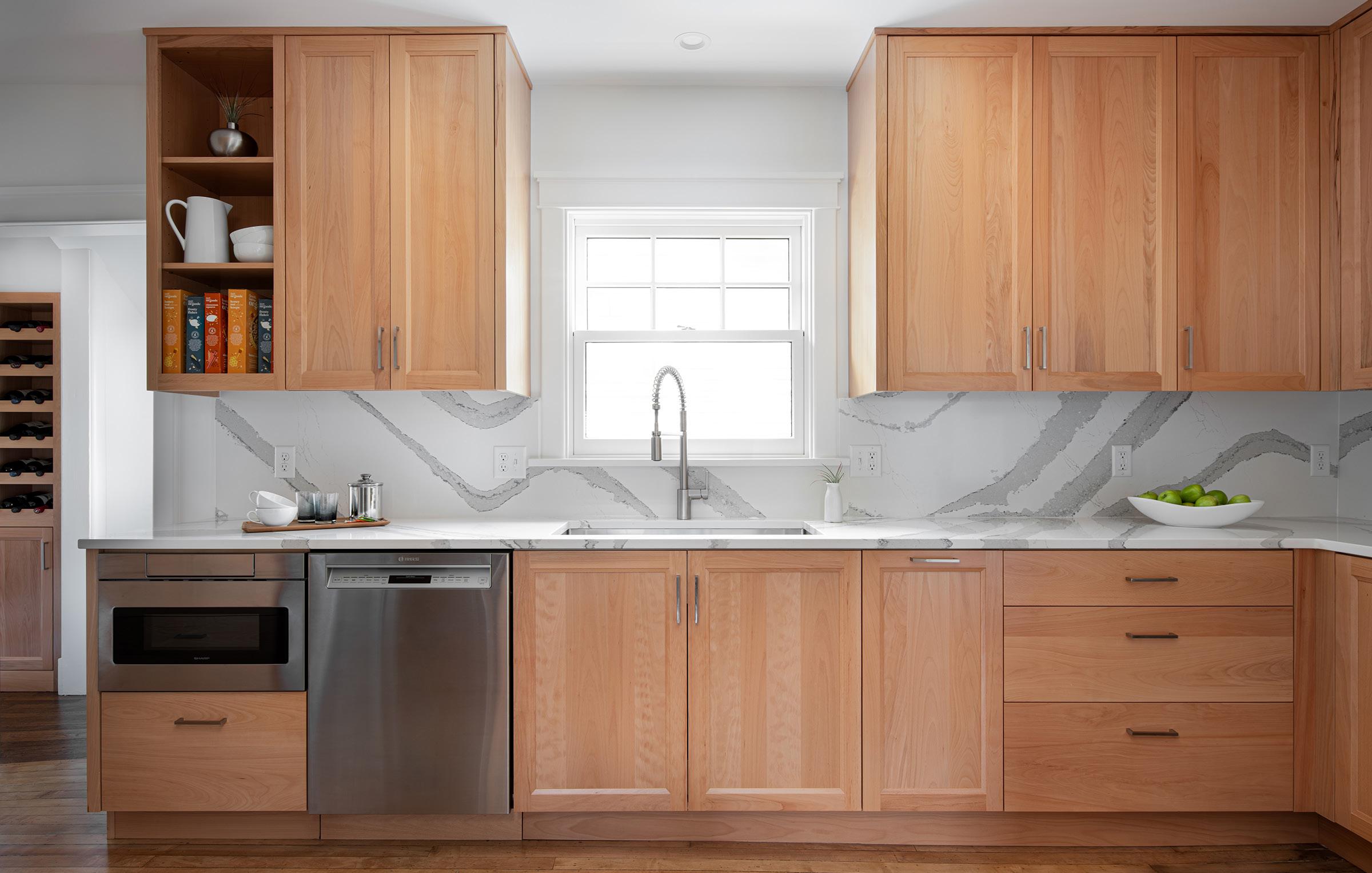
When you’re looking for new cabinets, there are three ways to go: stock, semi-custom, or custom. But to Tom Stumpff of Stumpff HomeWorks, the choice is clear.
“If you do custom cabinetry, anything’s attainable,” Stumpff says. “We can design and make anything that will fit any space. The sky is the limit.”
Good custom cabinetry takes no shortcuts, wastes no wood. Every part of the cabinetry is functional, unique to the space, and as the owner intended. It’s visually appealing—with clean sight lines, intentional materials, and a tight fit and finish—and most importantly, it makes life easier with personalized features.
Unfortunately, Stumpff sees some homeowners paying high dollar for less say about how their space is used. “There are people
out there paying good money for product that’s really not custom,” he says, “and I think people would like to know what is truly custom.”
Stumpff started working for a high-end home remodeler in 2001, at 23. He was “pretty green” when he started, but he grew with the company and cultivated his skills—and most importantly, his standards. In 2011, he started Stumpff HomeWorks with an ethic of never compromising on quality.
“I had to start over. I didn’t have a portfolio, didn’t have a website, didn’t have a client base. I kept pushing it to get to where it is, but I didn’t put the cart before the horse, and I didn’t compromise to get there,” he says.
To Stumpff, compromising means pulling a stock cabinet out of a
box and wrestling it into a person’s home. It means including useless features to fill space or using a material that clashes with a home.
“But with custom cabinetry, I’m not spending time and effort hacking a stock cabinet up to make it work for the house,” he says. “We can just do it from the get-go, and you don’t have to worry about anything. We can make it whatever size we want, the right depth, the right material, the right style.”
“Semi-custom is more of a flipper mentality where you’re putting cabinets in just to fill space. It’s not a designer mentality. A designer mentality is going to the next level to make sure we design it properly the first time with narrow margins for error.”
There’s Custom Cabinetry, Then There’s Everything Else
It’s the small things that add up to a pleasing aesthetic and an optimized home.
Stumpff’s process starts with an in-home meeting, and his design stems from the dimensions of your home and the needs you express. The perfect fit—not how he’ll cover up the voids left between cabinetry with set dimensions—is the focus.
“If you want a cabinet that fits in a space and is pleasing
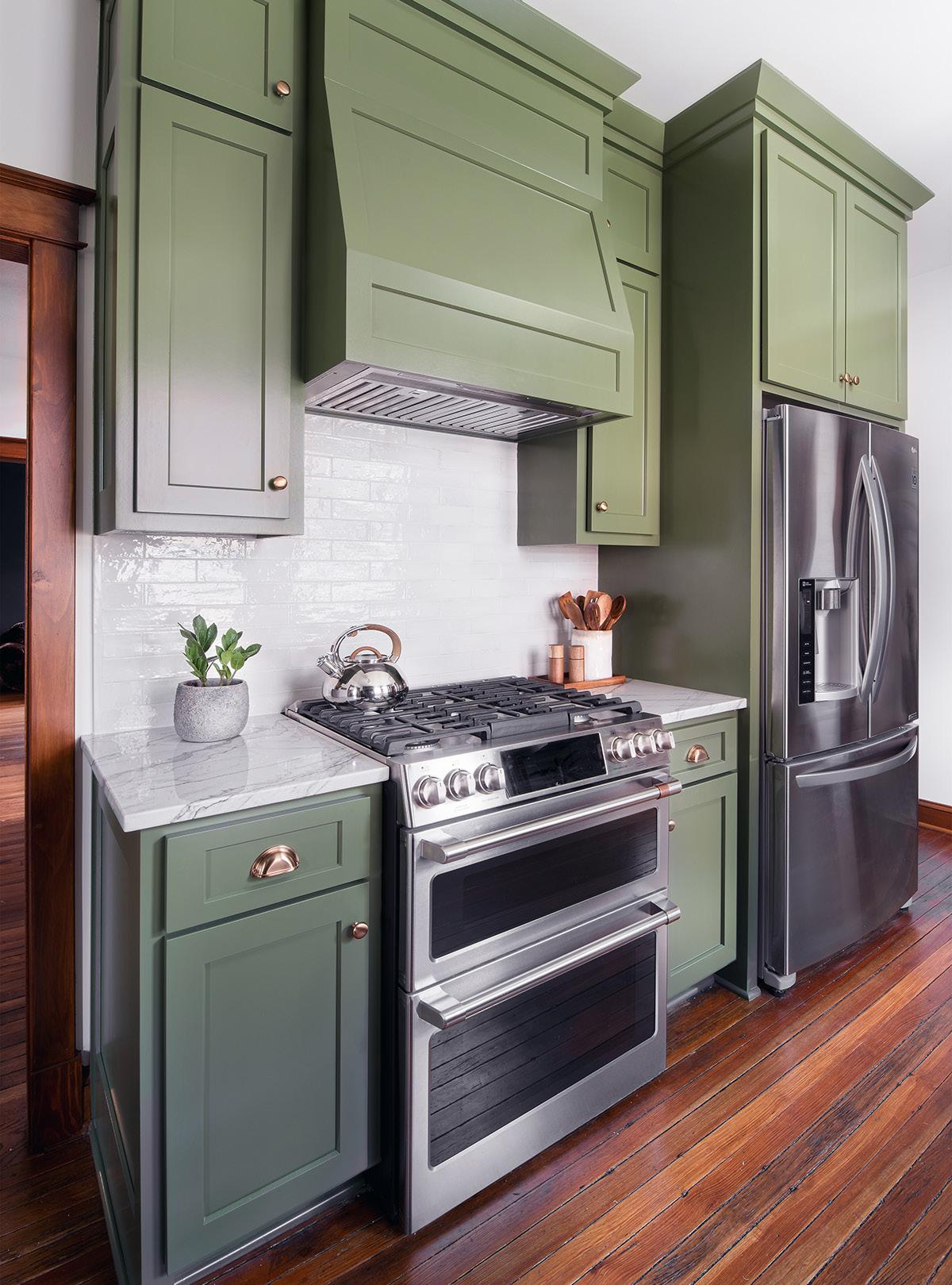

and functional, custom really is the way to go,” he says. “With semi-custom cabinetry, on the other hand, you’re going to have to fill in more egregious voids with filler strips—maybe a threeinch here, maybe an inch and a half here.” Next level custom-built cabinets require “scribing the actual cabinet box to the wall and the toe kick to the floor.”
Stumpff talks the homeowners through all the details, from wood species to door overlays, door styles, and stains and paints.
“Sometimes people will go, ‘Oh my gosh, I had no idea of all the options.’ Well, of course, this is your one time to do it, and we want to make it special for you.”
Stumpff loves when things line up to perfection. Creating custom cabinetry in customers’ homes is an incredibly gratifying process.
“It’s the best thing in the remodel, when you get a nice kitchen layout—the cabinets are singing, they aesthetically fit the space and complement everything around them,” he says. “We’ve used the cabinets to get to the countertops, countertops to get to our backsplash—at the end of the day, when you see it all put together and it harmonizes, that’s the biggest payoff.”
“It’s very gratifying when a customer loves their cabinets,” he says. “We’re happy they’re happy.”
To schedule a consultation with Stumpff HomeWorks, contact them at stumpffhomeworks.com by email at tom@stumpffhomeworks.com, or by phone at 913-488-3645.

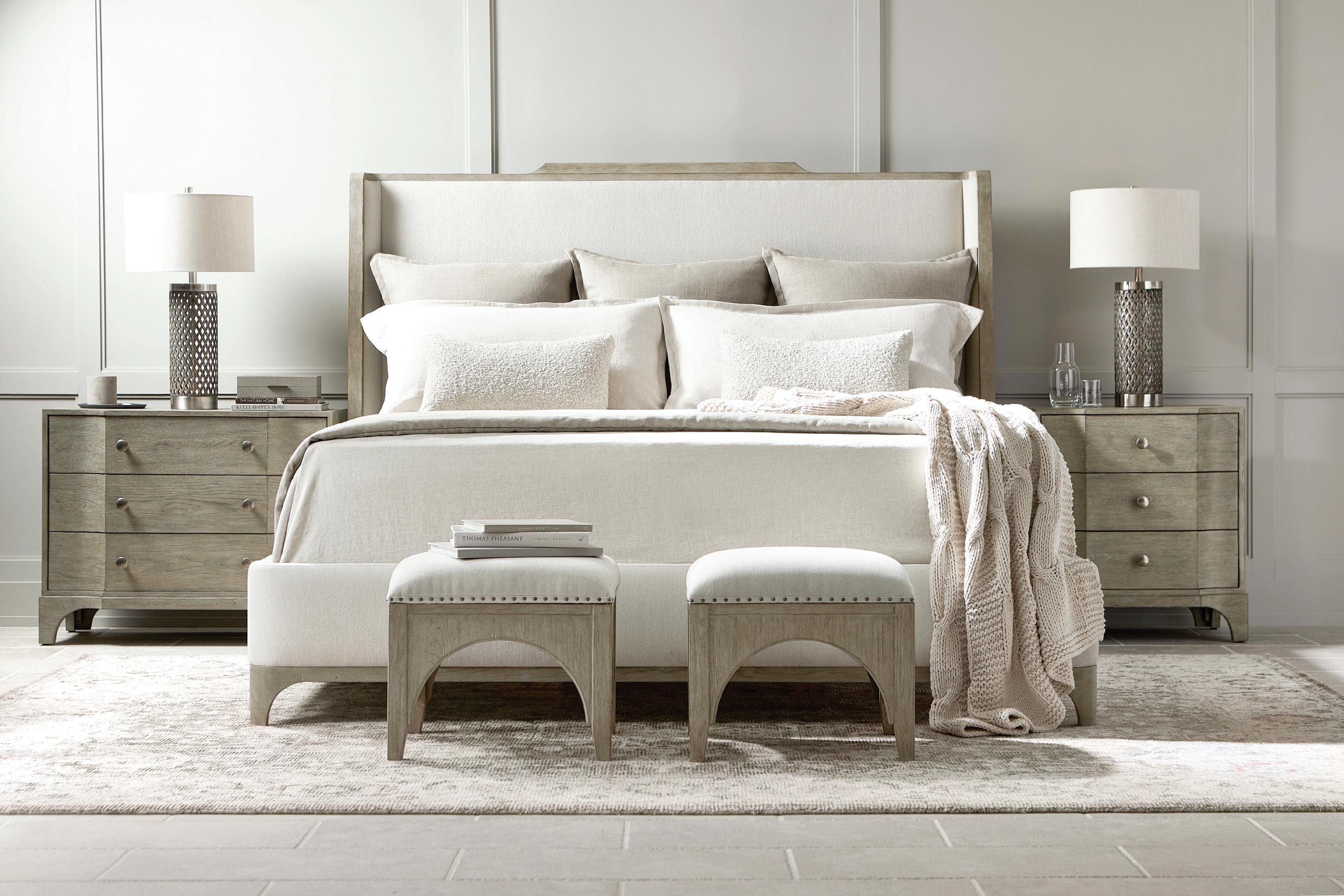
Every space in your home should be a reflection of you, from comfort and convenience to style and sophistication. That’s why the creative interior designers at NFM’s Design Gallery are here. We work with you every step of the way to bring your vision to life, providing you with the latest styles and personalized service, all at NFM's Legendary Low Prices. We’re here to help you create a style that can only be described as “you.”
Scan to Learn More and Book a Consultation


words by Judith Fertig

Kansas City has been fortunate to weather the real estate upheavals that can occur on either coast. We don’t get the high-highs or the lowlows. Our homes consistently retain—and increase—their value.
According to the Federal Housing Finance Agency (FHFA), metro area home values appreciated 5.45 percent in 2024. That’s holding steady, even in uncertain times.
The Center for Real Estate, an academic program at Wichita State University, still finds that the best time to buy and sell real estate in the
metro area is when the weather is good, basically April through October. Homes in our area sold for about 96 percent of asking price in 2024, spending from 30 to 54 days on the market, on average.
Yet there’s still a big contrast by area and by state, according to information from realtor.com
For example, the median home-sold price in Kansas City, Missouri, is around $250,000 with 2,695 homes for sale versus 1,603 for rent, a higher own-to-rent ratio. Go a little farther northwest to Parkville, and the median home price jumps to $633,500 with 148 homes for sale and only 22 for rent.
On the Kansas side, the median home-sold price in Lenexa is $493,000, and a whopping $1.1 million for Mission Hills, where higher-priced homes tend to sell for 76 percent of asking price.
But the good/bad news is that we’re still in a seller’s market, according to Andrew Mall, president of the Kansas City Regional Association of Realtors. A seller’s market happens when the supply of homes for sale is less than the demand. This is a good situation for the seller, obviously, but more challenging for the buyer.
Yet one of the most desirable areas that doesn’t make the statistics online is Prairie Village, a suburb of ranch and Cape Cod-style houses constructed in the 1950s. It doesn’t hurt that it is Mission Hills-adjacent. Today, you can still—barely—find a tiny two-bedroom, one-bath for $225,000, but it is more likely to be snapped up by a developer to expand to a six-bedroom mini-mansion. In 2024, the median home-sold price was $593,800. Residents and prospective buyers love the walkability of the neighborhoods centering around schools, churches, and the amenities of Prairie Village Shopping Center. Prairie Village is most definitely in a seller’s market.
Not every area conforms to the seller’s market designation. According to realtor.com, Lenexa has been in a buyer’s market since December 2024, meaning the supply of homes outpaces the demand. This is also reflected in the average number of days—92—that a Lenexa home is on the market.
Lee’s Summit is also a buyer’s market, with the median home-sold price at $383,100. Homes in Lee’s Summit have, surprisingly, sold for 100 percent of their asking price.
Leawood, where the median home-sold price is $722,000, is in a balanced market, meaning supply and demand are fairly even. Liberty is also in a balanced market, with a median home-sold price of $332,700.
‘‘Overall, buying a home is still a good investment. It
is still the best way to build wealth. It’s still the American dream. We just have to find ways to make home ownership more accessible to more people.”
Andrew Mall, president of the Kansas City Regional Association of Realtors
Every area market is different. You can check out your geographic area of interest on realtor.com and drill down for the local details. It pays to do your homework.
“Overall, buying a home is still a good investment,” says Mall. “It is still
the best way to build wealth. It’s still the American dream. We just have to find ways to make home ownership more accessible to more people.”
Much of the Kansas City area is in a seller’s market, with demand for homes greater than the supply of homes for sale. It can be easy to sell but more difficult to buy, whether you’re a first-time buyer or have just sold your home and are looking for another.
‘‘If you’re a seller, your big question should be ‘where am I going next?’ We have an increased number of potential cash buyers who sold their homes and are now living in rental properties. They just haven’t found their next property yet.”
Andrew Mall, president of the Kansas City Regional Association of Realtors
“If you’re a seller, your big question should be ‘where am I going next?’” says Mall. “We have an increased number of potential cash buyers who sold their homes and are now living in rental properties. They just haven’t found their next property yet.”
Another factor in the seller’s market is caution. Since the economic downturn of 2008, when an oversupply of houses met a market collapse, people are not selling and buying houses as often as they used to, explains Mall. “Nationwide, we are five million units [houses] short of where we need to be.”
Even the fixer-upper is hard to come by. “The lower the price point, the greater the competition,” says Mall. “And you’re up against cash buyers.”
If you are trying to buy a home, what should your strategy be? “Employ a Realtor,” he suggests. Realtors have contacts and might know when a house is coming on the market, so you can get in there first. Realtors also help potential buyers compete with multiple offers, suggesting ways to negotiate with sellers by offering generous terms, a no-fuss closing, buying the property as-is, or even writing a heartfelt letter.
words by Judith Fertig
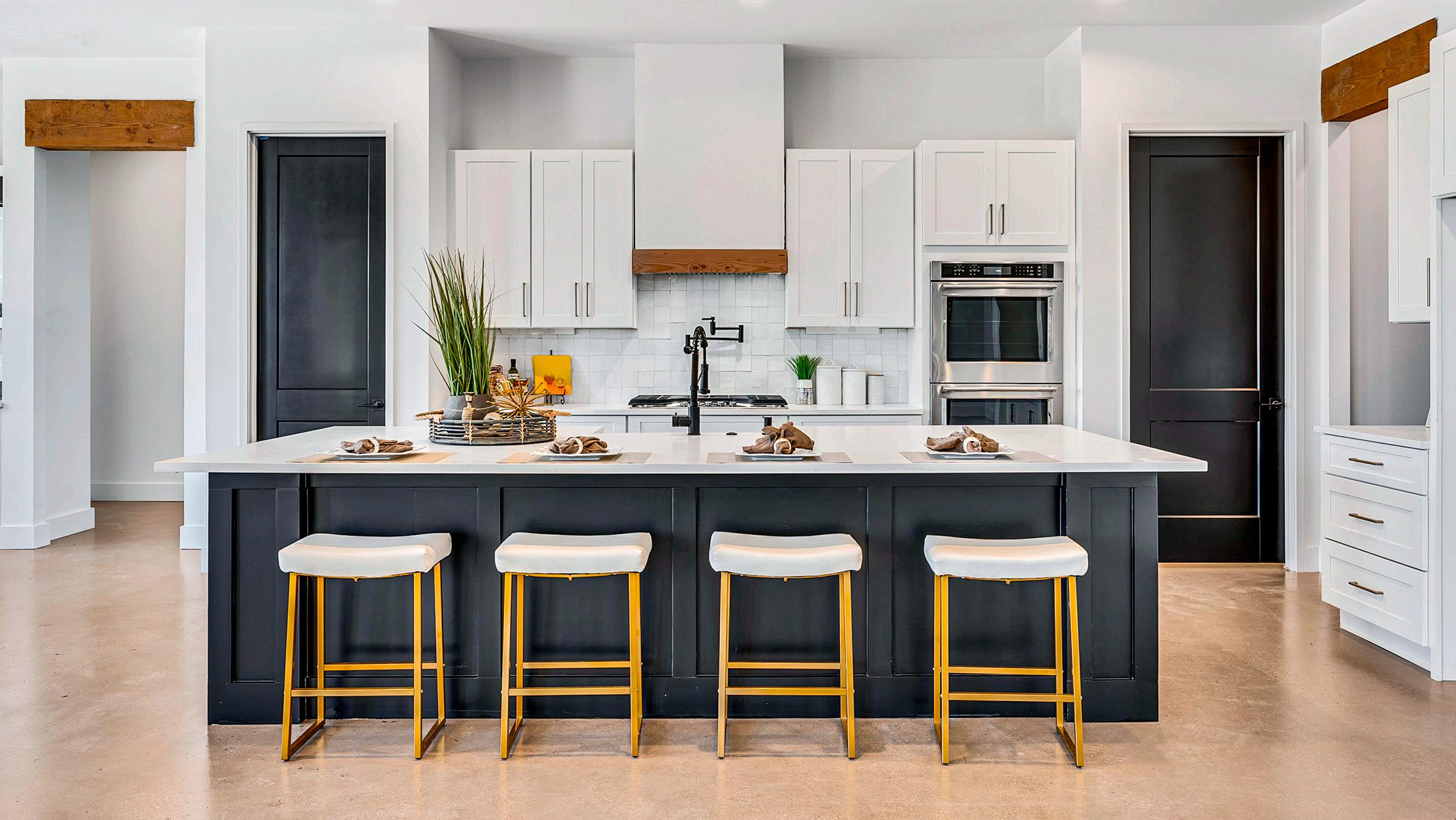
If you’re thinking about selling your home in a seller’s market, relax. Don’t worry about making sweeping home improvements.
But if you’re in a buyer’s or balanced market, you might consider making a home improvement or two to distinguish your home from the competition. Although updating your kitchen and bath will give you a great return on your investment (about 70 percent)—plus a better quality of life for you—the best way to add value to your home is to increase the livable square footage, according to bankrate.com. That means adding a bedroom or a bath, perhaps finishing the basement.
First impressions also matter. A garage door replacement, averaging around $4,302, can give you a surprisingly good return on investment (ROI) of 102.7 percent. According to HGTV, an entry door replacement, averaging around $2,355 can result in a whopping ROI of
188.33 percent when you go to sell. Put on a deck for around $14,596 and you could recoup 83 percent of that in resale.
Home improvements that may not pay off include an inground pool, taste-specific decorating in bold colors, new carpeting, or an extremely high-end kitchen.
“Know your buyer” is still good advice. Your two-bedroom townhouse might fit a single professional or a couple, while your four-bedroom with a two-car garage would be perfect for families. Not everyone is into gourmet fare, outdoor living, or a look that could be right at home in Architectural Digest . In previous real estate markets, we might have been advised to install that new carpeting as buyers did not want to move in and do work, but in a seller’s market, it’s more important to make the home affordable rather than trying to anticipate a buyer’s tastes.
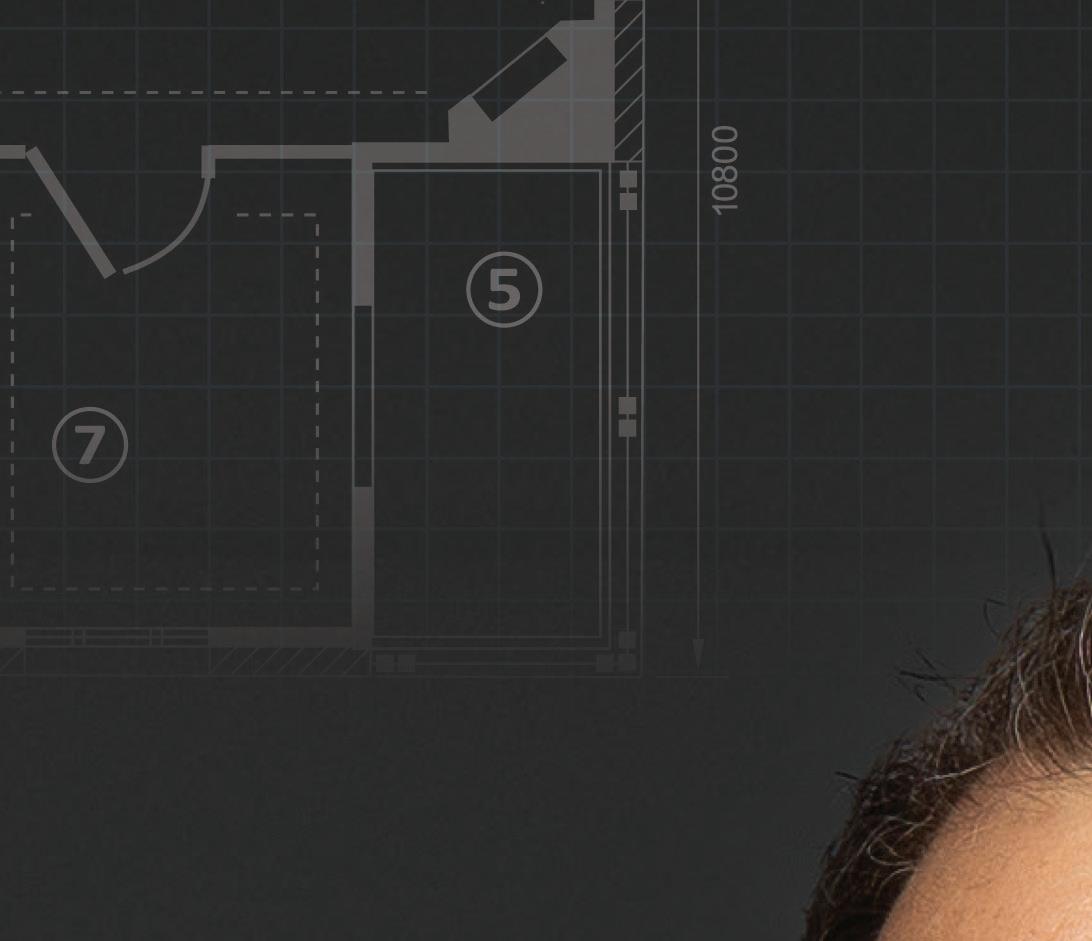
Peter focuses on transparency and trust. By thoroughly dissecting homes for clients, he ensures they make informed decisions they’ll feel confident about for years to come. 250 fivestar reviews prove it.
A former San Francisco stock trader, Peter brought a fast-paced, high-energy work ethic to KC real estate. He dove headfirst into the industry and mastered the market.

Follow the Leader
Learning from Kansas City’s top agents and leveraging KC’s most trusted brand, Peter’s relentless drive and sharp instincts propelled him to top producer status in no time.
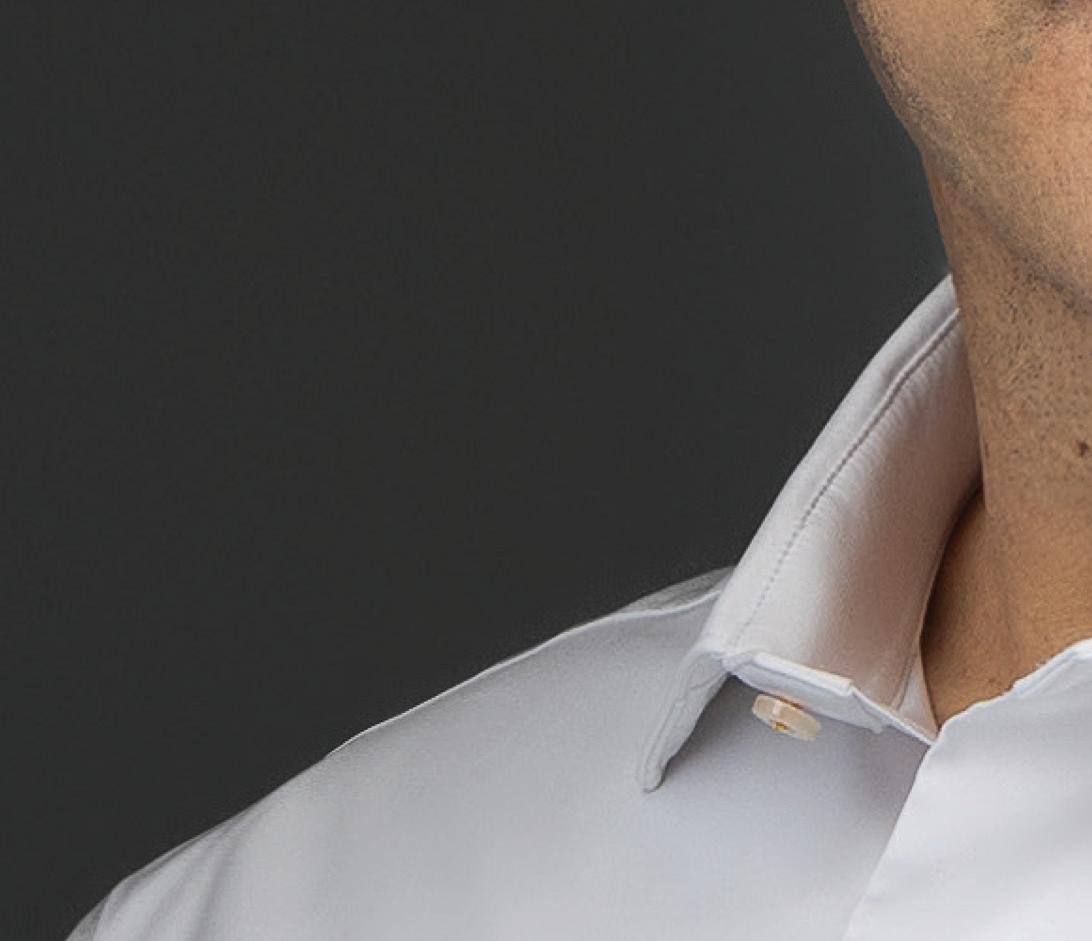

“We’ve got a great leadership team guiding the ship,” Peter says. Their proactive approach allows him to focus on his clients without worrying about the noise of constant industry changes.

Working for ReeceNichols gives Peter access to exclusive partnerships that are only available to the market leader. He leverages those to give his clients’ listings maximum visibility.
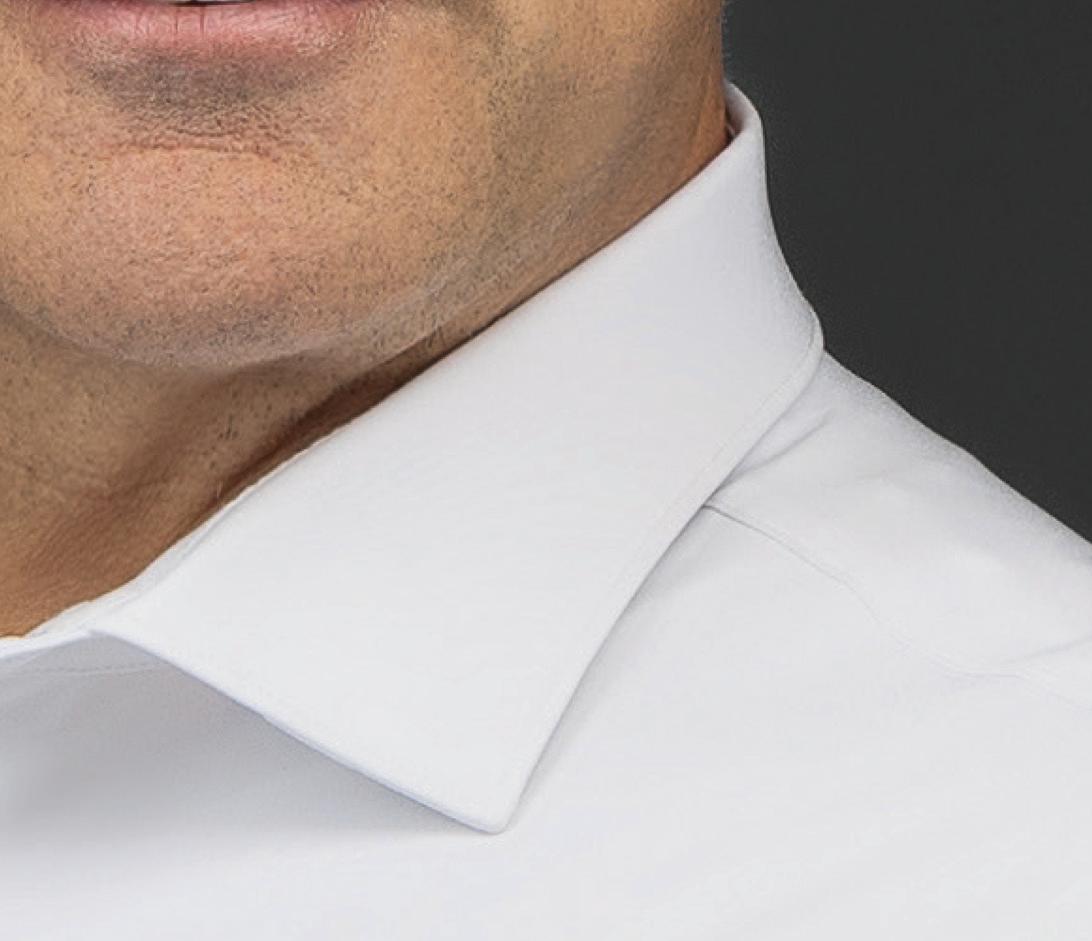

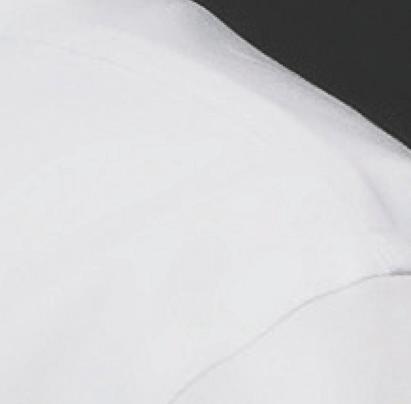

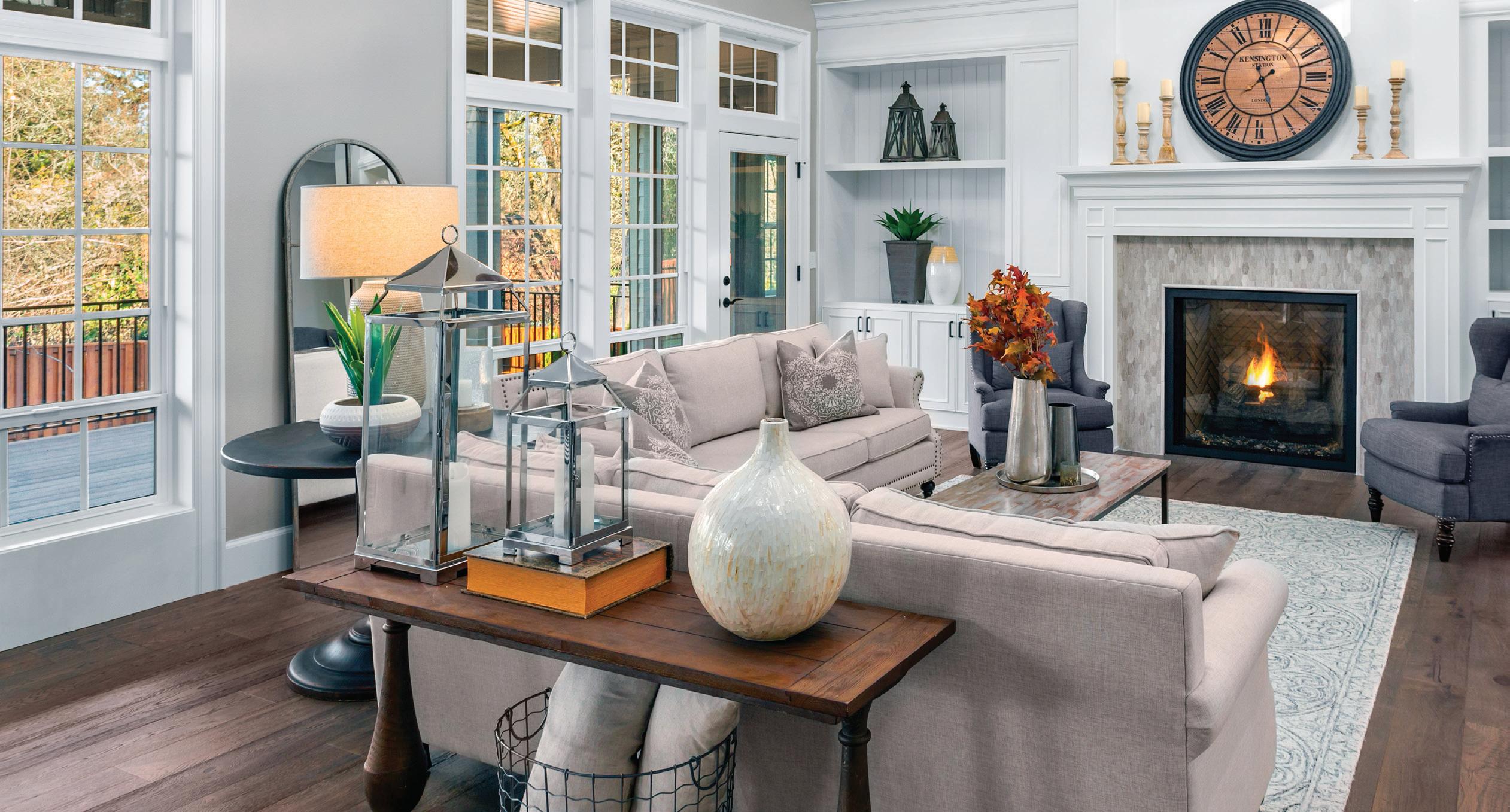
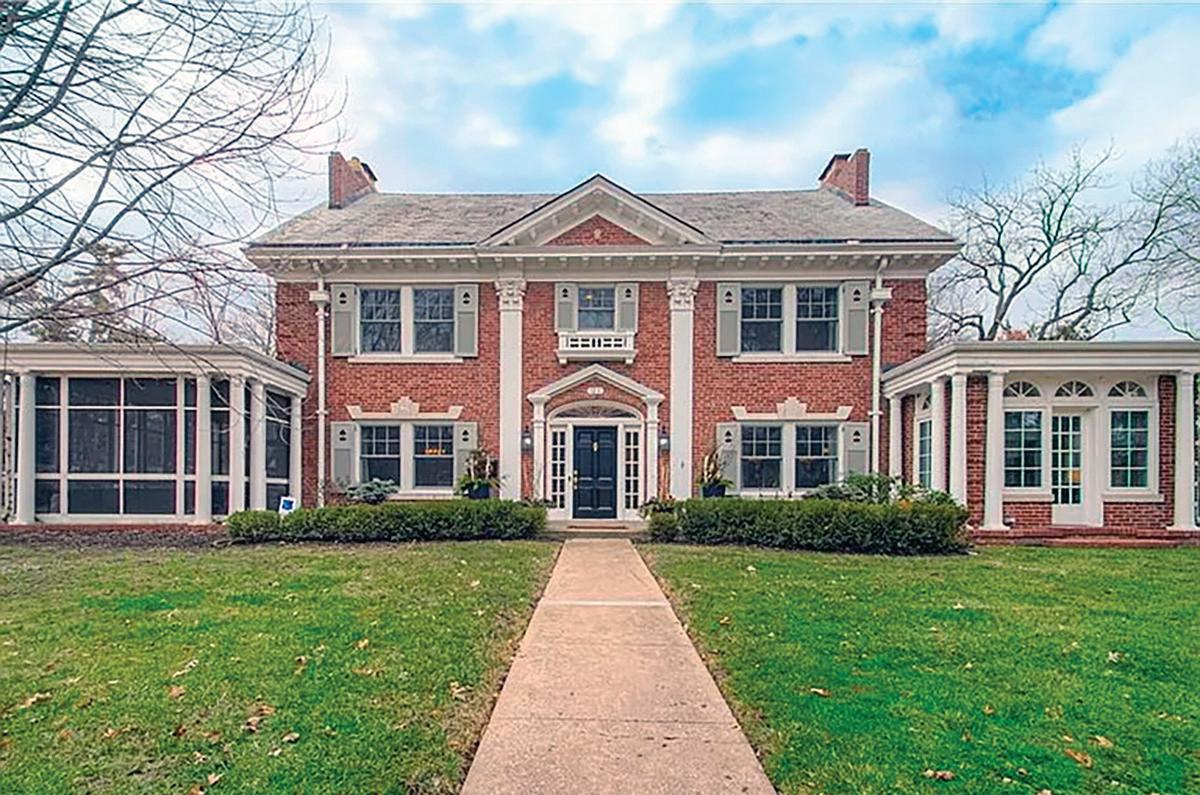
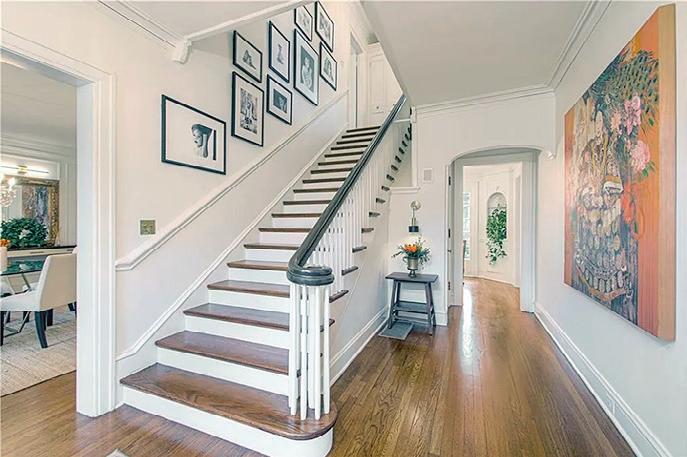
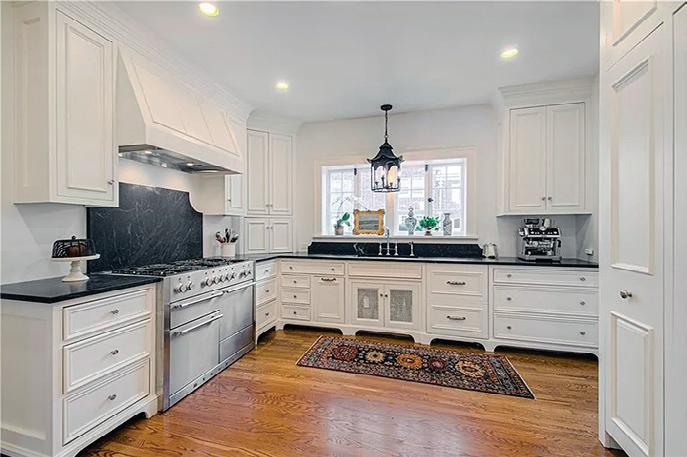
4beds,3.1baths,ChefsKitchen,beautifullyupdatedthroughout
4beds,3.1baths,ChefsKitchen,beautifullyupdatedthroughout

DavidCostello
DavidCostello JulanaHarper-Sachs
JulanaHarper-Sachs
David:816-591-3186
David:816-591-3186
Julana:816-582-6566
Office:913-652-0400
Julana:816-582-6566



Office:913-652-0400
DavidCostello
David Costello
JulanaHarper-Sachs
Julana Harper-Sachs
David:816-591-3186
Julana:816-582-6566
Office:913-652-0400

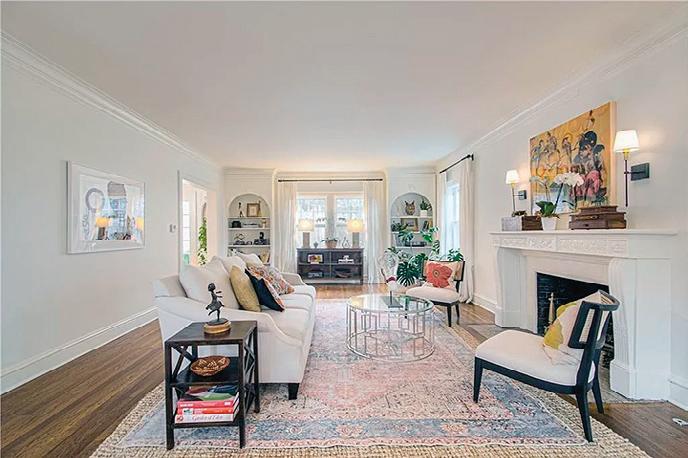
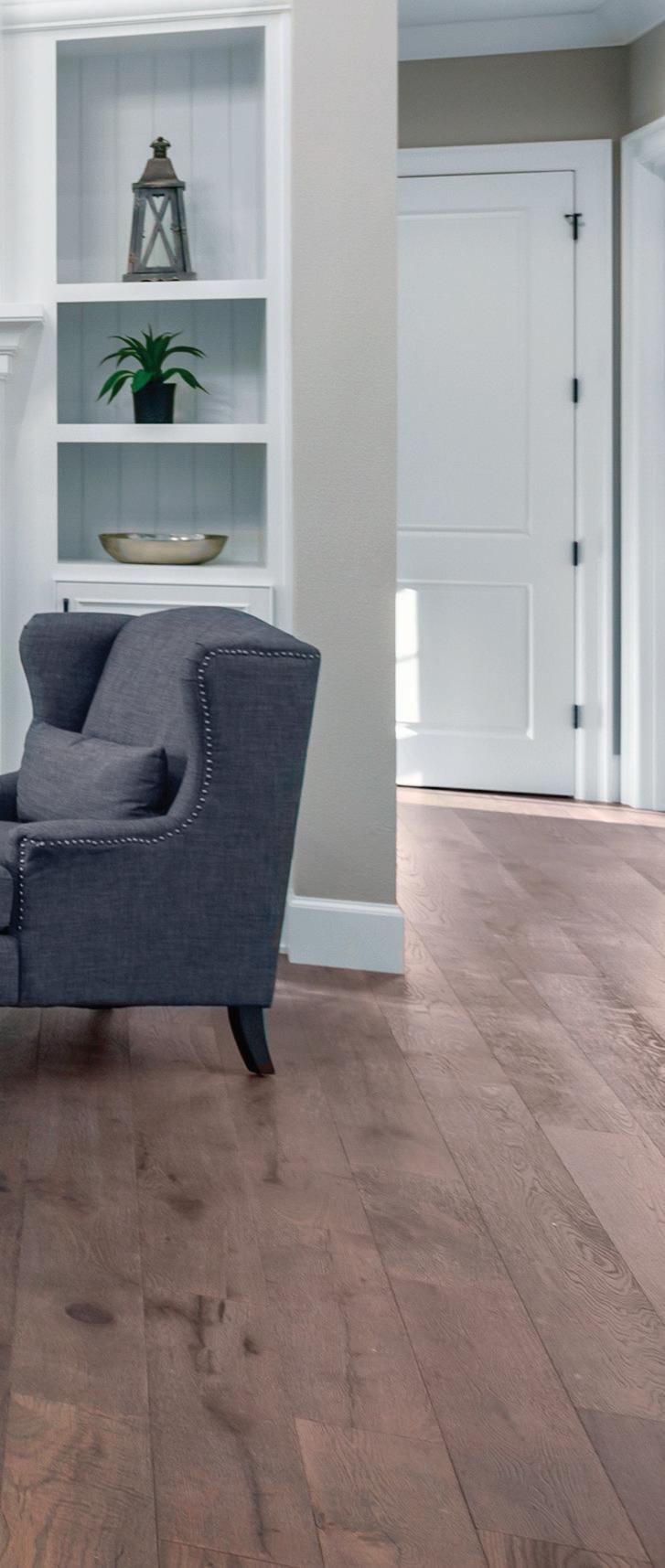
WORDS BY Judith Fertig
DECLUTTERING, deep-cleaning, and de-personalizing your home help you to emotionally move out and a potential buyer to mentally move in.
A recent survey from the International Association of Home Staging Professionals shows that staging helps sell homes three to 30 times faster than the nonstaged competition. Further, staging can help increase the sale price by up to 20 percent on average.
Rebecca Dickinson of Lemondrop Home has staged many homes on the Home Builders Association of Greater Kansas City’s Parade of Homes, and she sees the di erence it makes. “Staging helps present the property in its best light, making it stand out in a crowded market,” she says. “Additionally, staging can distract a buyer from deferred maintenance issues by drawing attention away from imperfections and highlighting the home’s potential. For homes with challenging oor plans, staging can be especially bene cial, as it provides clarity on how the rooms
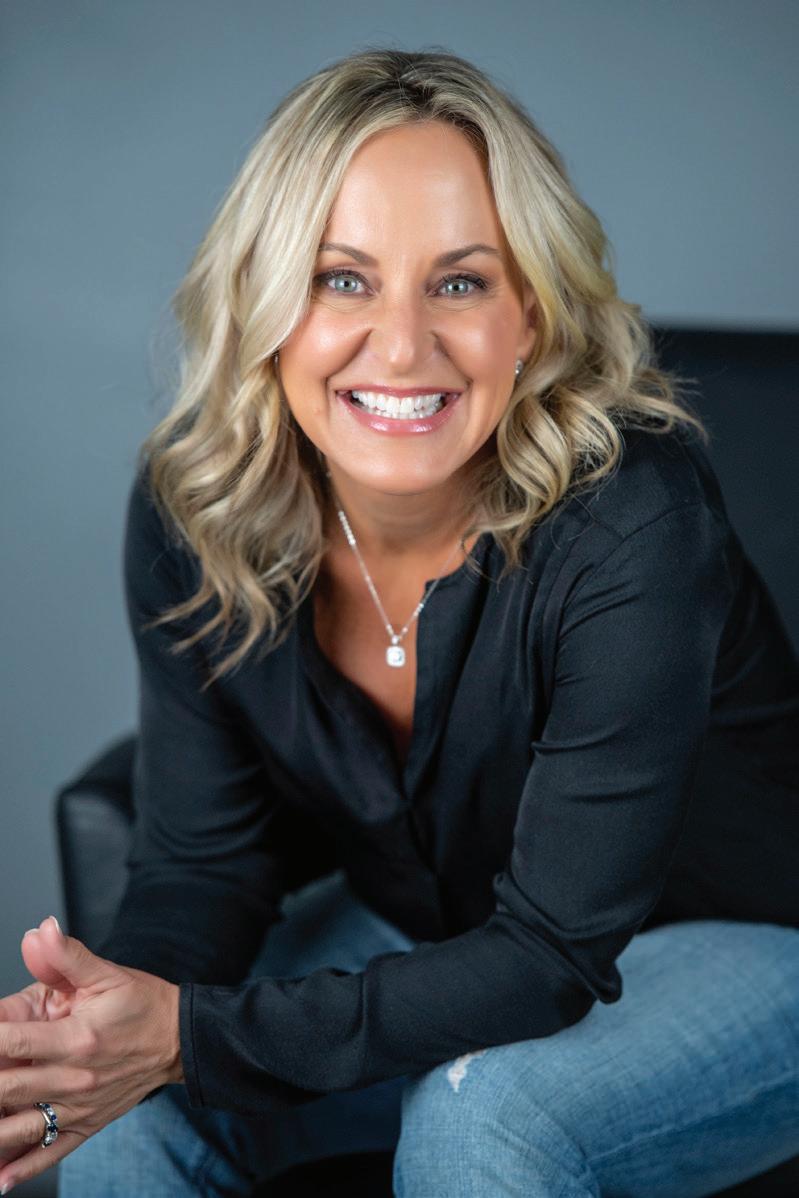
will function and ow, making the space feel more inviting and livable.”
She suggests “creating a bright, open atmosphere.” Buyers react to how your home looks, feels, and smells. “Many homes can feel dark and closed o , so using light-colored, lightweight furniture helps open up the space and make it feel airy,” she says. “Repainting walls with neutral, light-colored paint can brighten up the home, making it feel more inviting and spacious. Refreshing worn or outdated carpet gives the home a cleaner, more modern feel. A fresh, clean scent is key—removing heavy drapery and old pillows can help eliminate lingering odors that can trap scents.”
If you want someone to notice a room’s potential, arrange furniture in a way that creates a natural ow. Keep spaces uncluttered, which makes a room feel more spacious and allows buyers to realize how a room can function.
• 21 years in Residential and Land Sales
Consistently Exceeding Top Percentage of List Price. I am always negotiating for you.
• Consistent Kansas City’s Best Agents List Planning to move? As a licensed professional in both Kansas and Missouri, I’m ready to assist with all your local or out-of-state relocation needs!


words by Judith Fertig

“GOOD SCHOOLS are still the biggest factor in determining a desirable area in which to buy a home,” says Andrew Mall, president of the Kansas City Regional Association of Realtors. “Good schools mean a good quality of life.” Property values are also better in areas with good public schools. And that attracts local business and services, creating neighborhoods.
Even if you don’t have schoolage children, it’s still smart to do a public-school search before you do a home search.

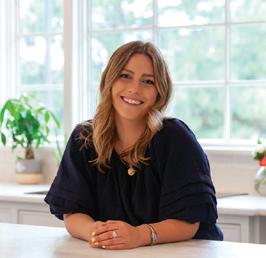
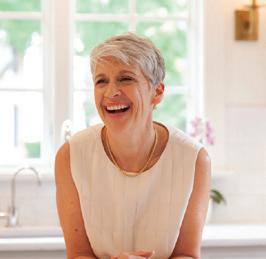

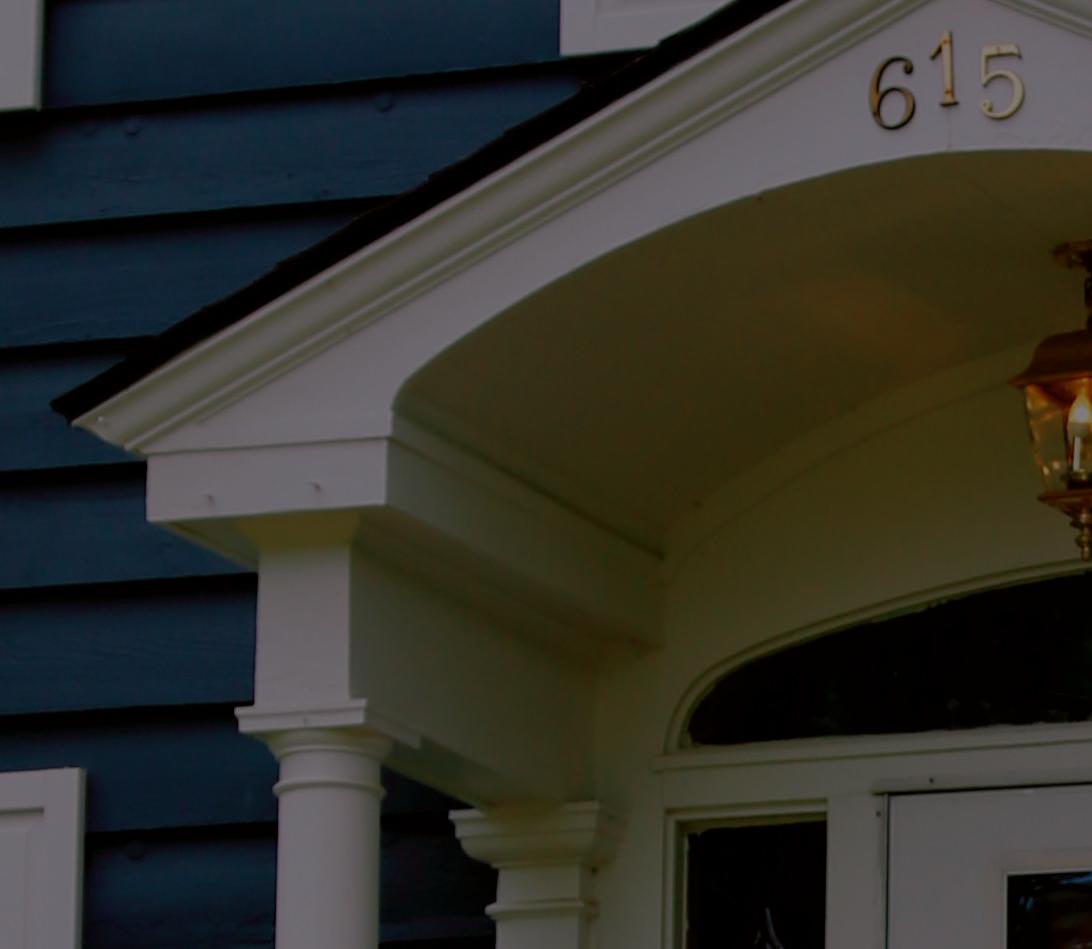

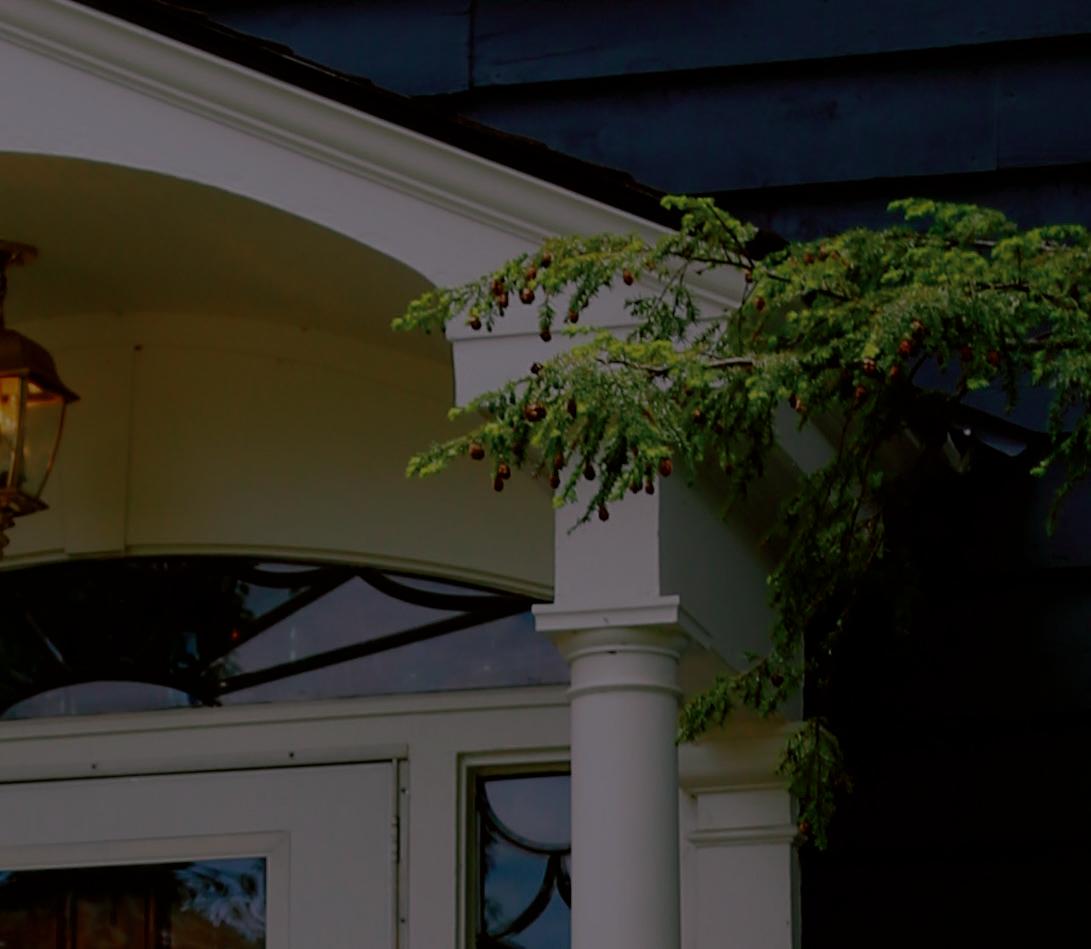
More Kansas Citians trusted ReeceNichols to find home in 2024 than anyone else. WE’LL GUIDE YOU TO YOUR NEXT CHAPTER.

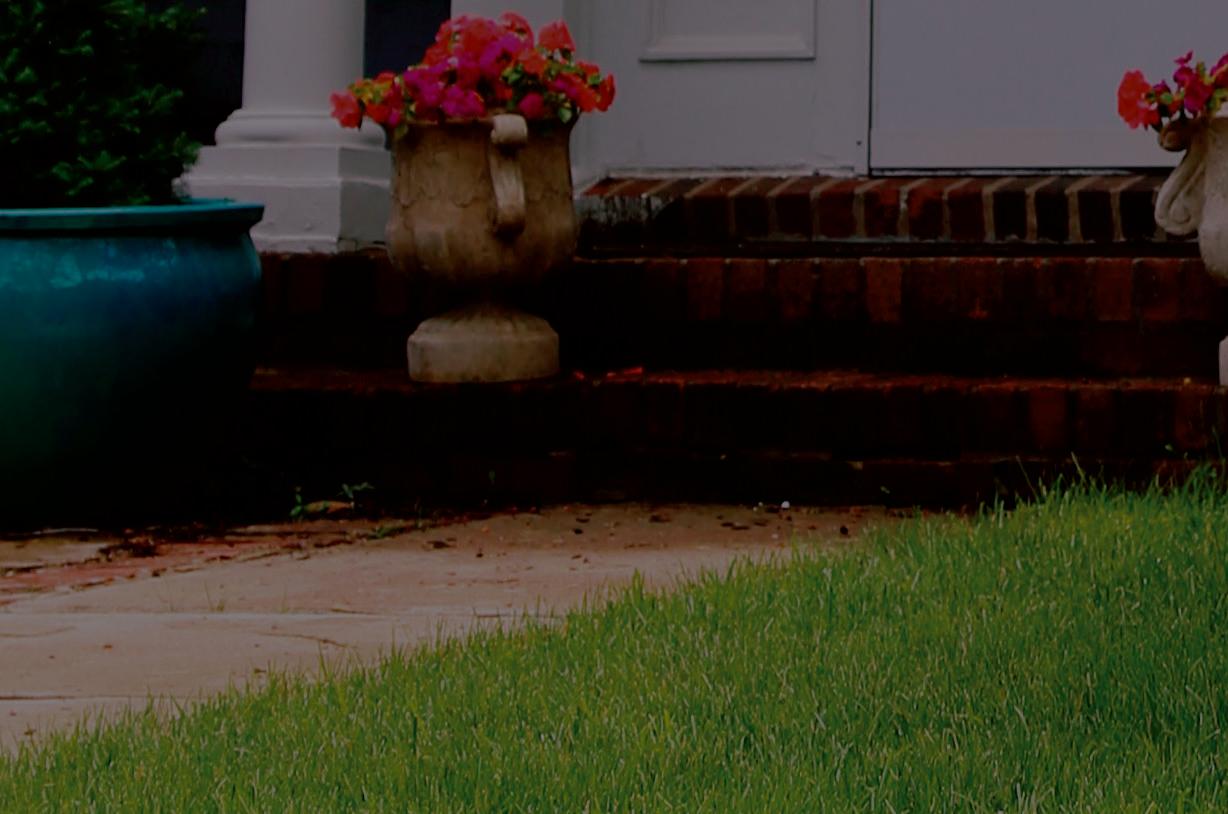




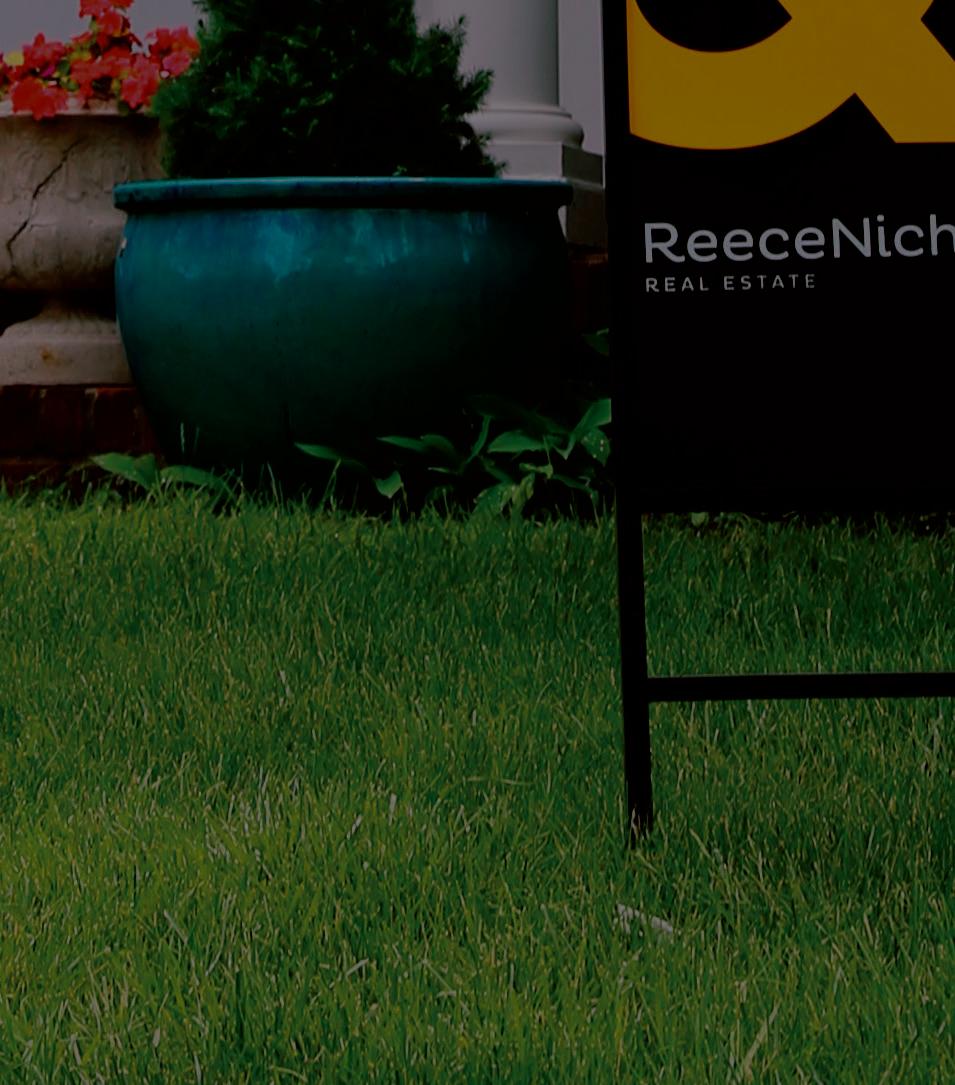


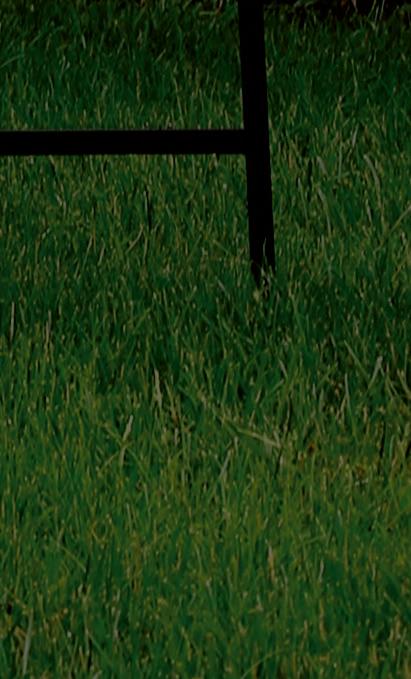
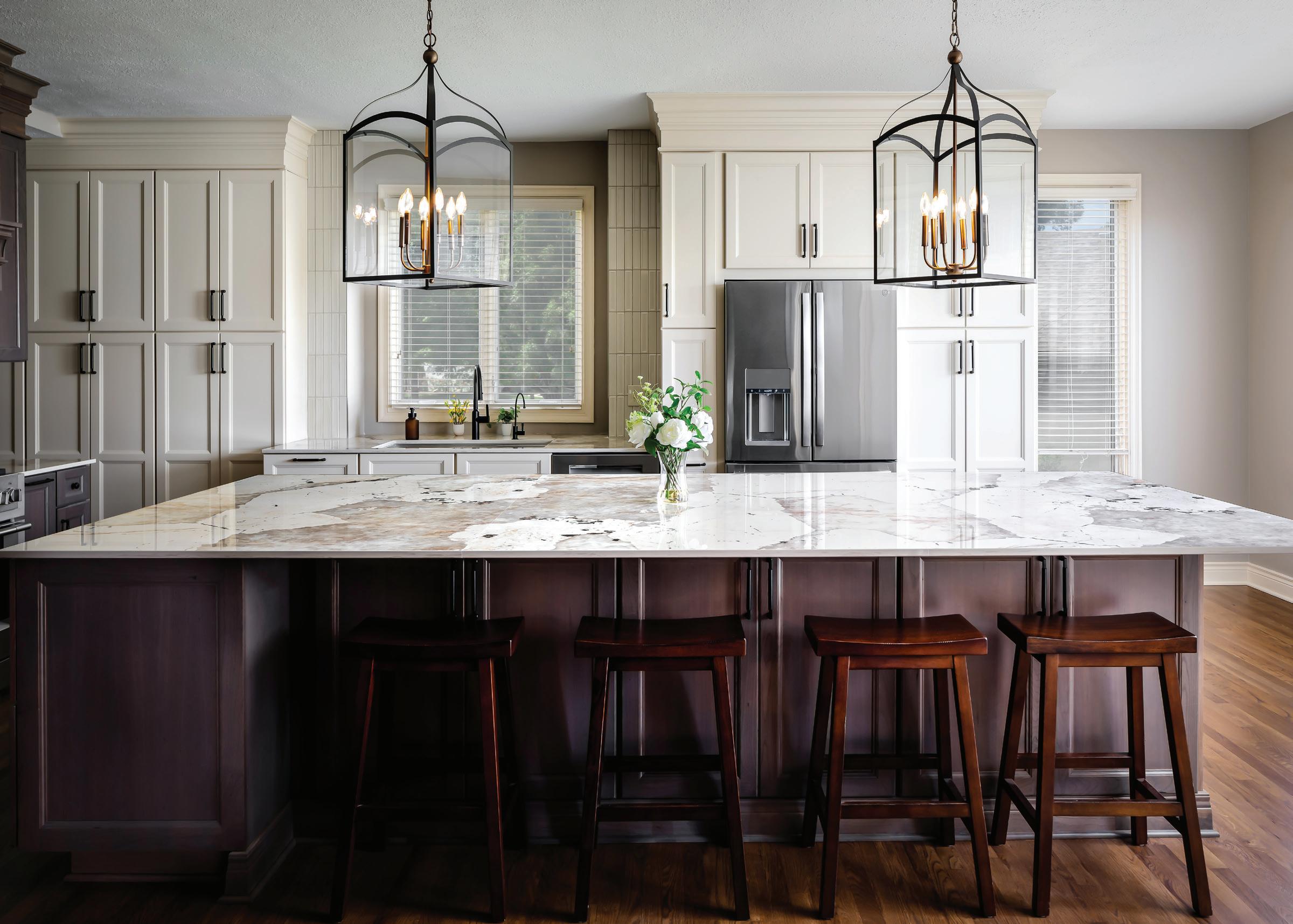
Remodeling and renovating your home can make your home more enjoyable, and— if done right—increase your home’s value along the way.
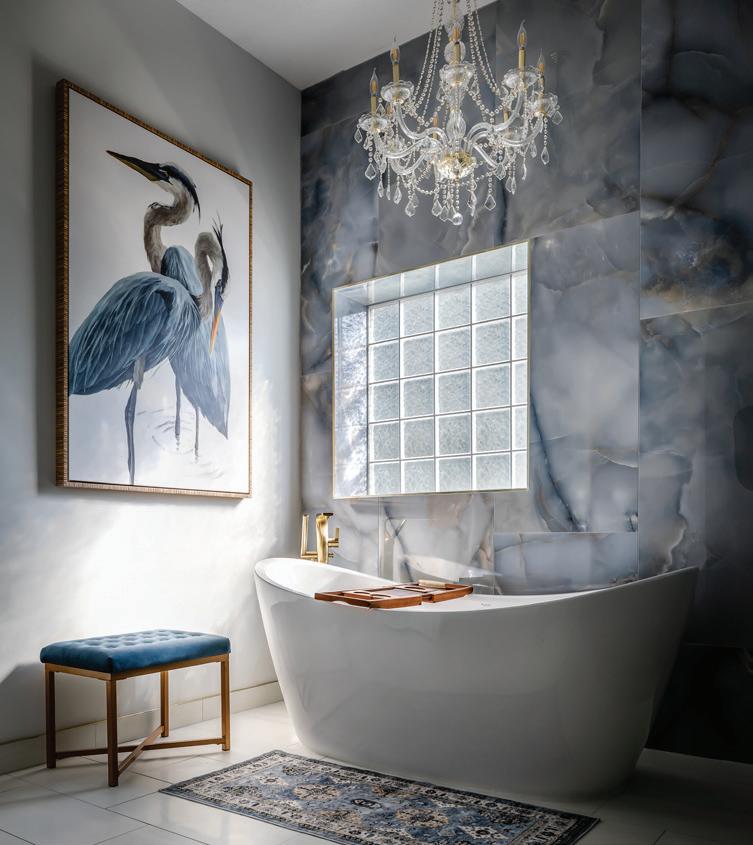
Updates to the kitchen pay off! Modern, updated kitchens are popular with buyers, so a remodel can significantly increase your home’s value. Minor remodels that include new countertops, cabinet fronts, and flooring can recoup up to 85.7% of the cost.
Boost the bathrooms. Bathrooms are a key selling point for potential buyers. Bathroom remodels can recoup up to 93.5% of the cost.
You’ve likely spent more time than ever in your home during the last few weeks. Perhaps now you have valuable insight into what your home might be lacking or how you can make your interior space better. Now is the time for beauty and functionality.
Invest where it counts. When you work with a kitchen and bath designer it can save you time—and money, not to mention stress.
You’ve likely spent more time than ever in your home during the last few weeks. Perhaps now you have valuable insight into what your home might be lacking or how you can make your interior space better. Now is the time for beauty and functionality.
European Tradition & Design to Your Home
Bringing European Tradition & Design to Your Home






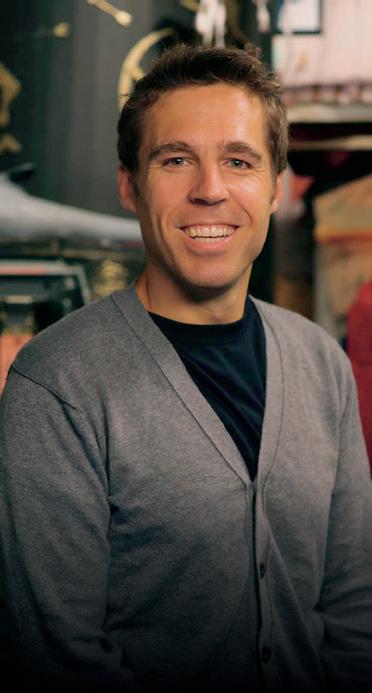



















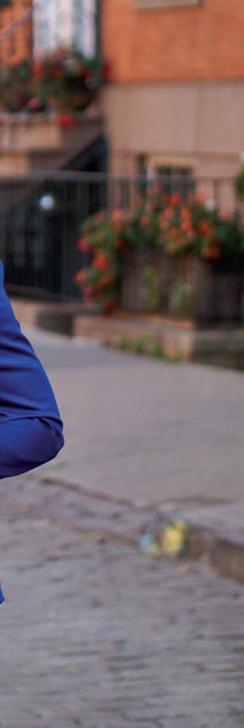






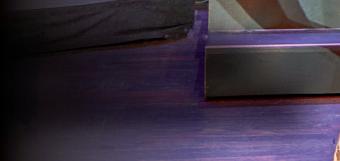







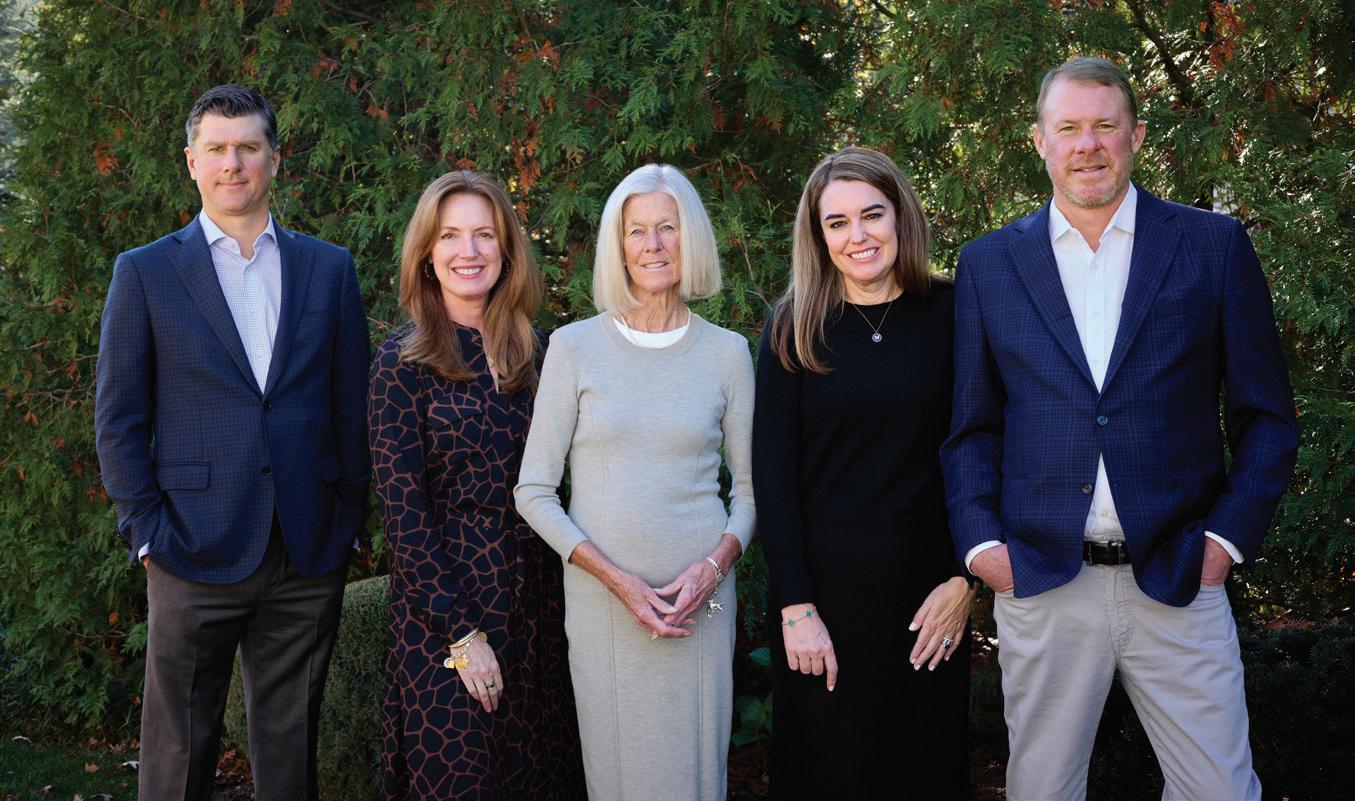

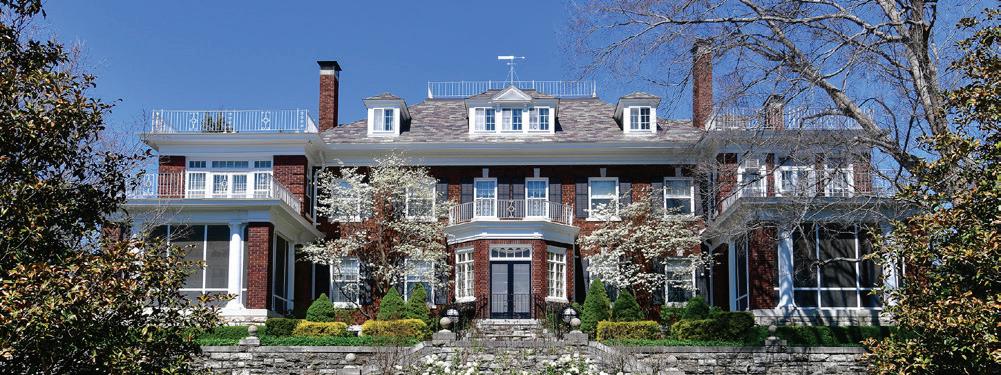
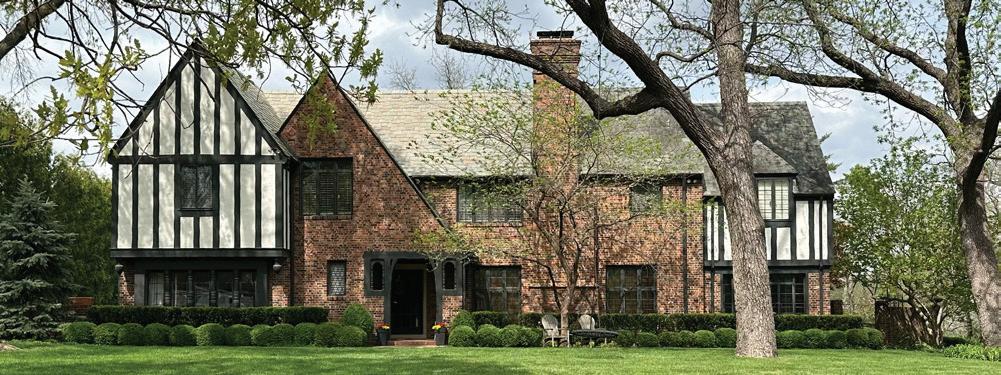
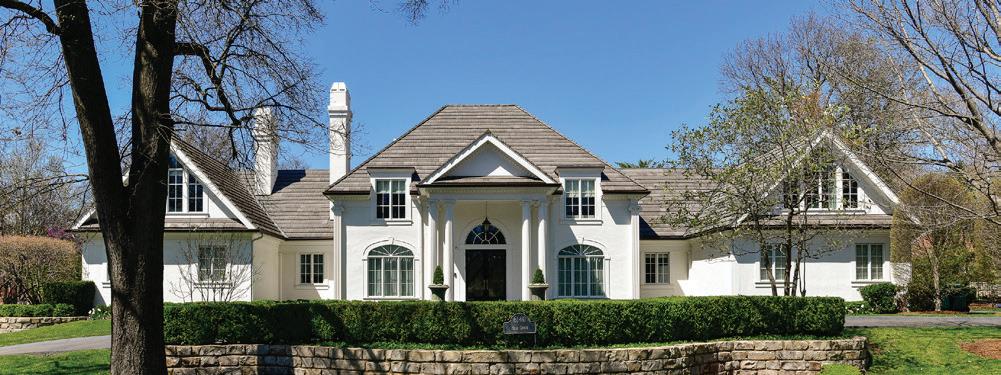
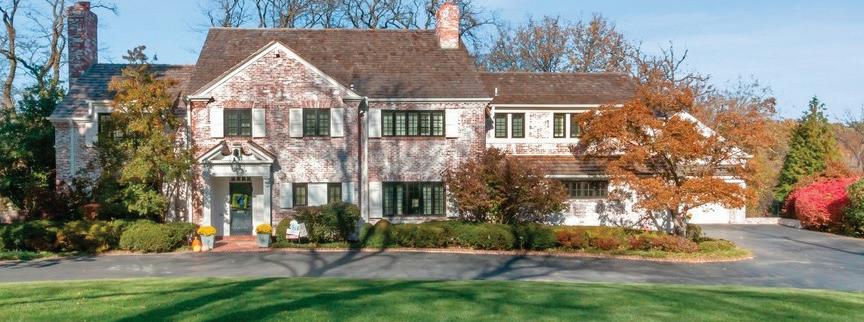
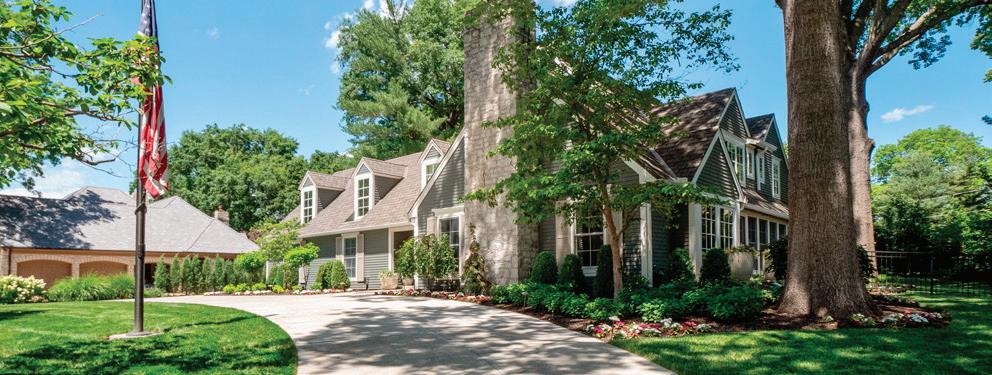




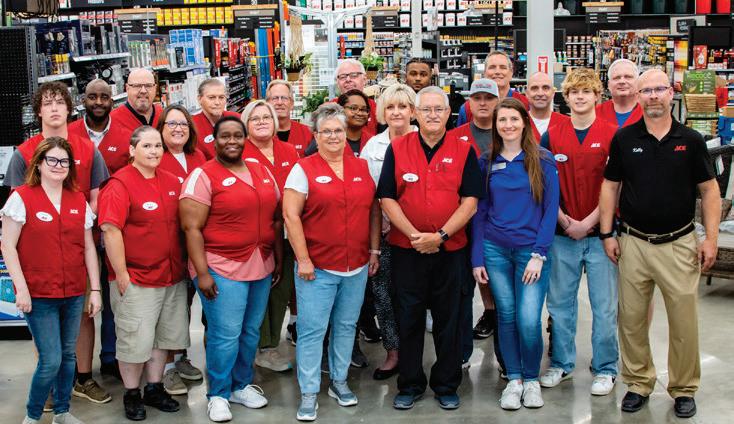






















OBY Jenny Vergara
PHOTOS BY Aaron Leimkuehler
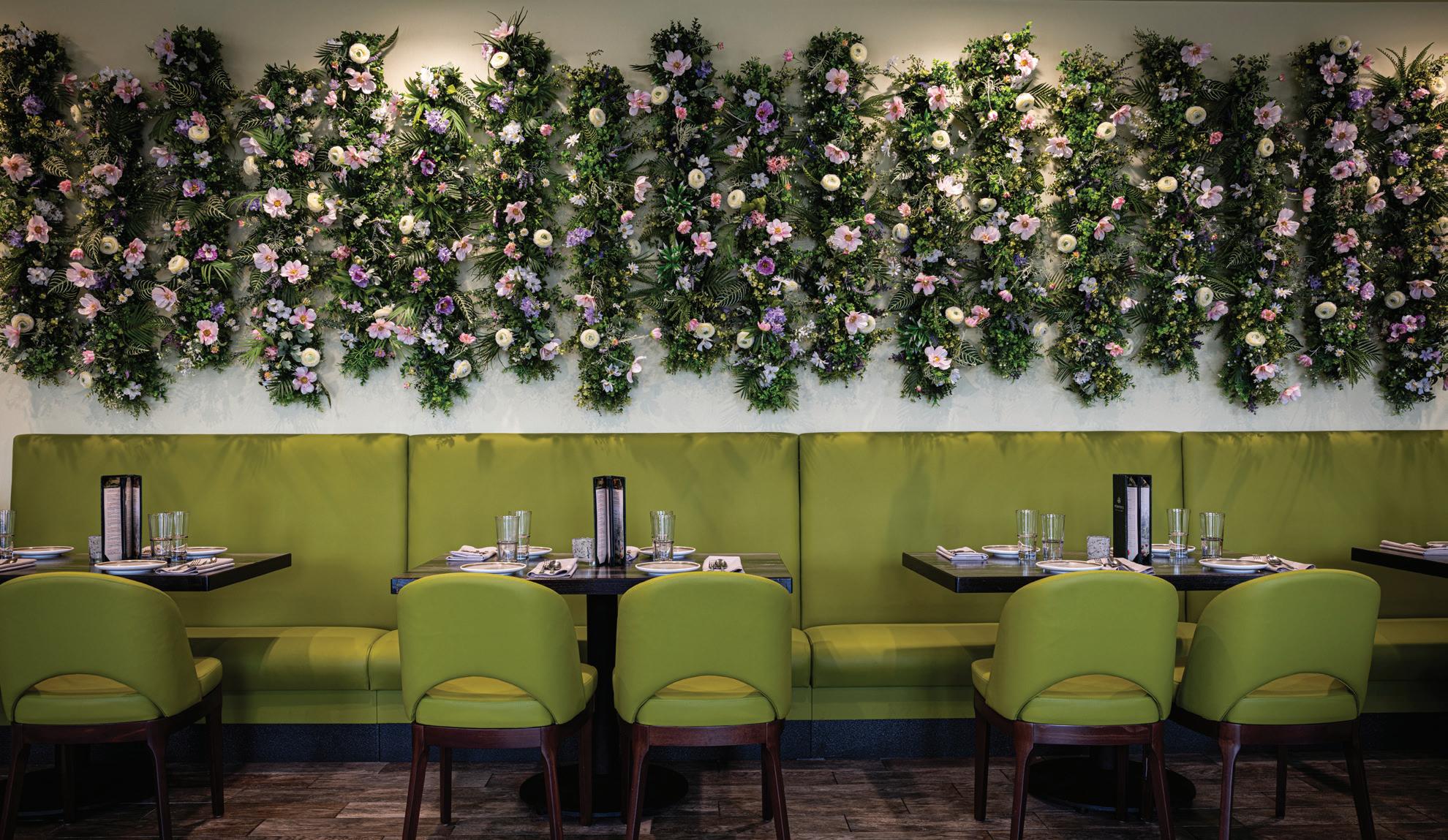
ver the last few years, Penny and Doug Mufuka have gone from simply being restaurateurs to full- edged empire-building entrepreneurs, having opened ve restaurants, and closed one, since the launch of their rst restaurant. ey credit their good fortune to o ering good food and taking the right opportunities at the right time.
e couple has also built a loyal team, including the managing partner, Michael Werner, an industry veteran, and Jenn Tosatto, the beverage director for all the restaurants, adding her wine knowledge and cocktail expertise.
As newlyweds, the Mufukas opened their rst restaurant together, ai House, in south Kansas City in 2013. Next, came the cute and casual KC ai at 135th Street in 2020. at same year, they also opened a Mexican restaurant, Str-Eatz, just a few doors down from ai House.
After that came the opening in 2021 of their signature “Penny’s,” Bamboo Penny’s, which features a coveted rooftop bar and outdoor patio in the heart of bustling Park Place in Leawood. e location had been sitting empty for several years, and the Mufuka’s used that leverage to make their move into the highly tra cked spot at the height of the pandemic.
In 2022, they sold their interest in ai House and spent the next two years preparing to open Aqua Penny’s, their upscale, coastal-inspired seafood spot across the street from its sister concept, Bamboo Penny’s.
Although we are only three months into the new year, the couple just opened Penny’s in the Village, a new ai street-food restaurant, to rave reviews.
e buzz is legitimate. eir inspired choice, Penny’s in the Village, located on the edge of e Shops of Prairie Village, was a stroke of pure marketing genius. e beauty of this location is that it’s cradled
between the Mission Hills mansions and cute bungalows filled with young families. Everyone’s looking for places to dine out that are close to home. It’s the perfect generational soup that has benefited so many places that have opened in that location.
Inside, those familiar with the other Penny’s will recognize the handiwork of Penny Mufuka, who has a keen interest in “fauxliage,” or faux flower arranging, and Penny’s in the Village is no different. In this small space, the added greenery gives the space a lush, almost tropical vibe.
The entire restaurant is bathed in three different shades of green—walls are clad in hues of light green and moss green, while chartreuse chairs dot the space. The main bar area immediately pulls you in with a dramatic sculpted ceiling replete with a flock of tiny glass birds in flight.
The bar serves a selection of American and Asian beers, Korean soju, and an affordable but quaffable wine list. It also offers a corkage fee if you want to bring in your own bottle. Tosatto is having the most fun here with the list of nonalcoholic and crafted cocktails, such as the Lemongrass Basil Margarita and the Fig Around and Find Out, made with whiskey and fig syrup.
The food menu at Penny’s in the Village is similar to Bamboo Penny’s in Park Place. There’s the inten-
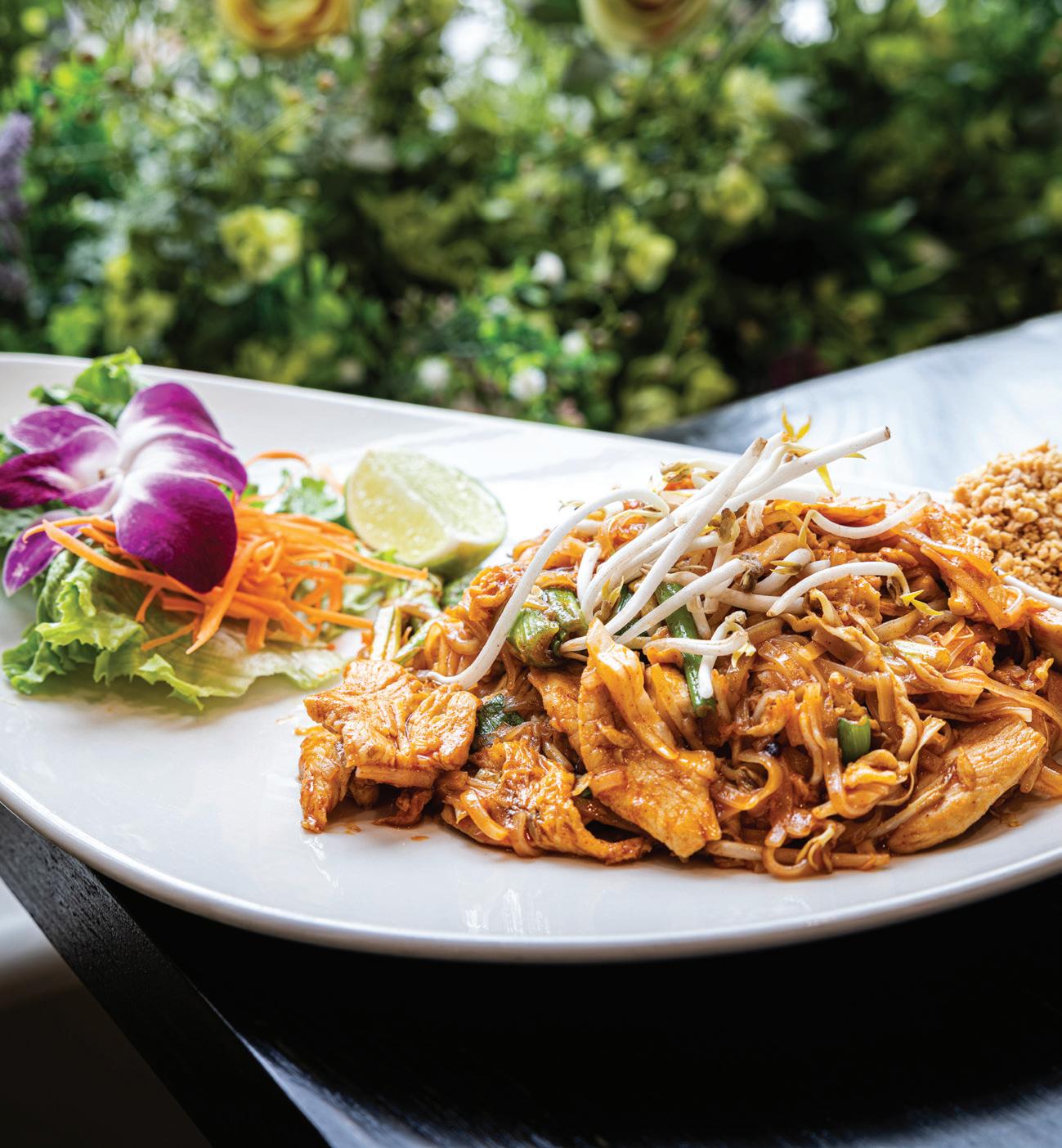


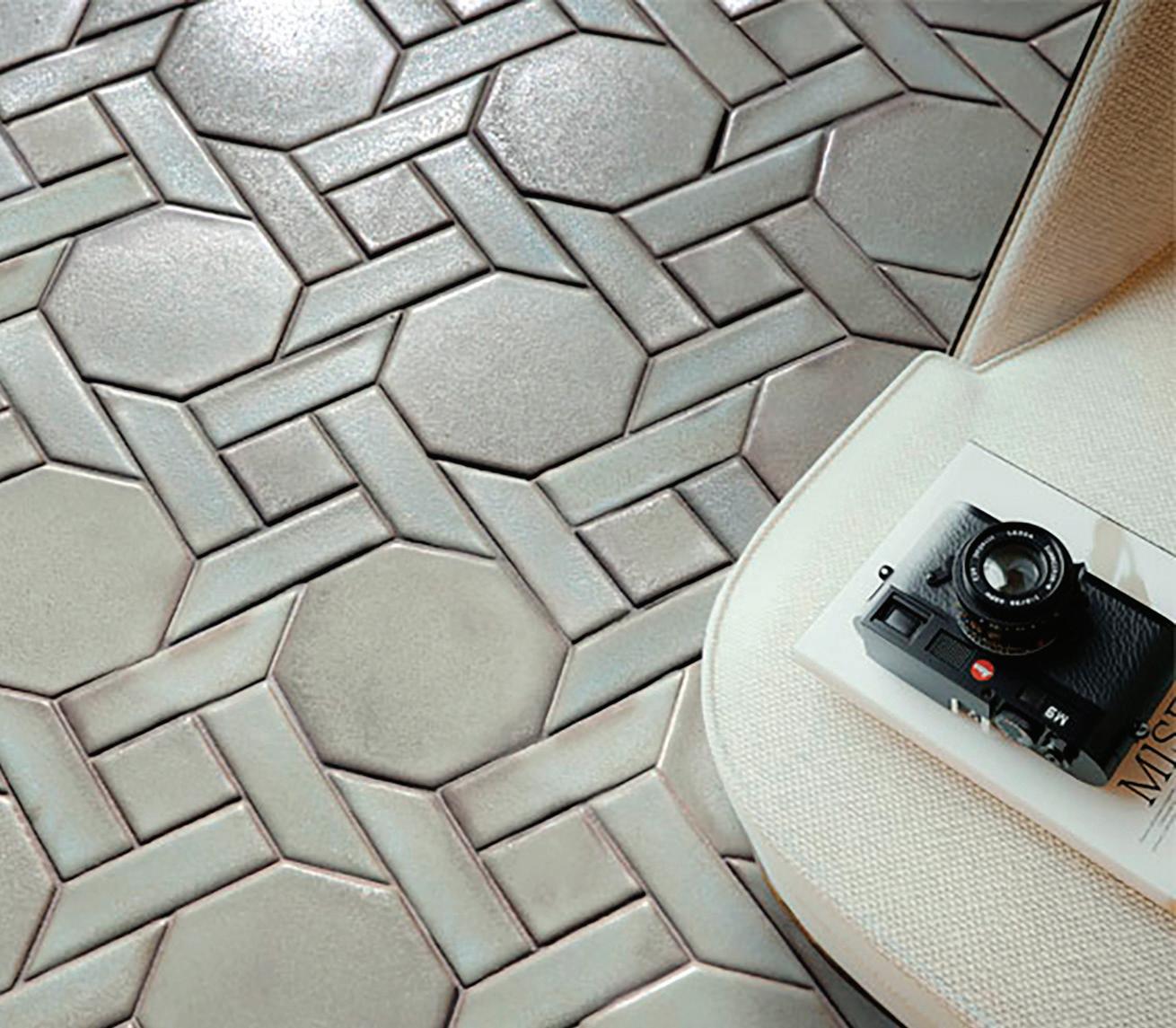





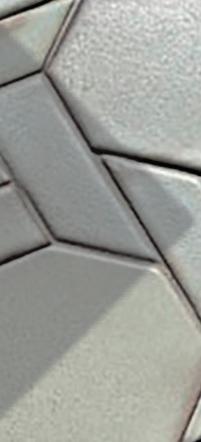

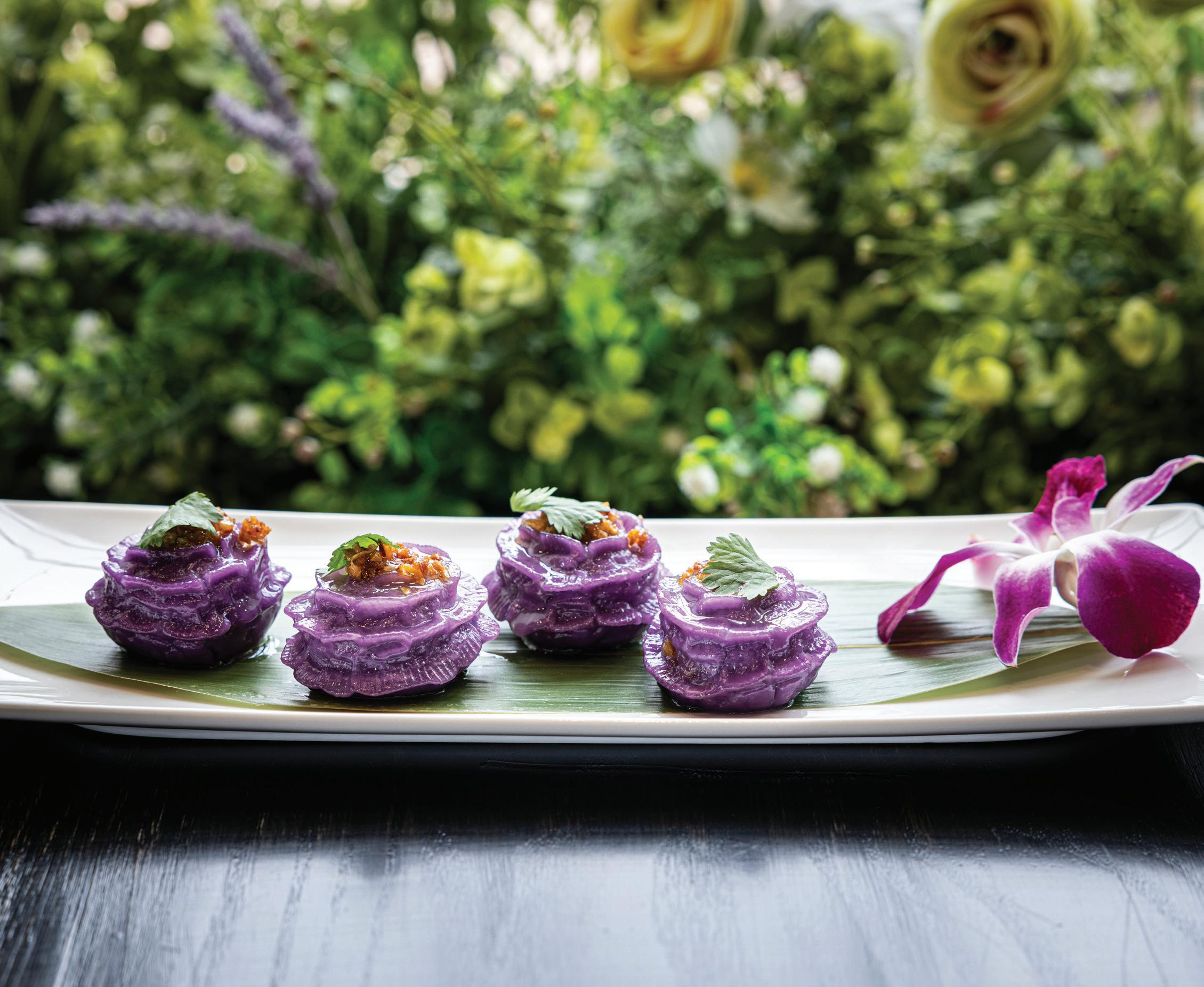
tional addition of more shared plates and Thai street-food dishes, which will make this location the perfect date night and happy-hour destination. For a taste of the newer menu items, stick to the appetizers and street-food dishes.
Wraps, rolls, and dumplings dominate the shared-plate menu. The refreshing spring rolls, crafted of soft rice-paper wrappers filled with seasoned ground chicken, thin, bean-thread noodles, tender lettuce, crisp bean sprouts, and cilantro, are a fine start. Served alongside are a creamy peanut sauce and a spring-roll sauce dotted with finely chopped peanuts. It’s an easy way to get your vegetables, especially when dunked into one or both of the sauces.
Next, a flurry of dumplings descended on the table. Traditional dumplings filled with your choice of ground chicken or pork can be ordered steamed or pan-fried. The pan-fried arrived with a perfectly
crispy, golden char on each side. A quick bath in Penny’s Thai ponzu sauce benefited the slightly under-seasoned chicken.
The gloriously grape-colored chor muang, or Thai flower dumplings, named for their vibrant color and floral shape, are painstakingly handmade using pea flower-dyed dough that gives them a royal flush of purple. Here, these traditional Thai dumplings have a slight chew to them, plump with a sweet-and-salty tuna and peanut filling, an inspired choice that made these dumplings taste as special as they looked.
Penny’s curry puffs, considered a snack in Southeast Asia, are petite hand pies served two to a plate. Each pie is filled with a mildly spiced, bright yellow curry colored from the turmeric coating the bite-sized bits of chicken, onion, and potatoes in a deep-fried, golden-brown pastry shell.
Which brings us to one of my favorite Thai dishes, laab. The salad

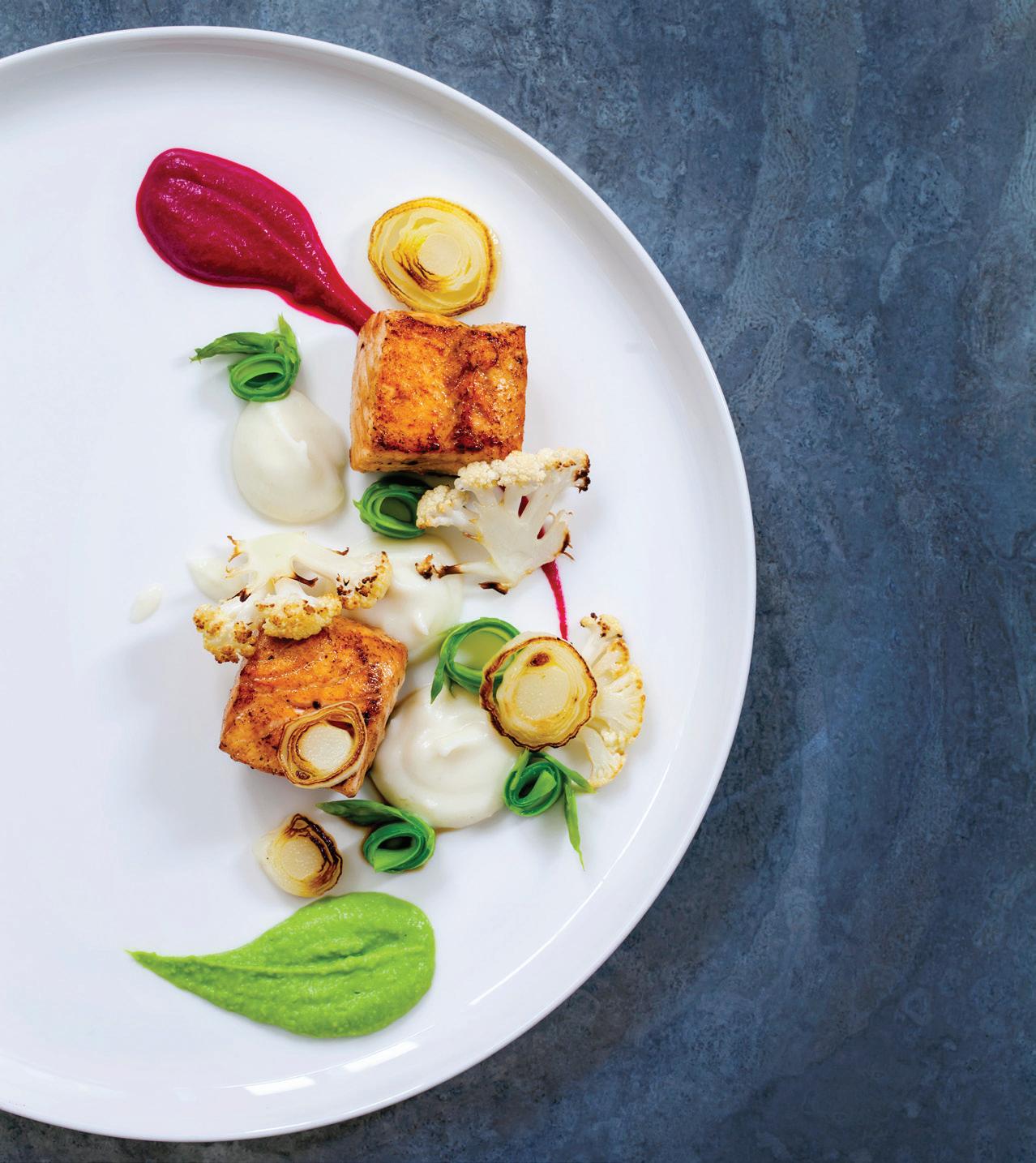
is an almost iconic representation of all of the flavors found in Thai food wrapped into one dish. Laab is filled with seasoned and cooked ground meat, either pork, chicken, or beef, which is tossed with a trio of fresh herbs (mint, cilantro, and basil), dried chilis, salty, savory fish sauce, tart lime juice, and sliced shallots, all dressed in toasted ground-rice powder, uniting the flavors into a single dish that’s served atop shredded green cabbage. The medium spice was perfectly balanced for my palate.
The Thai street-food menu was curious, mostly entrée dishes not previously seen on Penny’s menu, so maybe this is where Penny and her team will be able to have some fun and dip into more regional Thai specialties. The krapow moo krob is fat shingles of deliciously crispy house-made pork belly sautéed with bell peppers, all coated in Thai basil sauce and served with a fried egg alongside steamed rice.
After eating dinner at Penny’s in the Village, I came away from my meal wondering: Are Penny and Doug Mufuka successful because they have opened the right restaurants, at the right time, and in the right places? Or are they successful because they day-in-and-day-out deliver excellent Thai food, seafood, and even tacos that meet or exceed their customer’s expectations? The answer is a resounding yes! pennysinthevillage.com
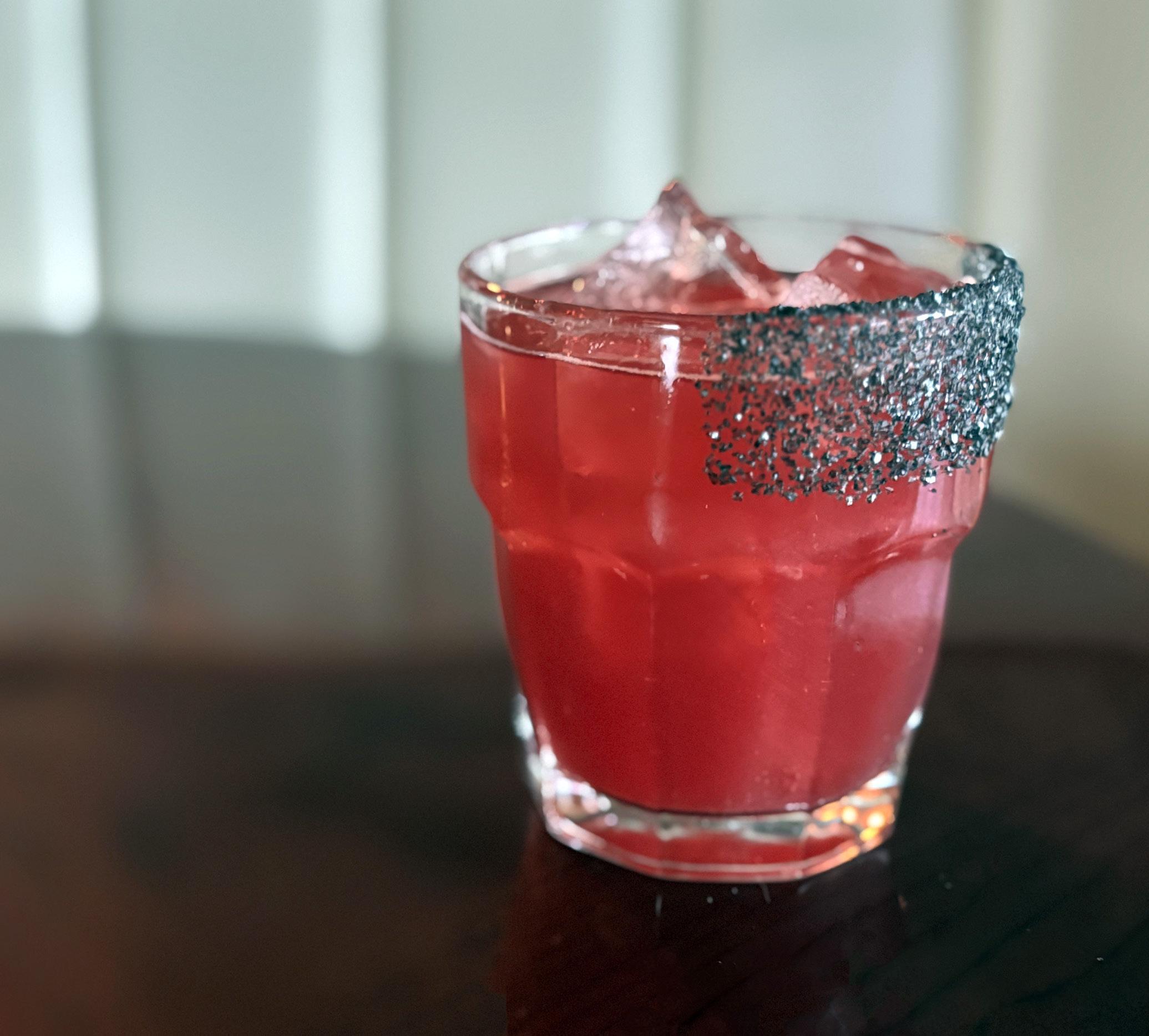
by Jenny Vergara
by Bridget Chang
When two local bartenders who plied their craft mixing drinks at elevated local craft cocktail and coffee spots, including The Mercury Room, The Campground, and Monarch Coffee, decide to open a casual neighborhood cocktail bar, you get the best of both worlds—creative, yet approachable, cocktails without the pretense or fuss.
That’s the point of Varsity Club, a cool cocktail bar on Delaware Street in the River Market, owned by the bartending brothers Levi and Caleb Royce. You’ll find the bar in the basement of 319 Delaware Street, where the entrance is accessible at the back of the building. There’s a
bustling outdoor patio and Darren Carter and Matt Chapman’s Disco Burger food truck, serving one of the best burgers in the city and delicious Disco dogs.
If Varsity Club sounds sporty, it’s intended to be a bit tongue-incheek. However, the brothers do plan to show Premier League games with hopes of drawing crowds coming to Kansas City for the 2026 FIFA World Cup games.
Inside there is a tiered seating area, where cream-colored banquettes and midcentury-modern chairs and tables sit against the warm-wood accents and gray rock walls. Follow the floor as it gently slopes down to the additional seating in the bar area. It’s decorated with preppy dark-
green tiles and a pretty pink-and-white marble bar. The space has personality—it’s equal parts funky and fun.
When the weather is nice, it’s hard to resist sitting on the patio, where the scent of smash burgers and fries emanating from Disco Burger will have you scanning the QR code to place your order ASAP while you claim your favorite picnic table.
The crowd Varsity Club attracts is a vibrant mix of locals living or working in the neighborhood and tourists who ride the streetcar to the River Market. The bar welcomes everyone in such a low-key and casual way that it makes anyone who walks through the door instantly feel like a friend.
Painted on the back wall is the list of cocktails served at Varsity Club. In addition to a handful of beers and wine that comes in red, white, orange, and bubbles, there are six classic cocktails (think old fashioned, negroni, margarita, etc.), six tasty shots (lemon drop, green tea etc.), and six house drinks, including the Buckwild cocktail—a popular choice for tequila and mezcal lovers.
Created by Levi Royce, the Buckwild cocktail features a rich, dark-purple açai syrup and pear nectar punched up with citric acid to balance the tequila and smokey mezcal. The resulting drink is the perfect send up to spring and the warmer days that lie ahead. Cheers! varsityclub.bar
.75 ounce tequila
.75 ounce mezcal
1 ounce açai syrup*
.75 ounce acidulated pear**
Combine all ingredients in a metal cocktail shaker, give it a good shake, then double strain the cocktail through the shaker strainer and again through a small wire strainer into a rocks glass filled with ice and rimmed with black lava salt.
*ACAI SYRUP RECIPE
180 grams gomme arabic (a natural thickener made from gum arabic, a tree resin.)
1500 grams white sugar
3000 grams fruitful açai liqueur
Blend sugar and gomme together and add the açai and blend until it dissolves and makes a rich açai syrup.
**ACIDULATED PEAR RECIPE
1500 grams pear nectar
6% citric acid
Blend ingredients together until dissolved.
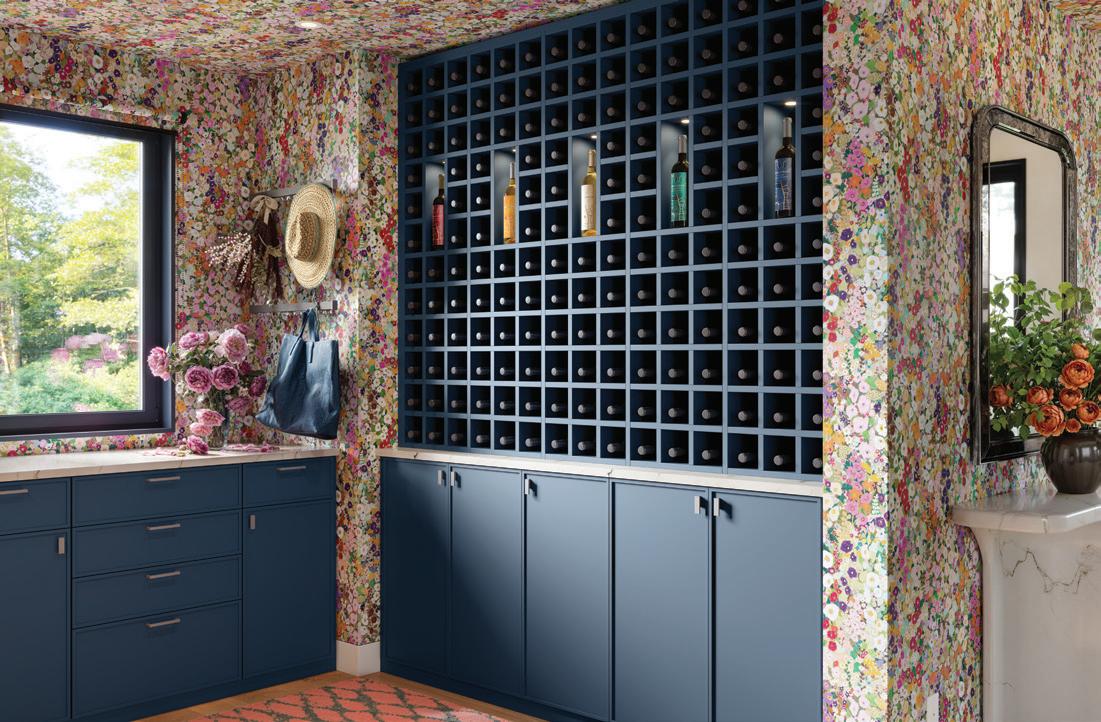
Financing available | Locally owned & operated Showrooms in Overland Park & Briarcliff on your new custom-designed storage solution*, now through March 31
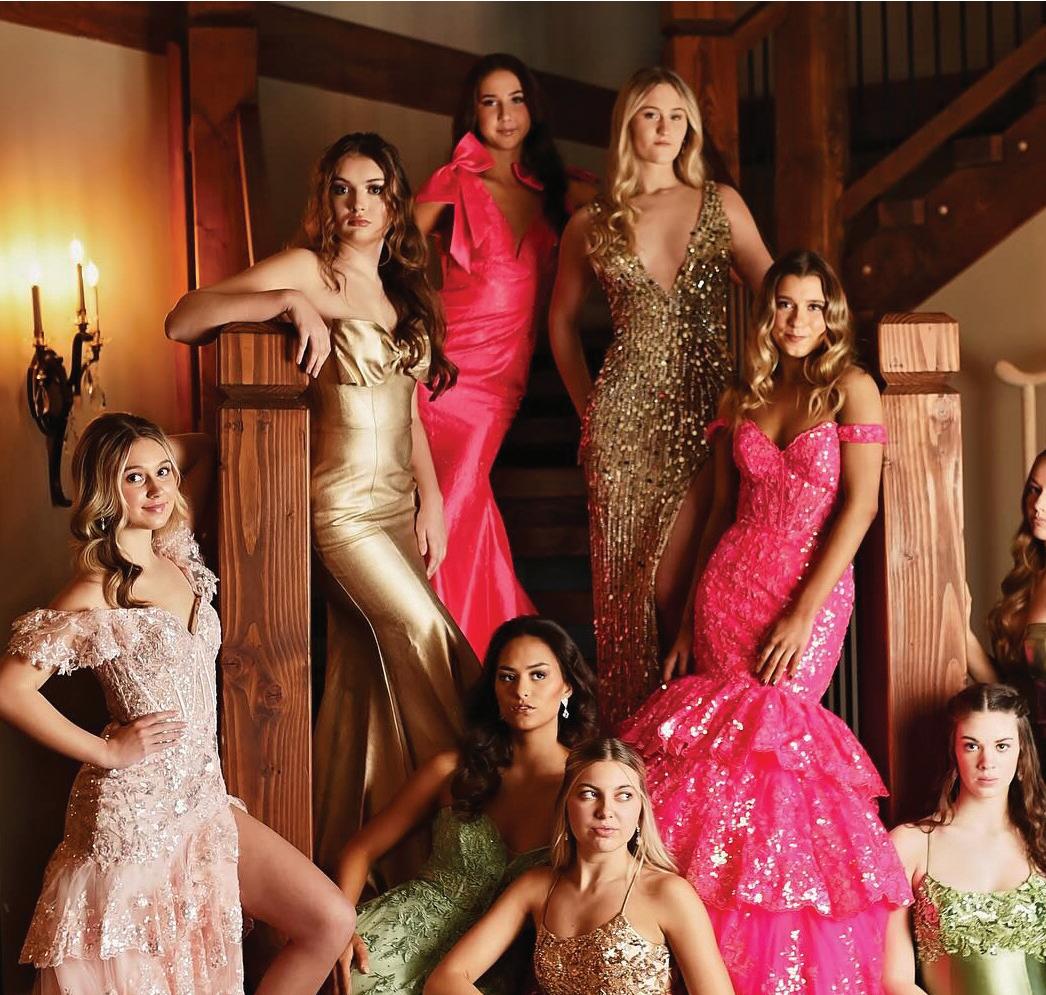



BY Jenny Vergara

WHEN THE Overland Park Farmers Market opens next month for its 2025 season, it will be operating outside the Matt Ross Community Center at 8101 Marty, the same location of the market during the pandemic. at’s because the city of Overland Park has entered the construction phase of their proposed farmers market and downtown gathering space improvement plan. After years of planning and collecting ideas from the community, the Overland Park City Council approved the construction kick-o of the Clock Tower Landing project, which is expected to be complete by the summer of 2026. e biggest change will take the original covered outdoor pavilion built in 1991 and create a new indoor space for farmers market vendors and shoppers to use, in addition to adding permanent shade structures for all outdoor spaces and booths. ere will be more seating for shoppers, more restrooms, continued access to parking on non-market days, and improvements and landscaping to spaces near the market, including the Clock Tower, Overland Park Drive, and Marty Street. Finally, when the new market opens, there are plans for the farmers market operations to close Marty Street on market days for improved walkability in downtown Overland Park. Read more about the project here: opkansas.org/recreation-fun/farmers-market/farmers-market-improvement-project











Join us on for an evening filled with stunning floral installations from local Kansas City florists interpreting captivating artworks from Heather L. Lowe and Mathew Morgan. Let your imagination run wild as you explore the enchanting pieces inspired by the theme of “Through The Looking Glass.” Don't miss out on this unique event that will to transport you to a magical realm of beauty and wonder.
RSVP HERE!








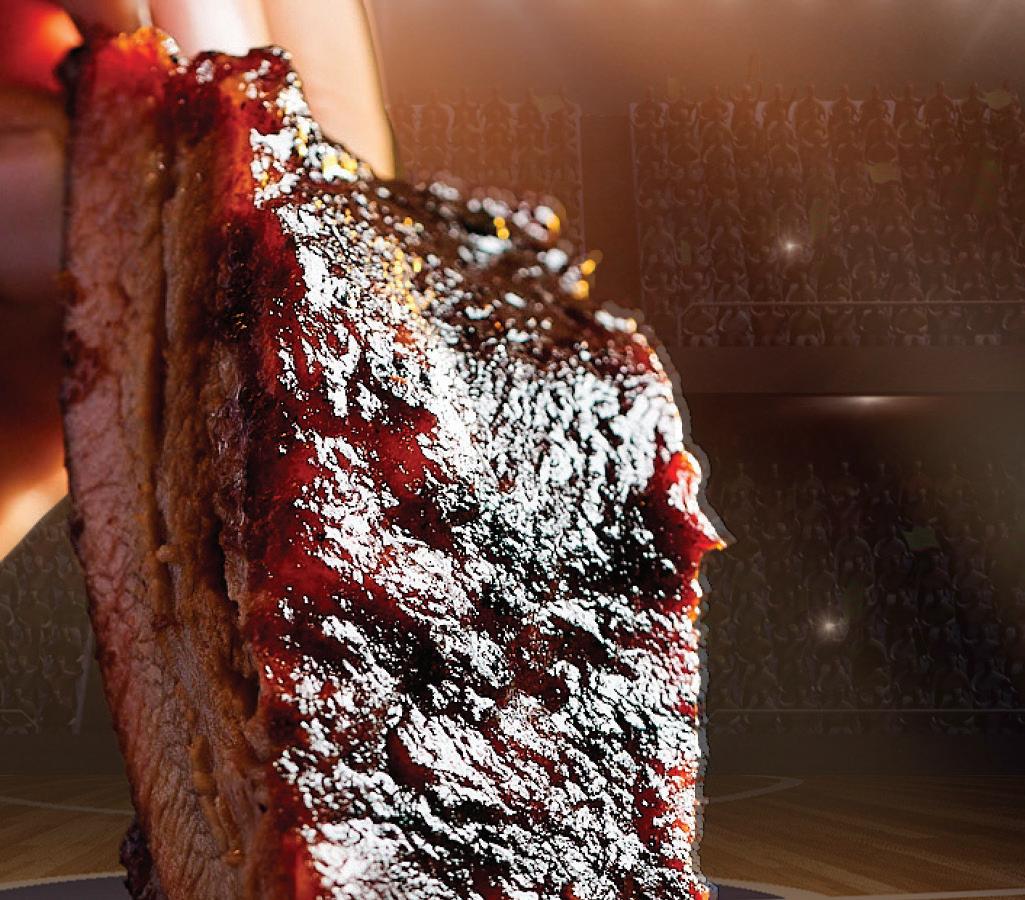
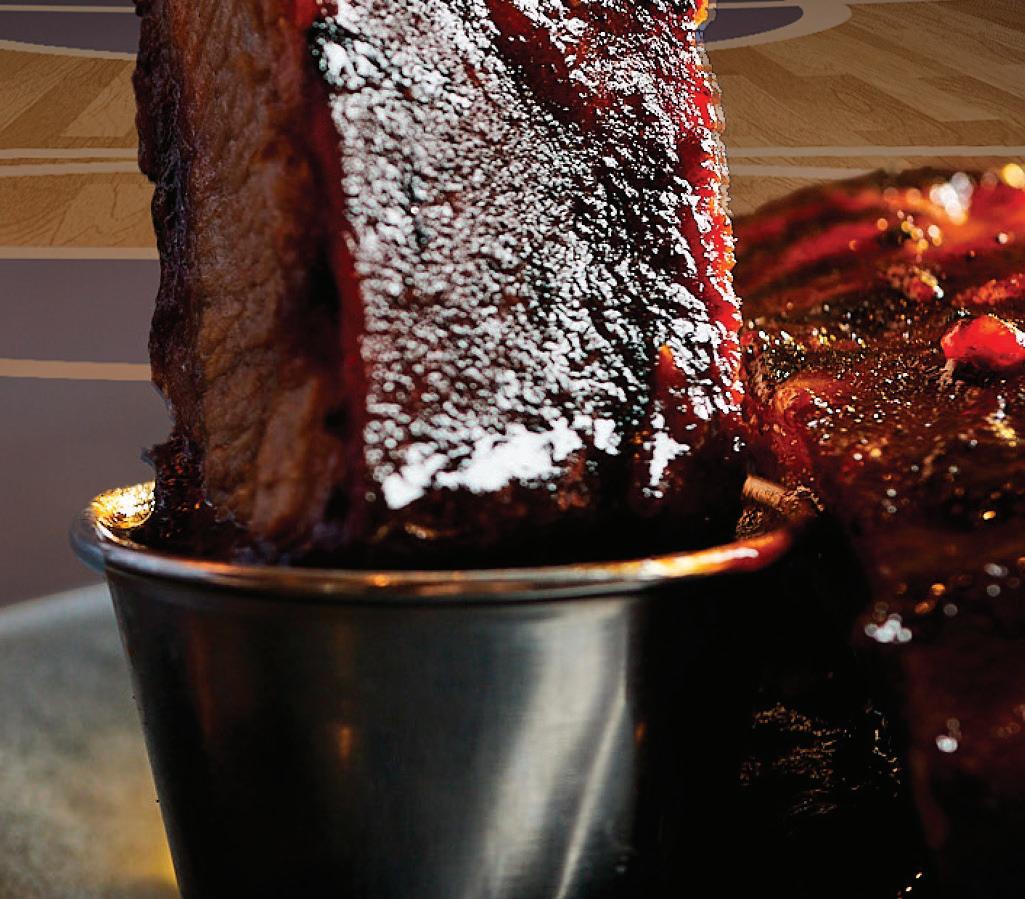



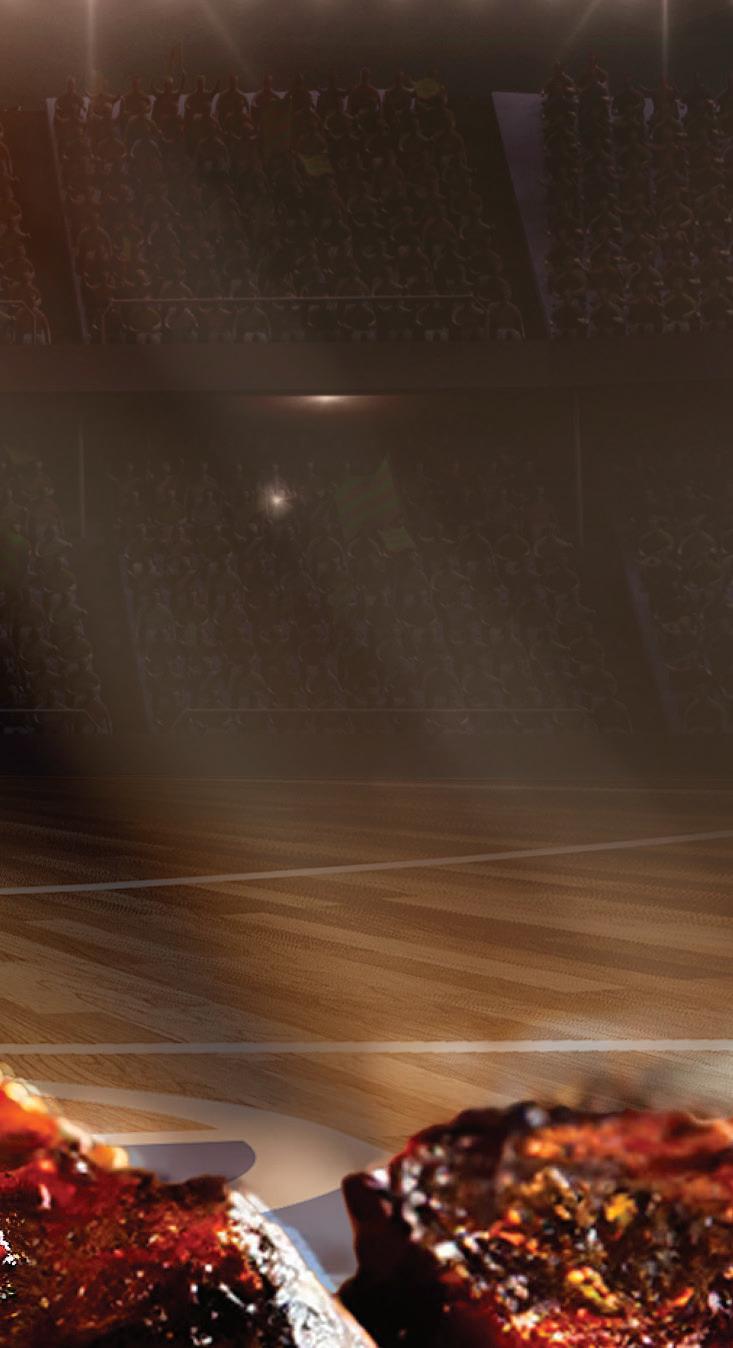





WHEN YOU CAN’T FIND the culture you want, sometimes you just have to create it yourself. at’s what Karell Martinez and Nubia Gomez did when they decided to open KC’s newest Cuban café, Cortadito, in Kansas City, Kansas. ey brought their backgrounds in real estate together with both of their cultures to create Cortadito. Gomez is Mexican, while Martinez and his family are political refugees from Cuba. Together, they wanted to create a warm and inviting place for people to come and hang out with family and friends over a cup of co ee or a meal. Named after the Cuban short and sweet shot of espresso and steamed milk that’s spiked with sugar or sweetened condensed milk, the café also o ers a variety of Cuban co ee drinks and sodas, along with triangular pastries or pastelitos lled with guava and cheese or coconut cream, and sandwiches made on soft Cuban bread. Once you enter the café, the sound of Cuban guitar music playing will pull you past the domino tables and down the hall. In the main dining room, guests will nd iconic scenes of Cuban life painted on the wall by local artists Isaac Tapia and Rodrigo Alvarez, along with a large co ee bar and pastry case lled with treats made by Gomez’s mother-in-law, Ysabel Corcoba. Tables and chairs are scattered about, but regulars tend to ll the bar stools at the counter while they sip on co ee and talk to family members, who all take turns working the counter at the café. is is café culture everyone can appreciate. instagram.com/cortadito_kc





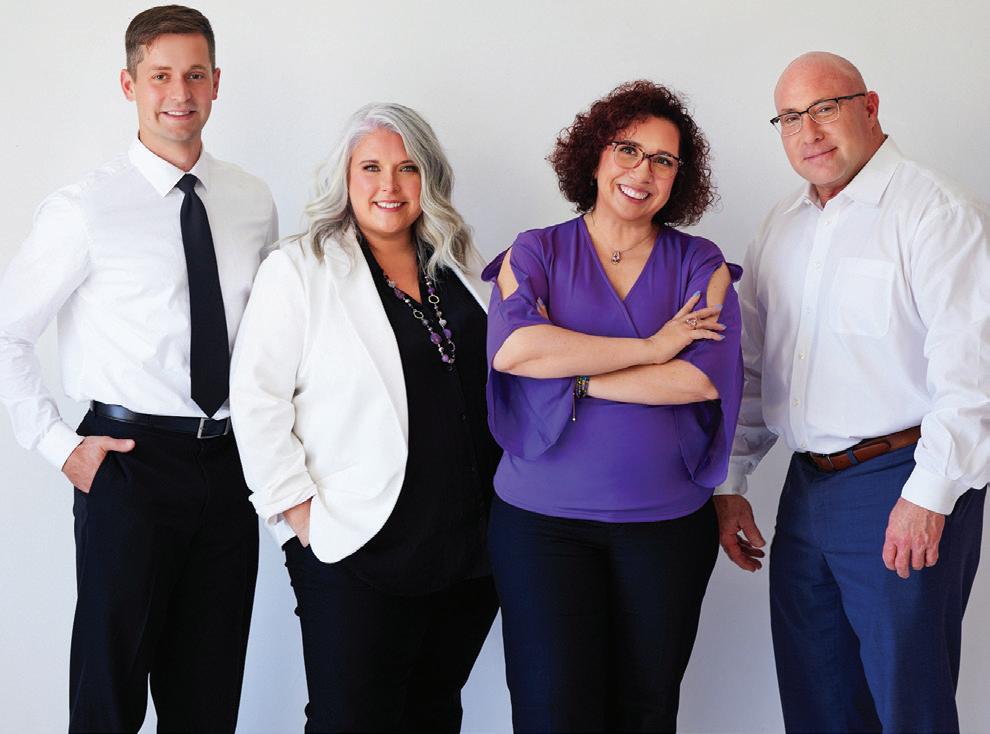




















Boulevard Tours & Rec Center – Tours & Tastings Book a one-of-a-kind KC experience! Taste straight from the barrel, enjoy bevvies & bites, or sample and stroll the brewery.

NAIA Men’s Basketball National Championship Experience non-stop basketball action with a ordable tickets for the whole family! naiahoops.com/tickets
Follow

HyVee Arena
For more information regarding hosting events, membership opportunities, and court rentals, visit us at HyVeeArena.com!


Springtime Play at Bar K! Where dogs and their humans come to play, socialize, and unwind!
by Jenny Vergara
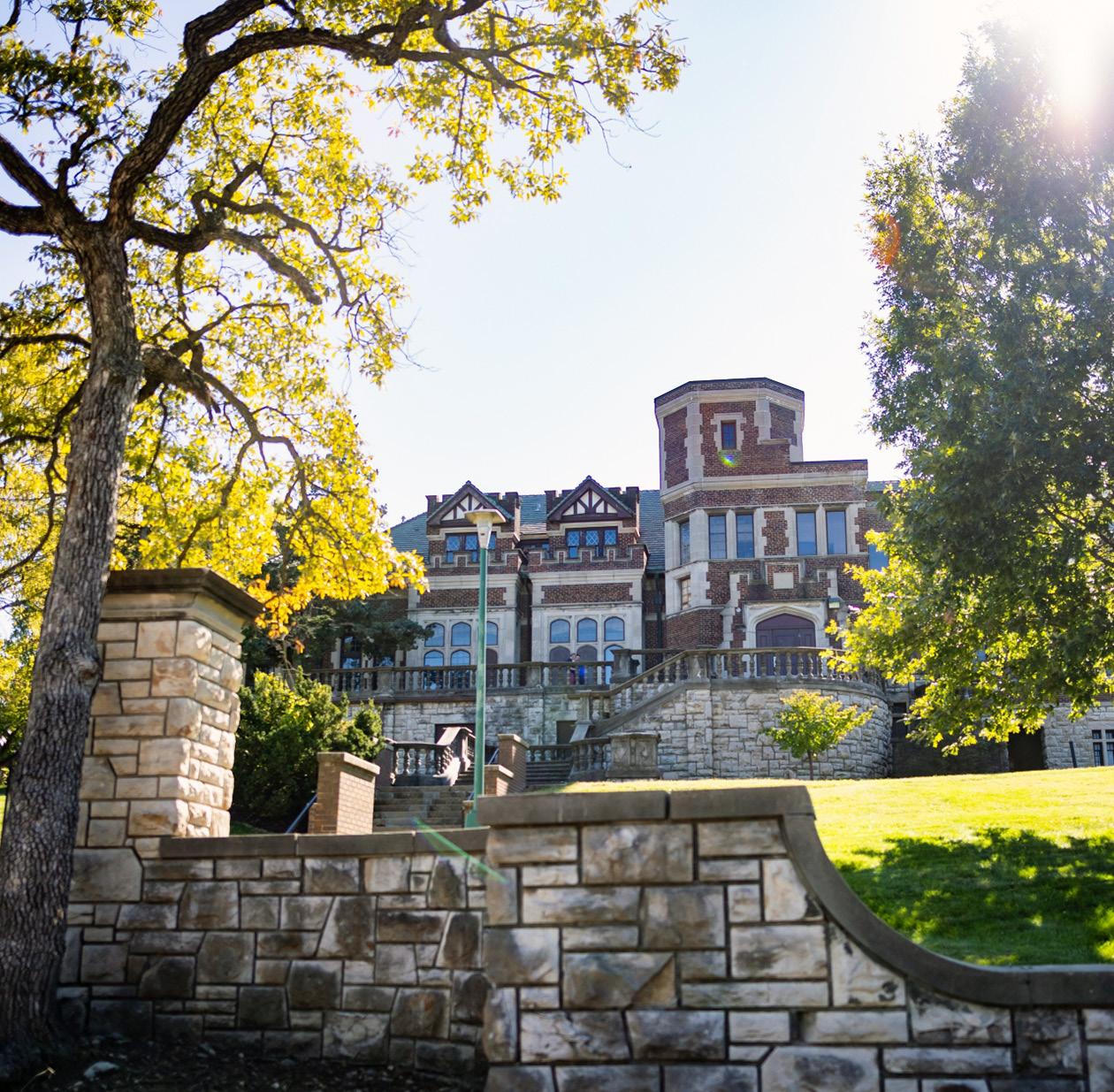
IN 2023, 100 years after the Epperson home was built, the University of Missouri-Kansas City began the hunt for a developer to engage in a public-private partnership to restore and reopen the historic house located on Volker Campus. The Gothic Revival-style mansion was designed by the architect Horace LaPierre and constructed from 1919 to 1923 for Kansas City insurance tycoon Uriah Epperson and his wife, Mary. For many years, it served as their capacious family home, with approximately 24,000-square-feet on five levels. It was acquired by the school in the 1940s to serve as a dormitory for Navy pilots in World War II, then as housing for university students, and finally as home to several university schools and programs. Closed since 2011, the request for proposal was answered by a local group composed of Sunflower Development Group, Kansas City hospitality veteran Jen Gulvik, and Kansas City-based architectural firm Generator Studio. They won the opportunity from UMKC to proceed with their proposed plan to keep the historic heritage of Epperson House alive, while transforming it into a 14-room boutique hotel with a café, small library bar, full-service restaurant, intimate event space, and a hydrothermal spa offering body and facial treatments and European baths with hot and cold therapies.
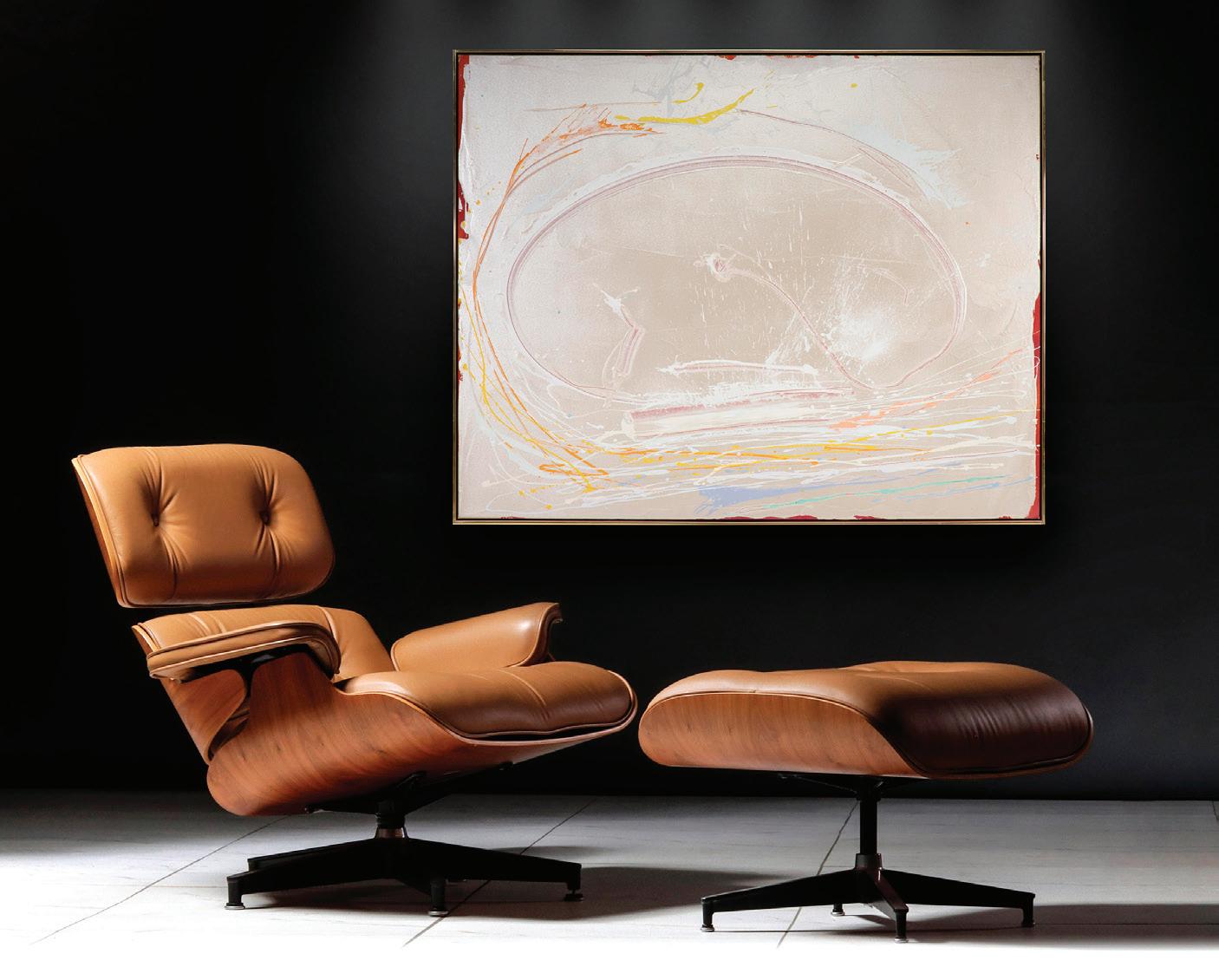


SATURDAY MARCH 29 SUNDAY MARCH 30




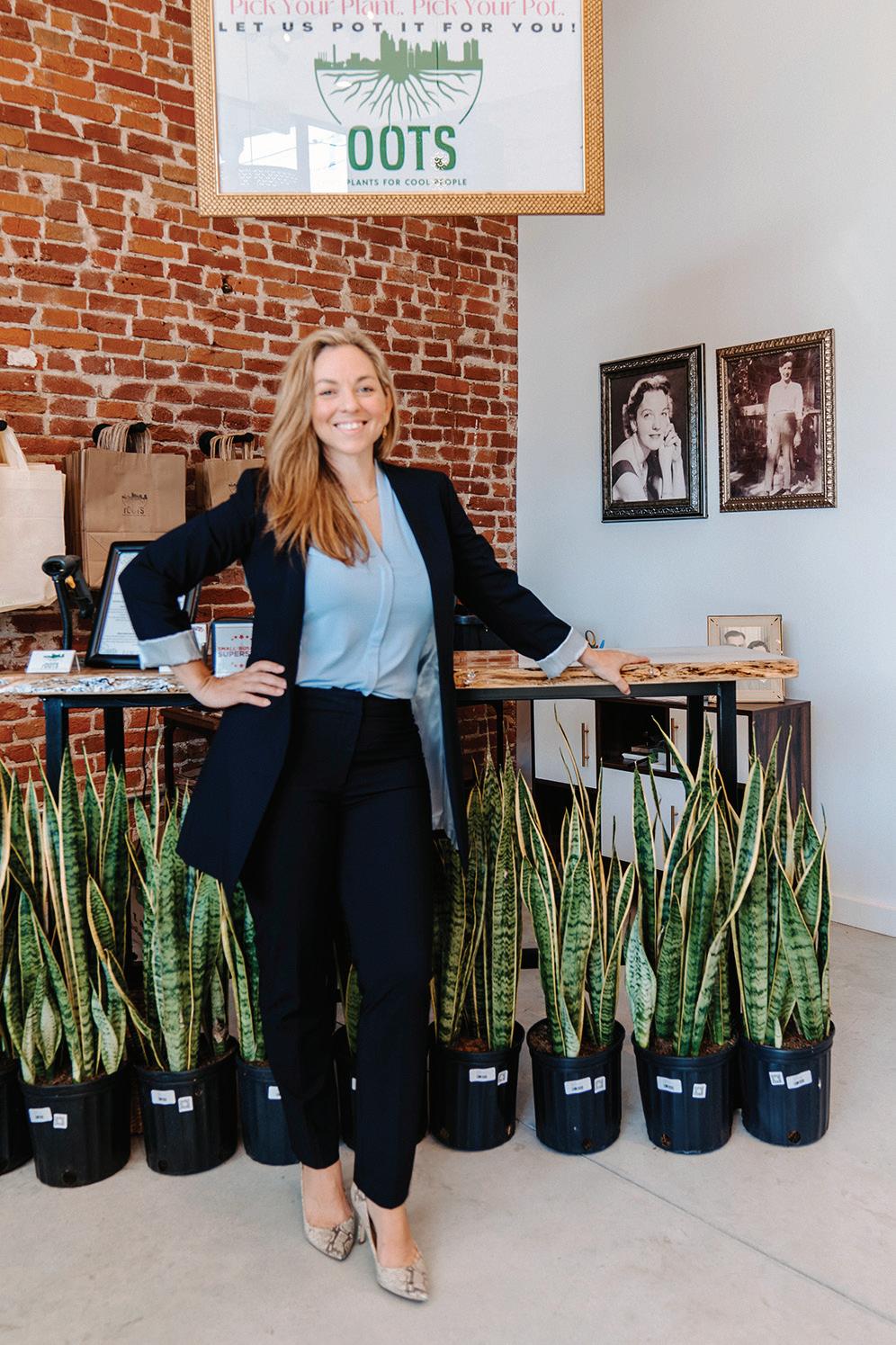
Dee’s essentials...
GO-TO GARDEN:
e Laura Conyers Smith Municipal Rose Garden in Loose Park. It’s the gem of our city, and you will nd my family there every summer strolling through the rose garden and people watching.
LOCAL MAKER:
I have several favorites, but I nd myself talking most about Adrianna Pence with Who is She Clay. She is an amazing human and does so much for the maker community. Her jewelry pieces are made from zero-waste clay and are available for sale at our stores.
LOVER. MATCHMAKER. ENTREPRENEUR. by Evan Pagano
In early 2020, Dee Ferguson was physically and creatively drained. She’d just sold the service business she’d owned for 15 years and wanted to explore every option for her future—and then the pandemic forced everyone into their homes. So Ferguson chose a natural next step: houseplants. In December 2020, she opened rOOTS KC, a plant shop with a loyal following and three locations across the Kansas City metro.
Ferguson’s goal is simple—“to match Kansas Citians with the best plant and pot for their space and lifestyle”—and her stores’ selection is as diverse as their locales. Houseplants range from the ever-trendy ddle leaf to eye-catchers like the monstera swiss cheese and the philodendron dragon tail, and pots range from classic ceramic to hanging disco balls.
Ferguson (maiden name Oots, hence the name of the shops) has always loved plants, and she knows the plant’s journey doesn’t end at the purchase. At rOOTS KC they provide detailed care instructions, pot and re-pot plants, and o er in-person and virtual diagnostics to ensure plants stay happy—whether they were purchased from rOOTS KC or not.
“ e problem most plant owners have experienced is purchasing a plant in a big-box store and having no idea how to care for it,” says Ferguson. “We ensure our customers have the right knowledge and tools to be successful with the plants they purchase for their space.”
For Ferguson, there’s no better space for a business than Kansas City.
“ e energy of this community is truly what fuels success,” says Ferguson. “ e support we’ve received from Kansas City has been incredible, and I genuinely believe it’s the best place to own a business.” rootskcmo.com
HIDDEN GEM:
When people think of outdoor malls in KC, they often nd big retailers, but that is not the case at Zona Rosa, and I love that the Northland holds a special space for these businesses. Forty percent of its businesses are local and woman owned.
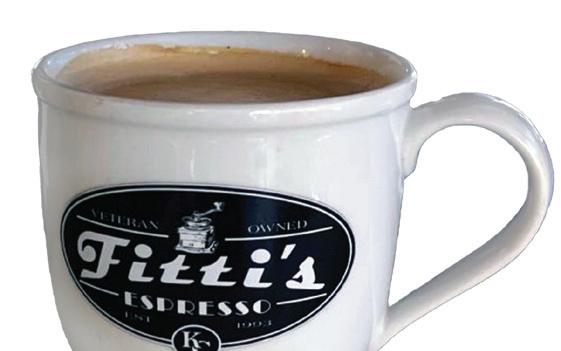
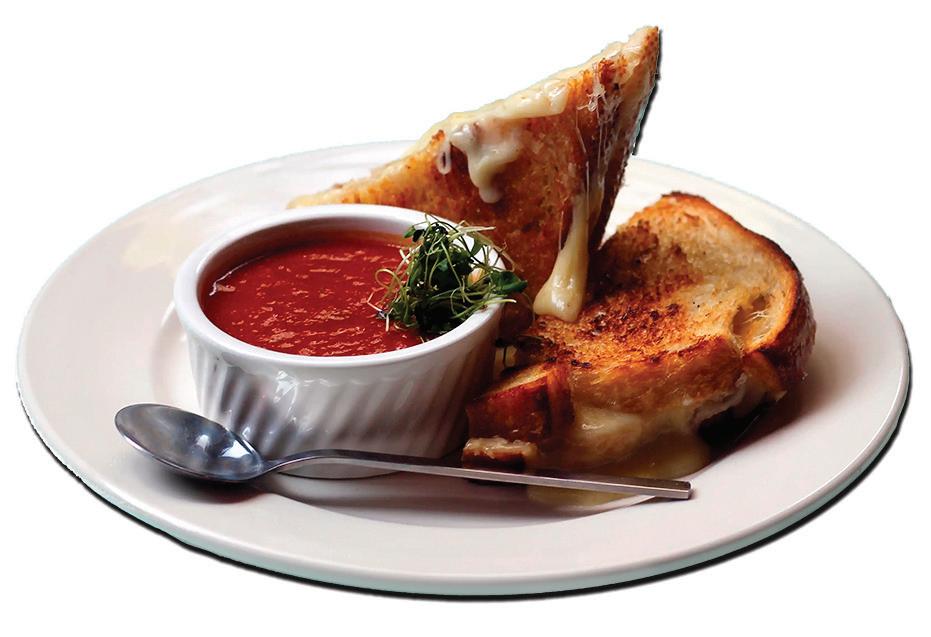
BEST BITE:
Go visit our girl Nicki at The Westside Local. My favorite thing to eat there is the grilled cheese and tomato soup with a side of tater tots. And while you’re there, try the Westsider cocktail.




CAFFEINE FIX:


I love so many cafes, but the one I most support is Fitti’s Espresso in the Northland. ey are a veteranand woman-owned company—we love that!—and I always get an Earl Grey Latte with oat milk, sweetened with honey instead of vanilla.
CAN’T-MISS EVENT:
e Plaza Lights ceremony on the evening of anksgiving. We have missed one in 19 years (in 2020, but we did watch it at home). When those lights come on, everyone is instantly lled with magic. It’s amazing.













